The BMW i3 was introduced in 2013 and was the company's first zero emissions, mass-produced vehicle. Part of BMW's then-new sub-brand, BMW i, which also includes the i8 sports car, the i3 was also the first volume production vehicle to feature carbon-fiber-reinforced polymer (CFRP). A five-door hatchback with a 125-kW electric motor, the i3 is available optionally with a range-extending, two-cylinder engine and a small fuel tank. The city car has had great success on the market, ranking third among EVs sold globally from 2014 to 2016. Sales reached 50,000 units in 2016 and surpassed 70,000 examples in 2017, when the i3 became the world's third best selling electric car. For 2018, BMW rolled out a significant upgrade that adds new styling features and a revised powertrain.
Received with great enthusiasm and praised for its premium appointments -- in contrast to many small EVs being rather mundane in this regard -- the i3 won several awards in its first year on the market. On the flipside, the German firm received its fair share of criticism for the car's bumpy ride, high price, and limited practicality. Did BMW fix some of the EV's issues with this mid-cycle facelift? Join me in the review below to find out.
Continue reading to learn more about the BMW i3.
2018 BMW i3
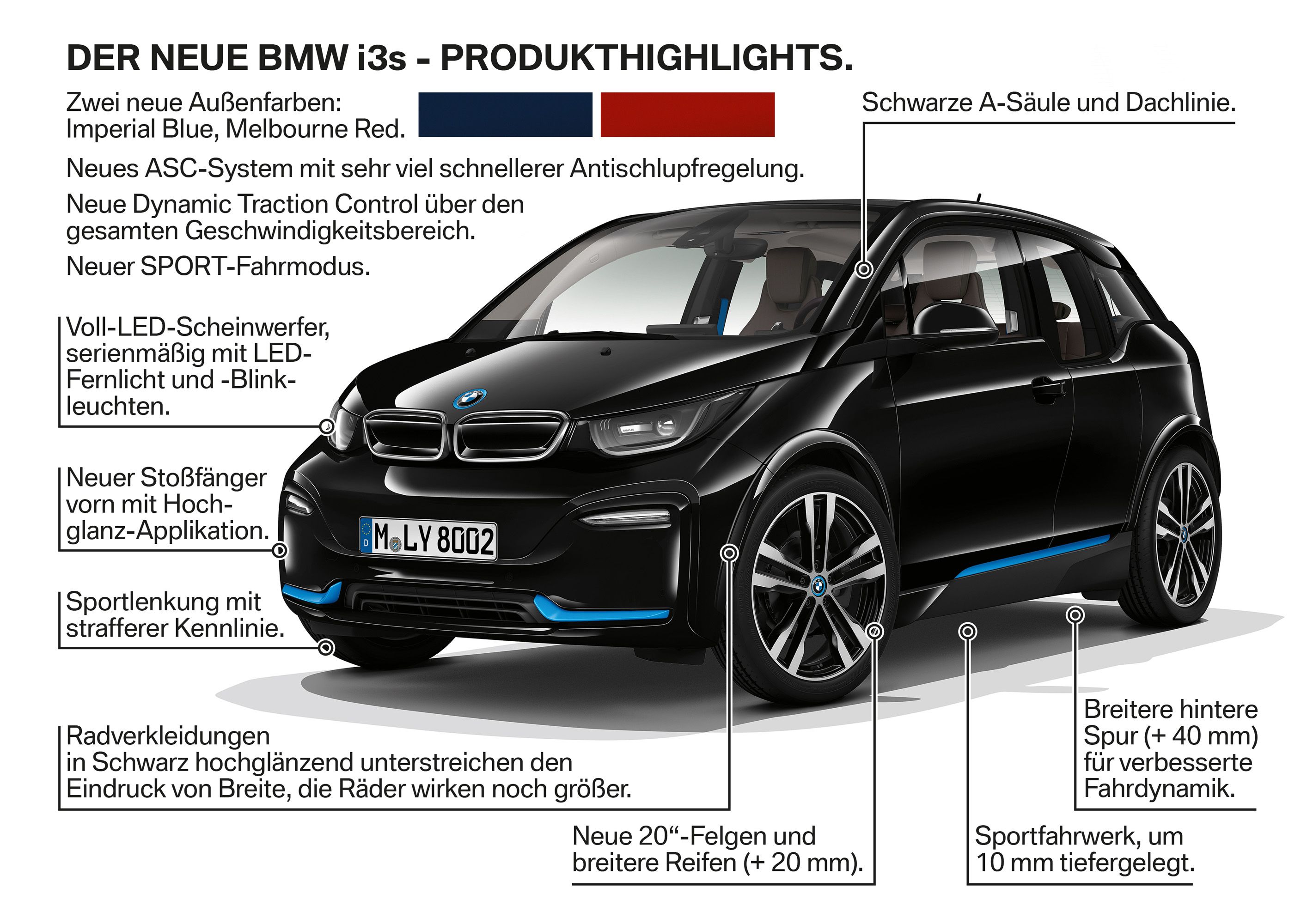

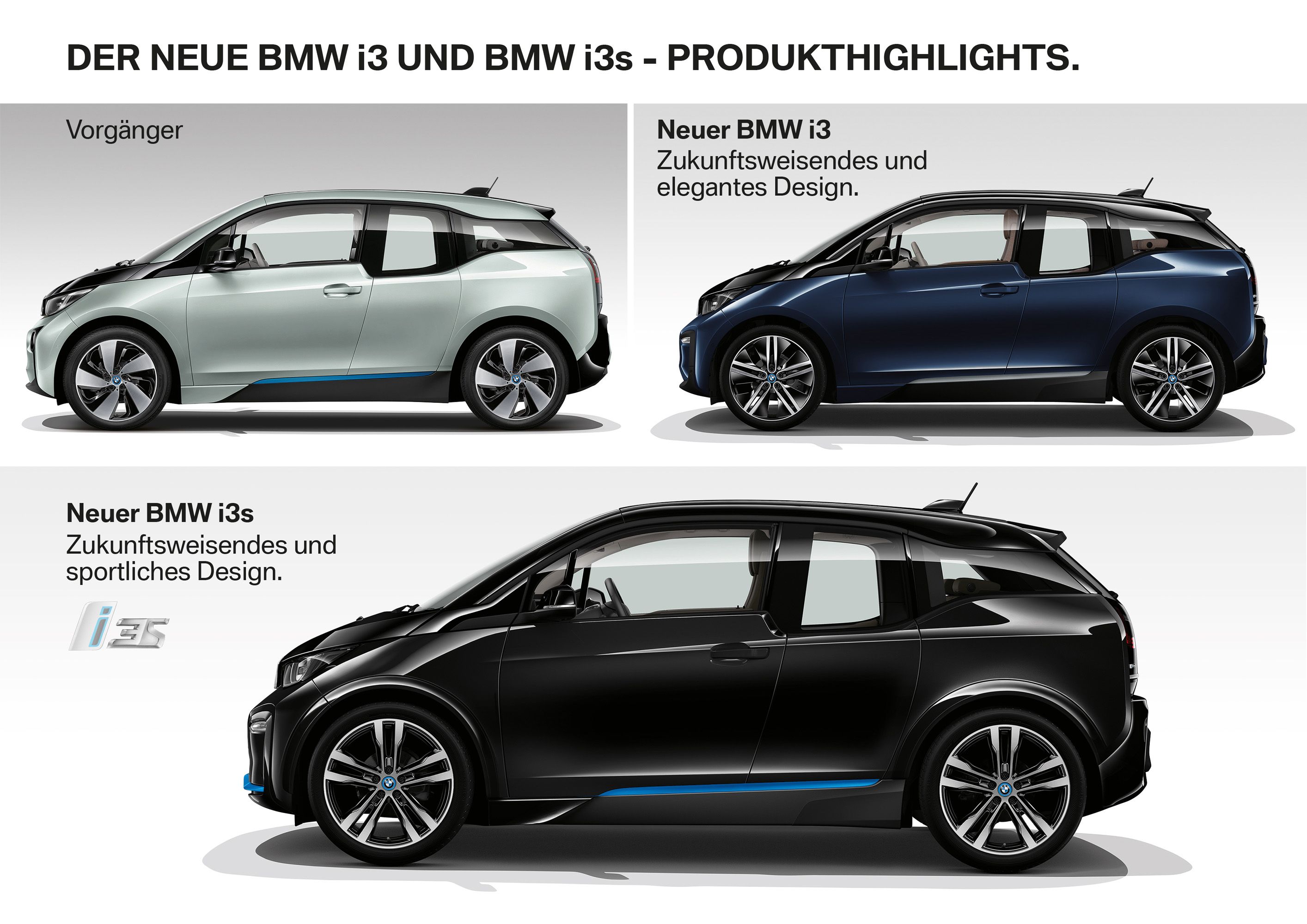
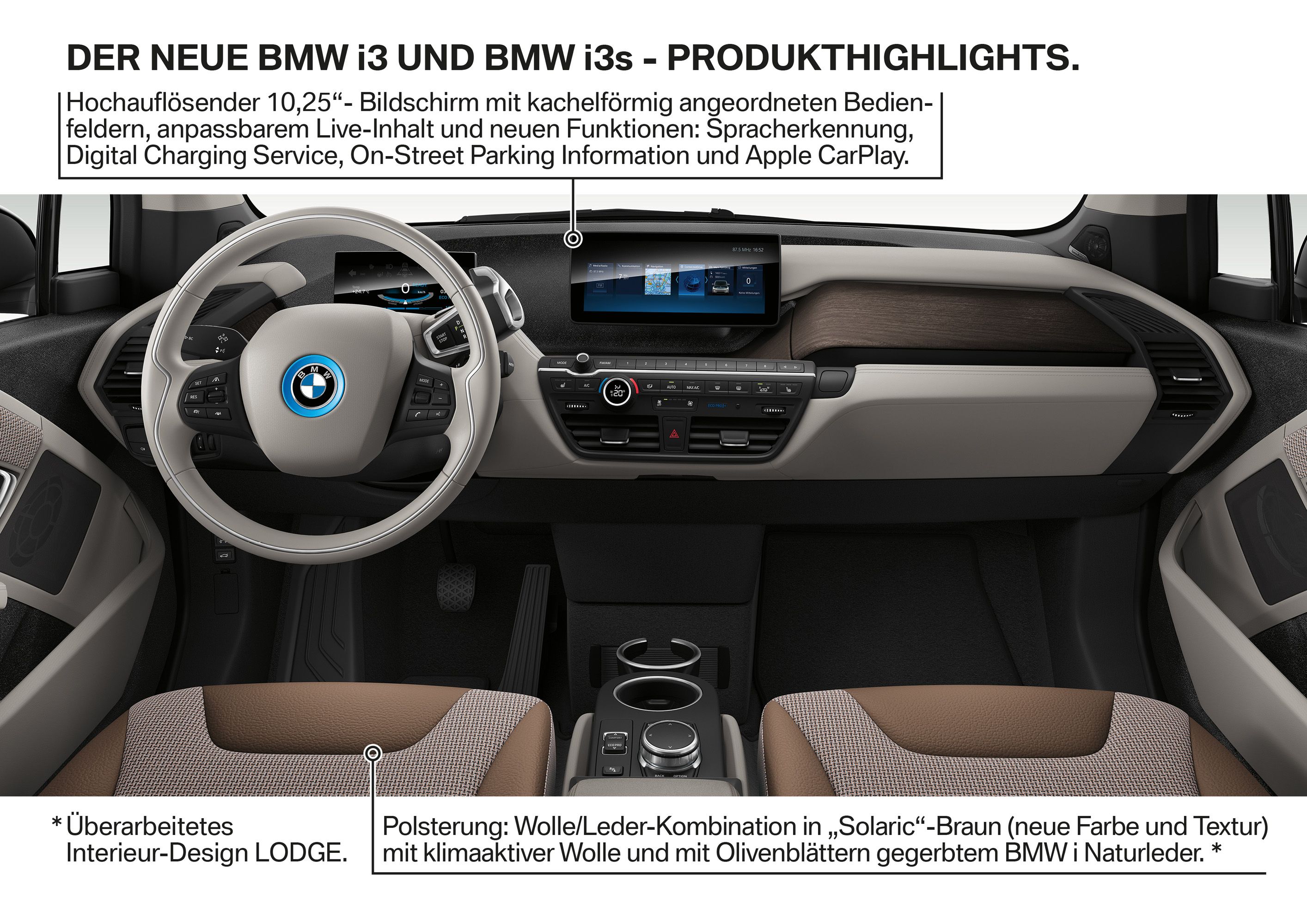
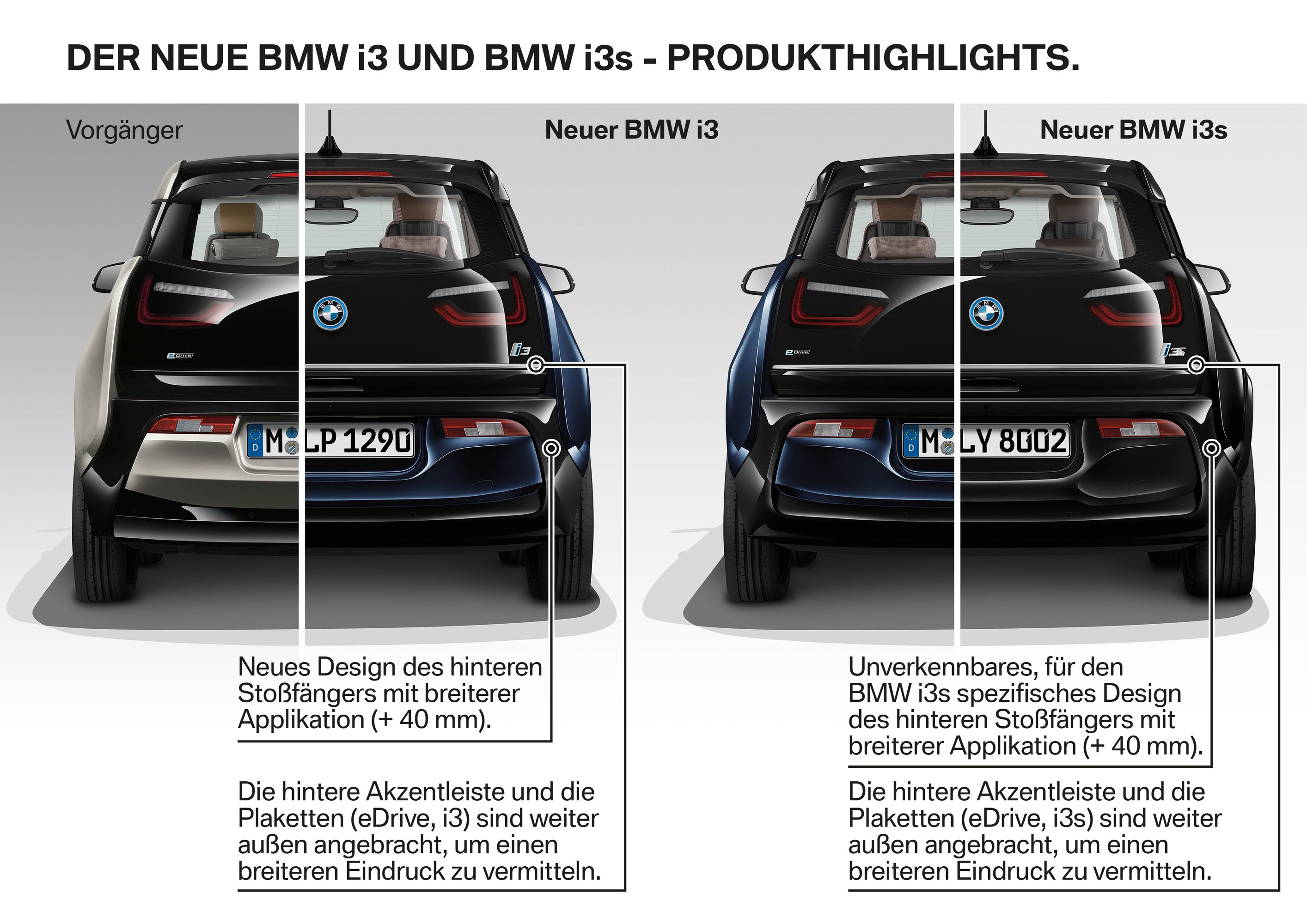
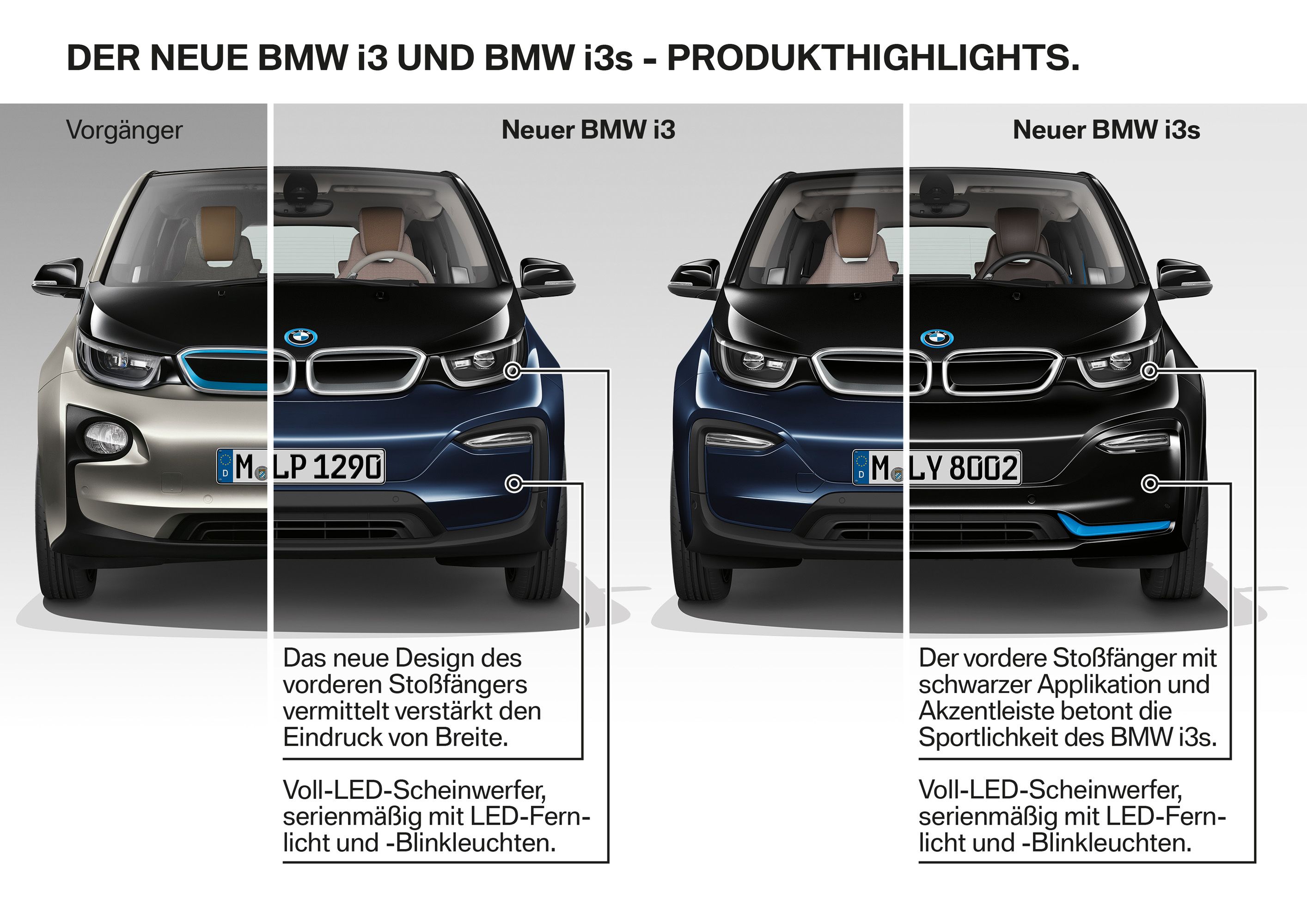
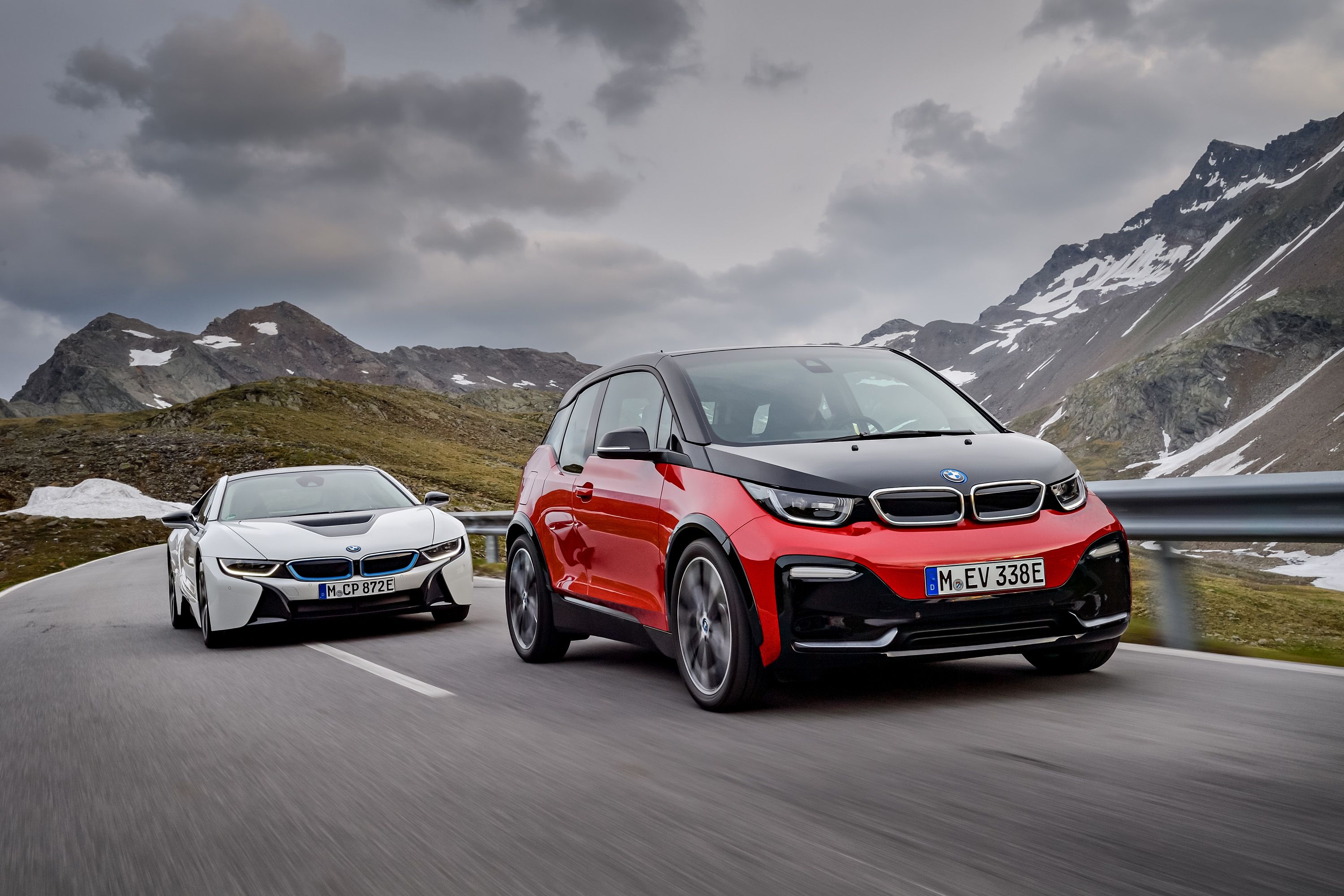
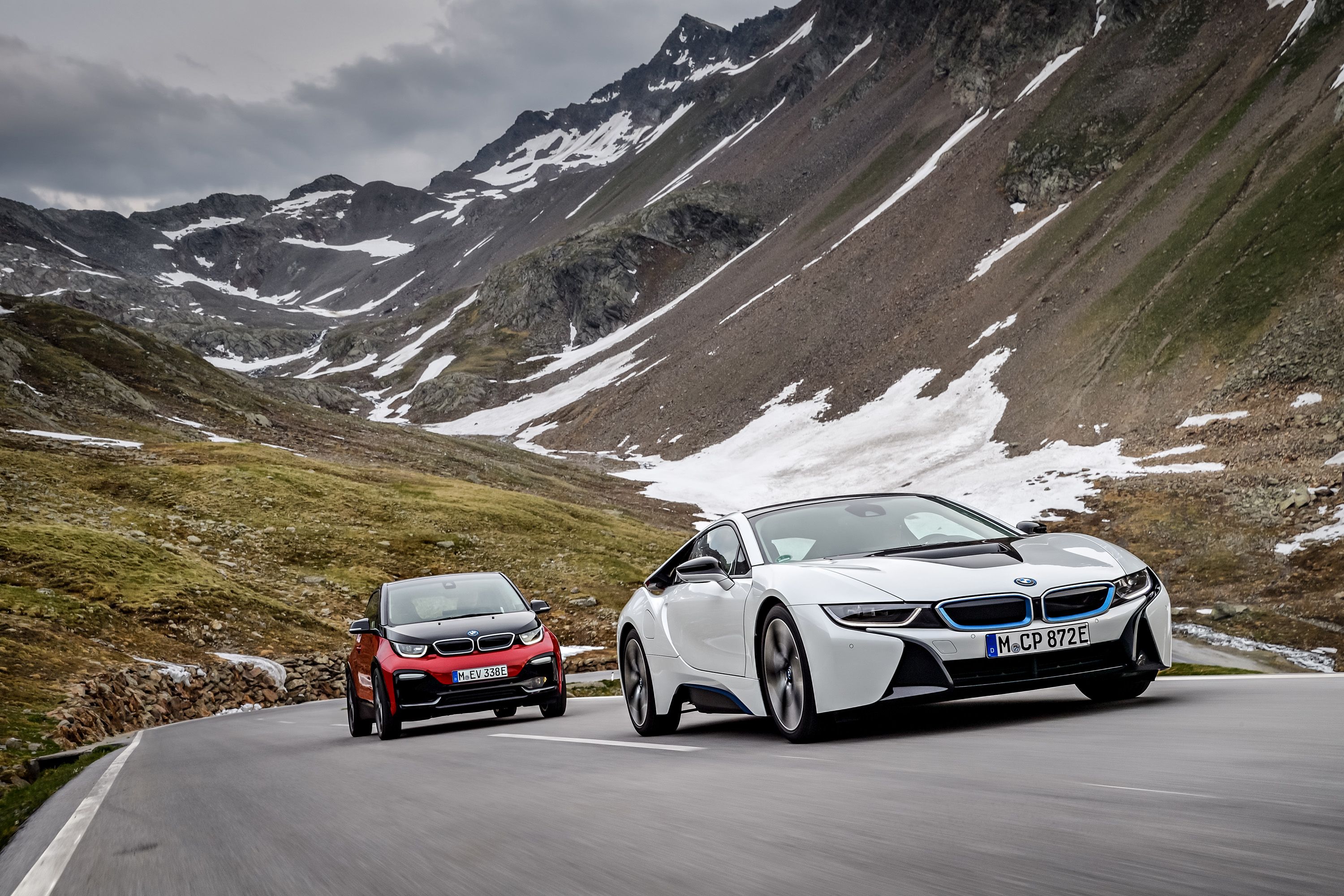
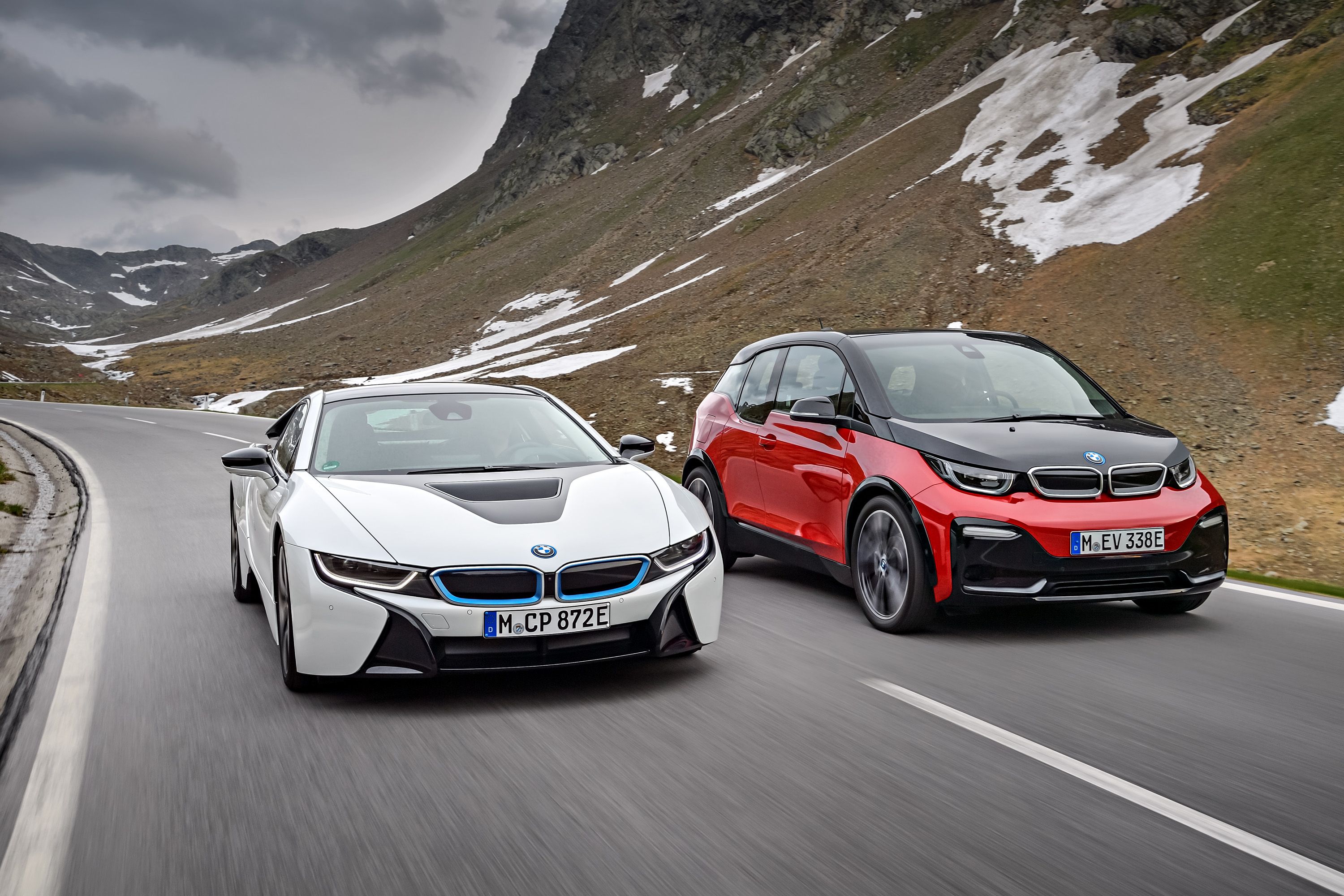
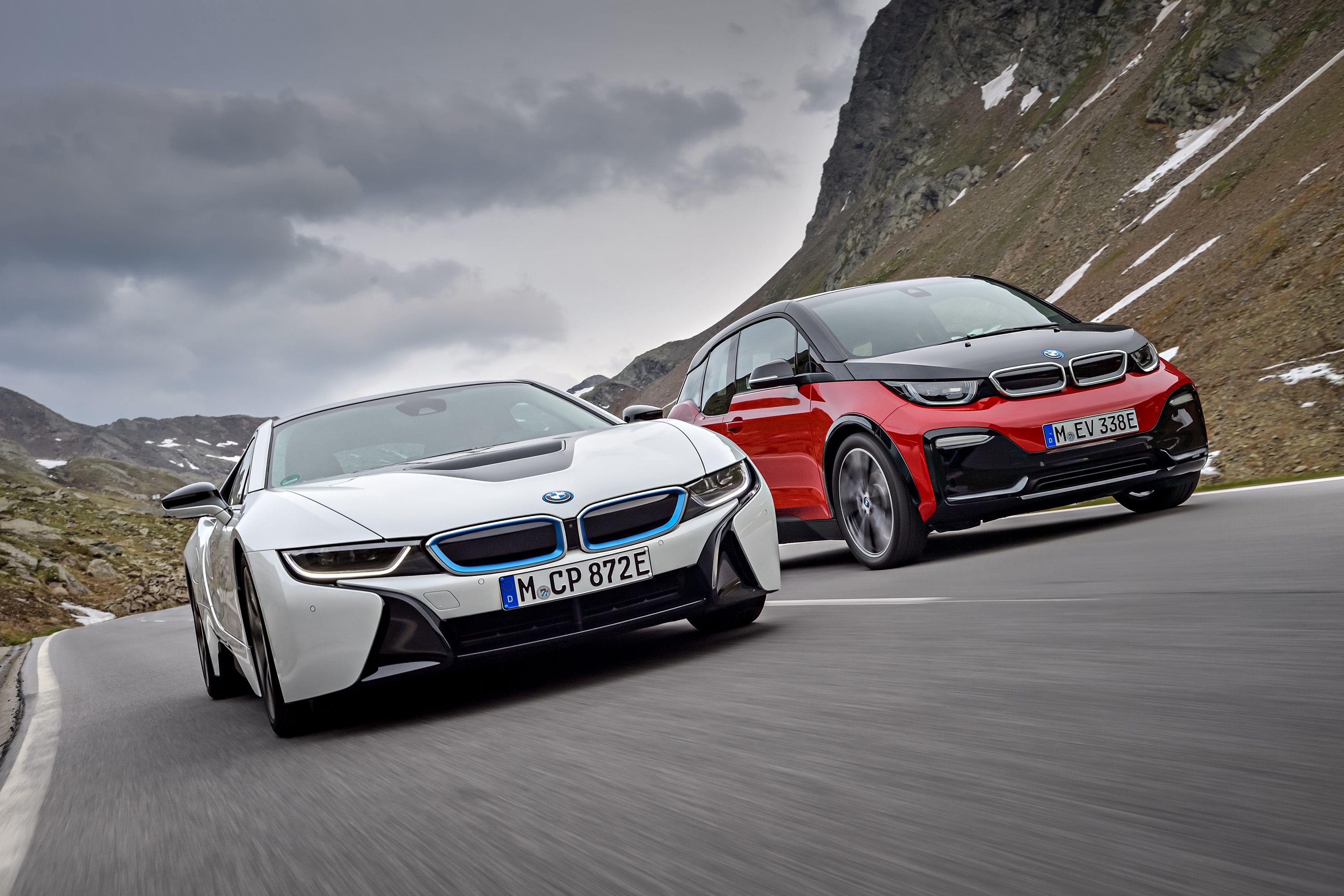
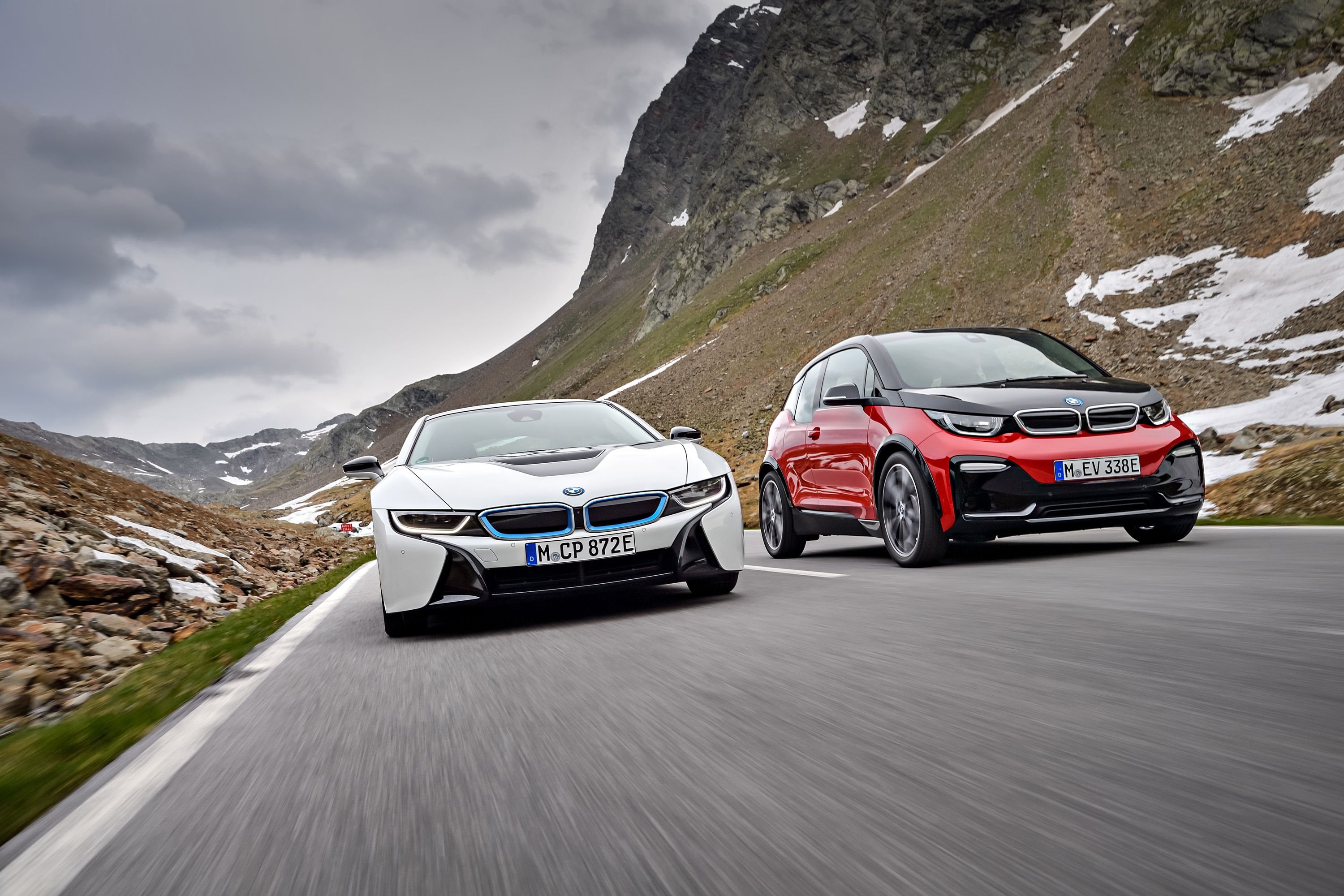
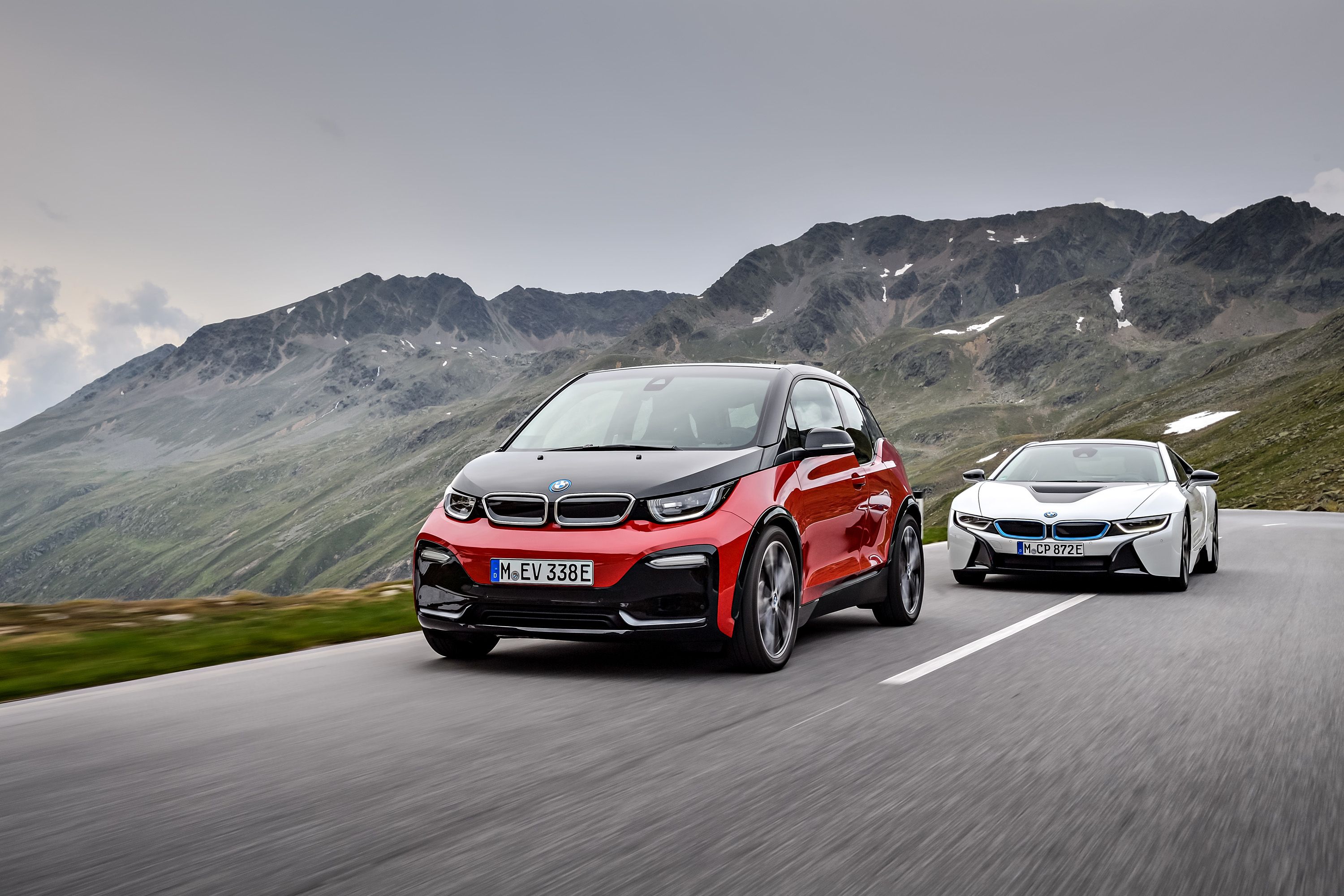
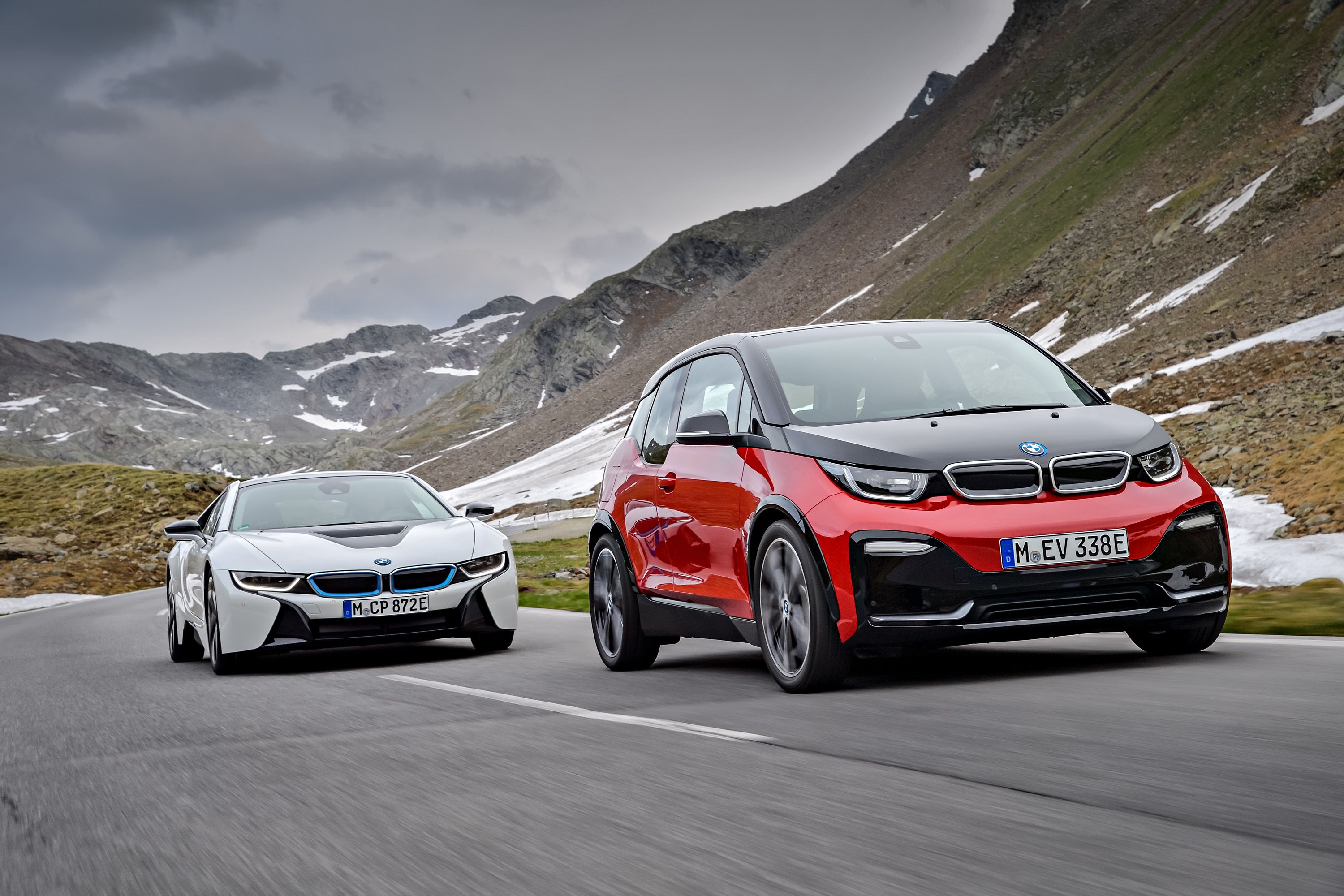
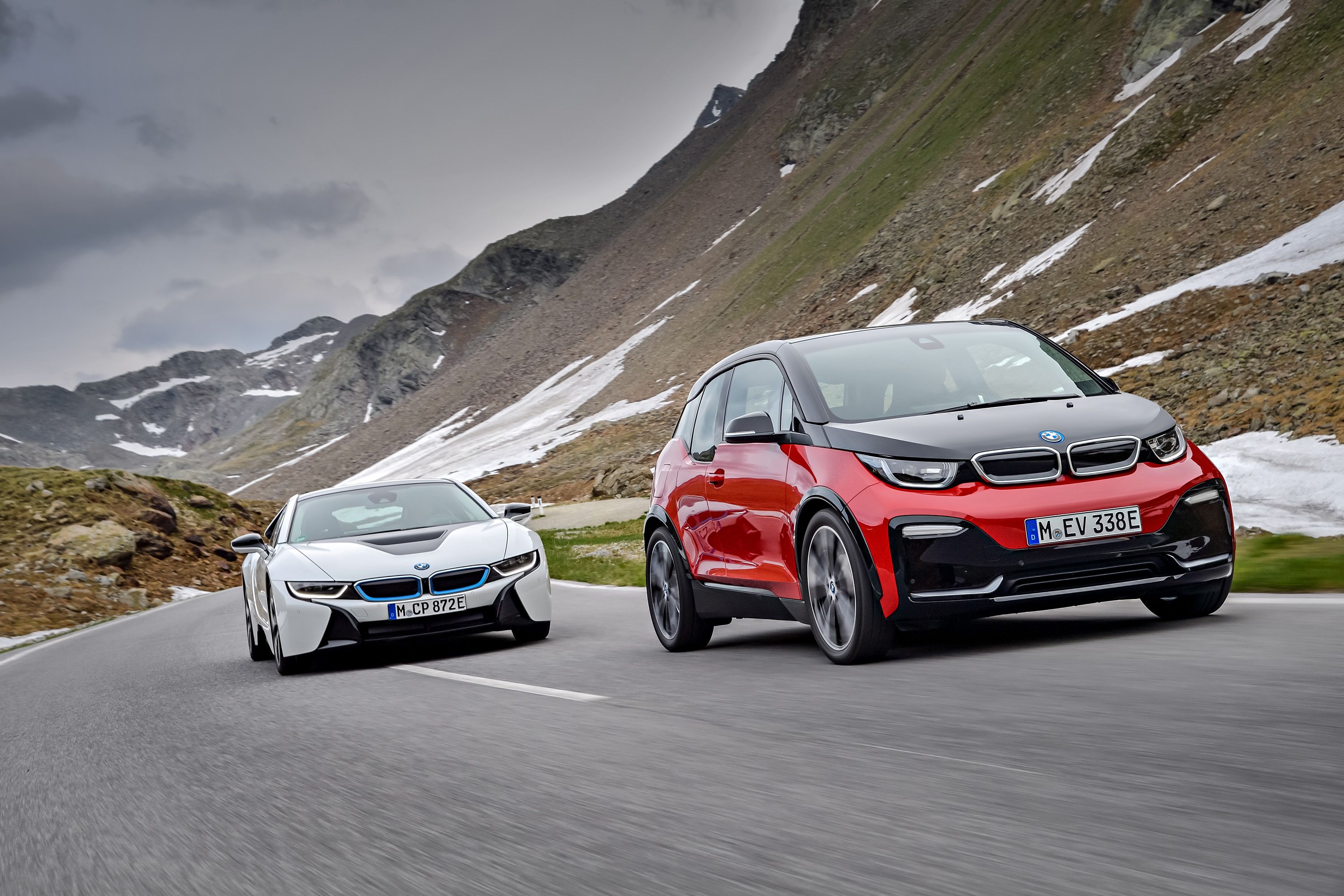
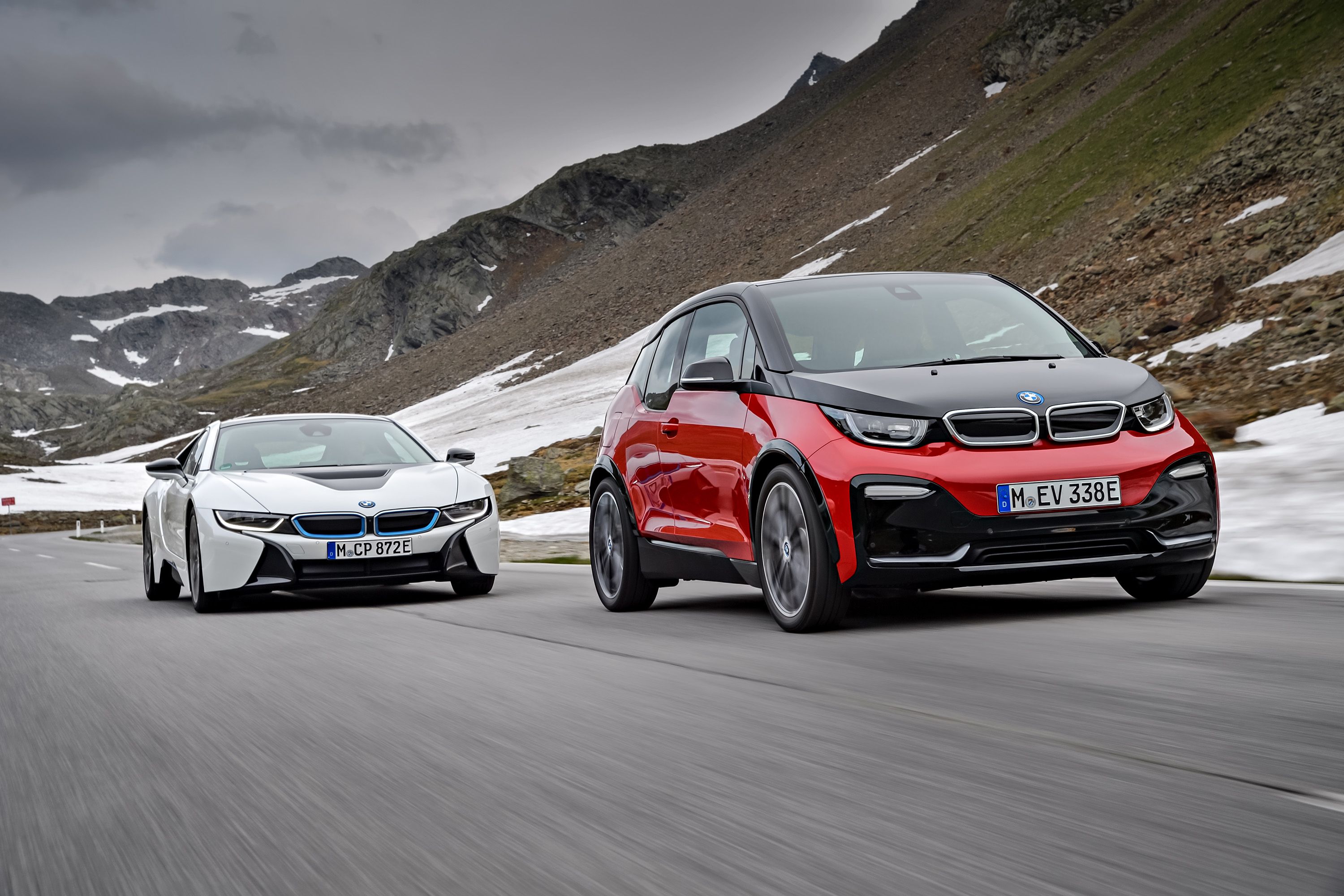
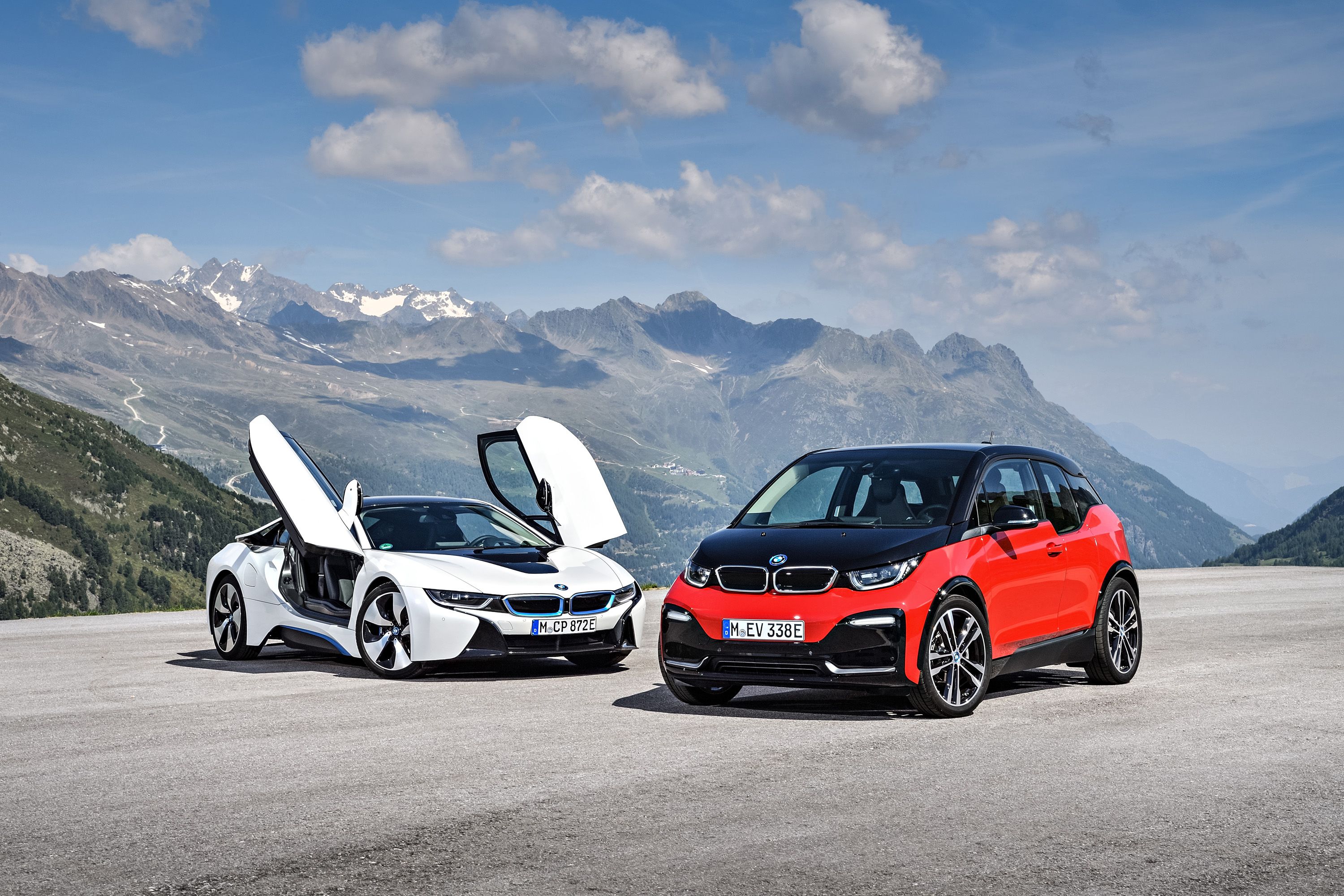
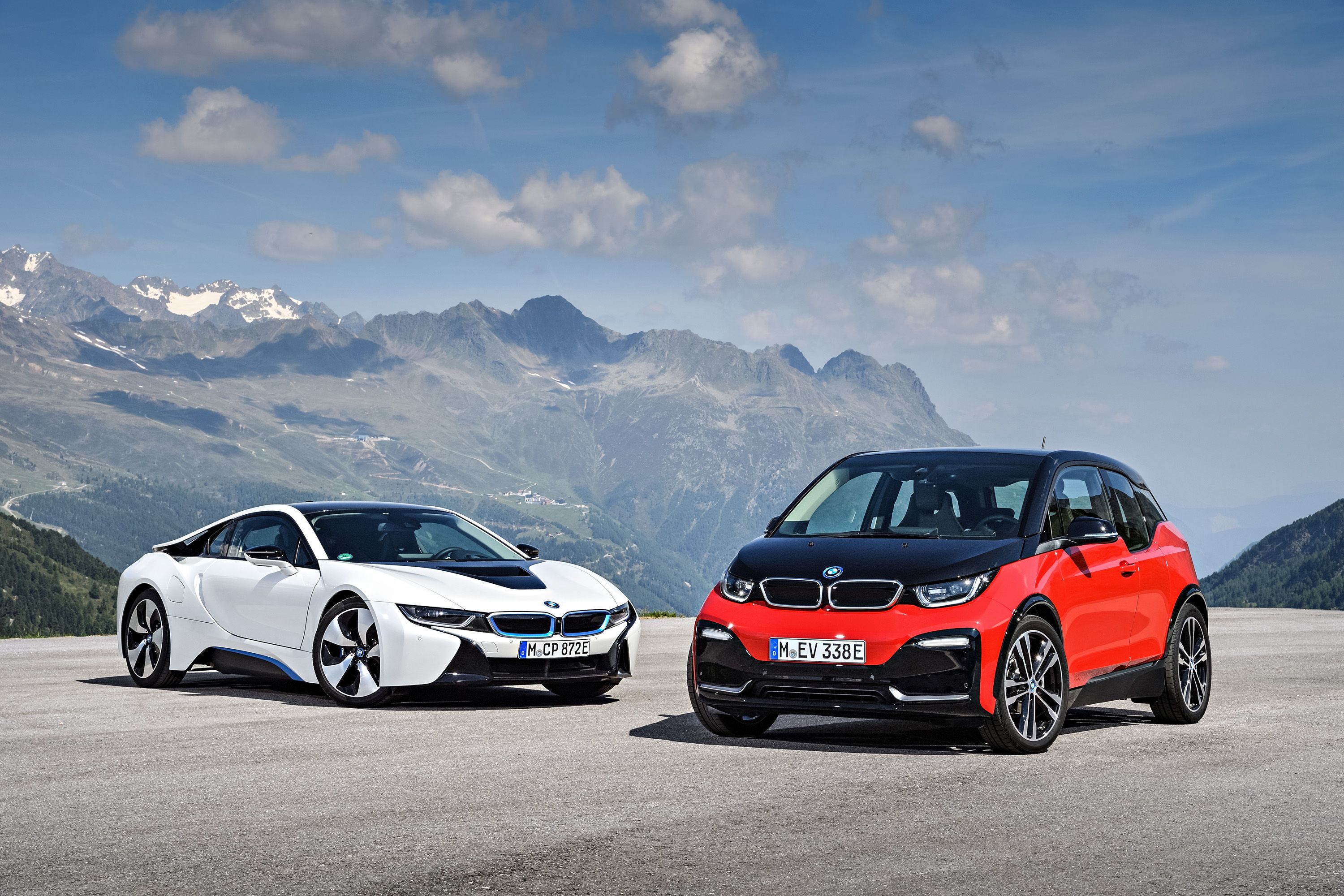
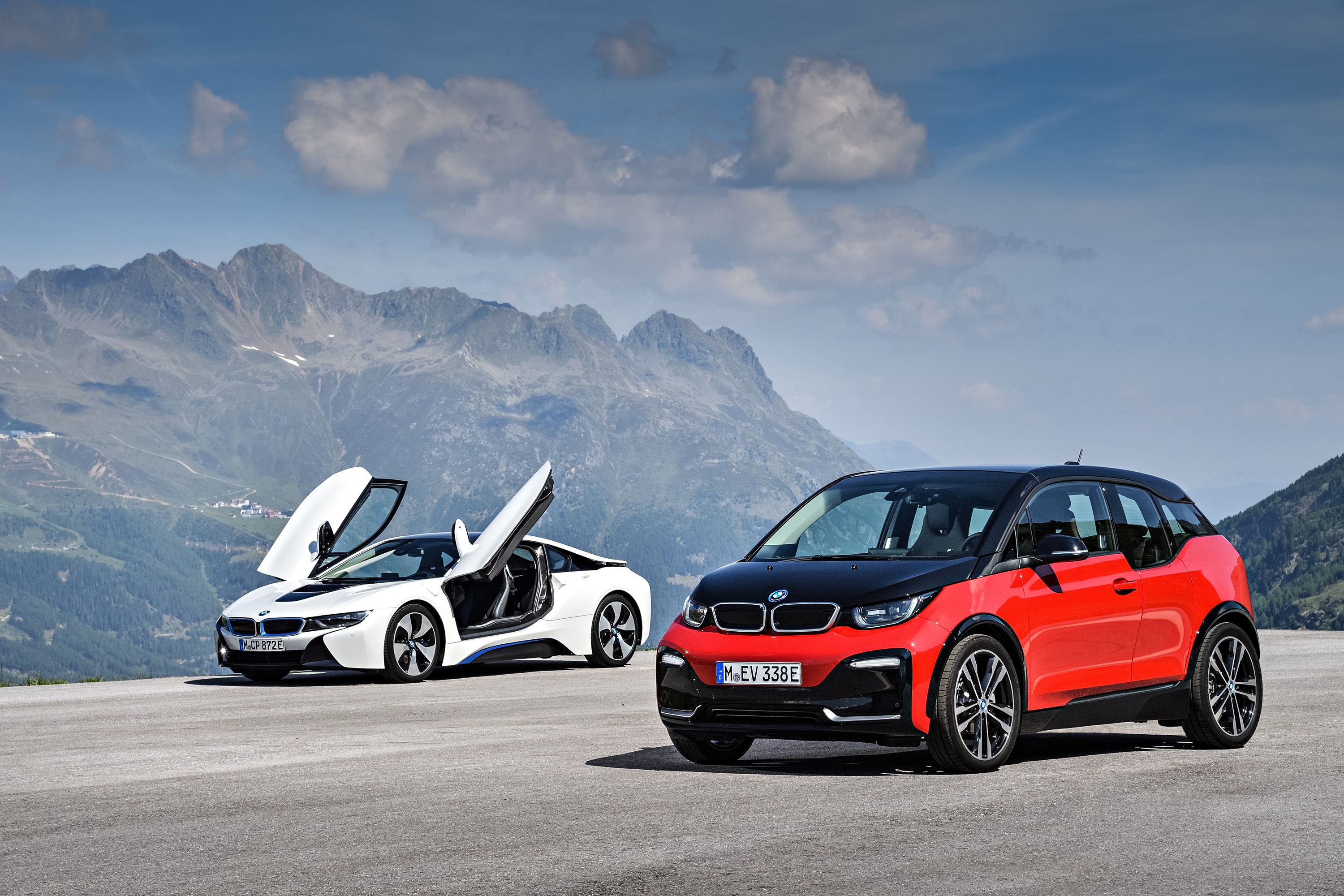
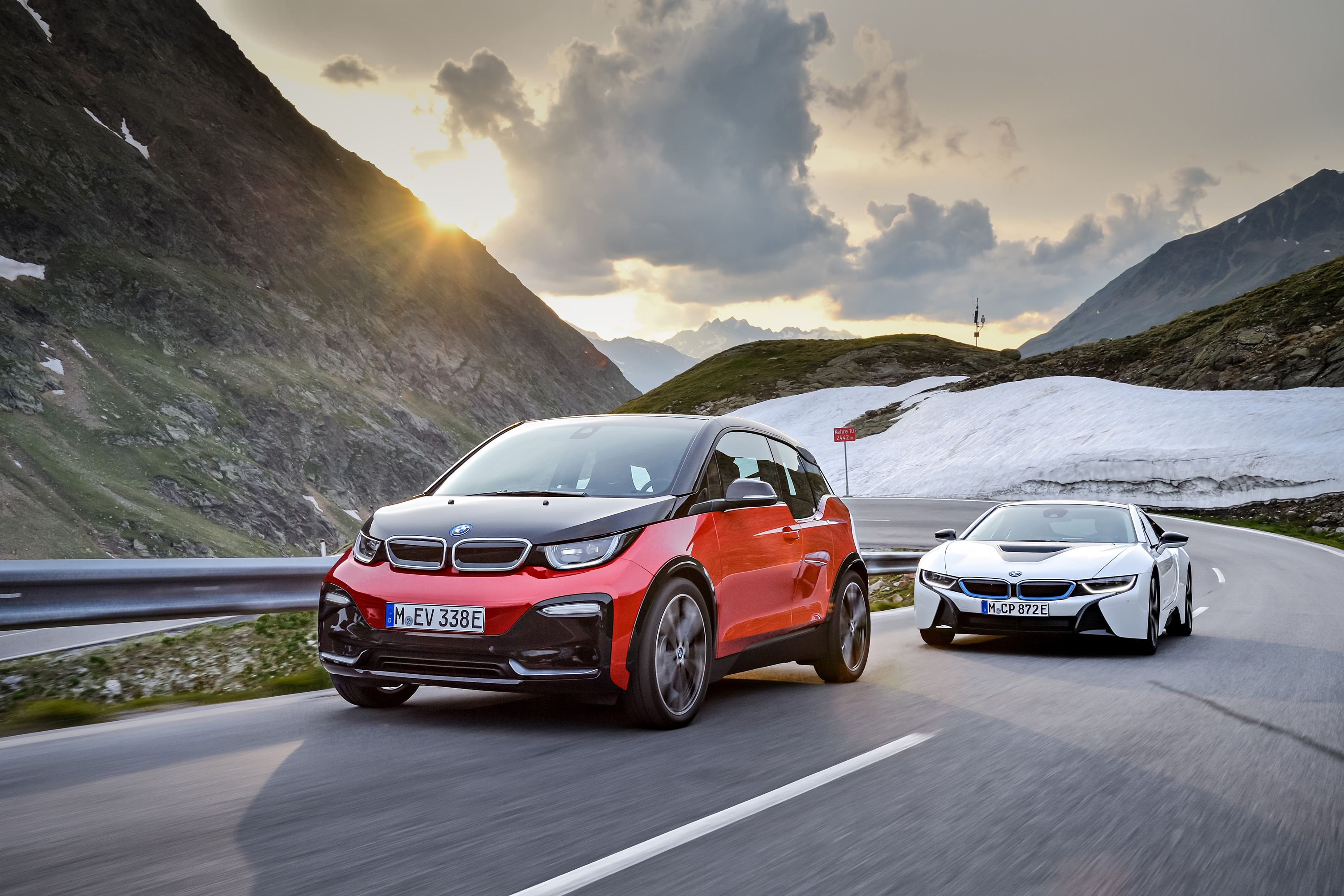
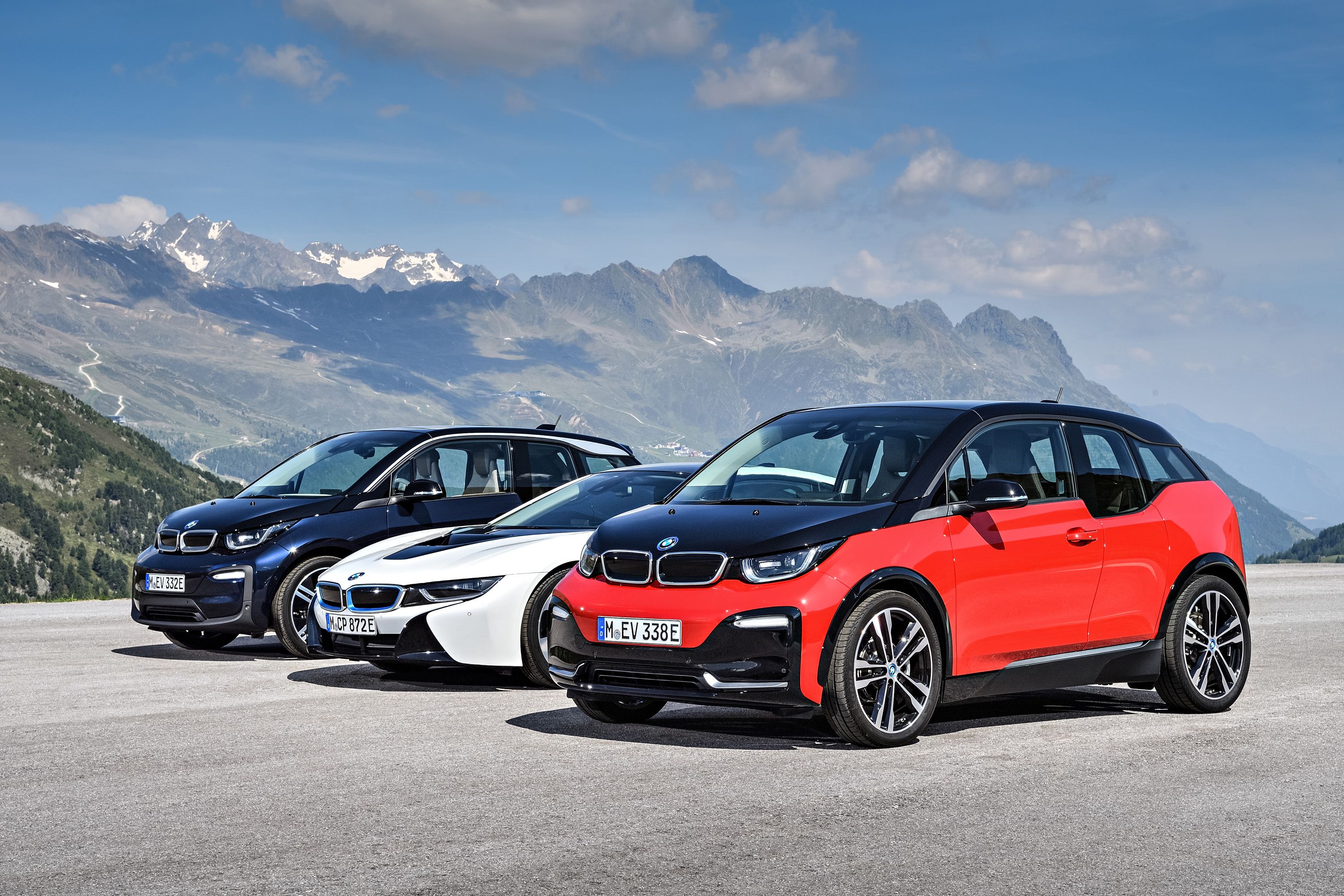
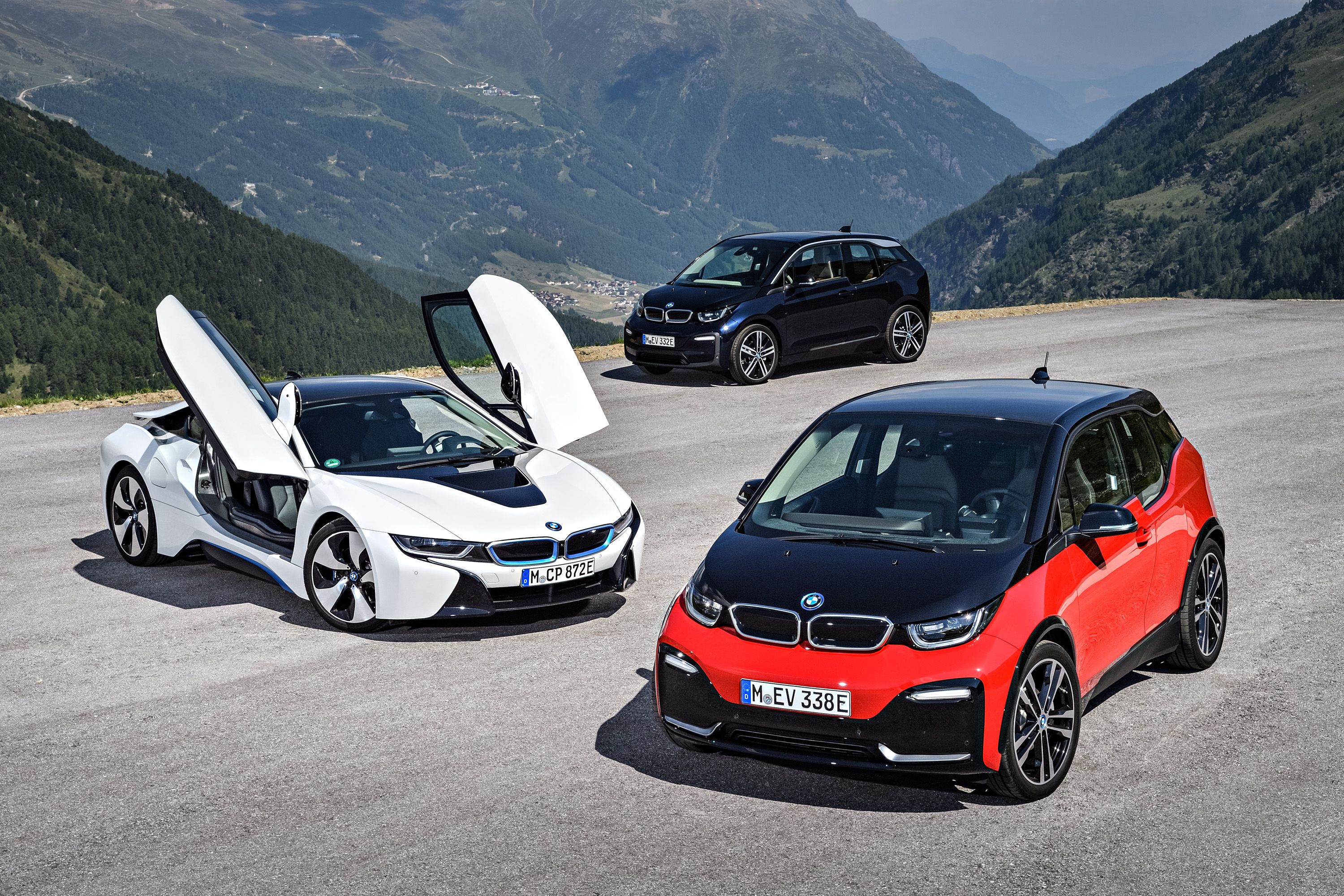
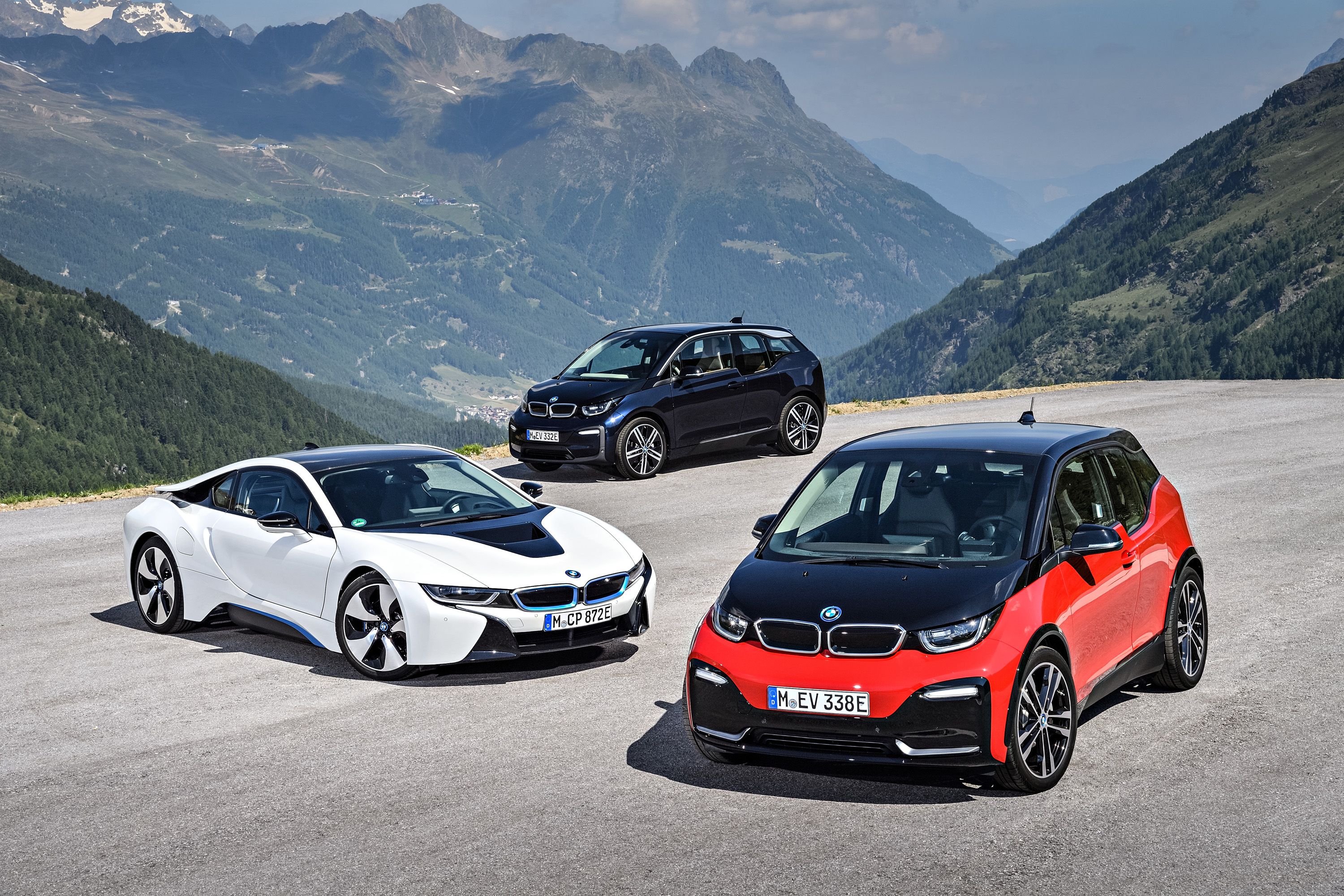
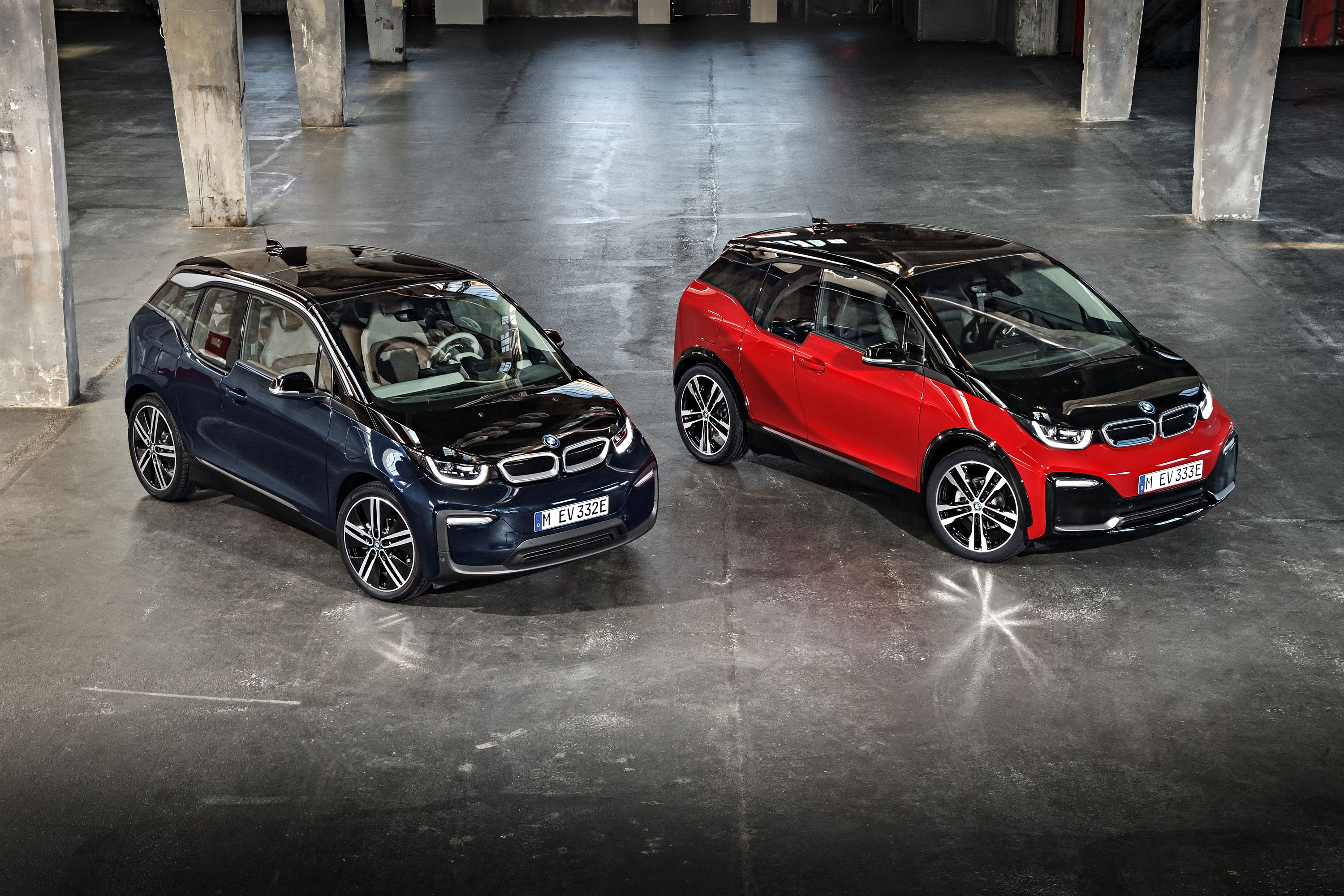
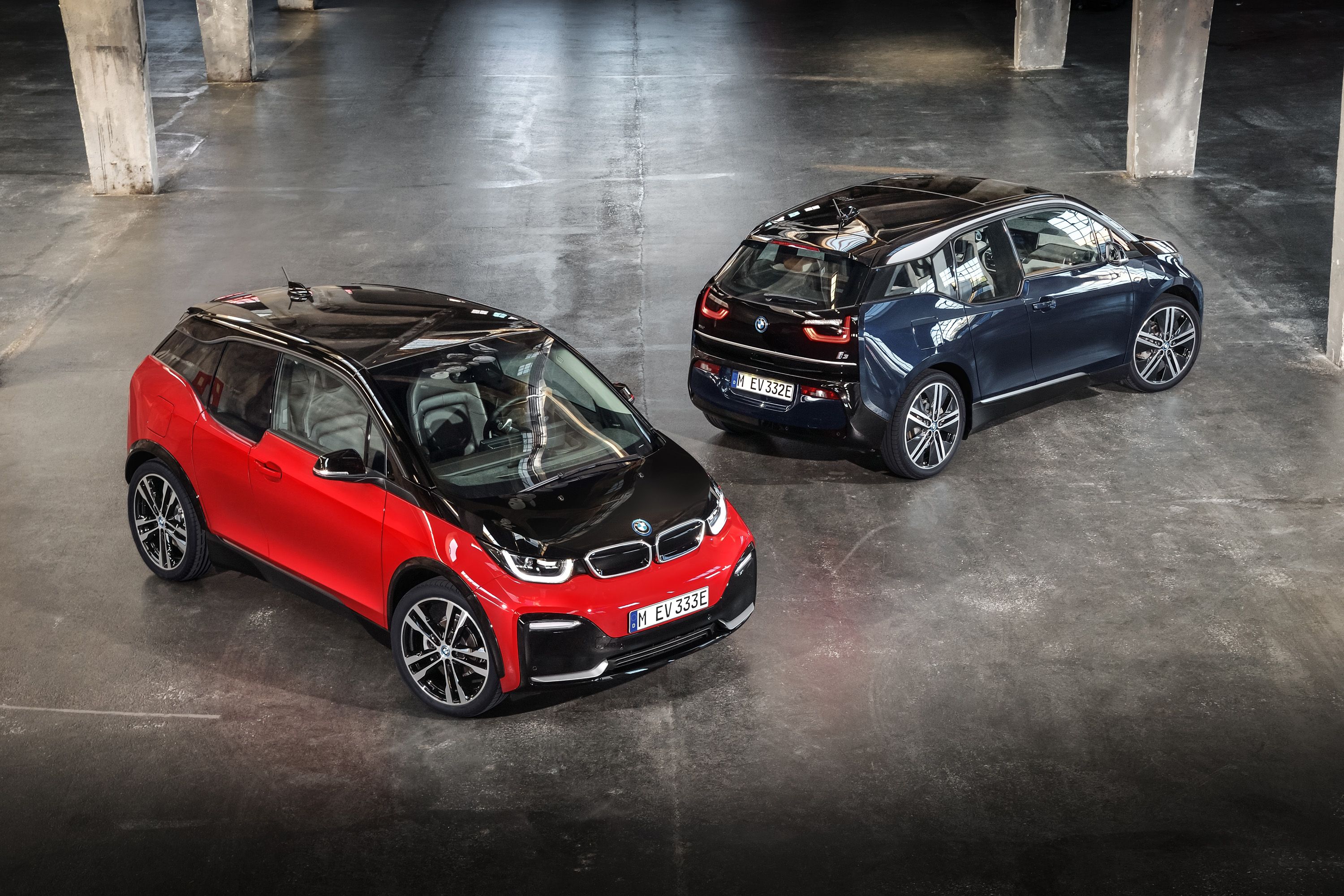
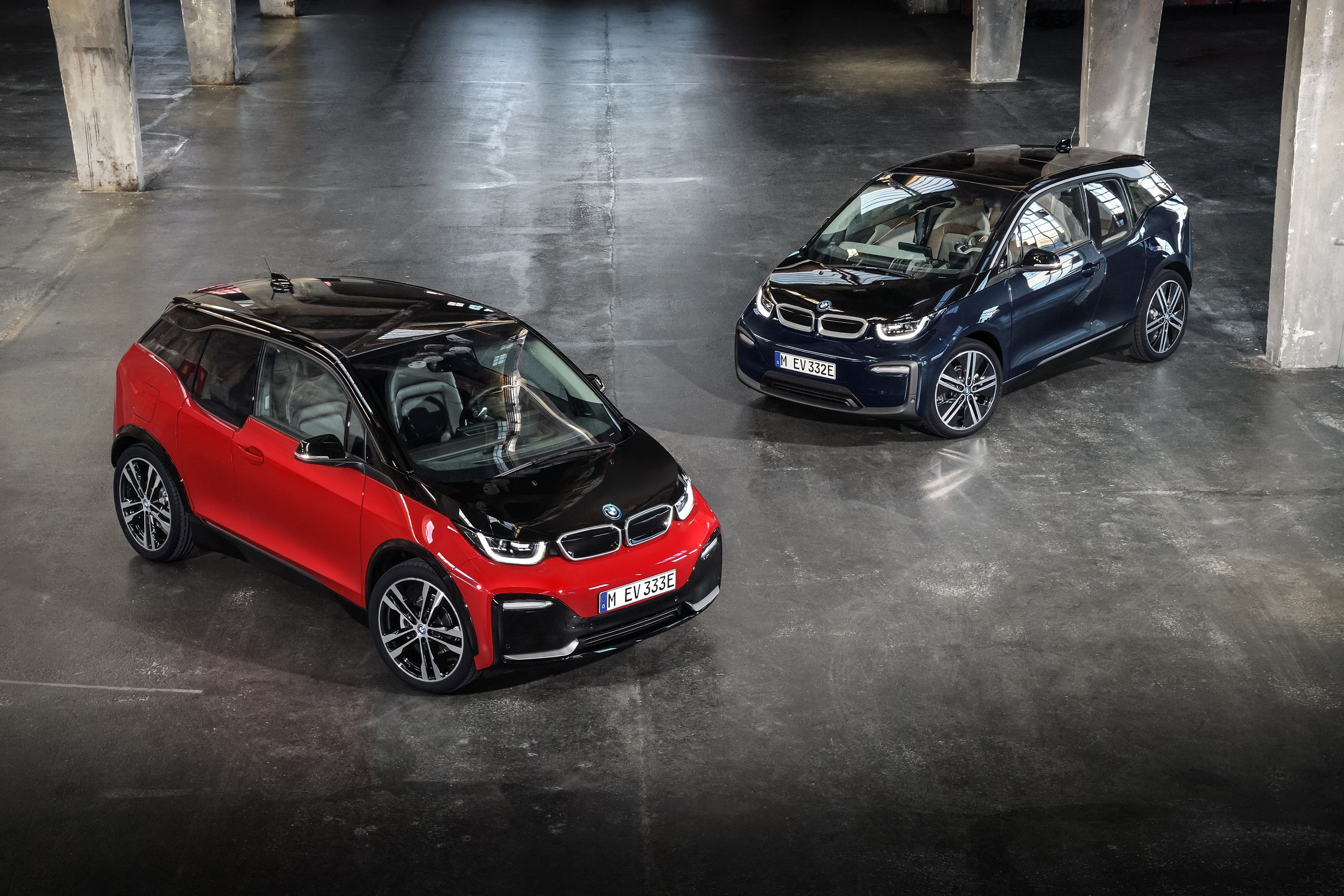
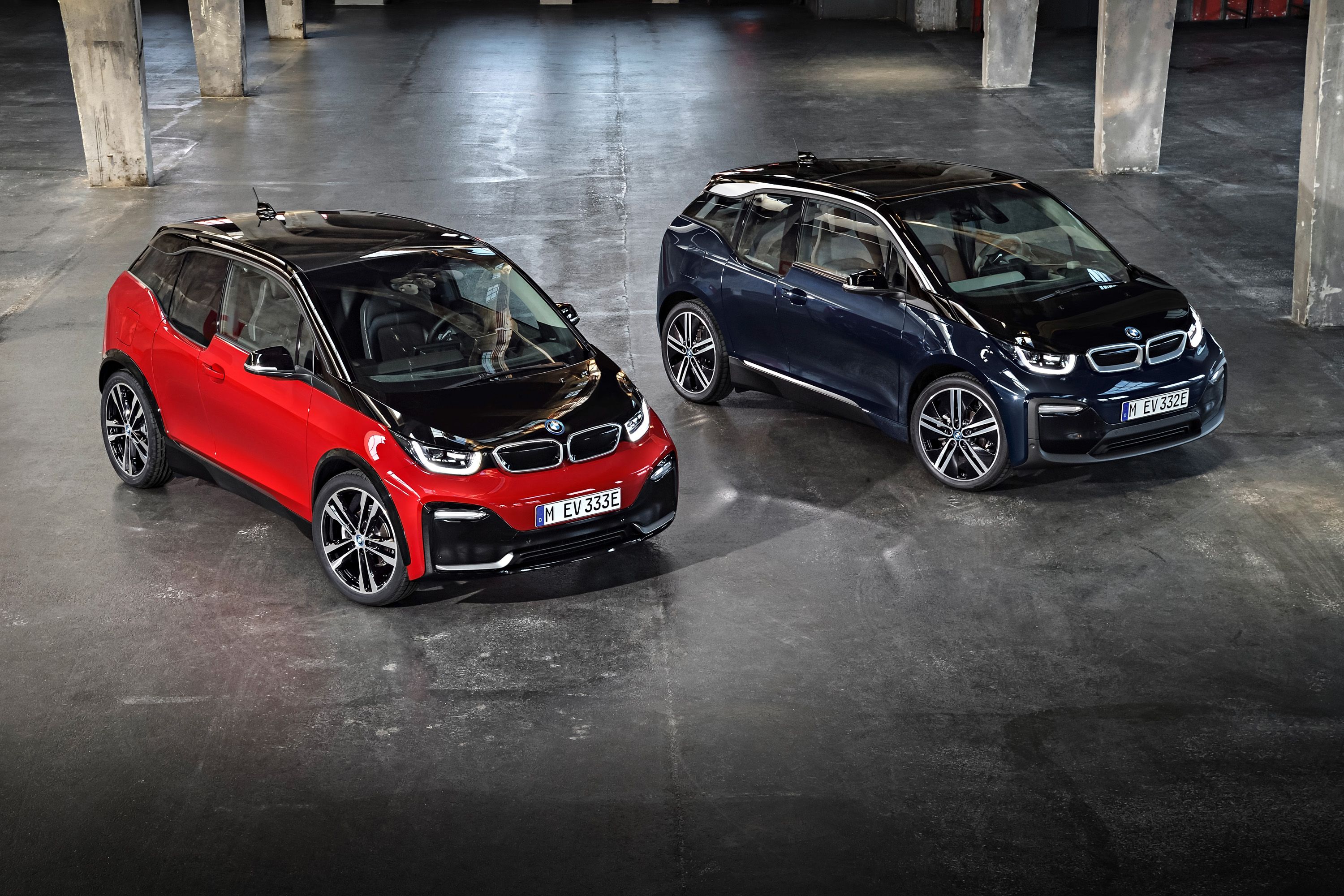
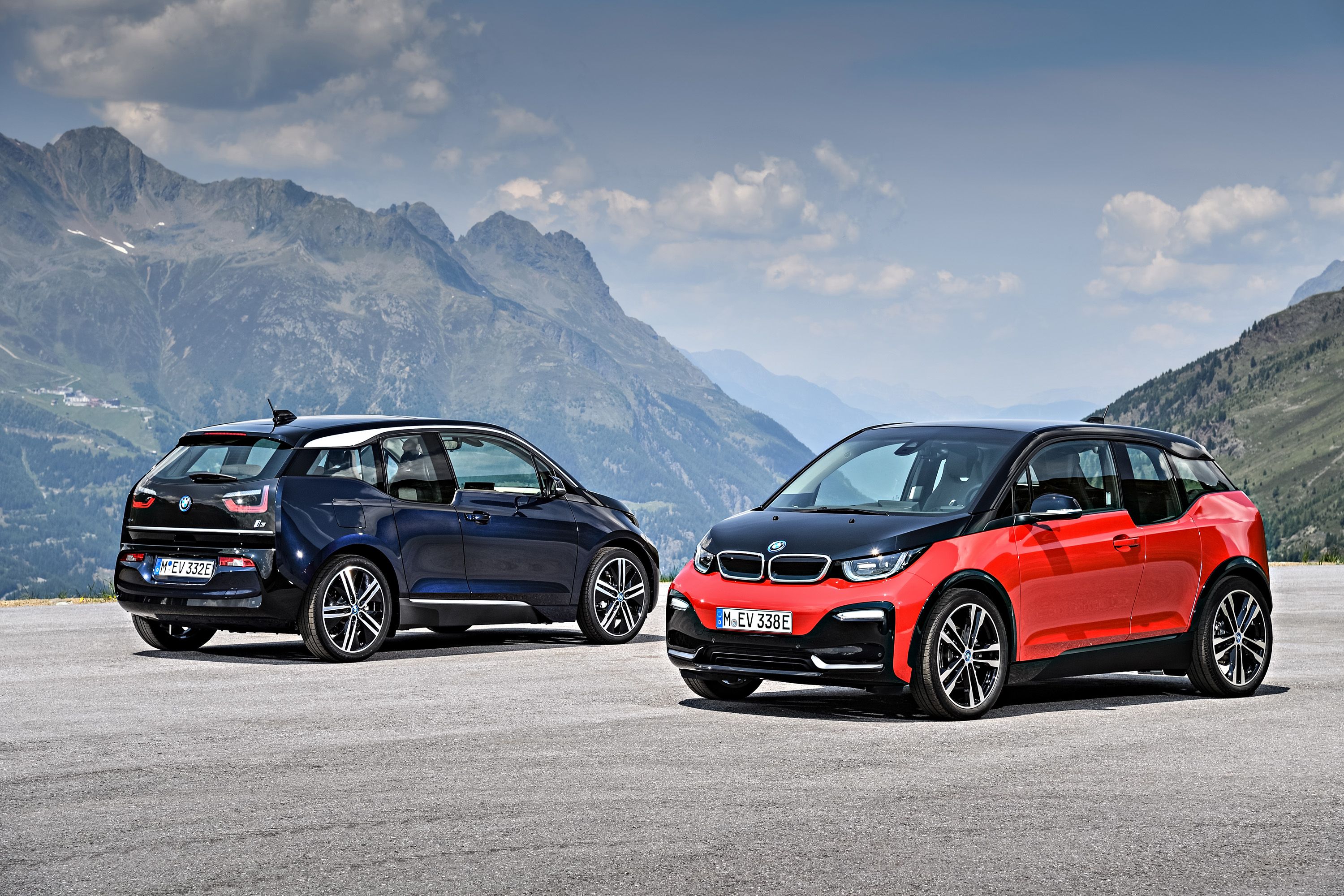
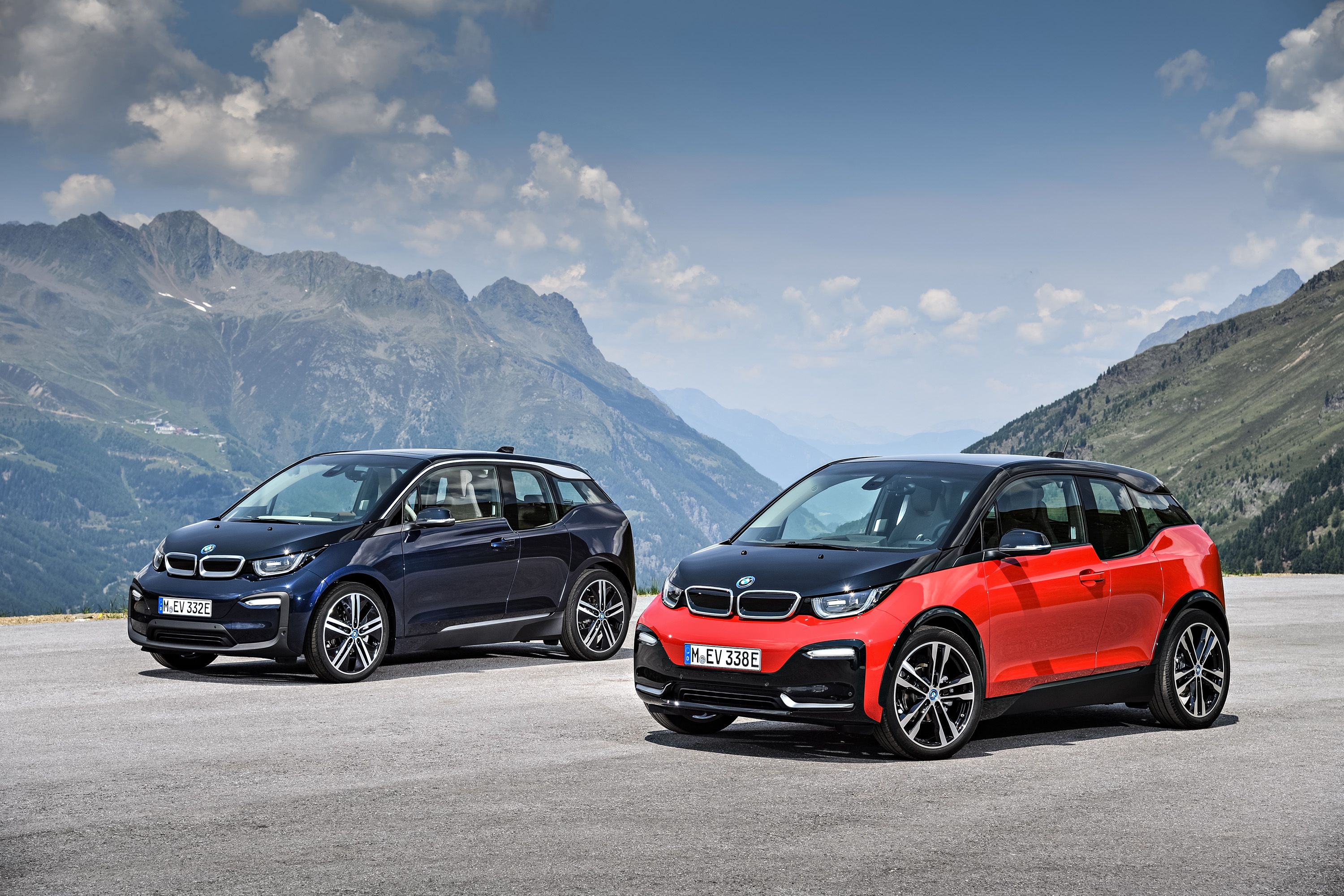
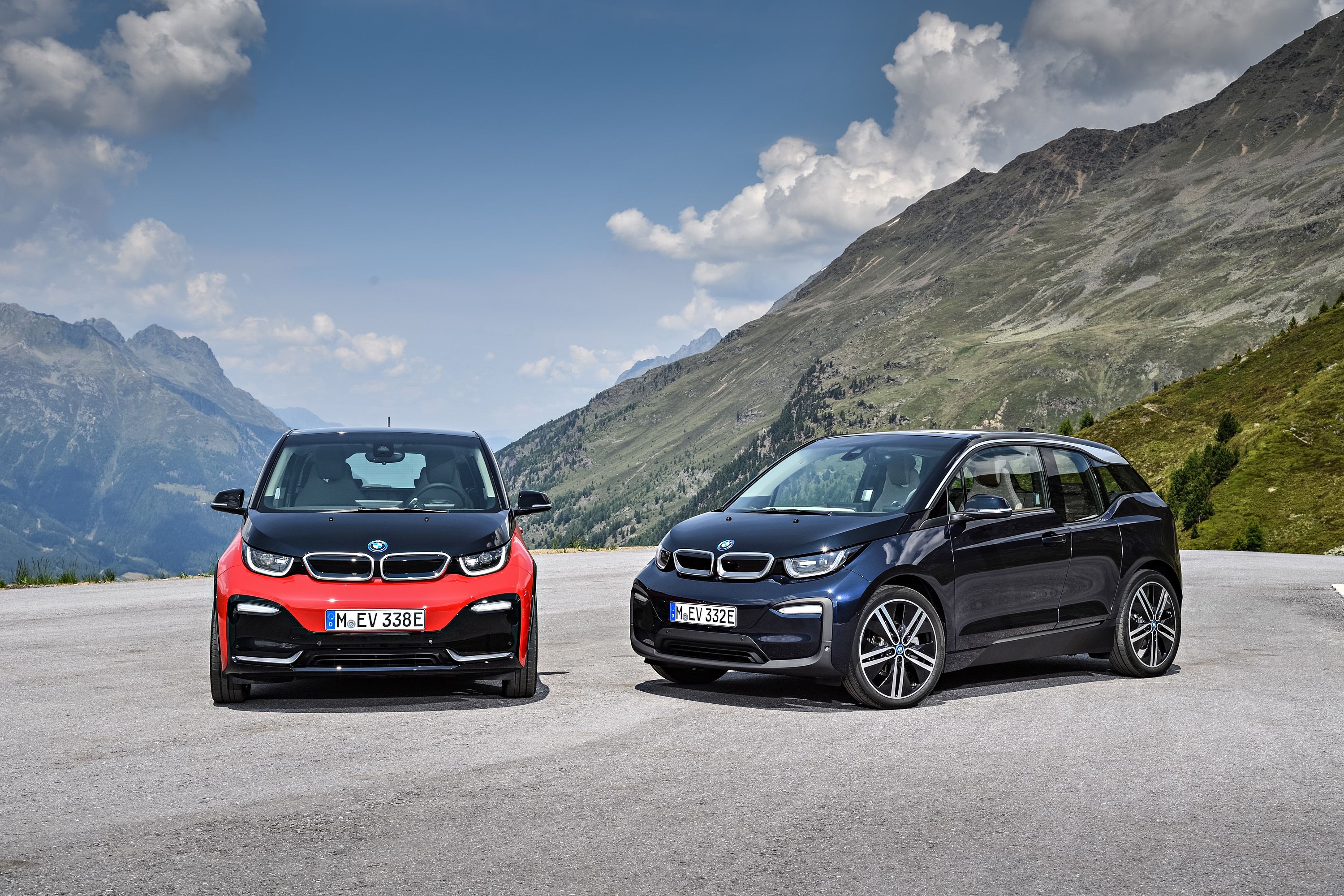
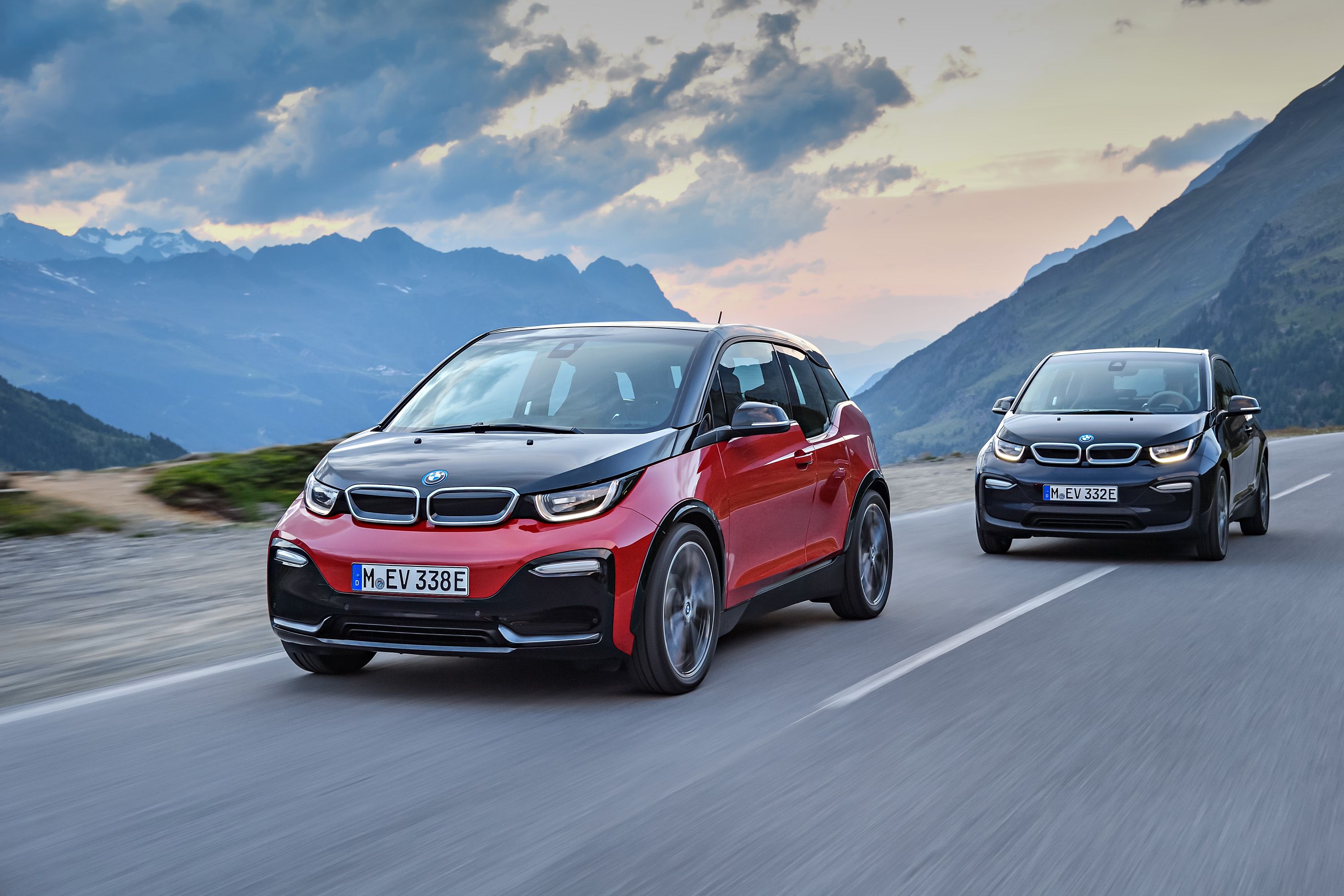
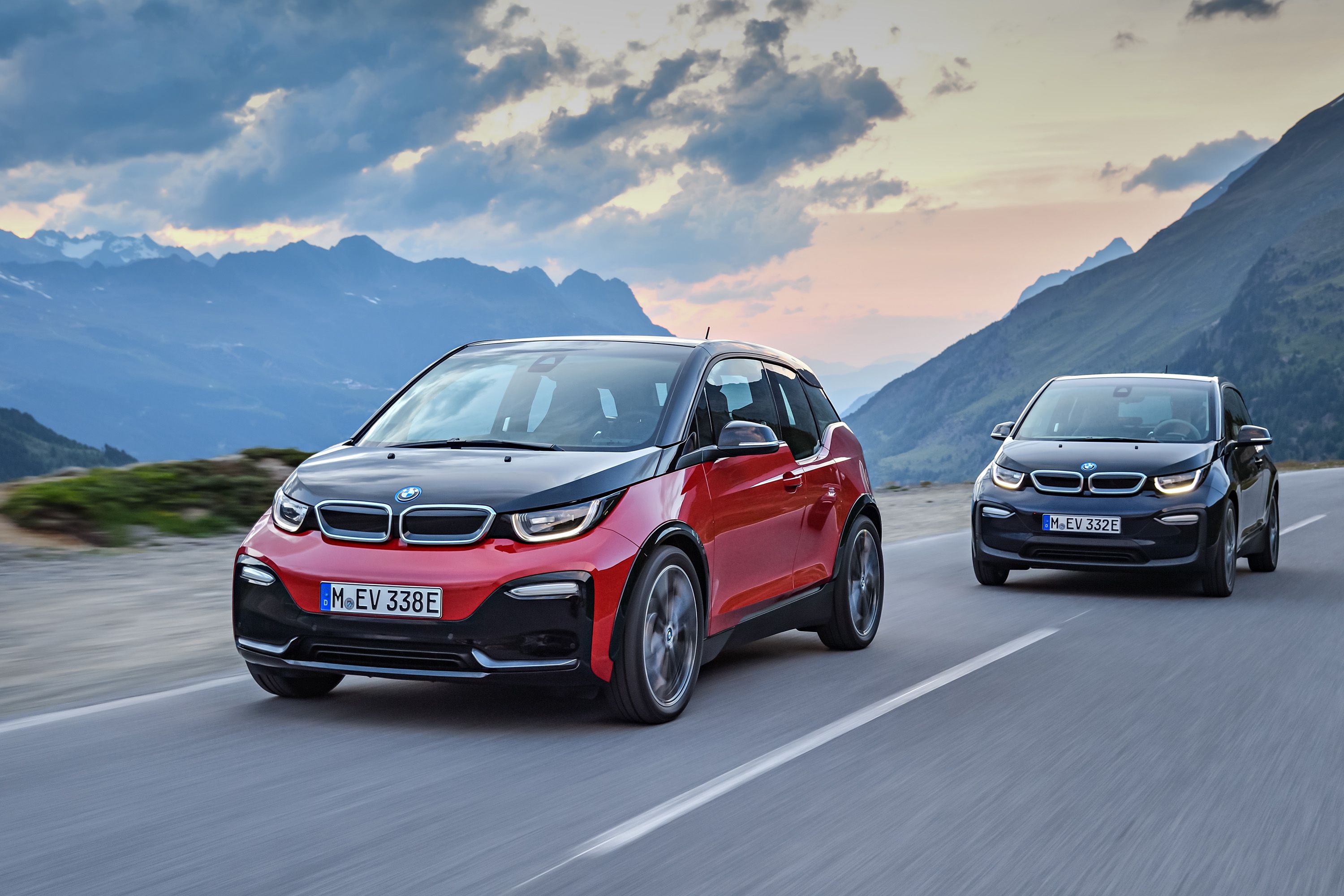
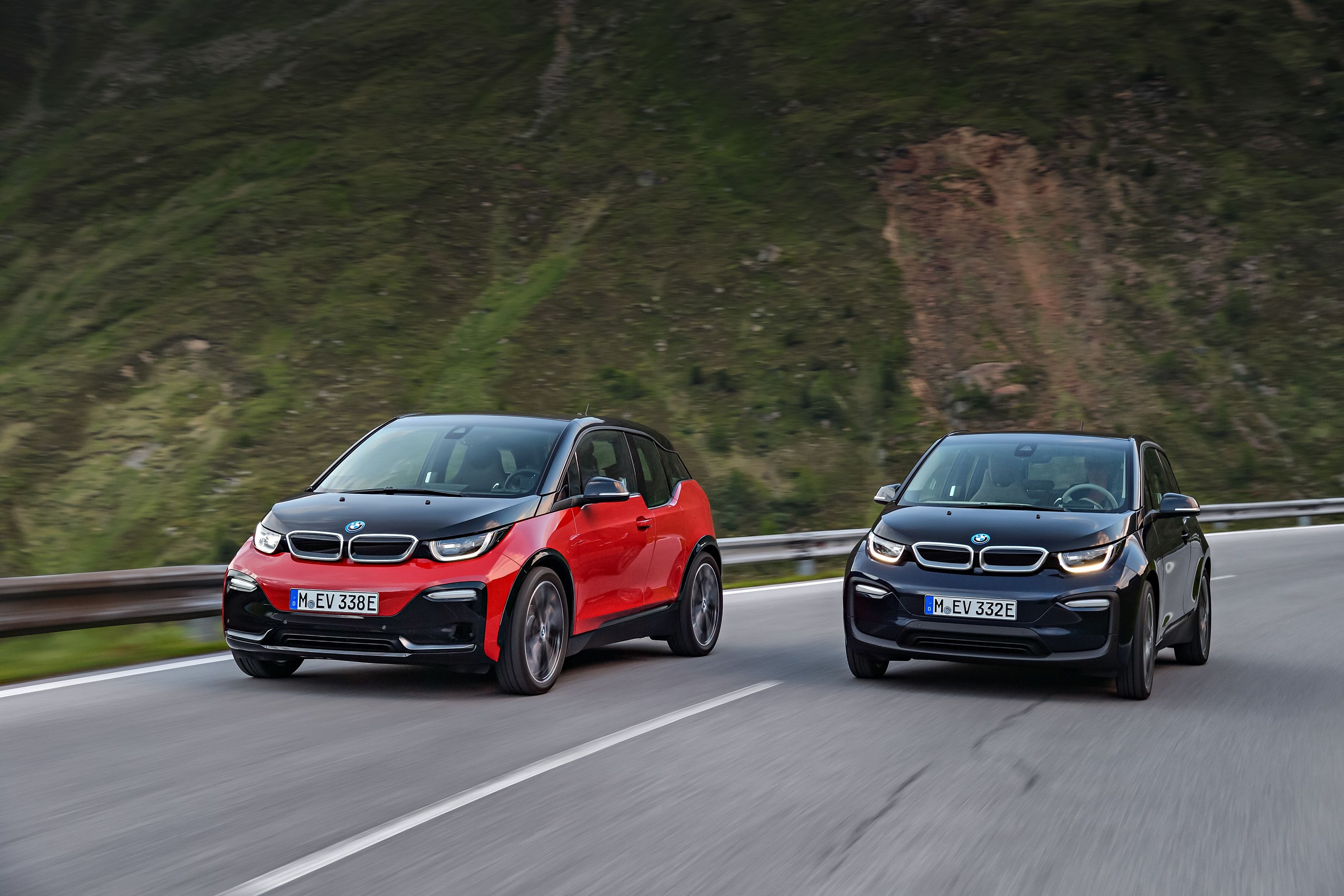
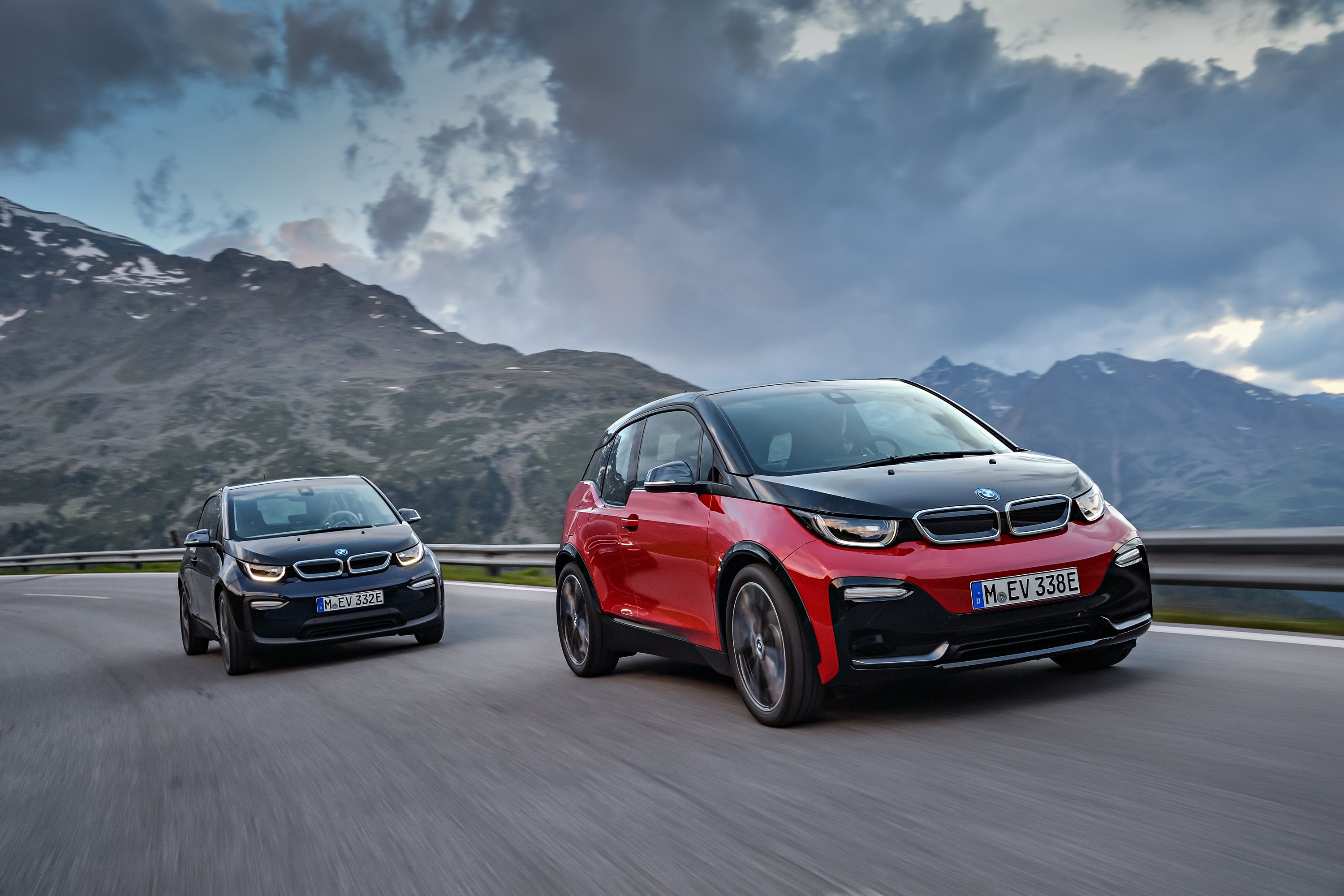
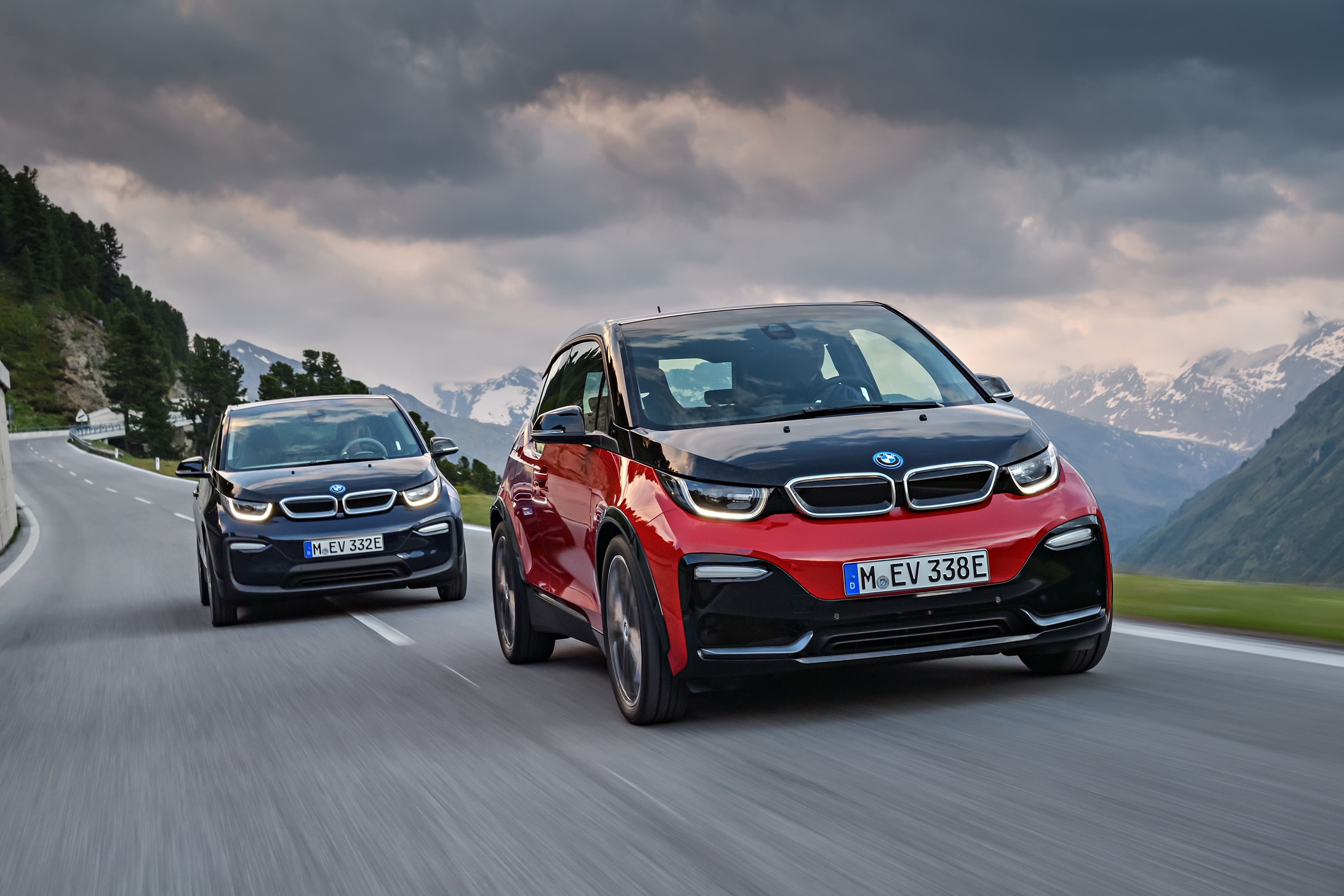
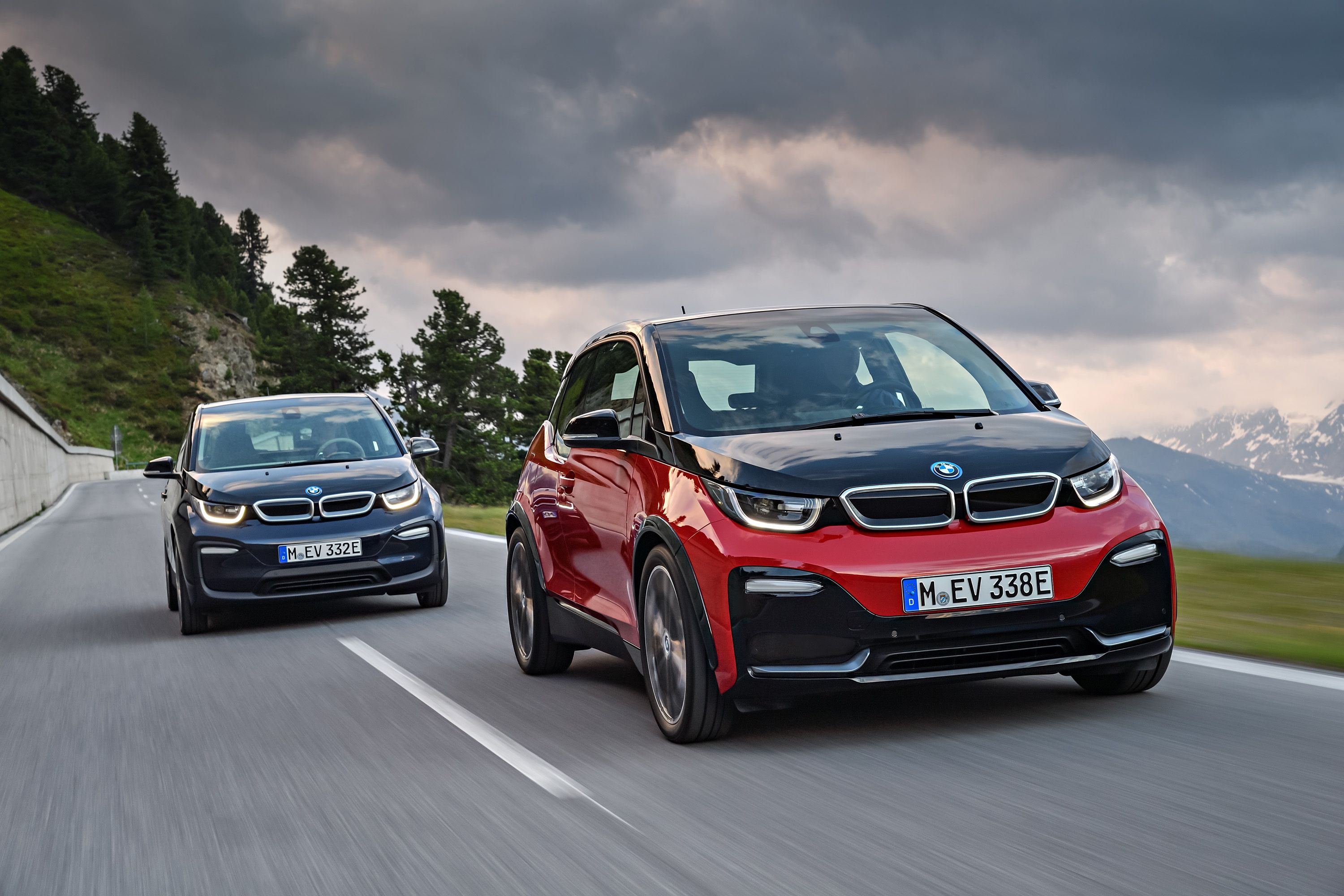
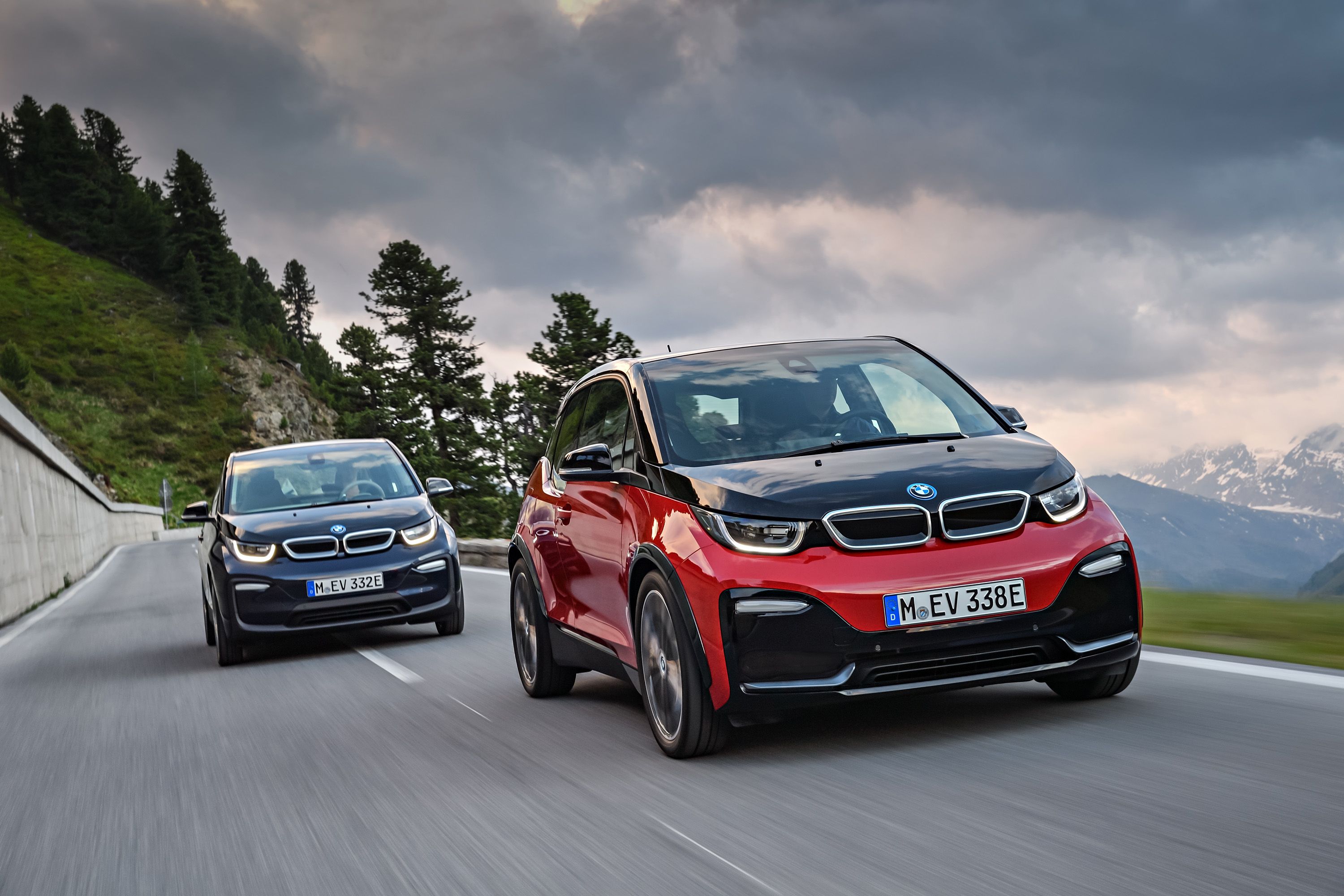
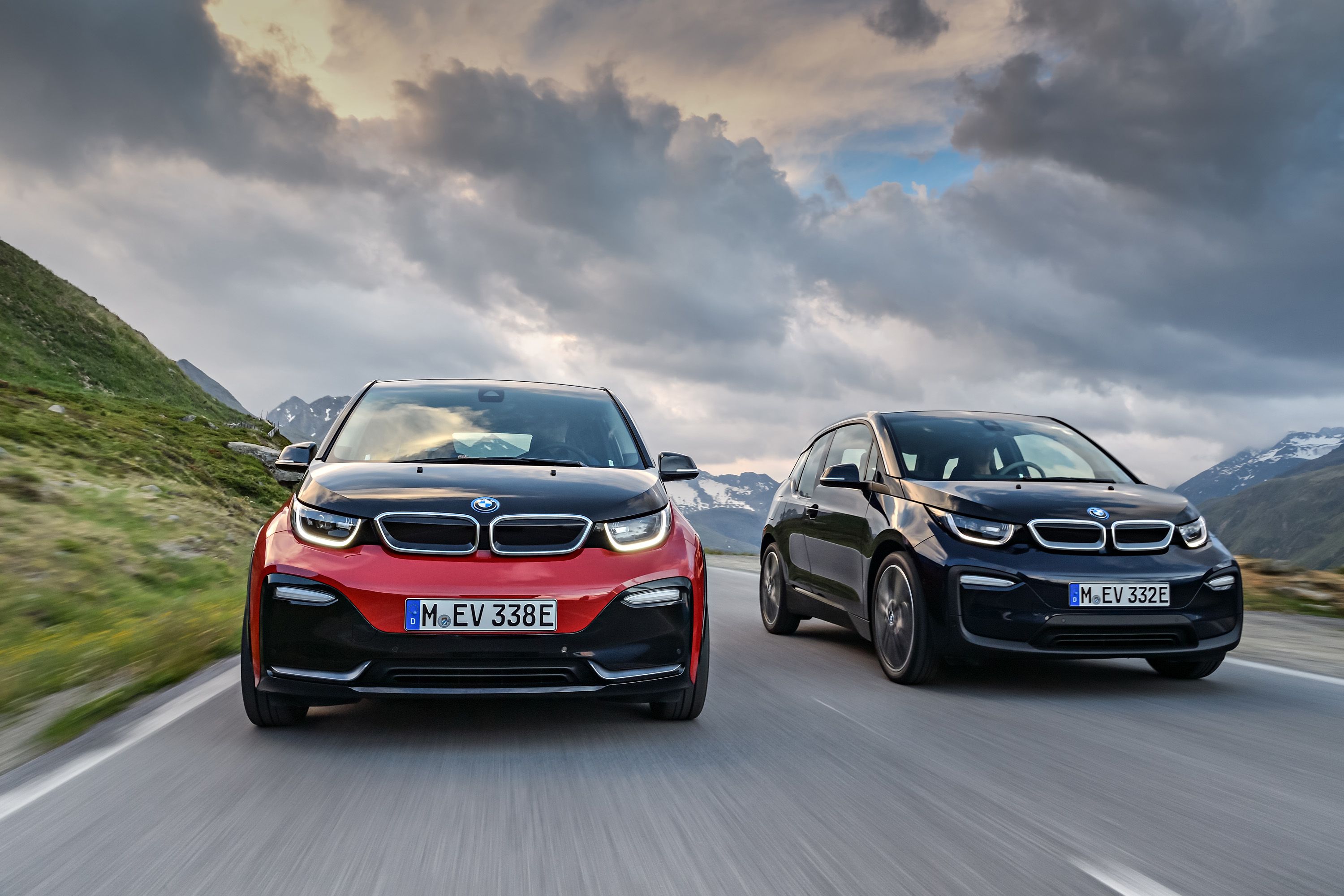
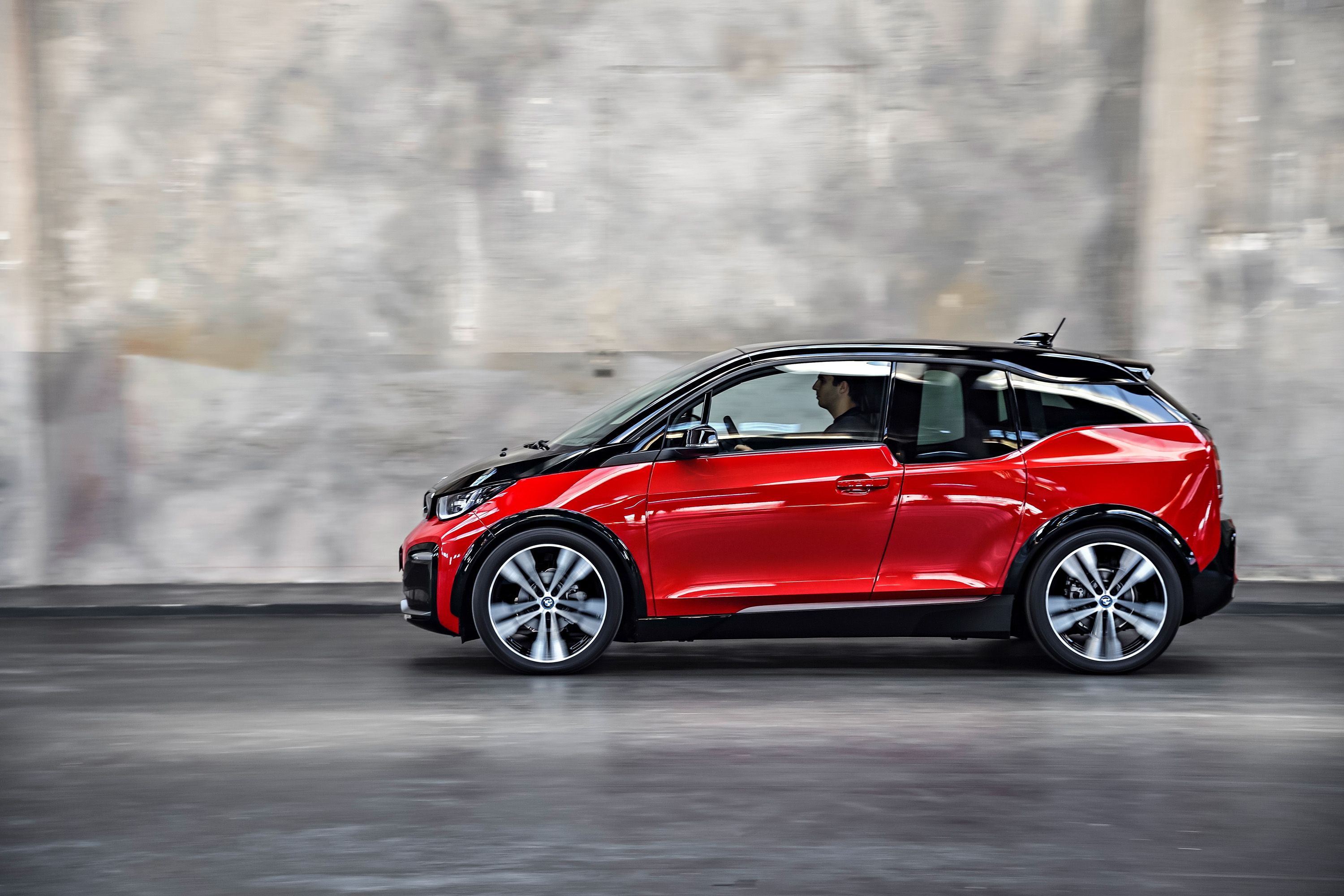
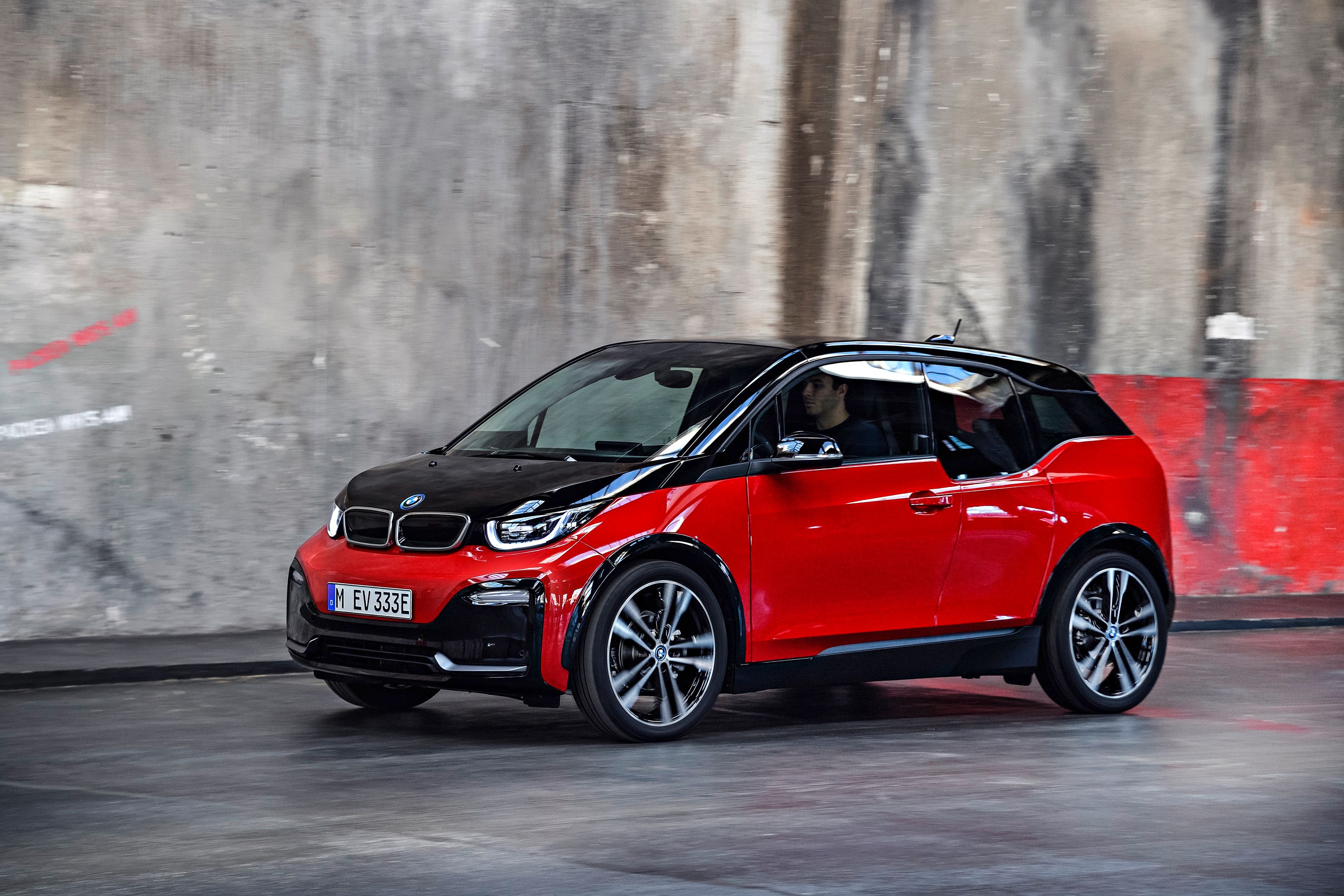
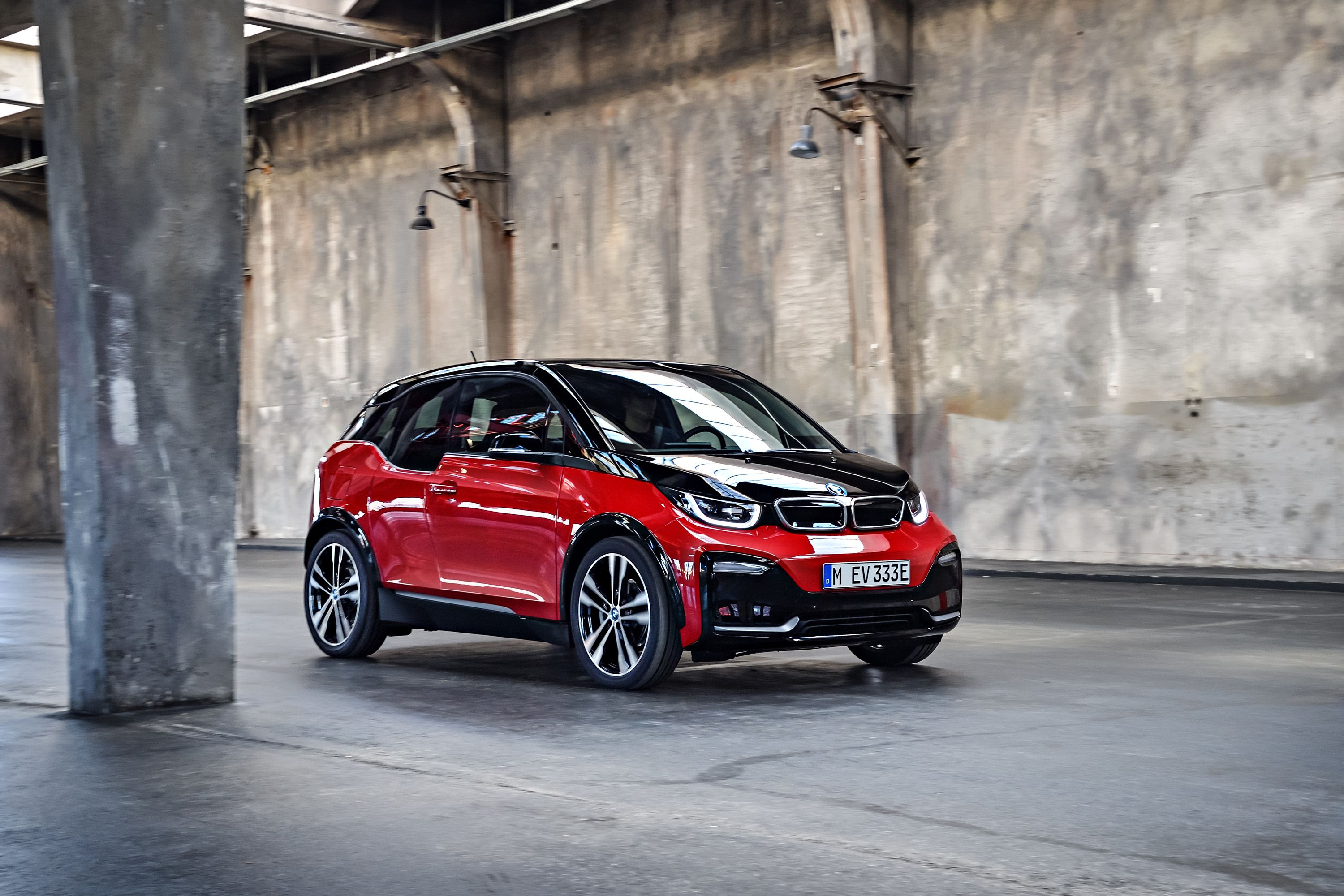
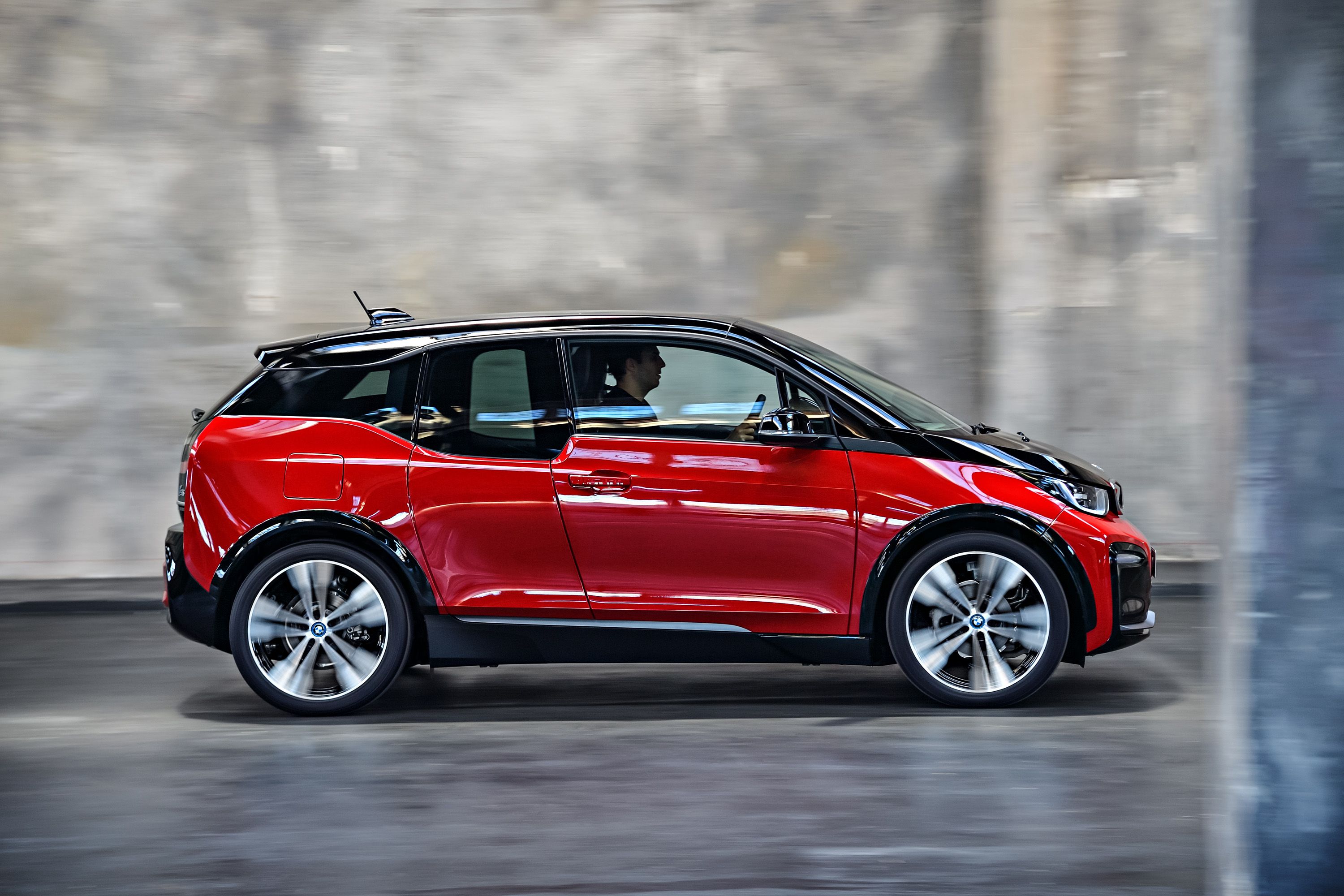
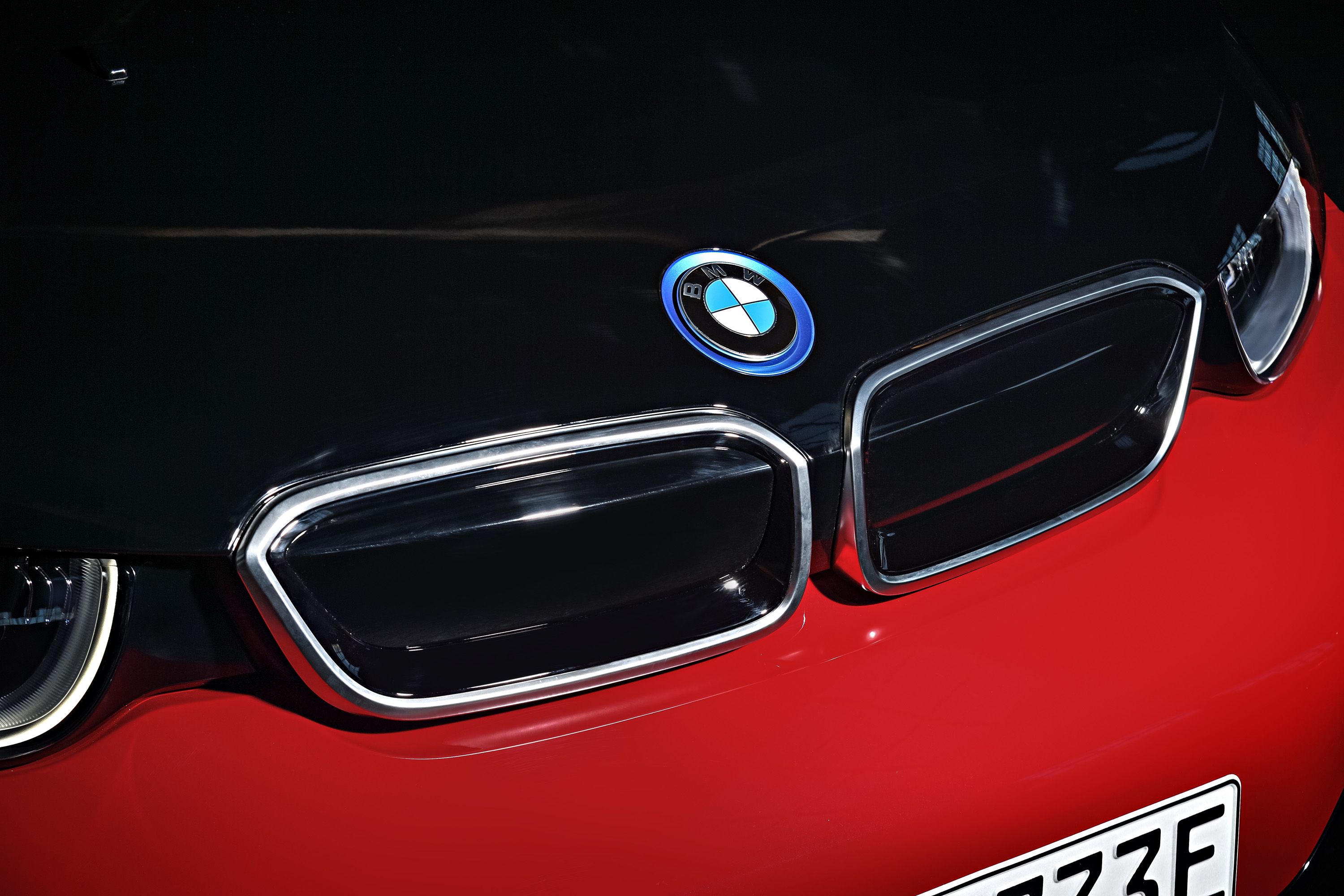
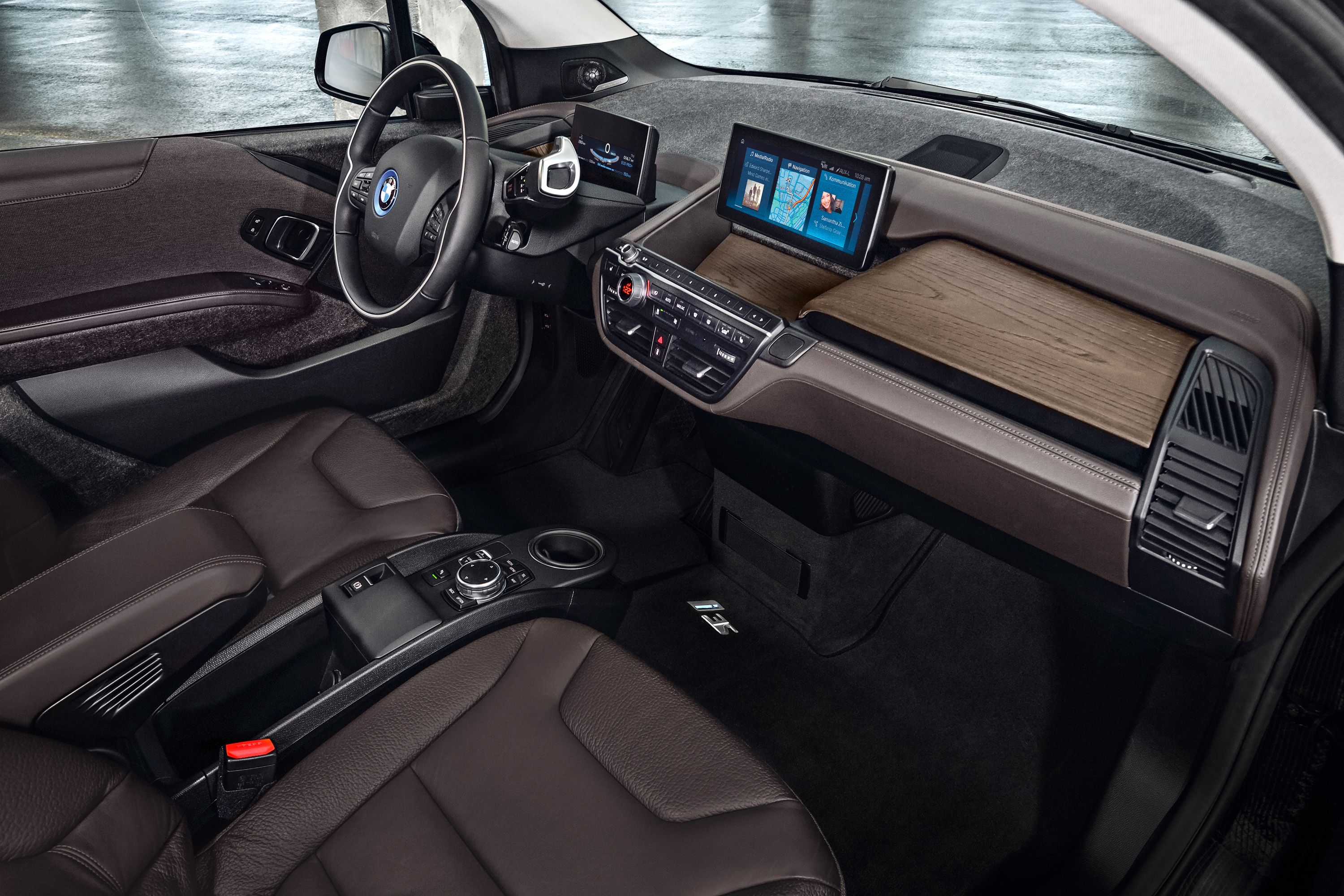
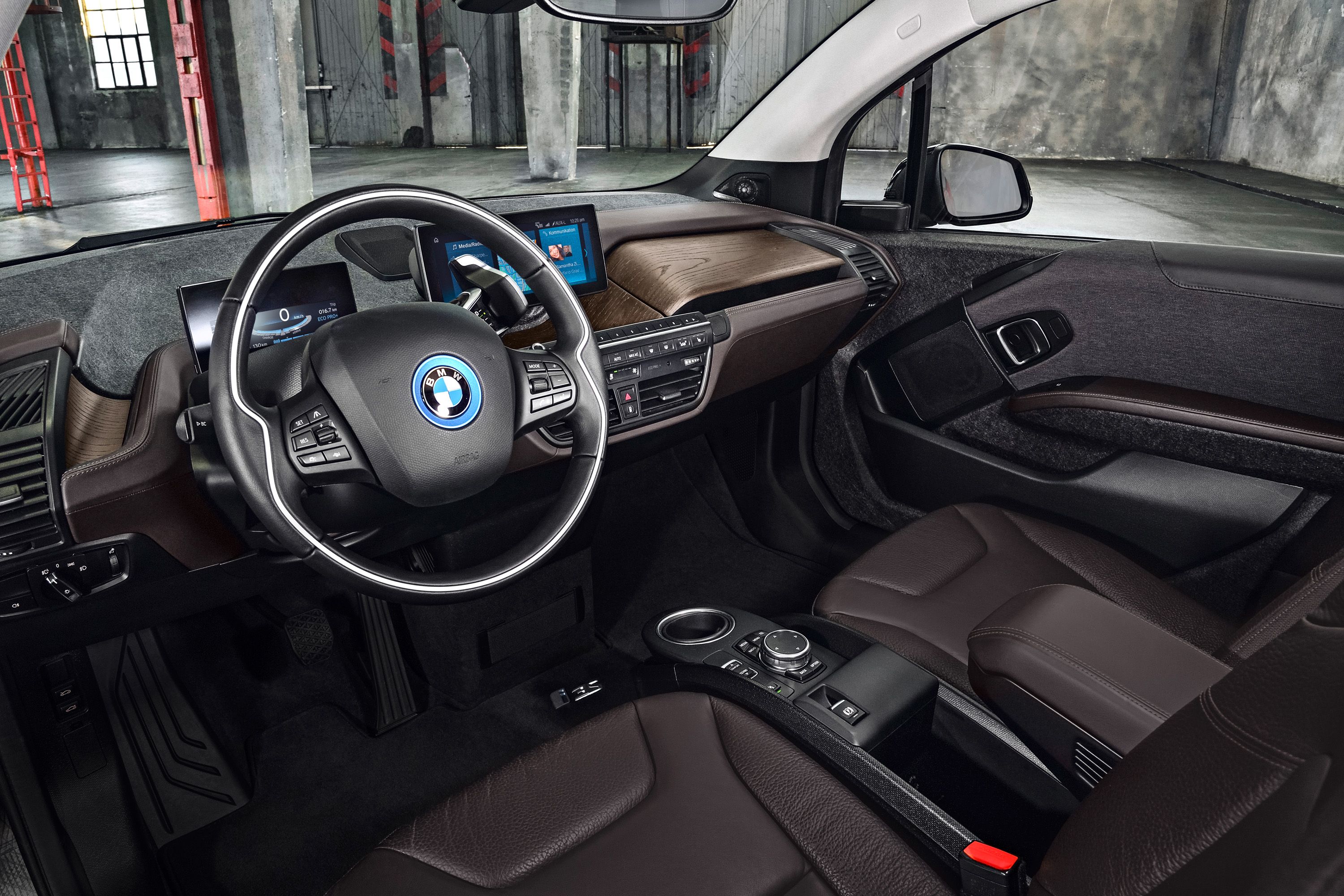
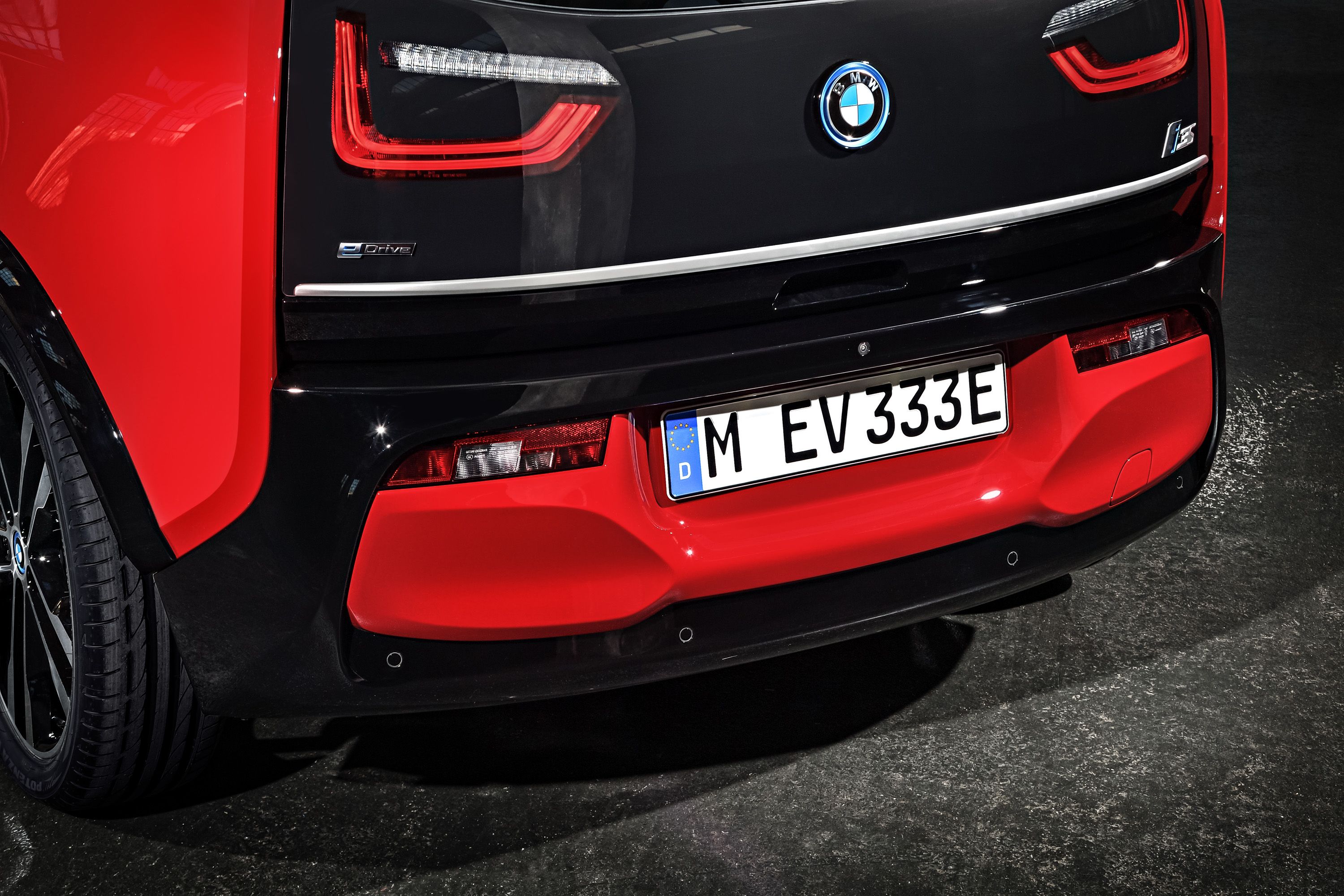
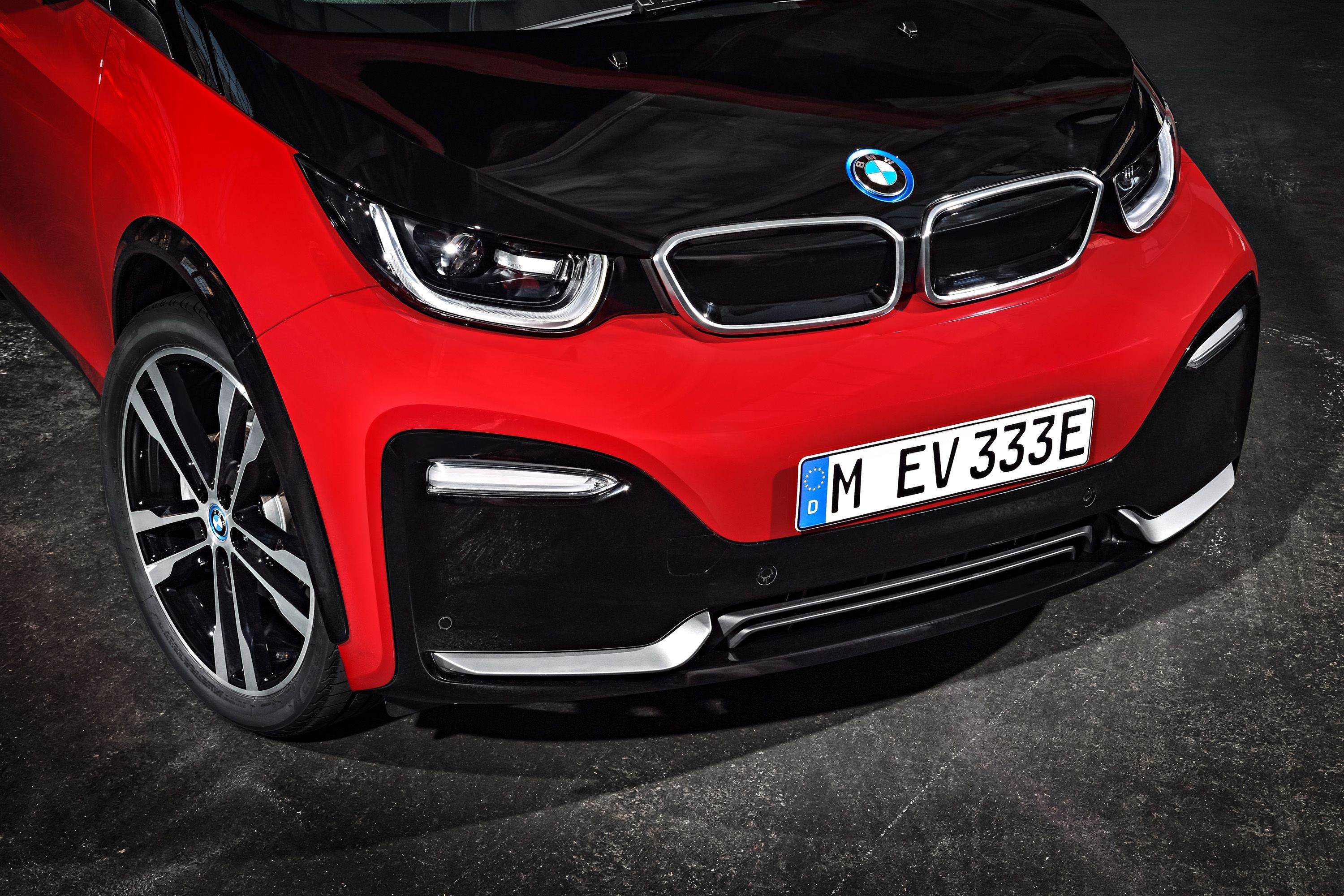
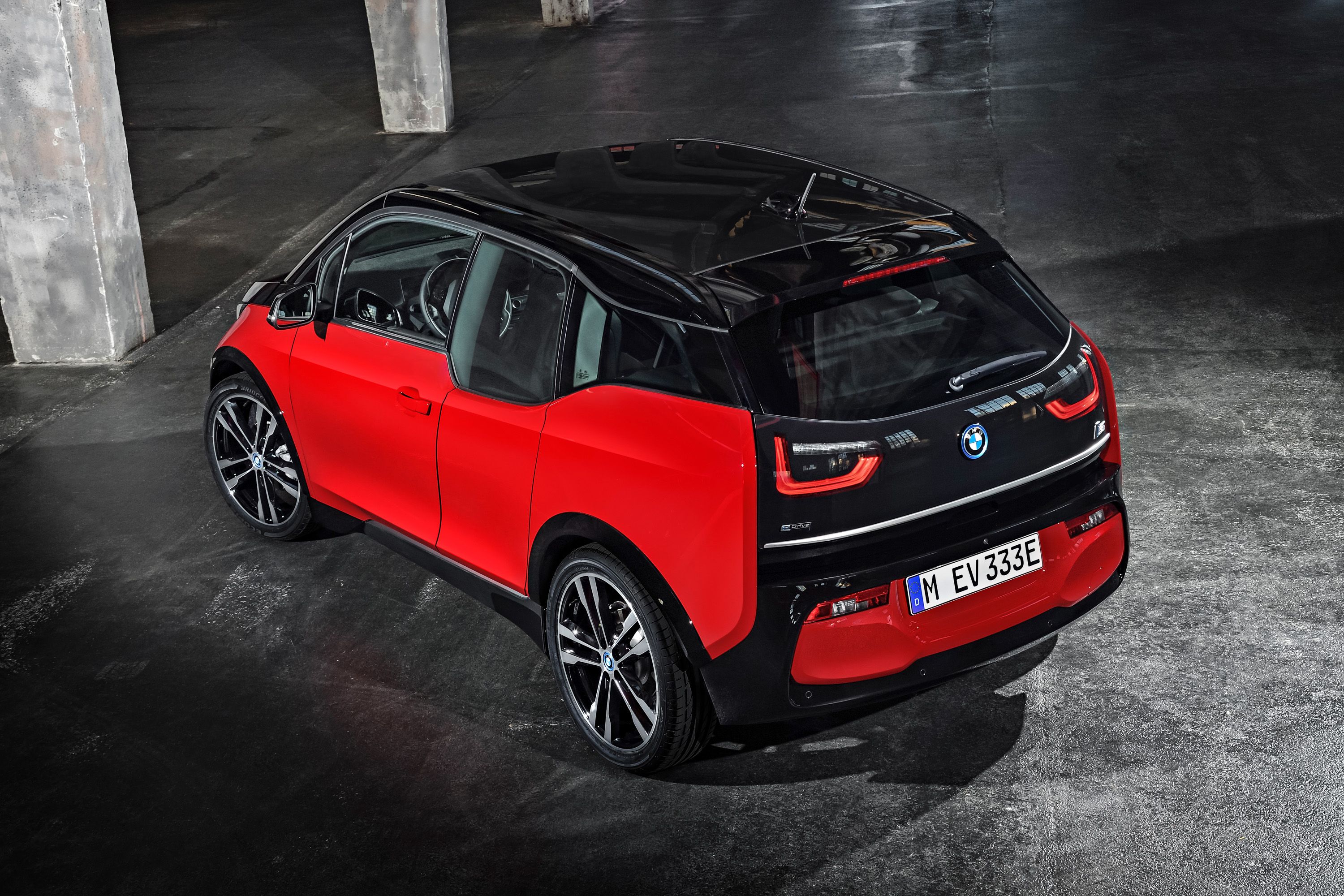
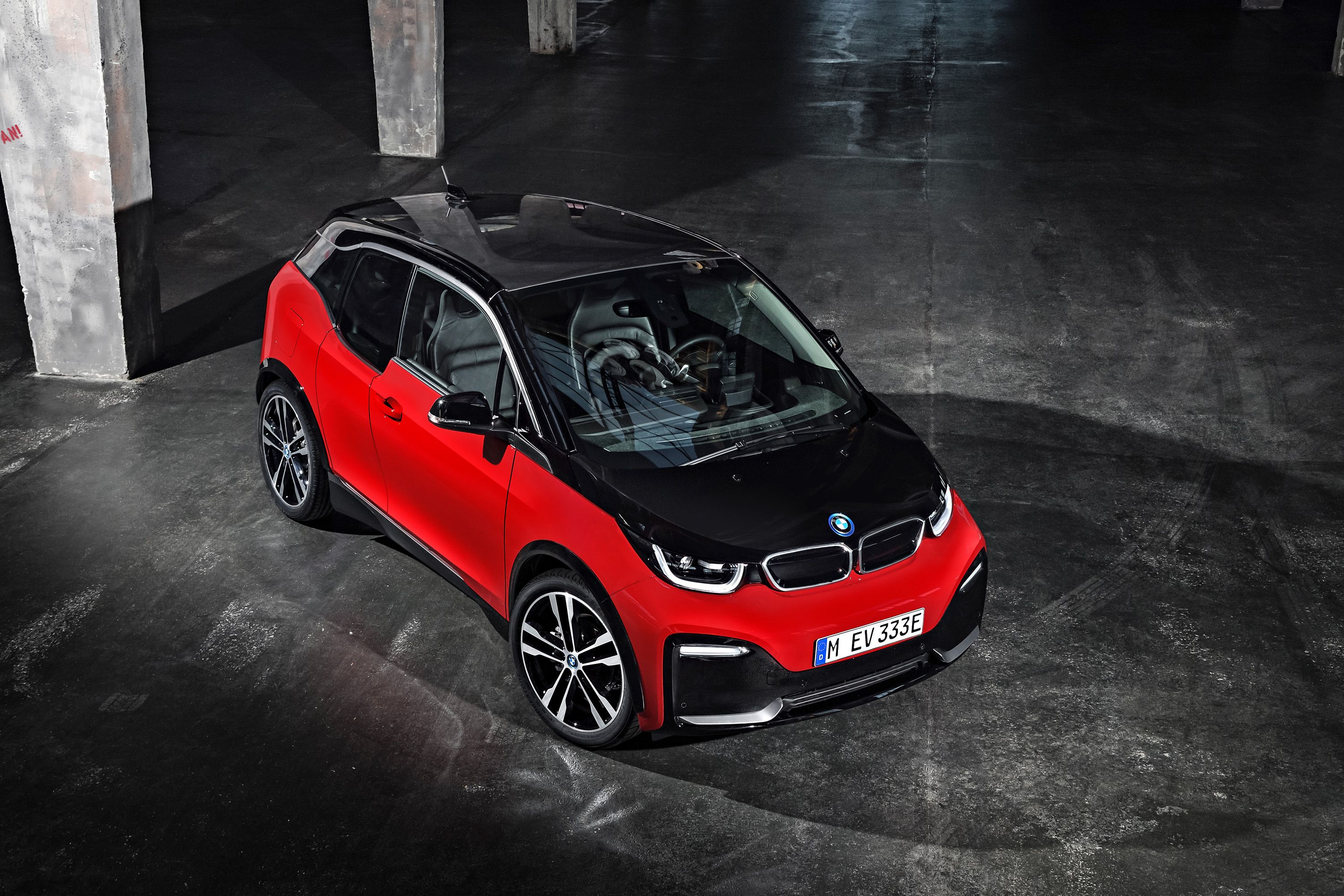
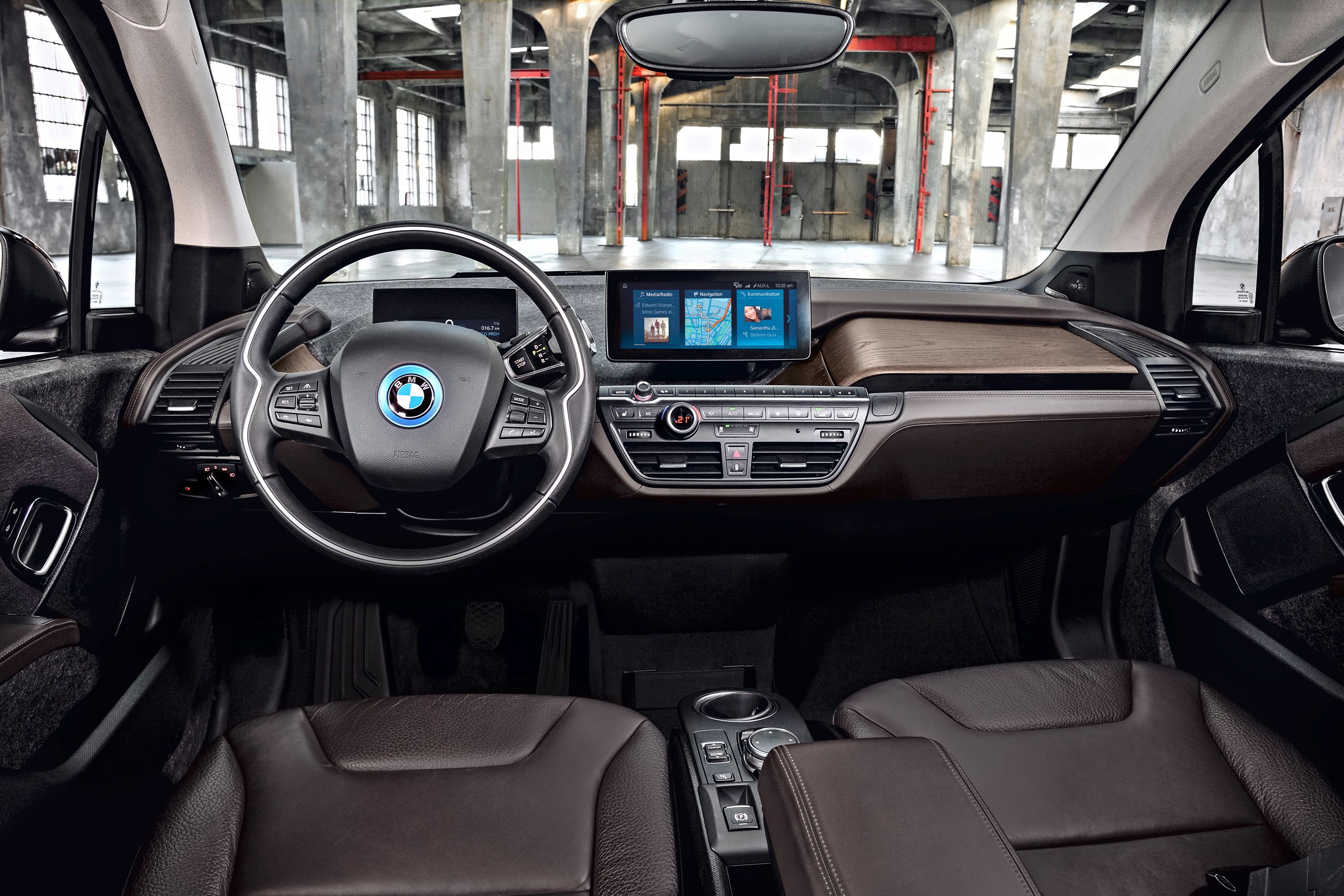
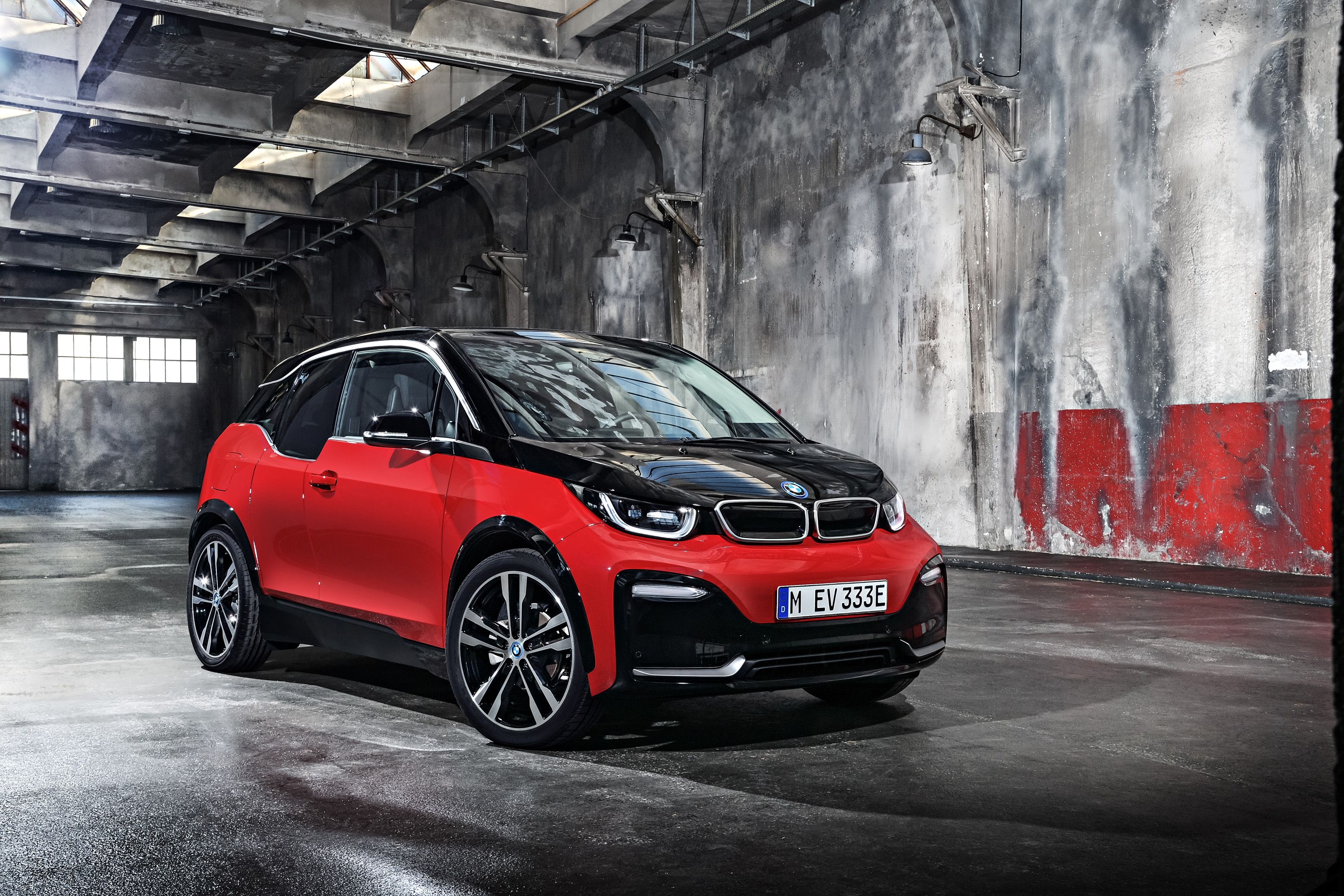
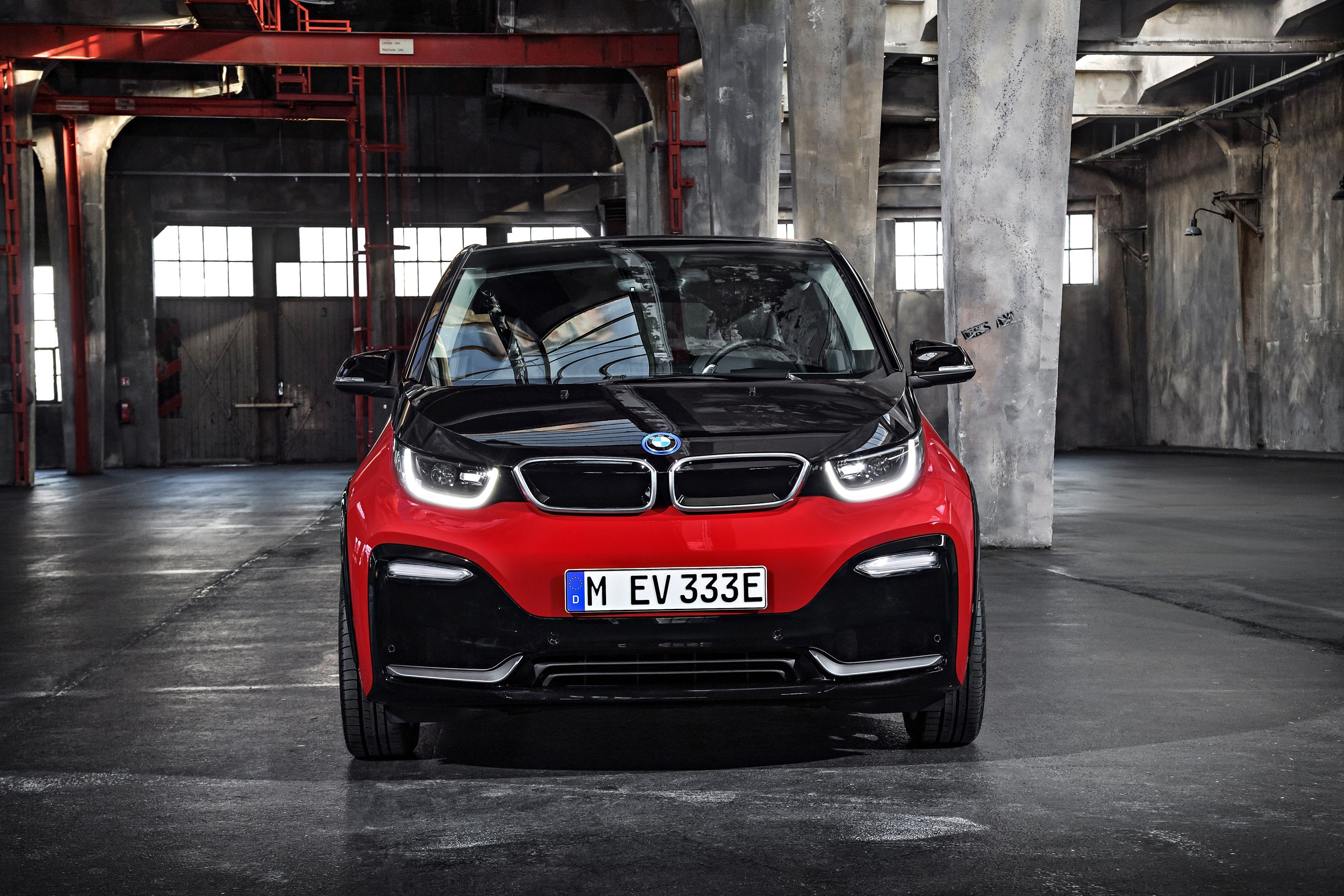
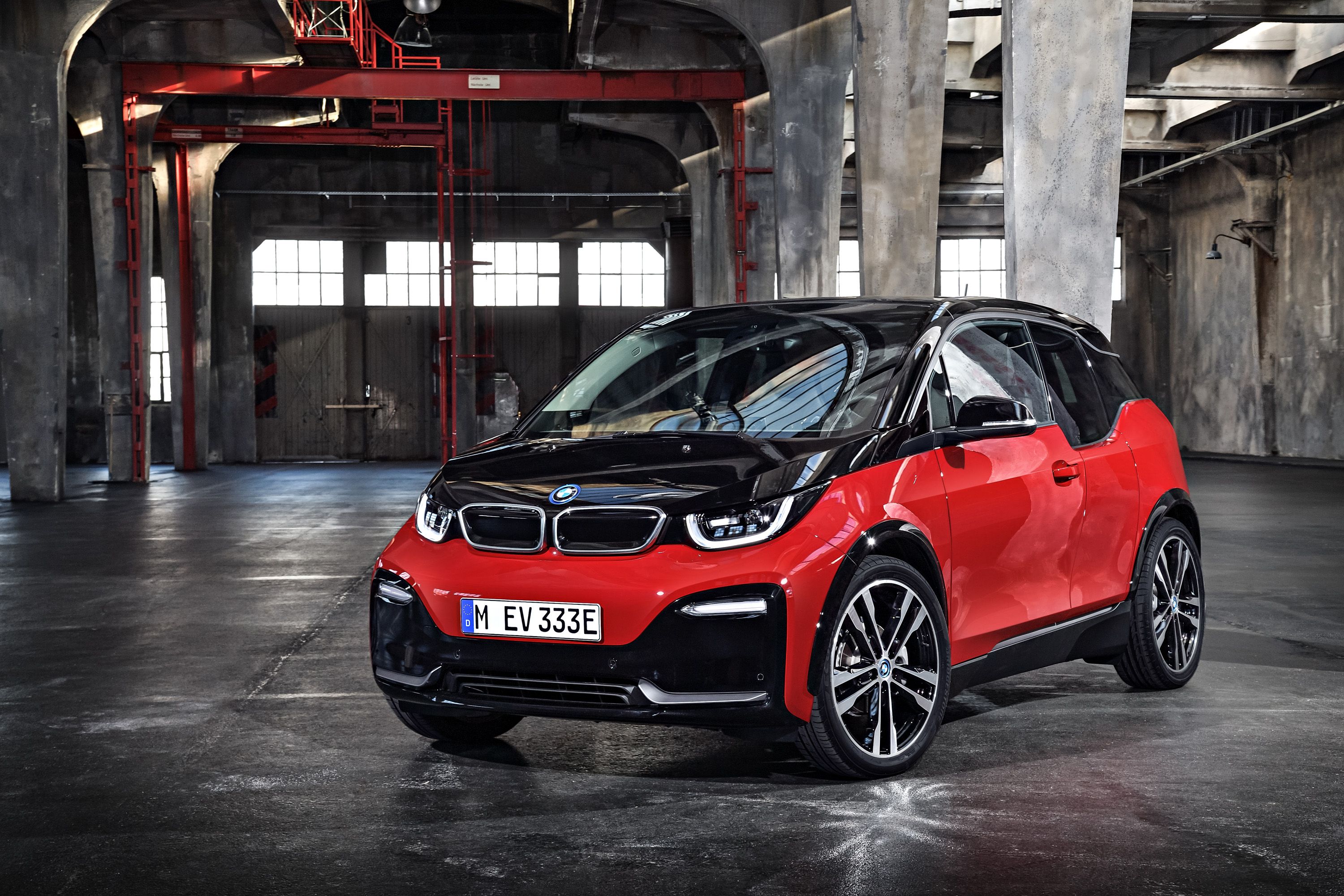
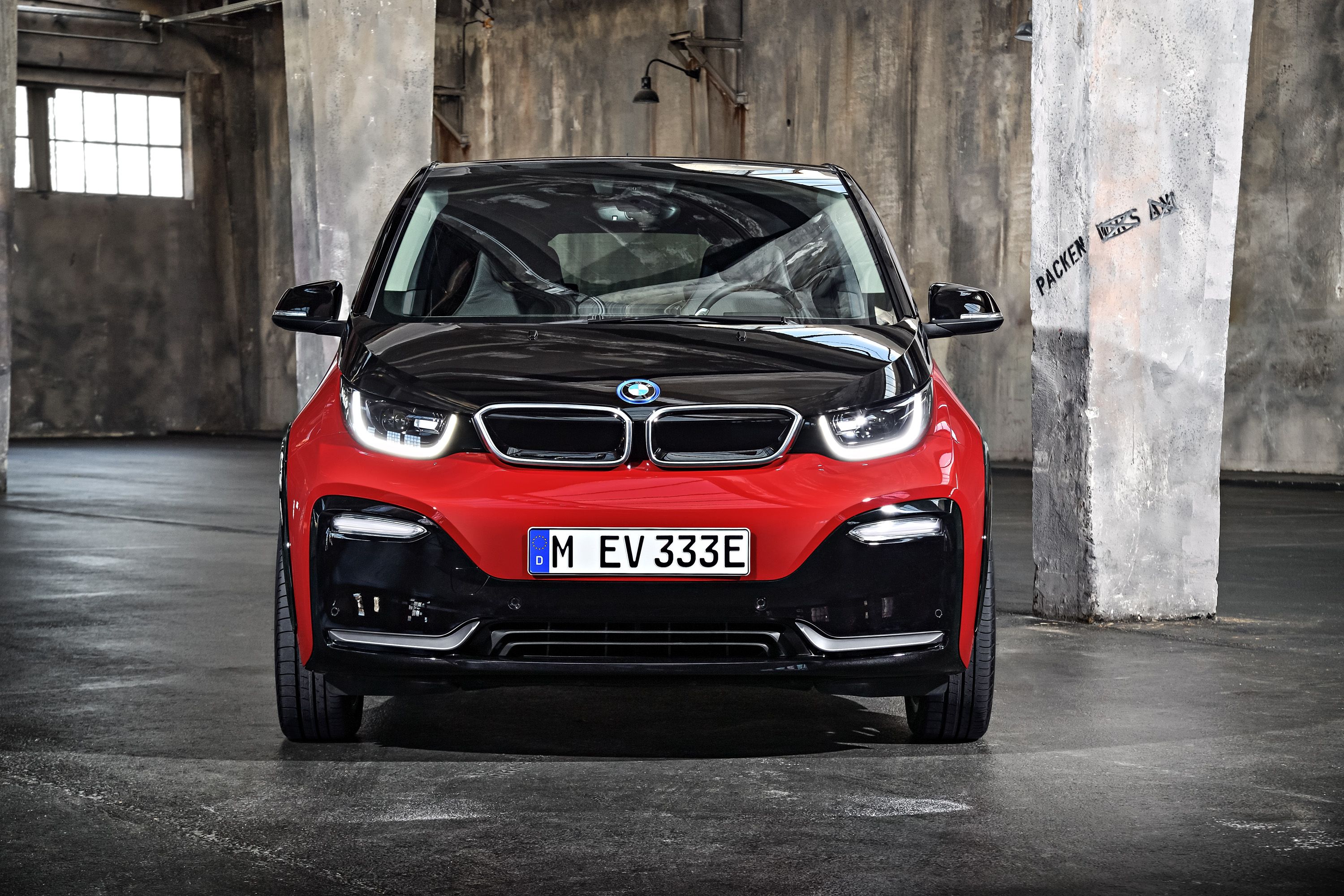
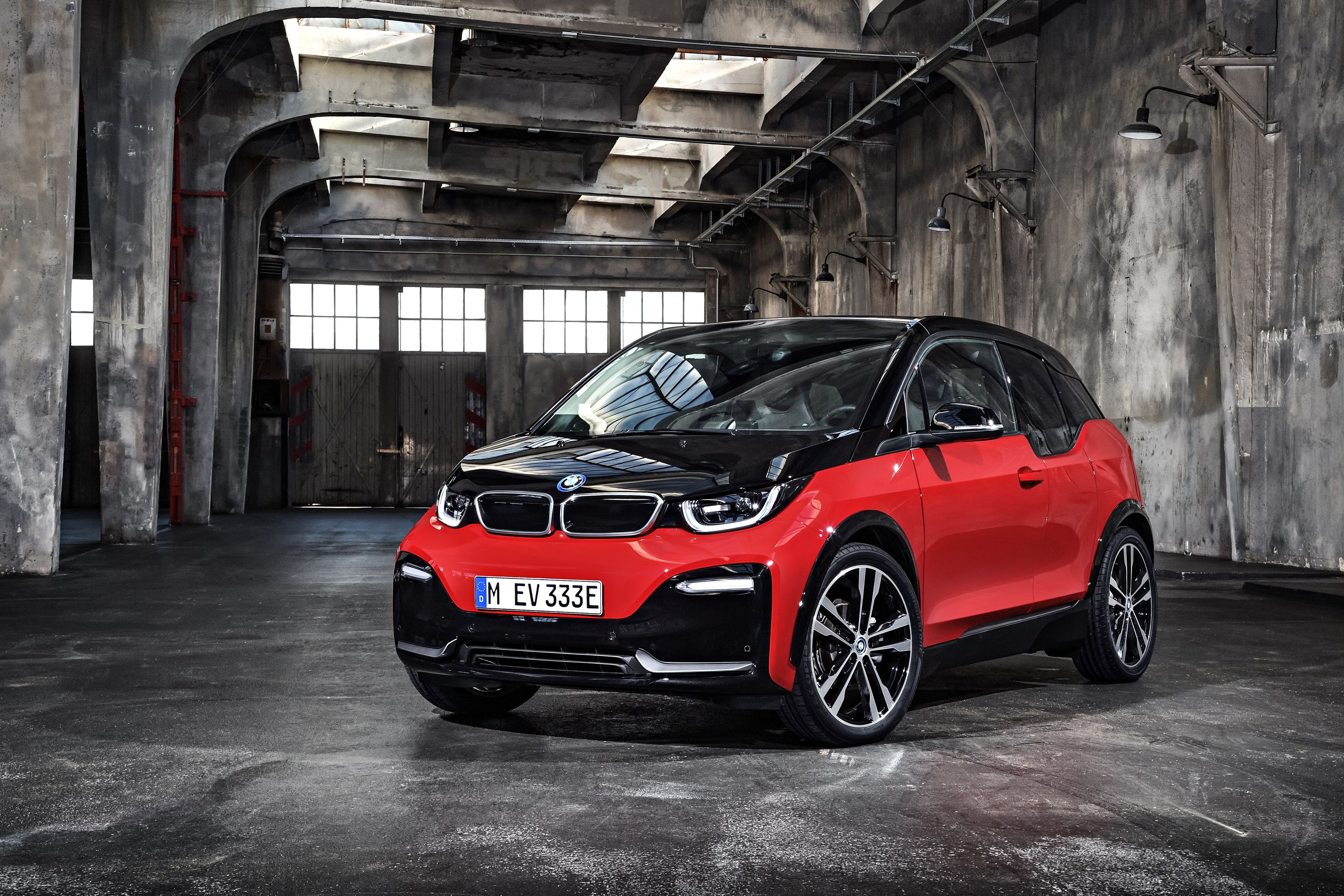
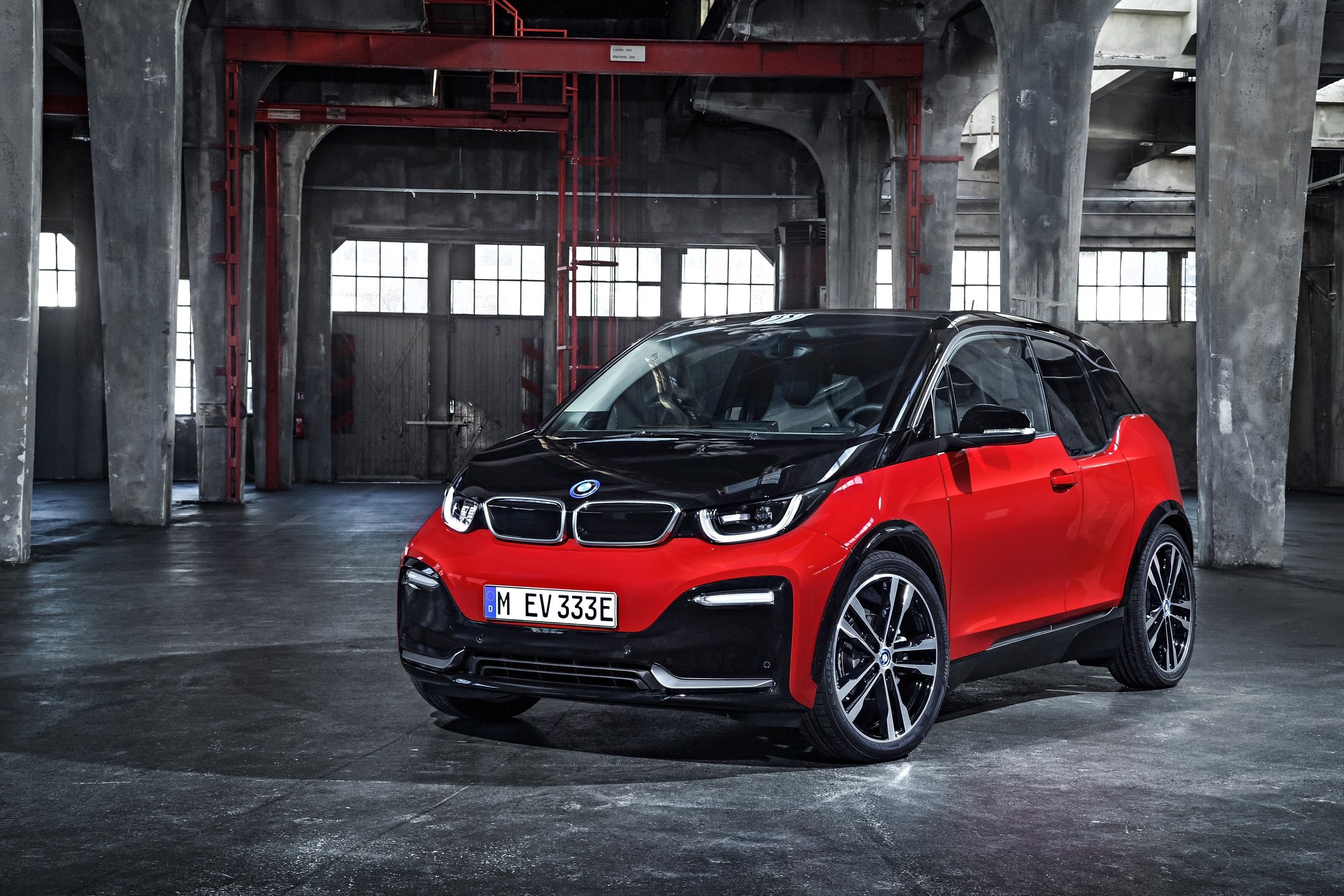
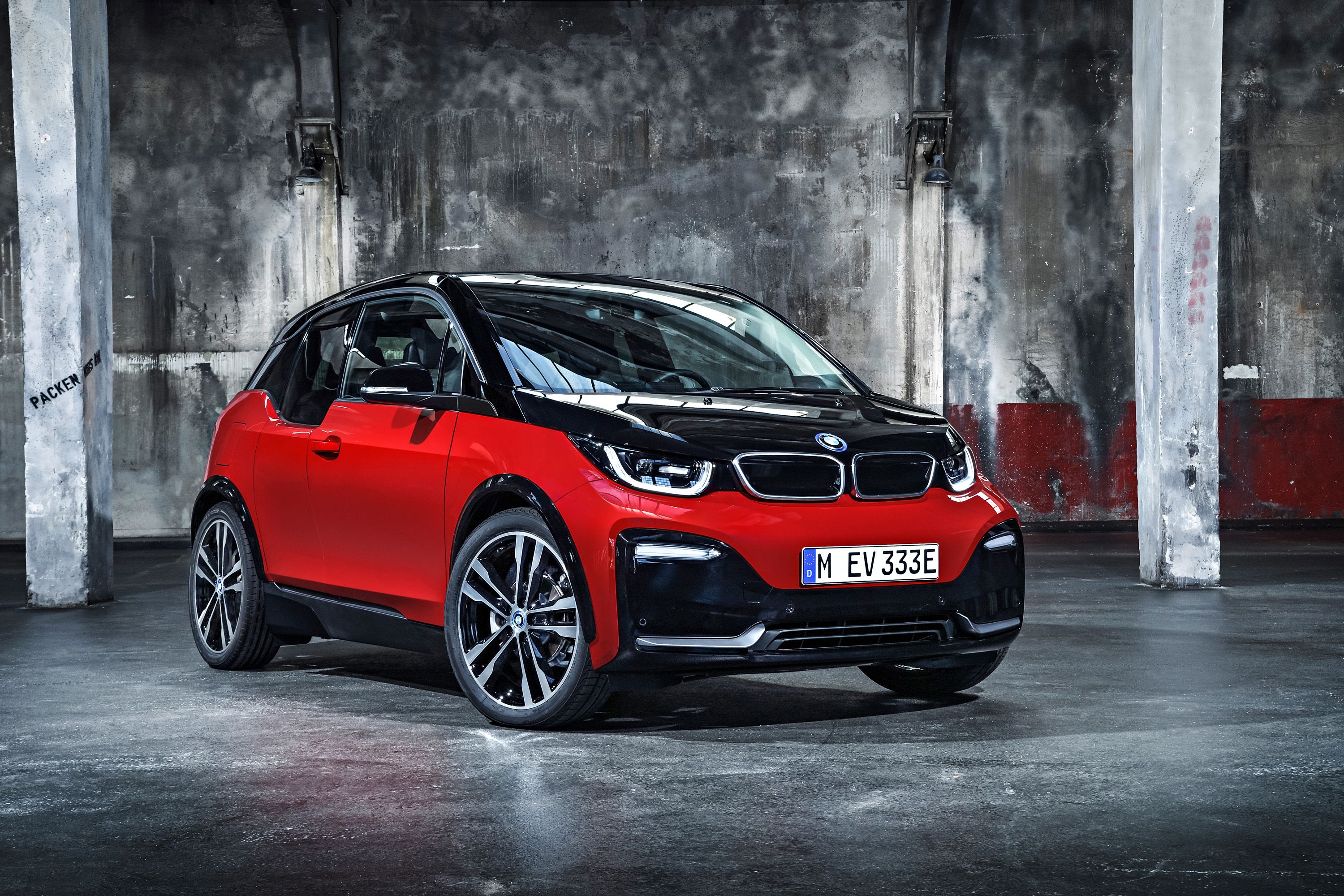
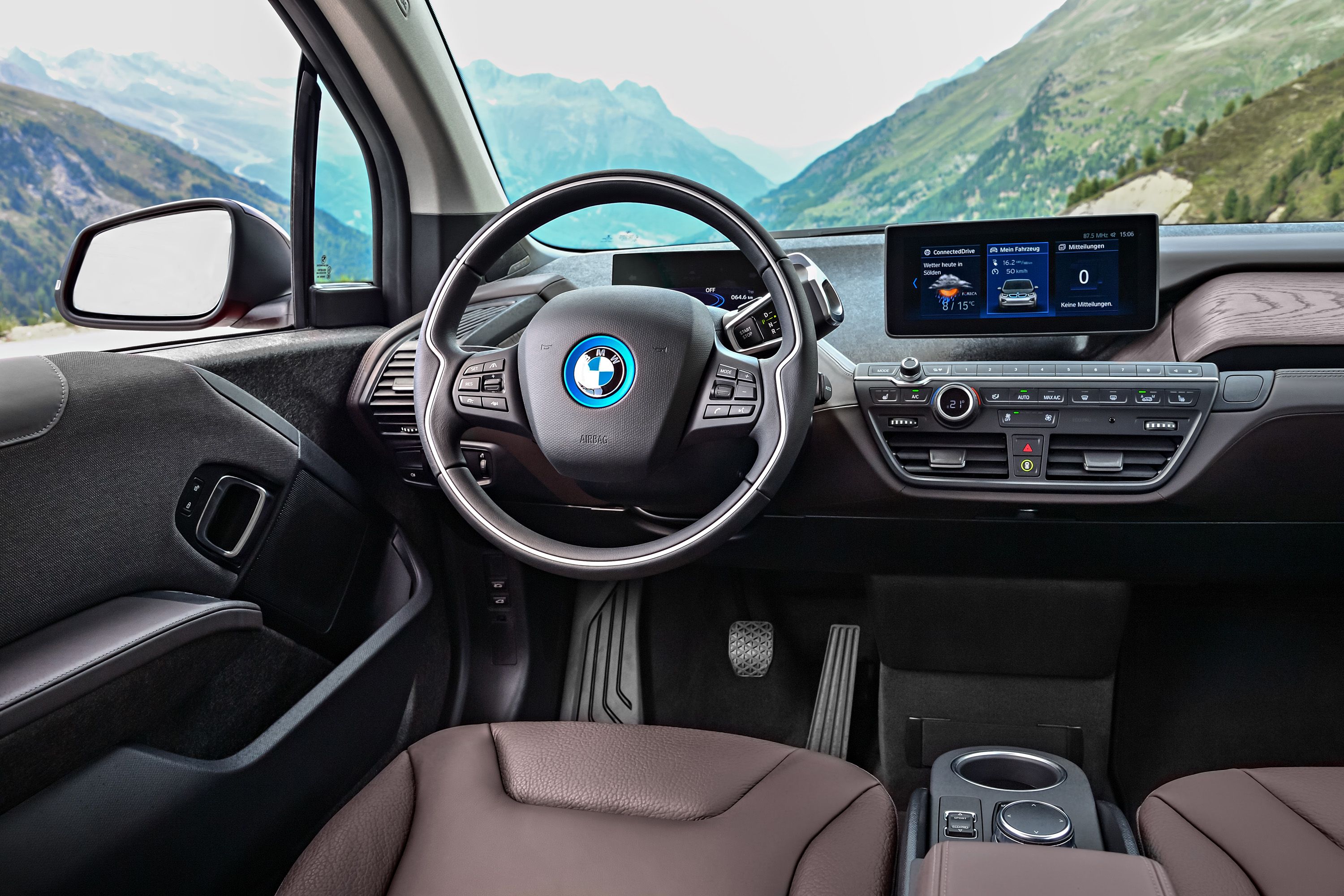
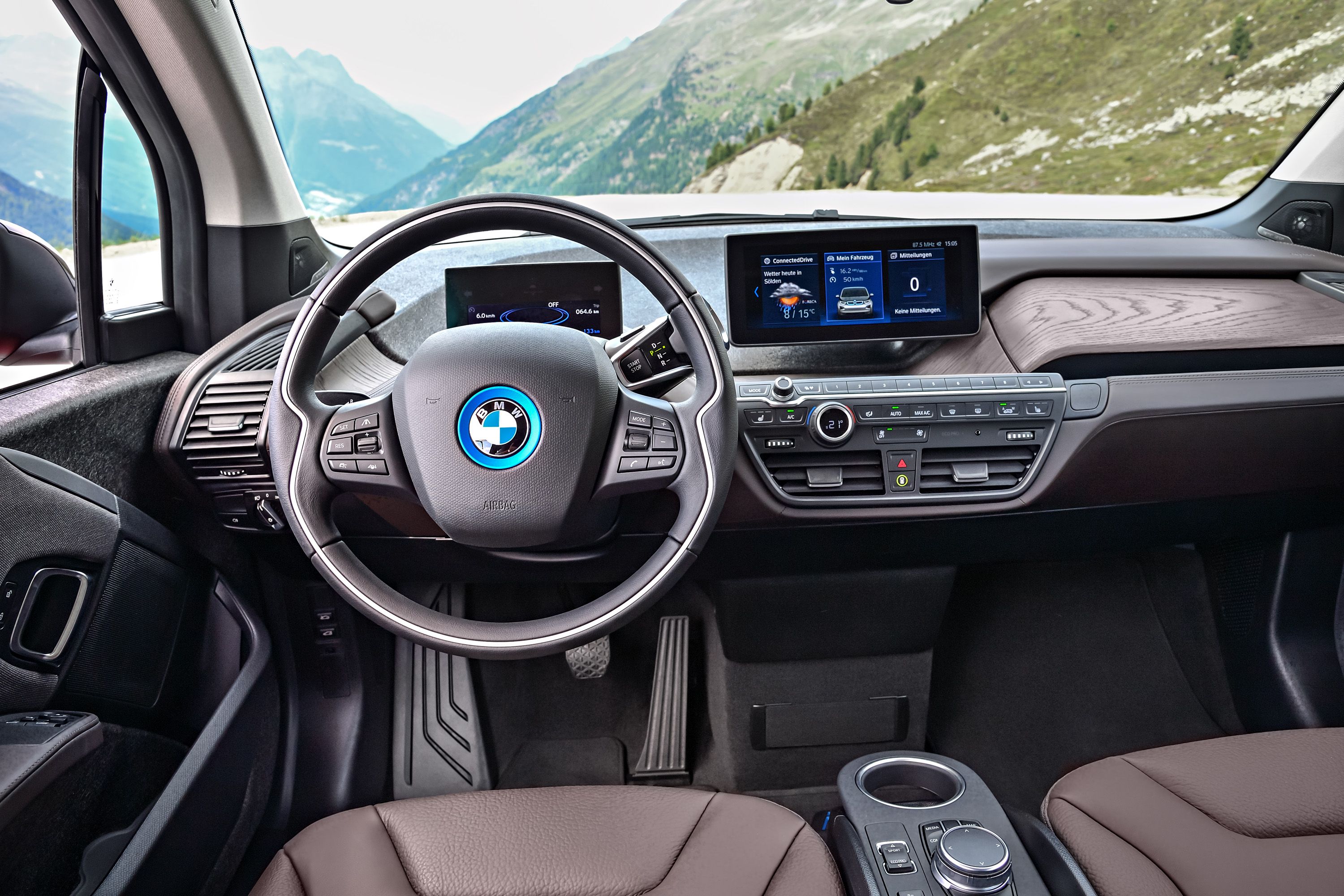
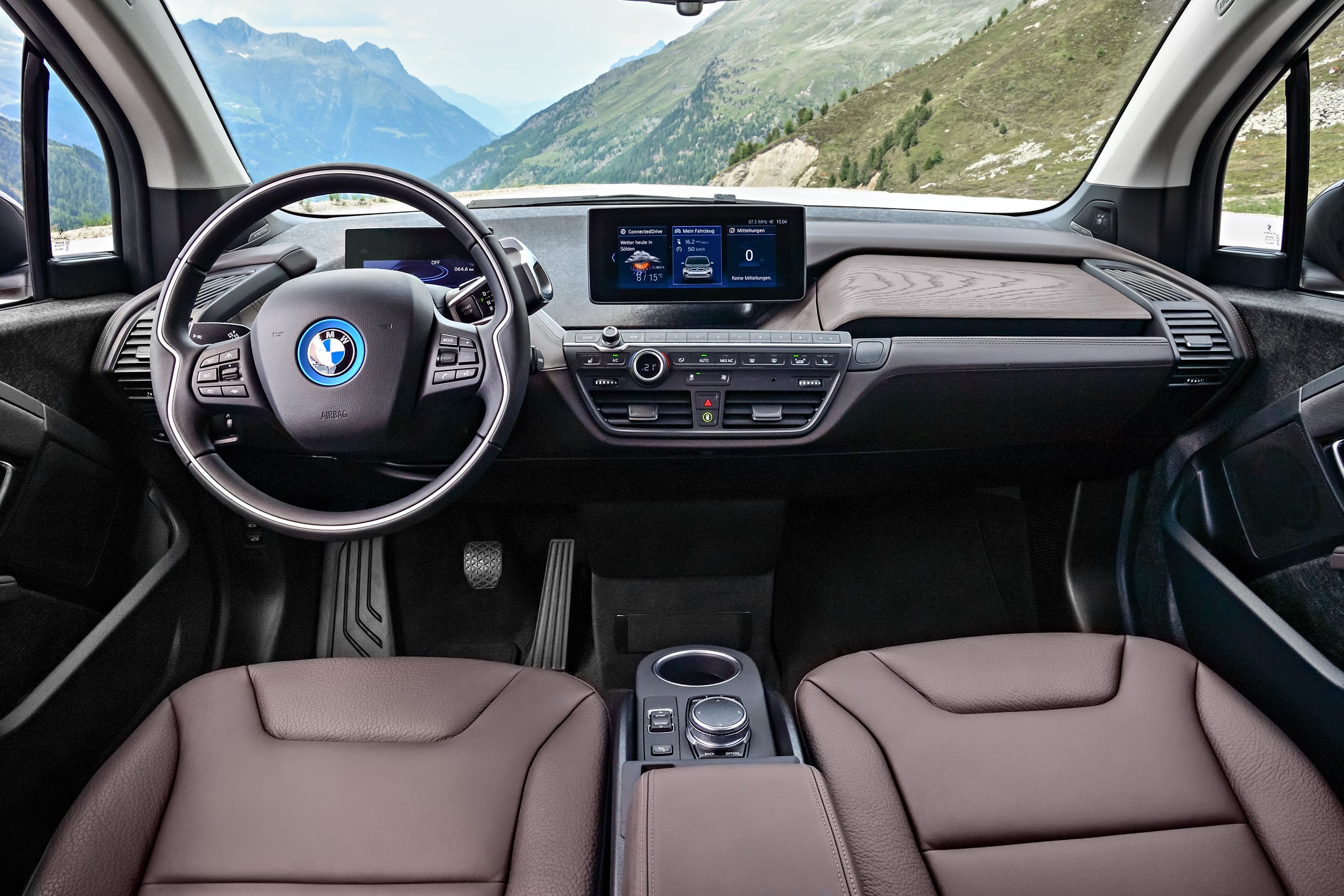
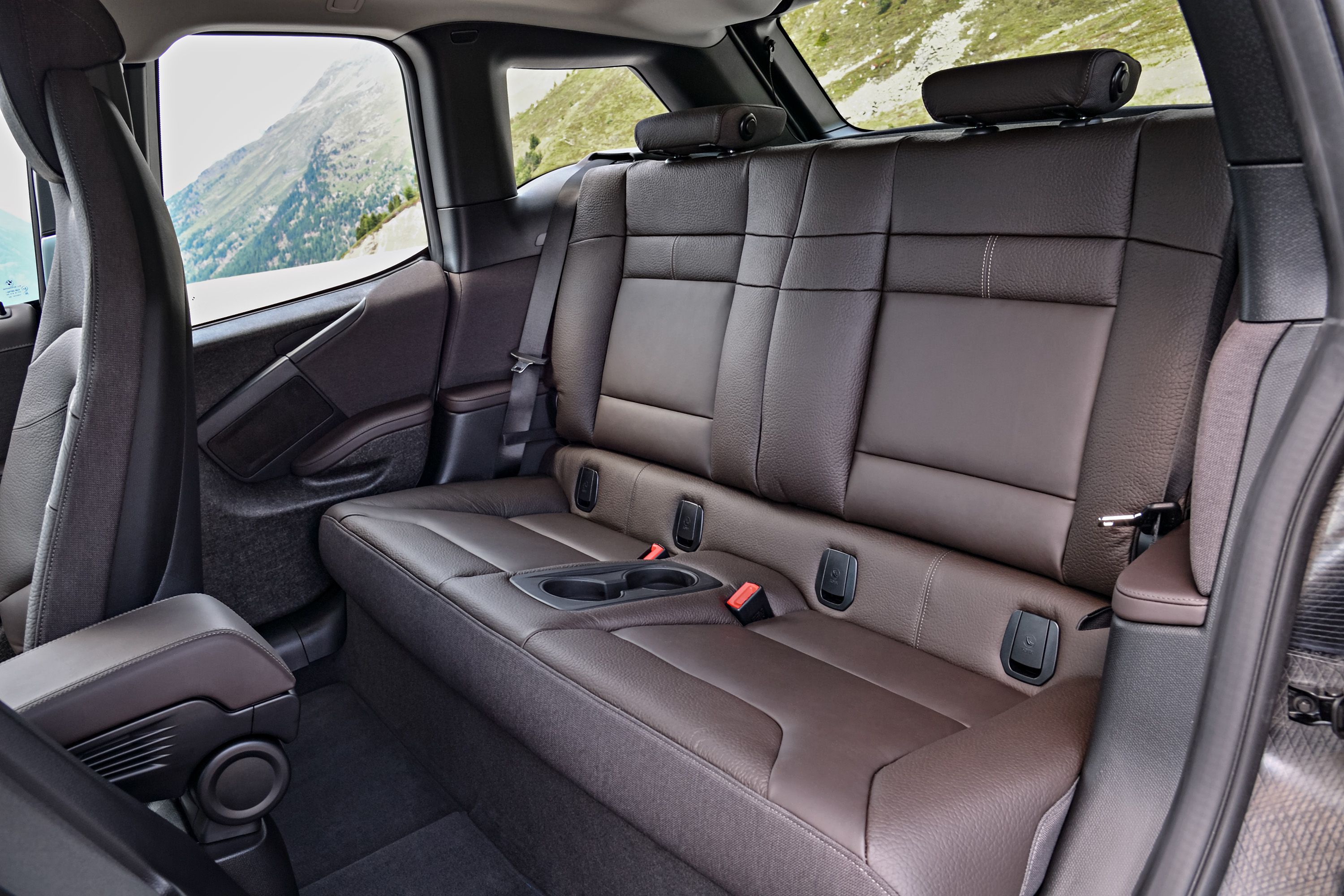
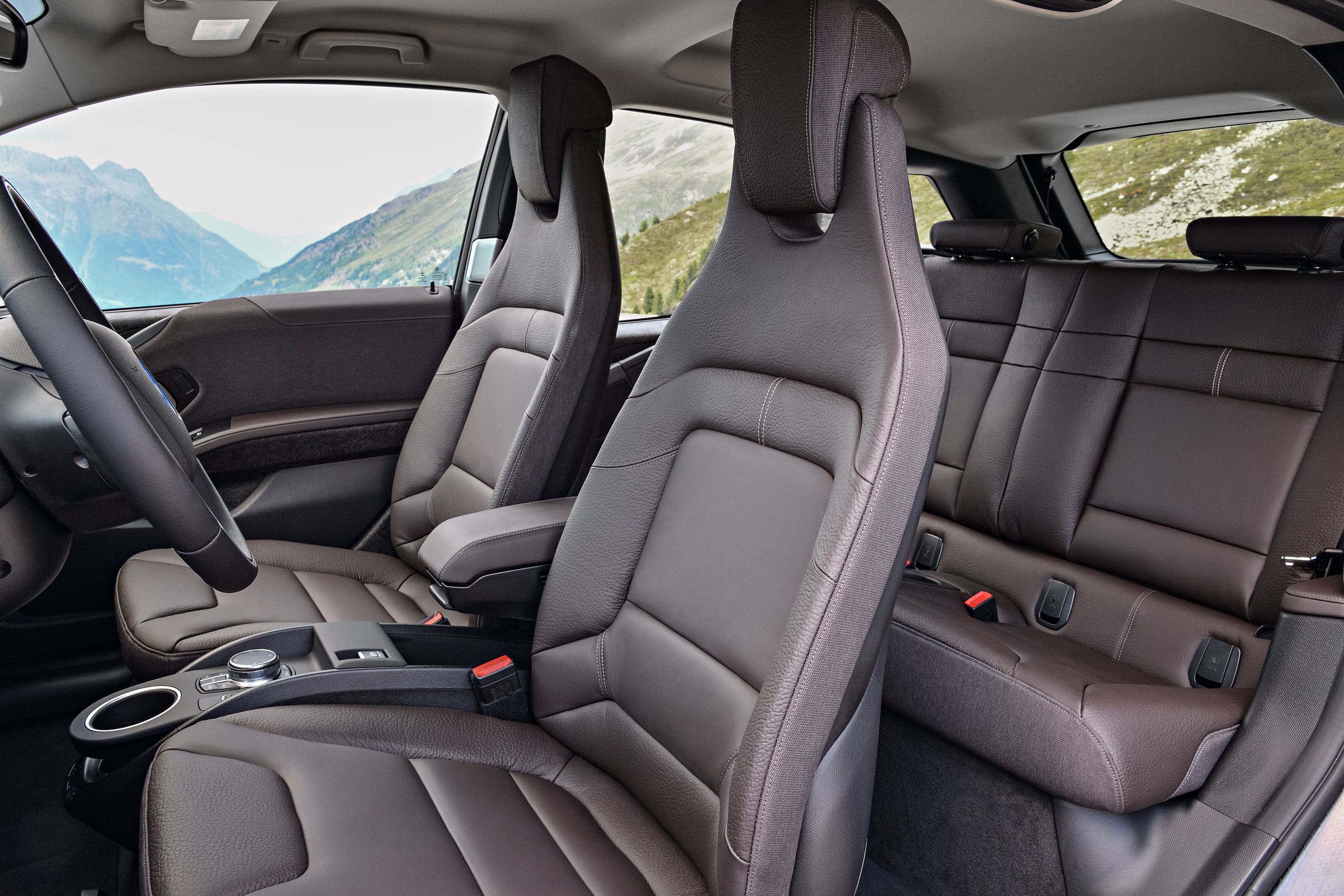
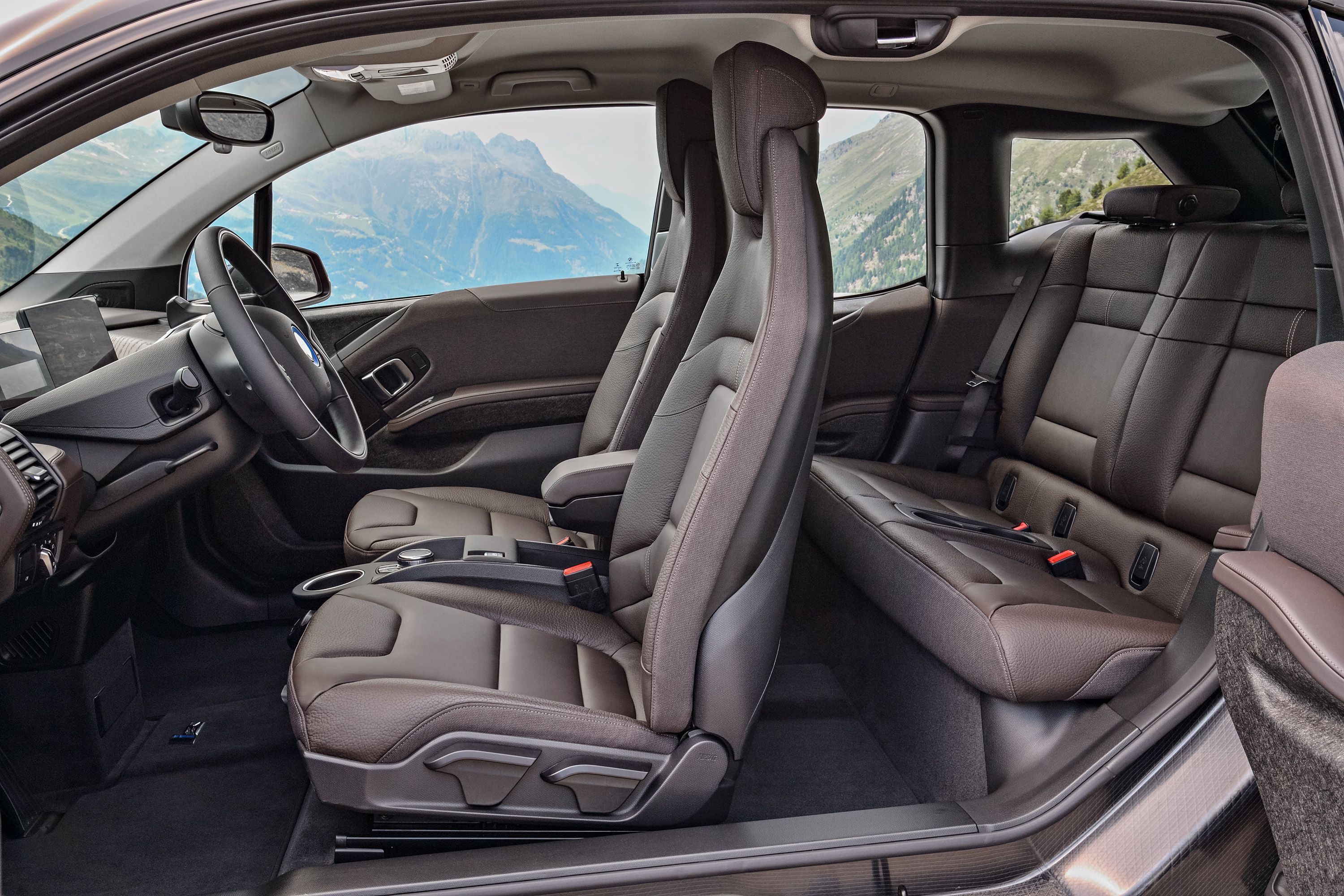
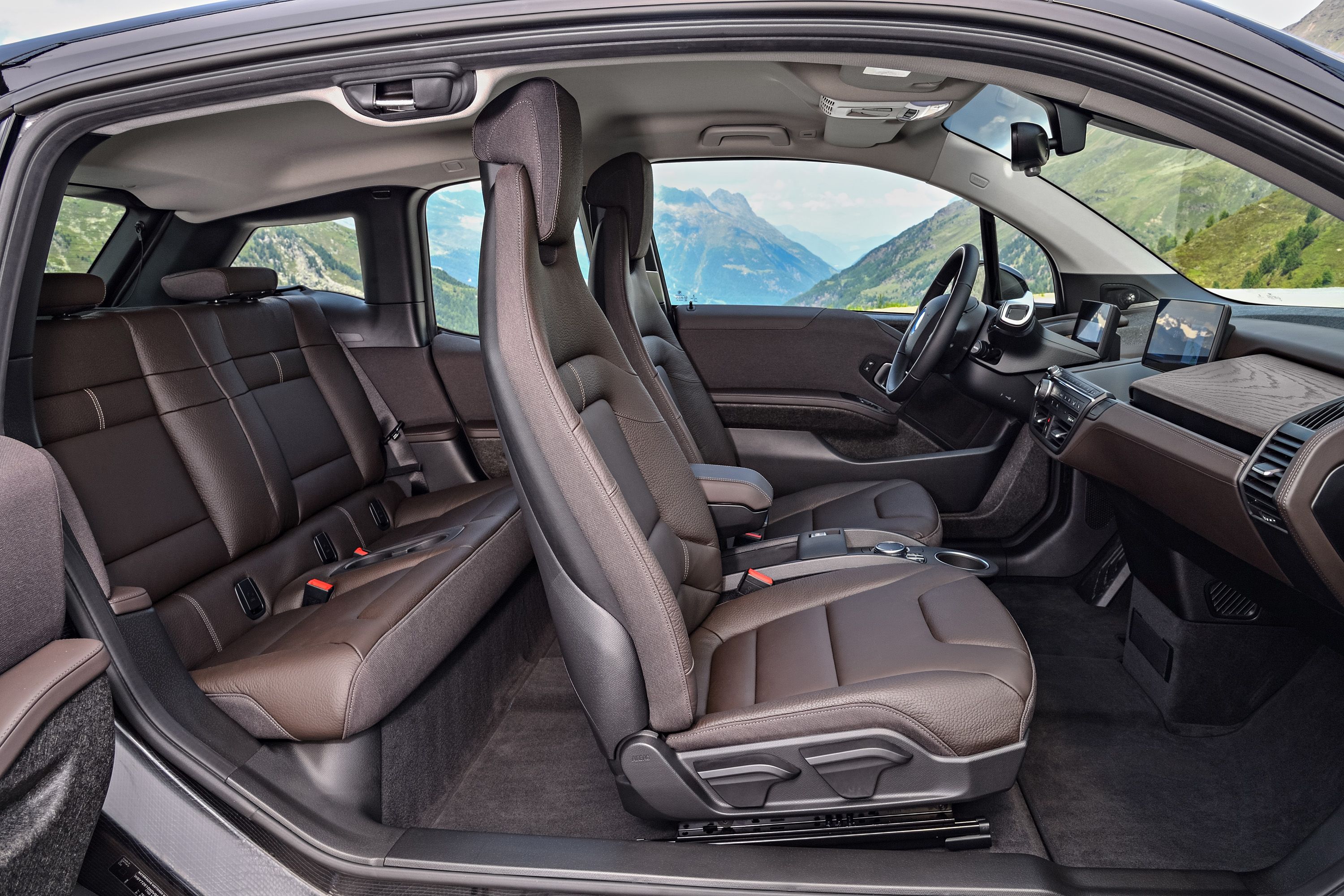
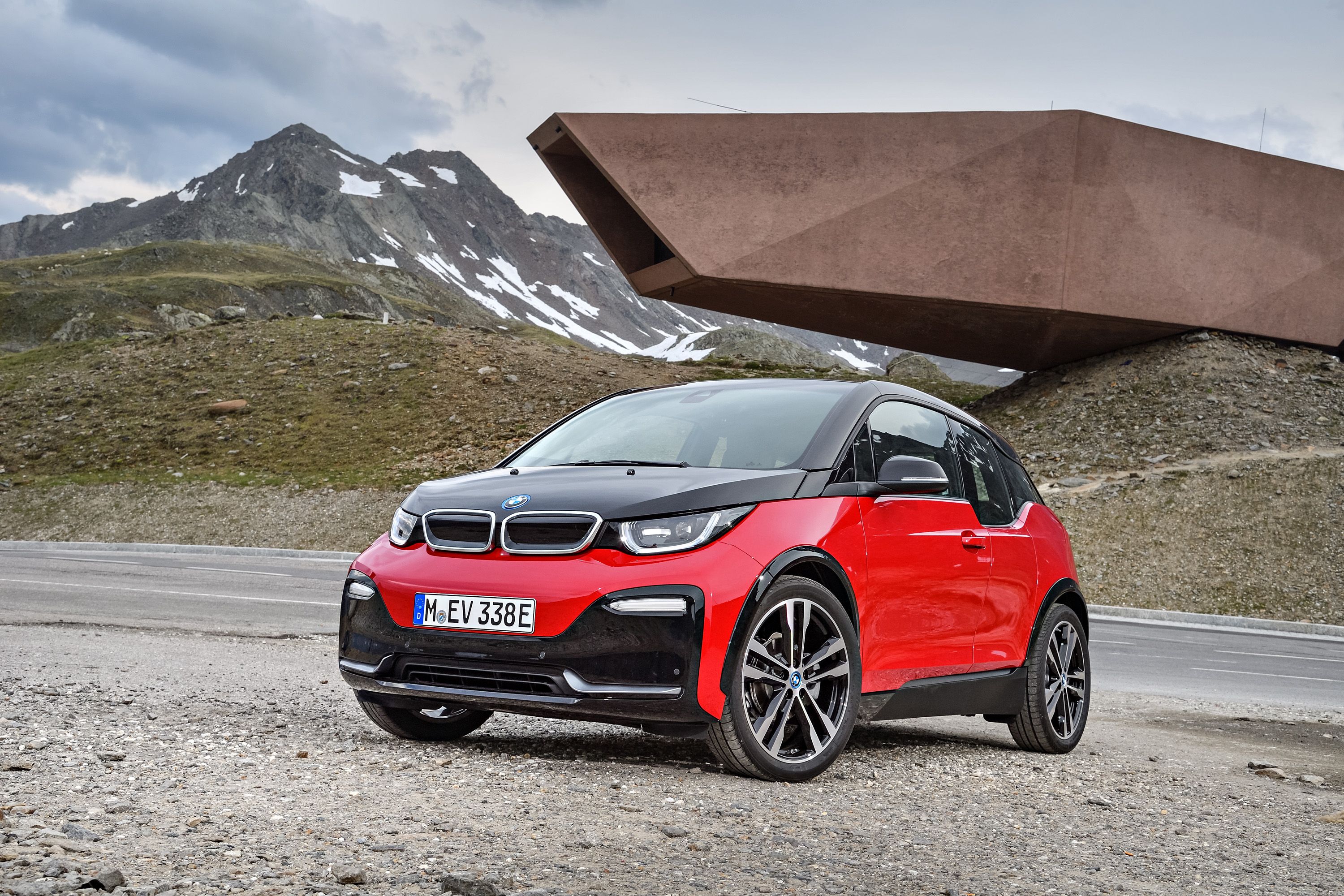
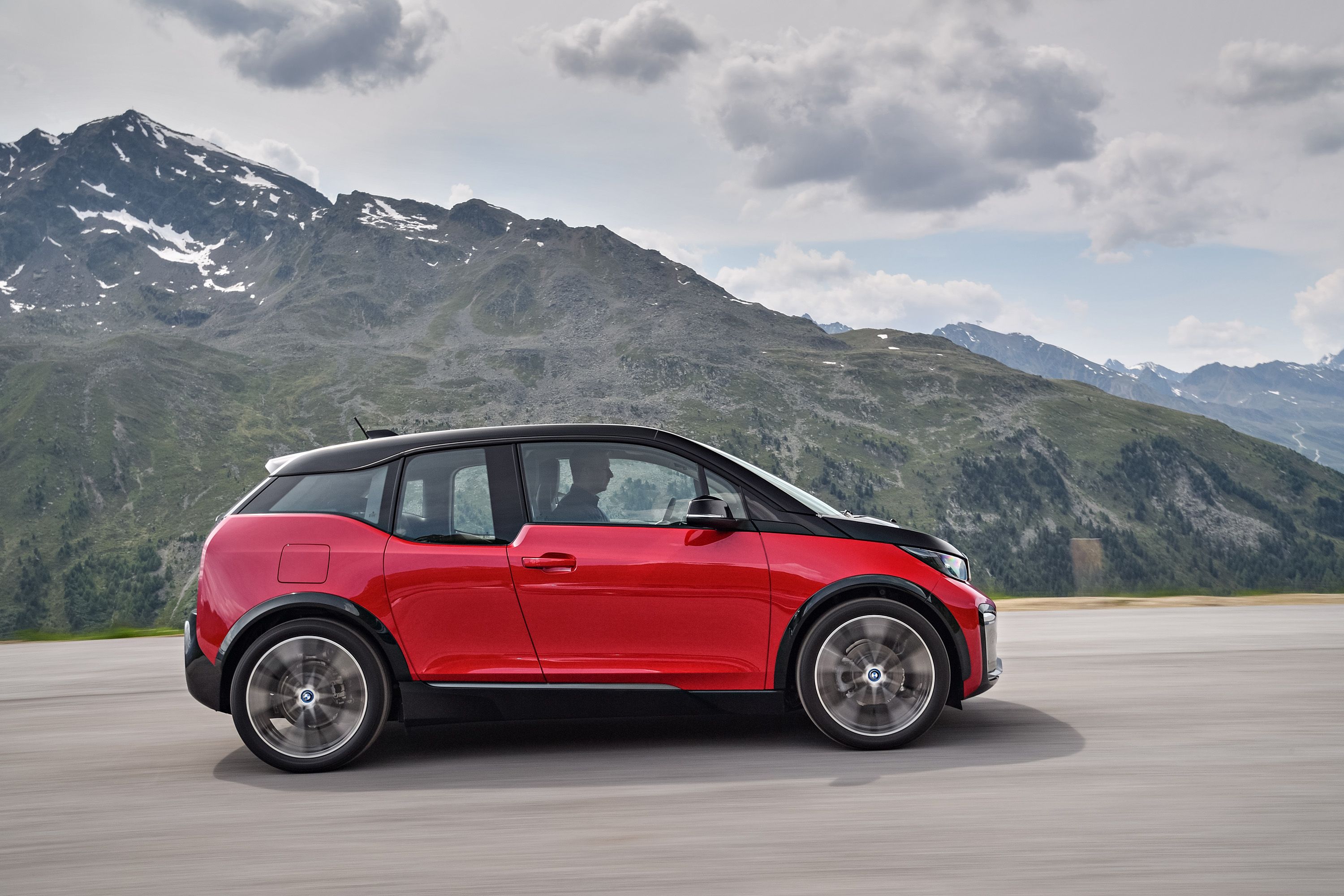
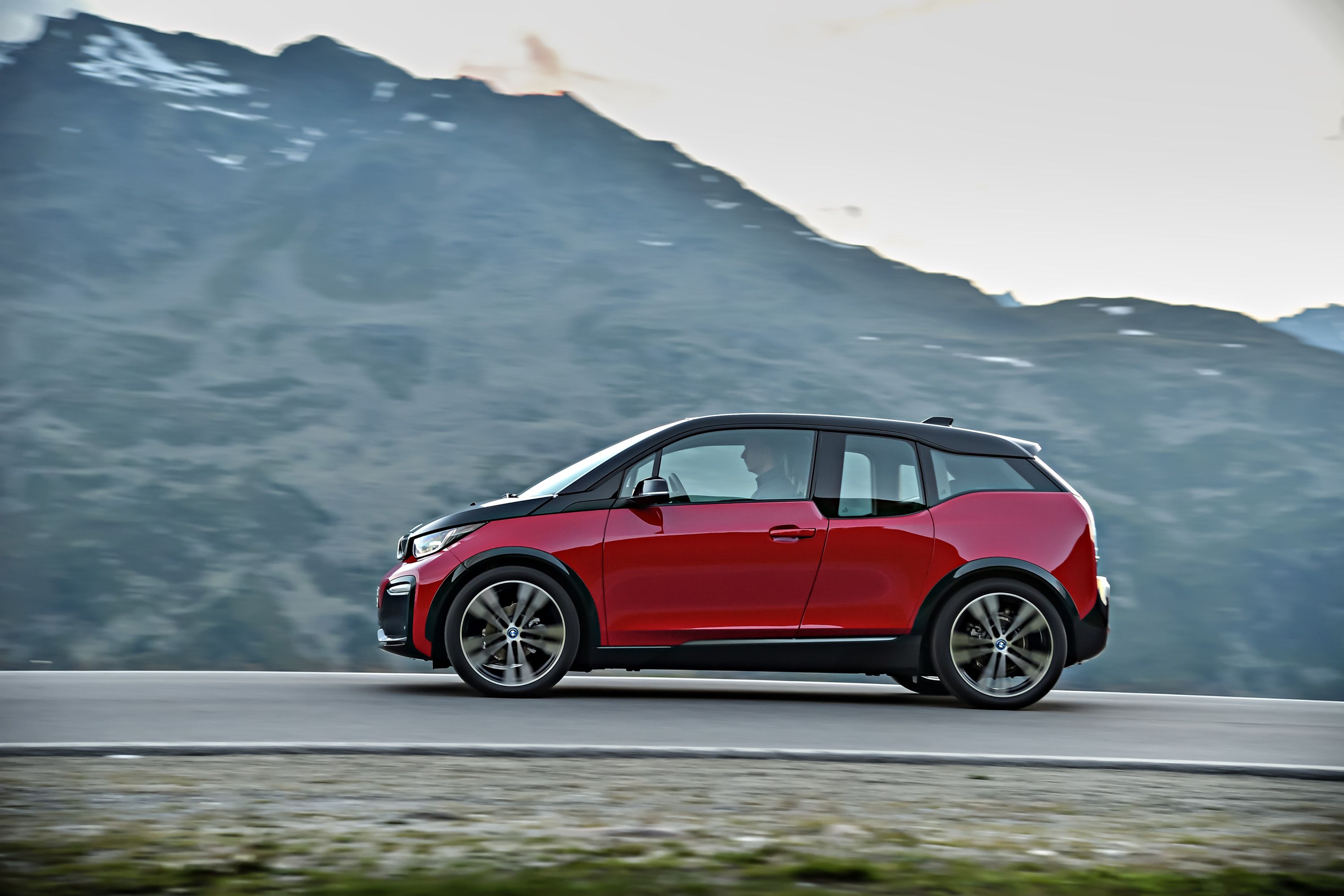
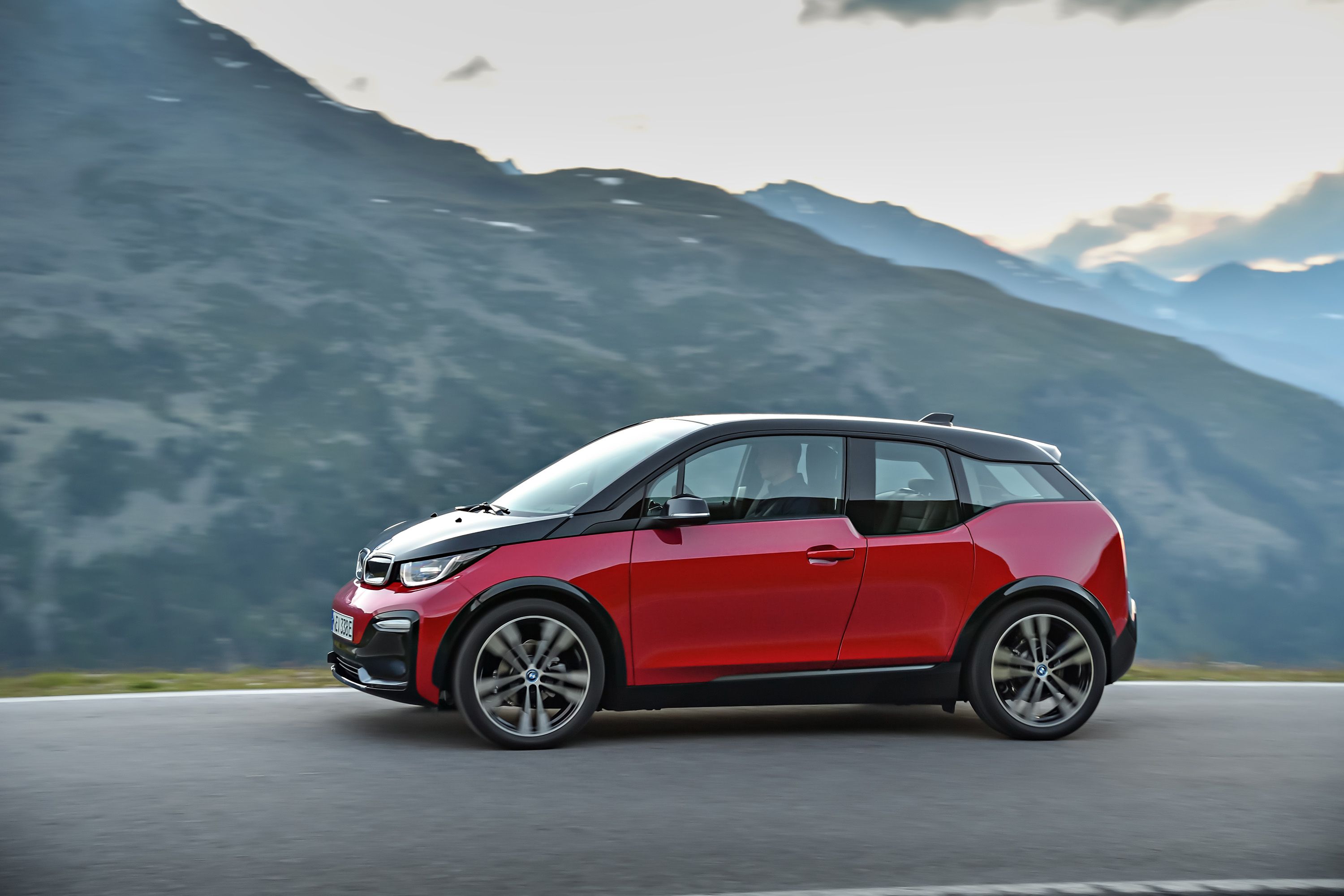
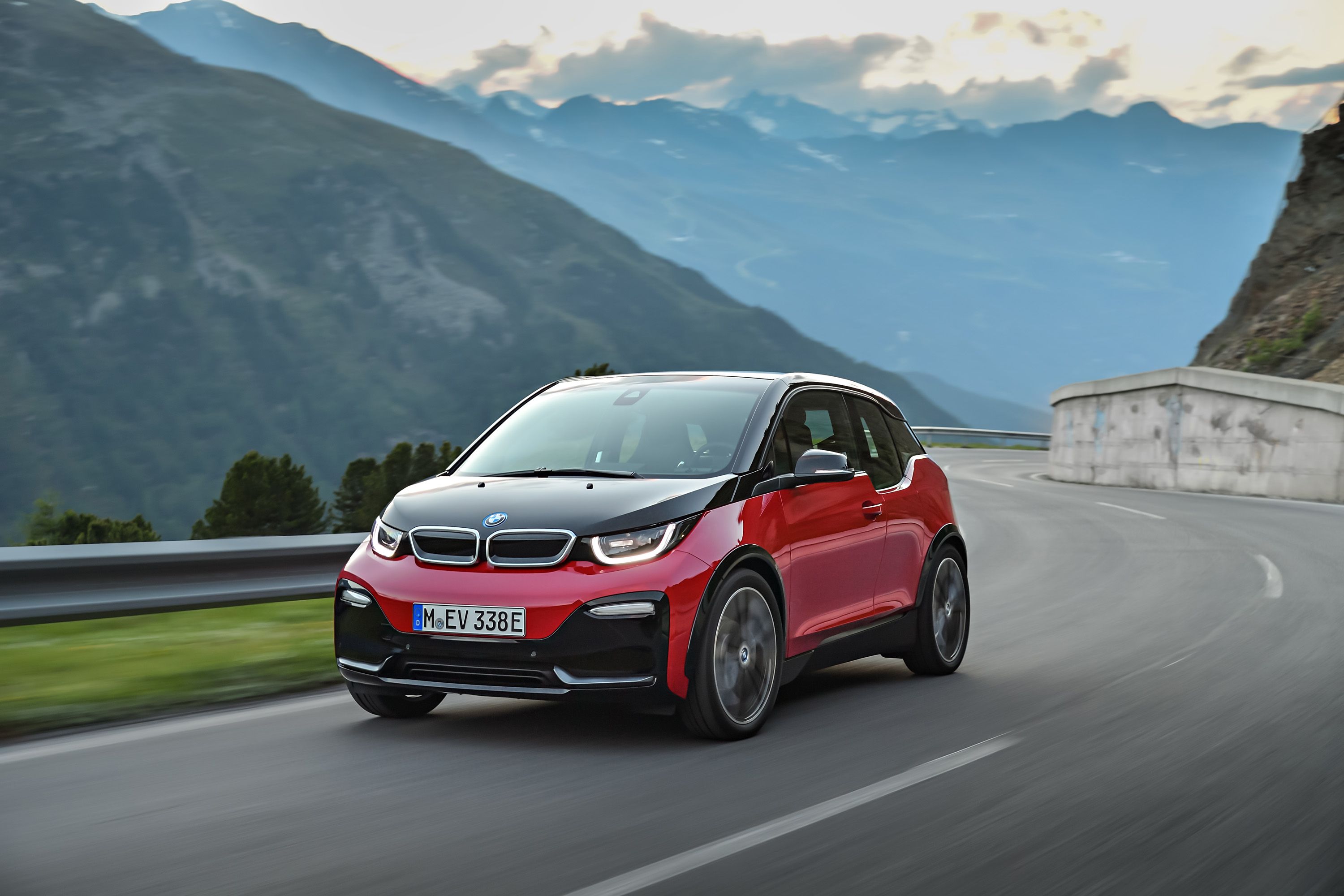
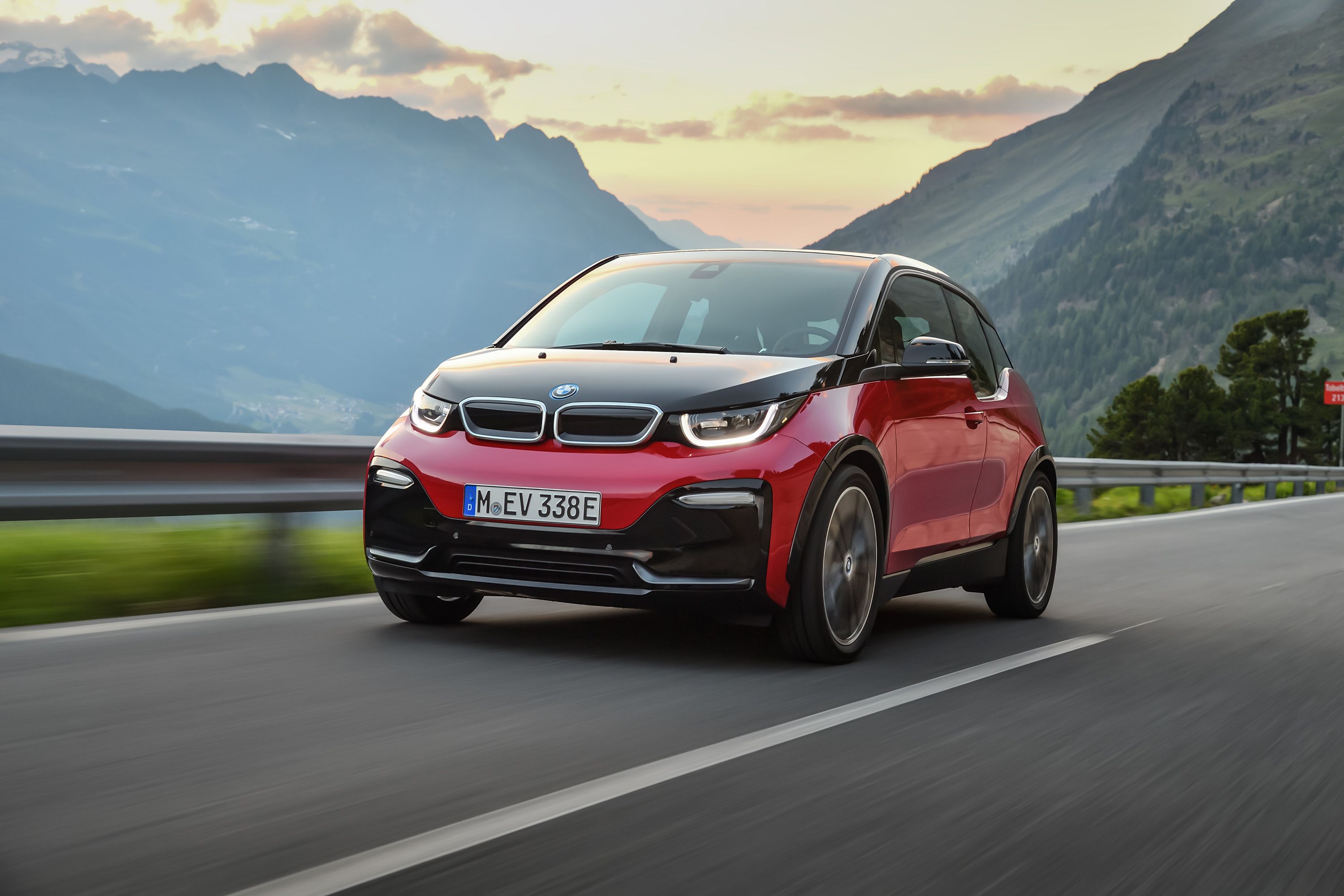
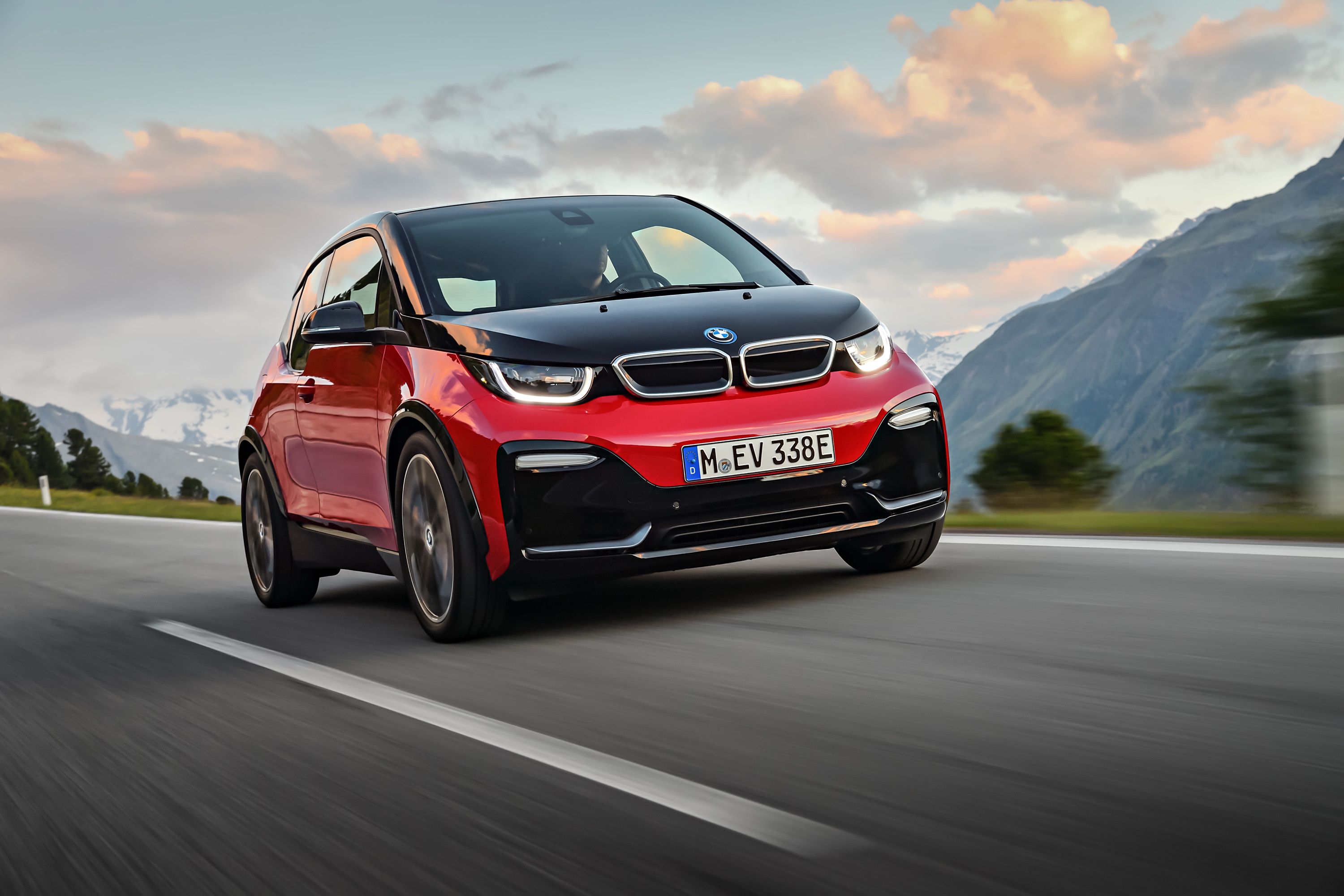
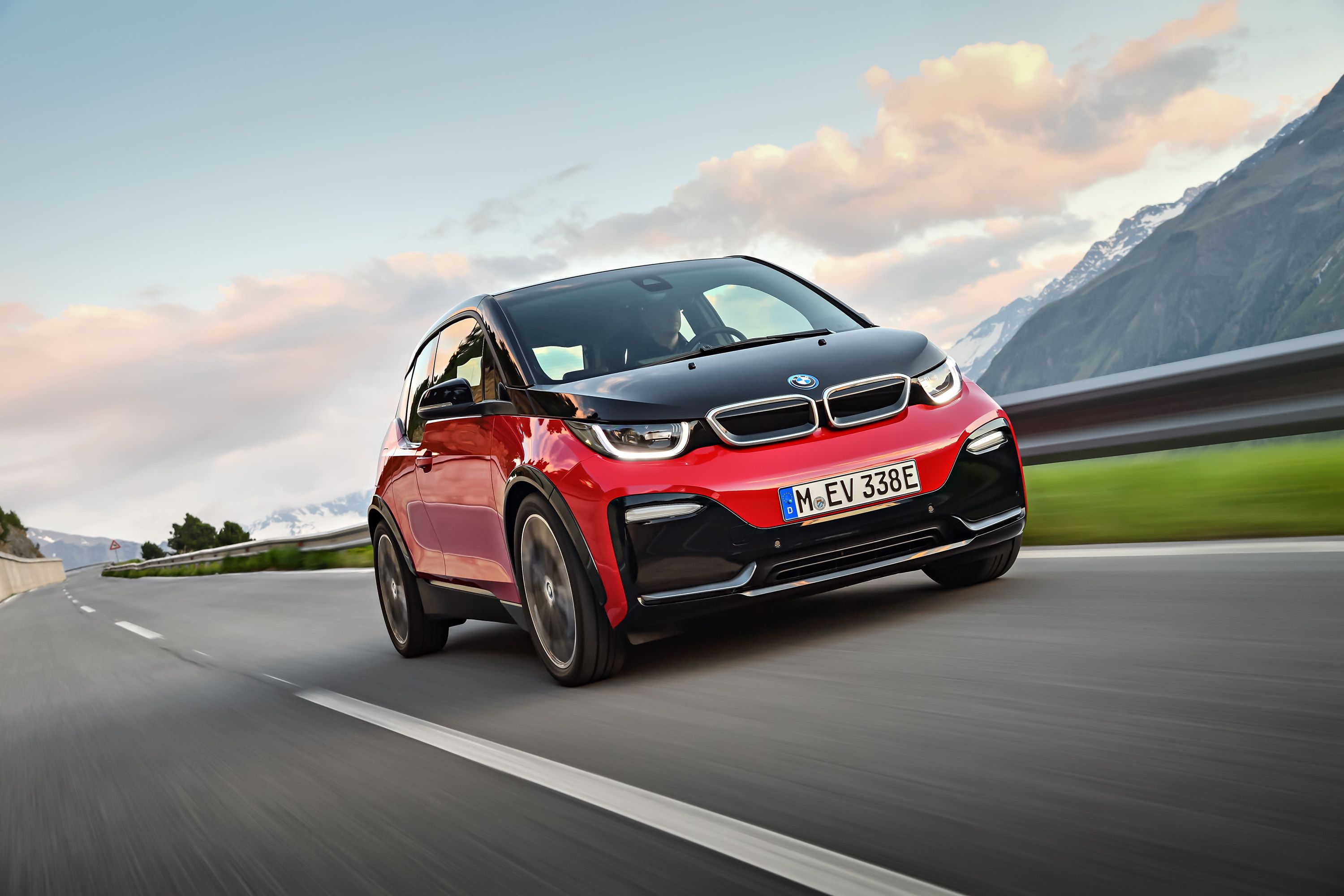
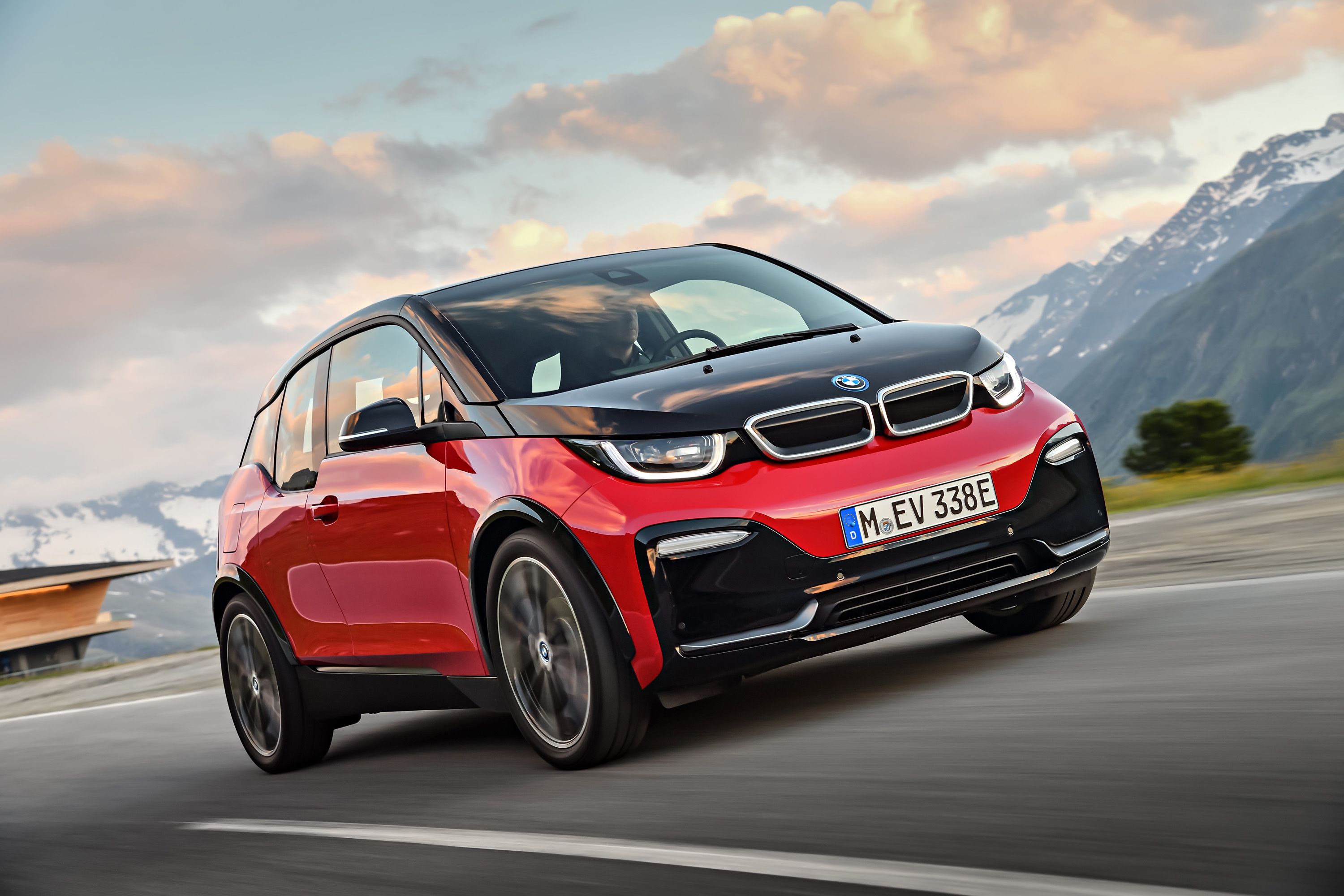
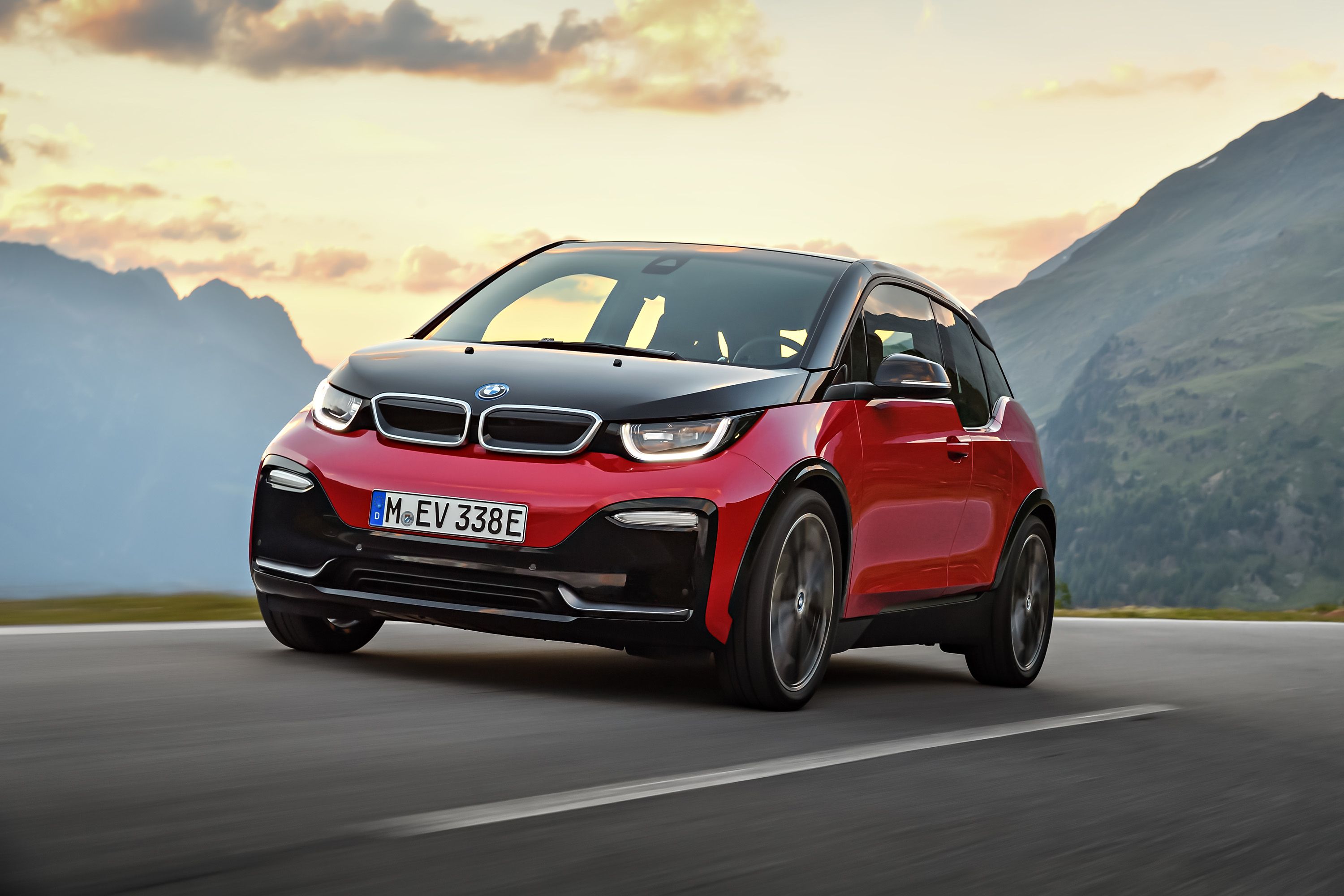
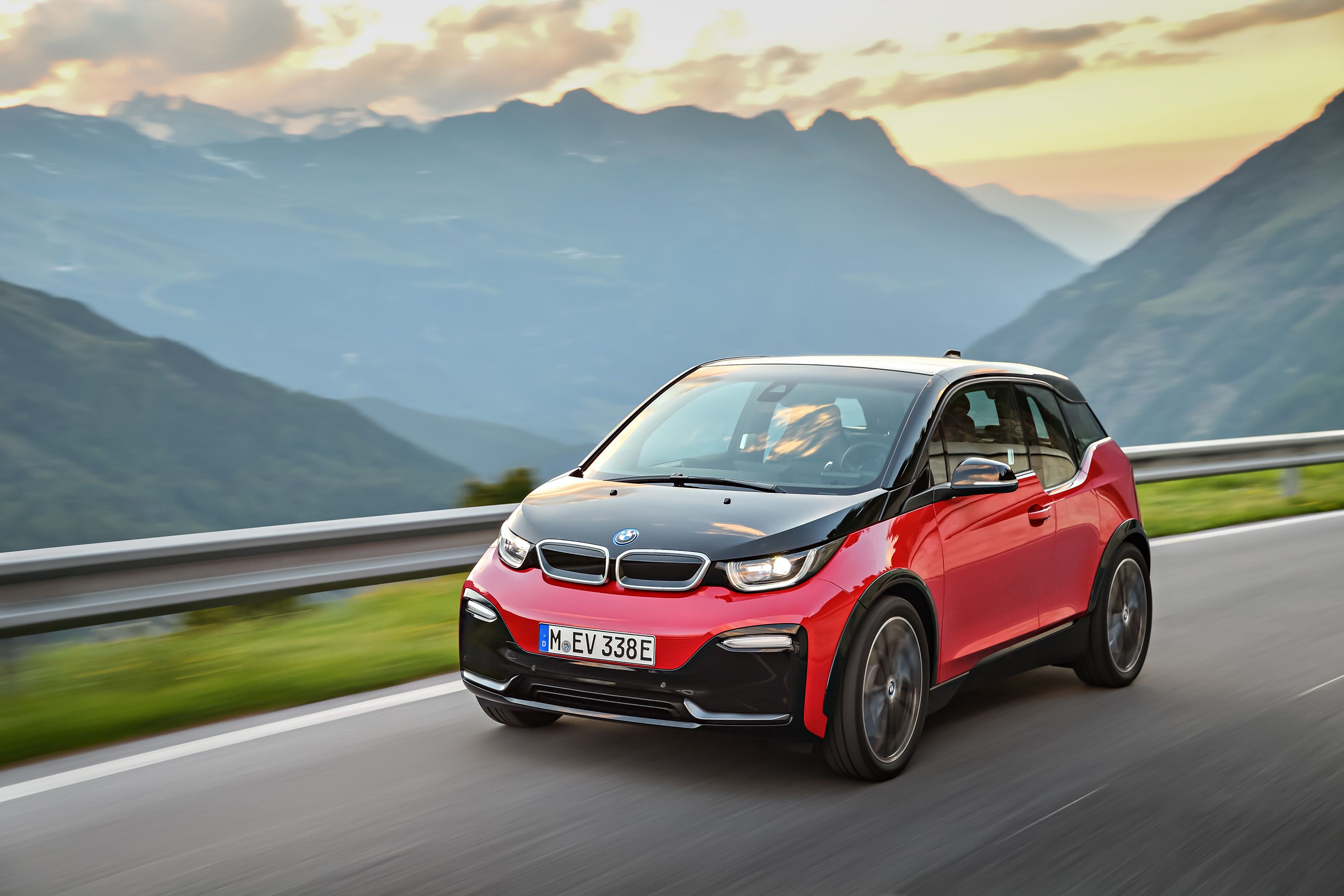
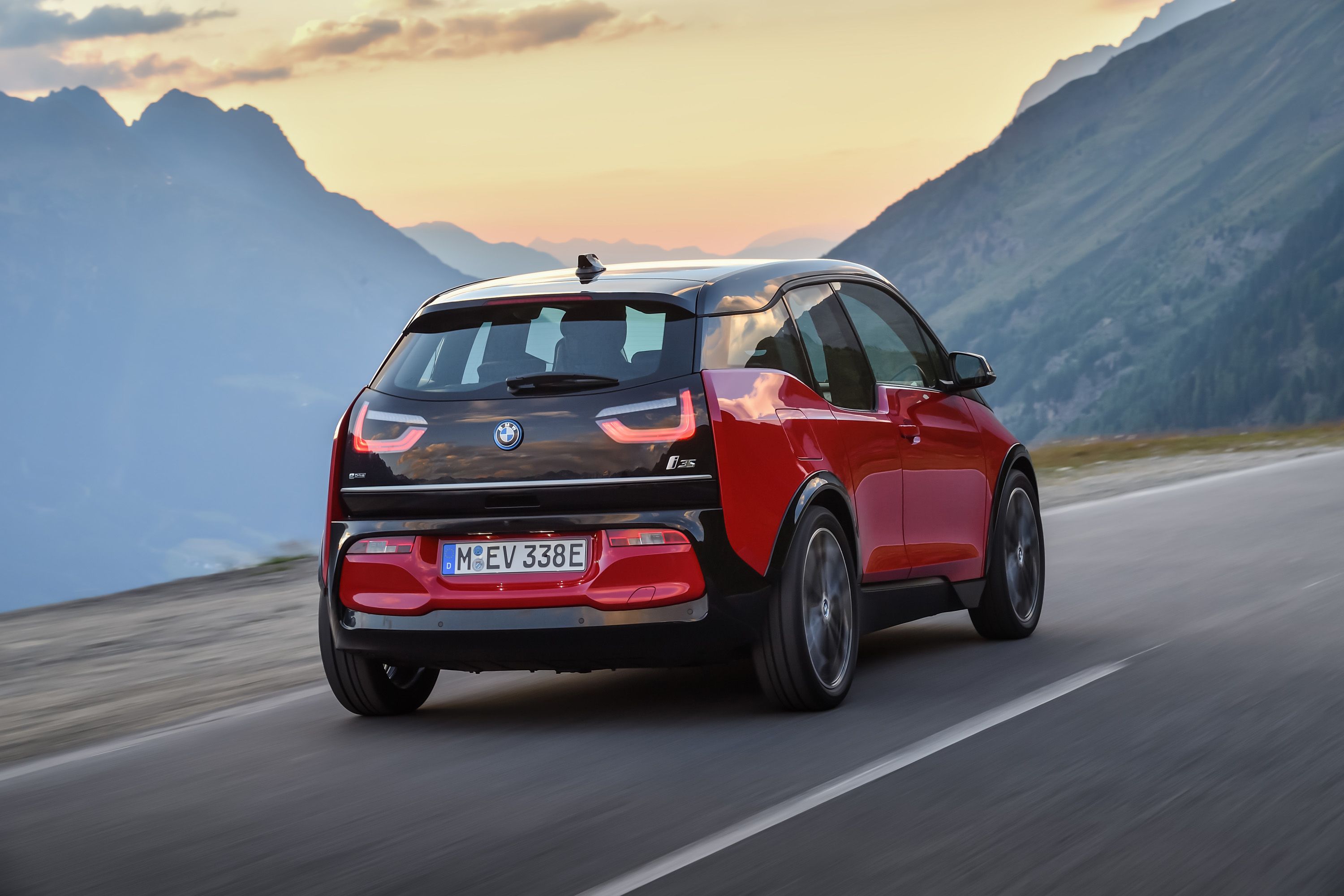
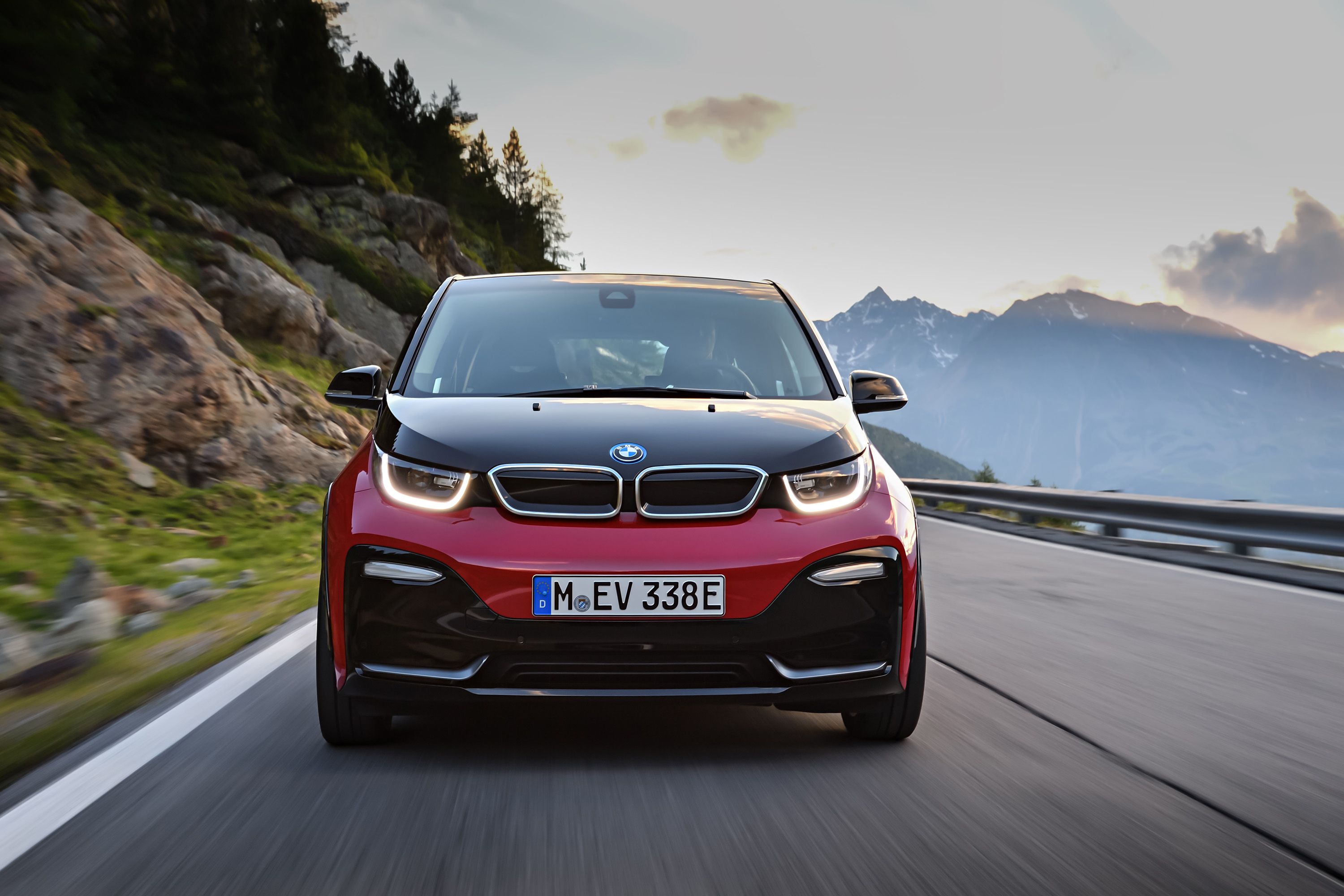
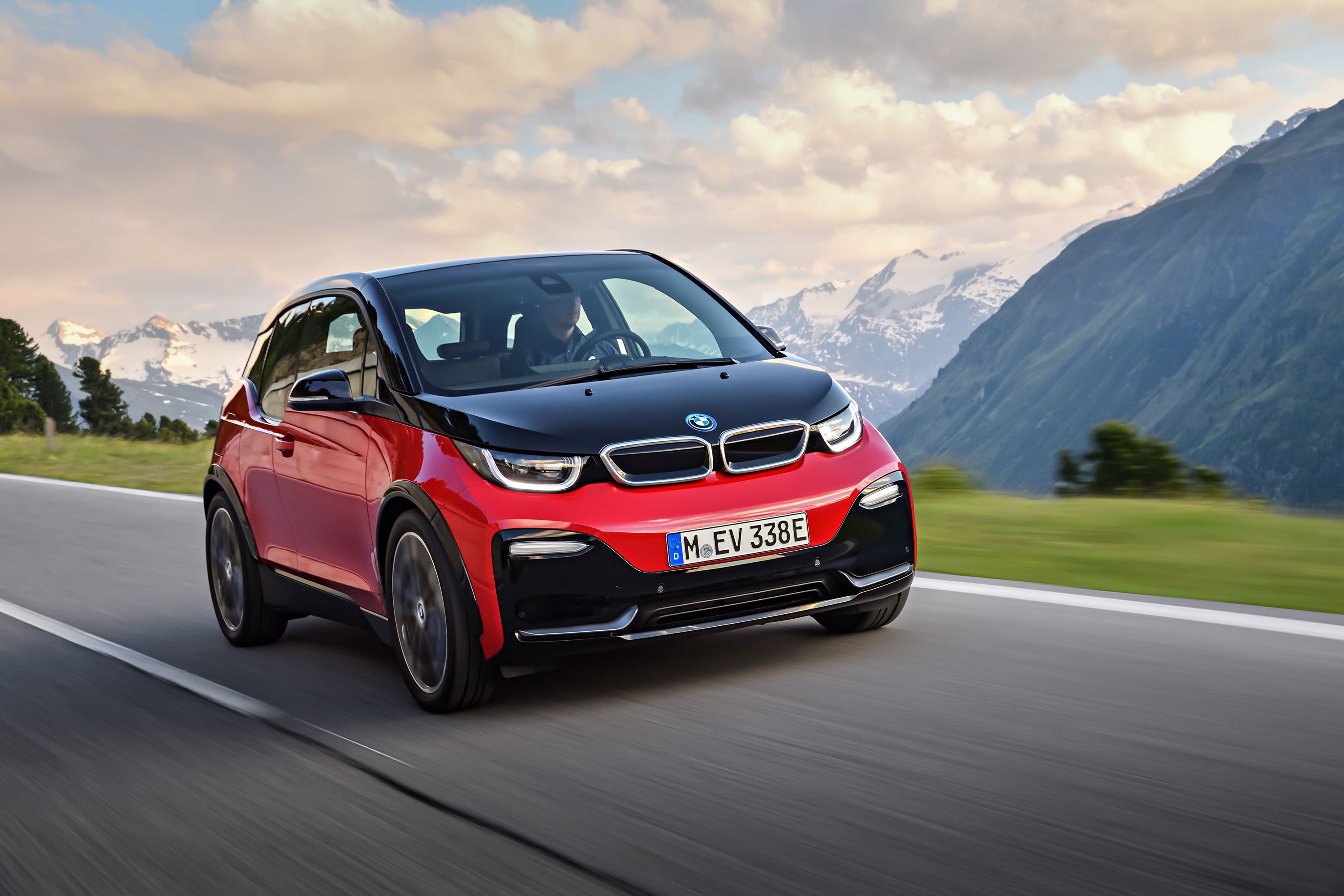
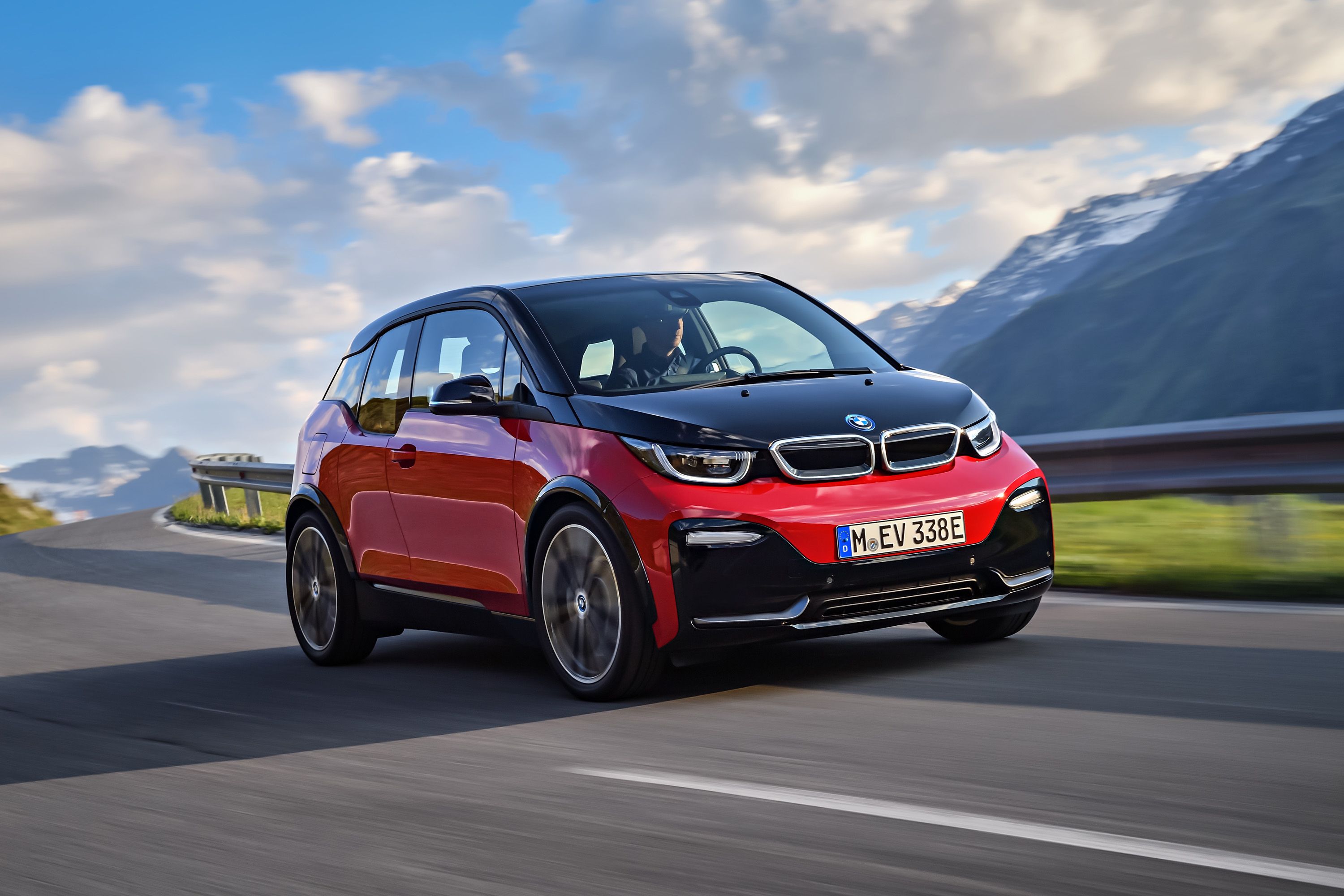
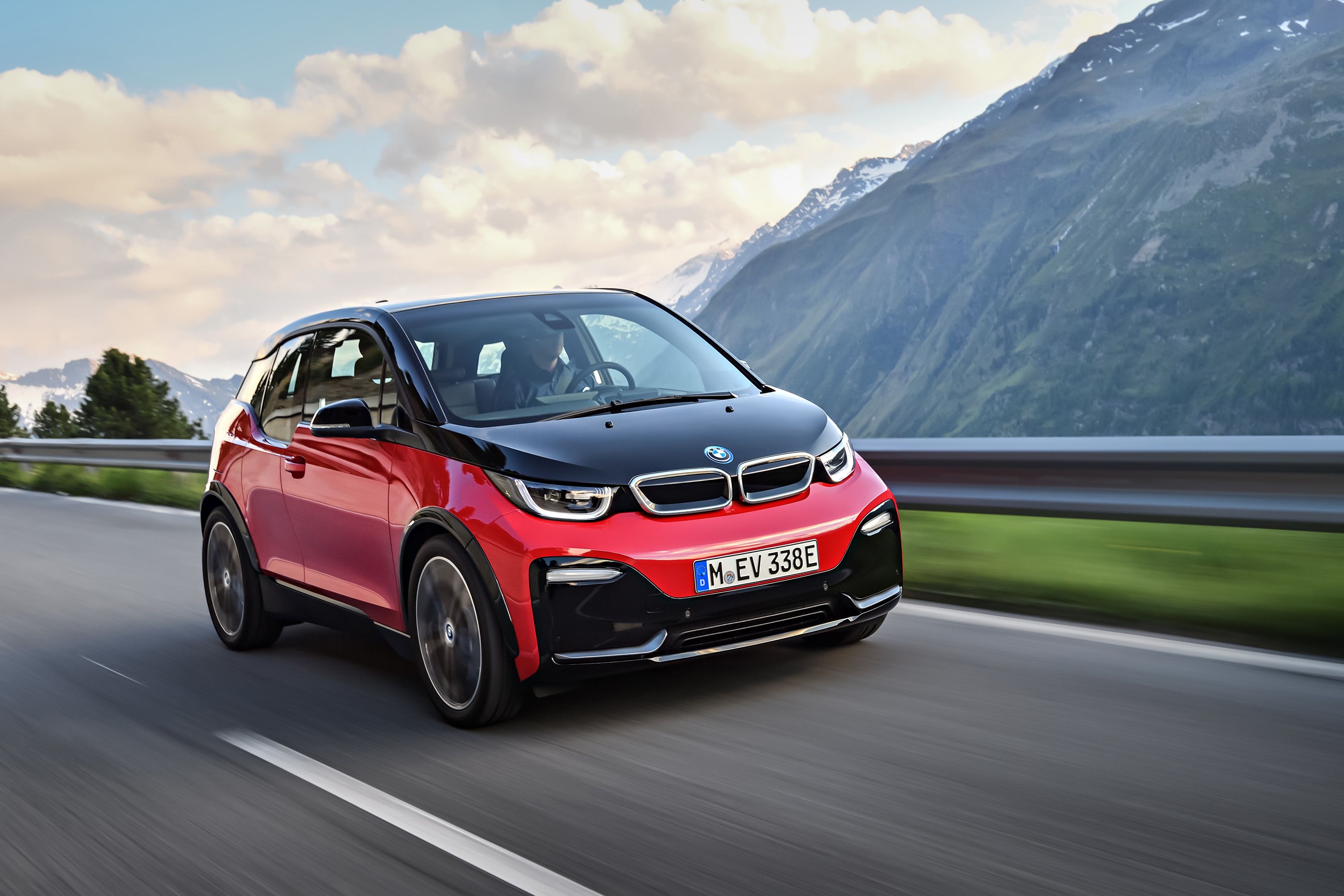
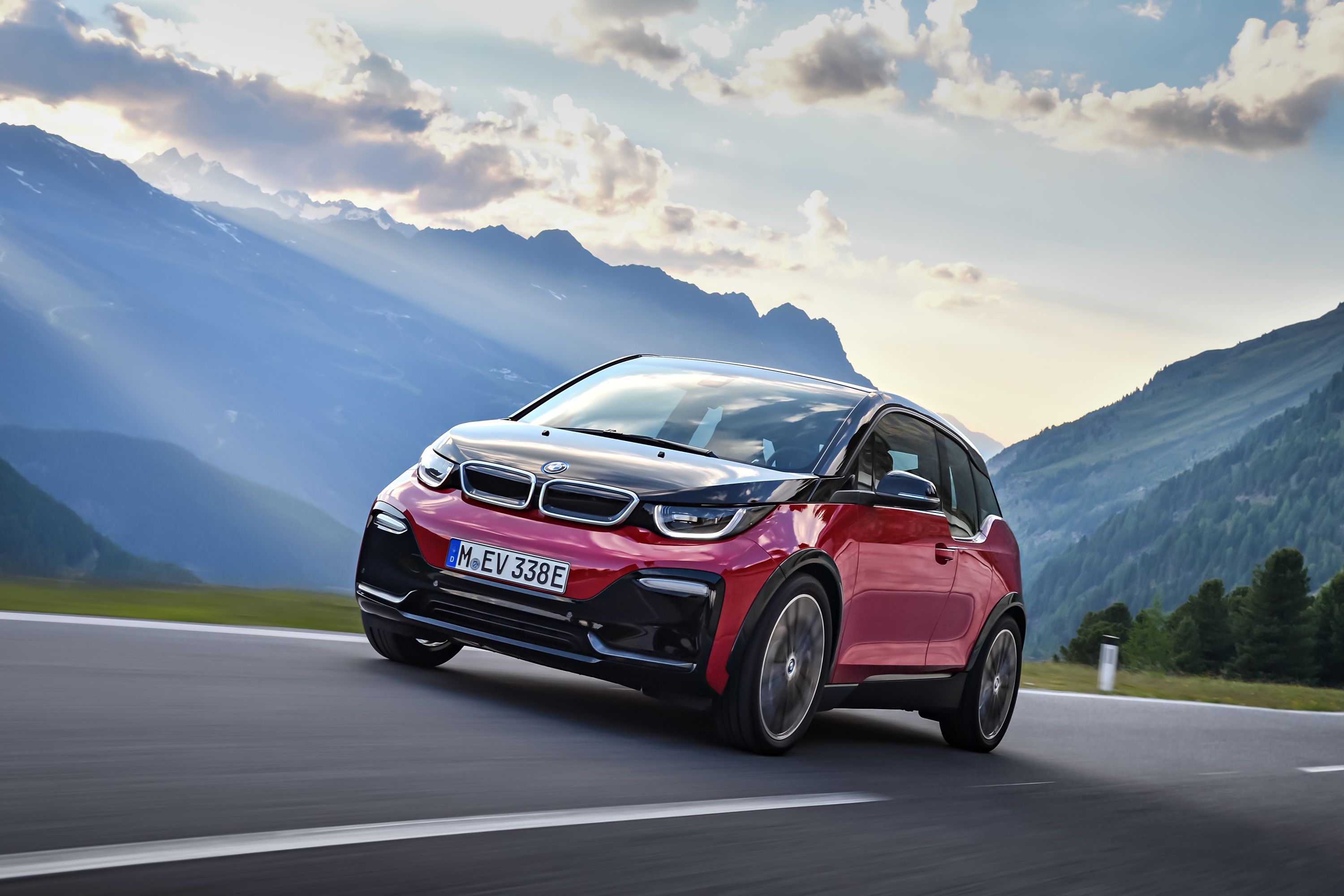
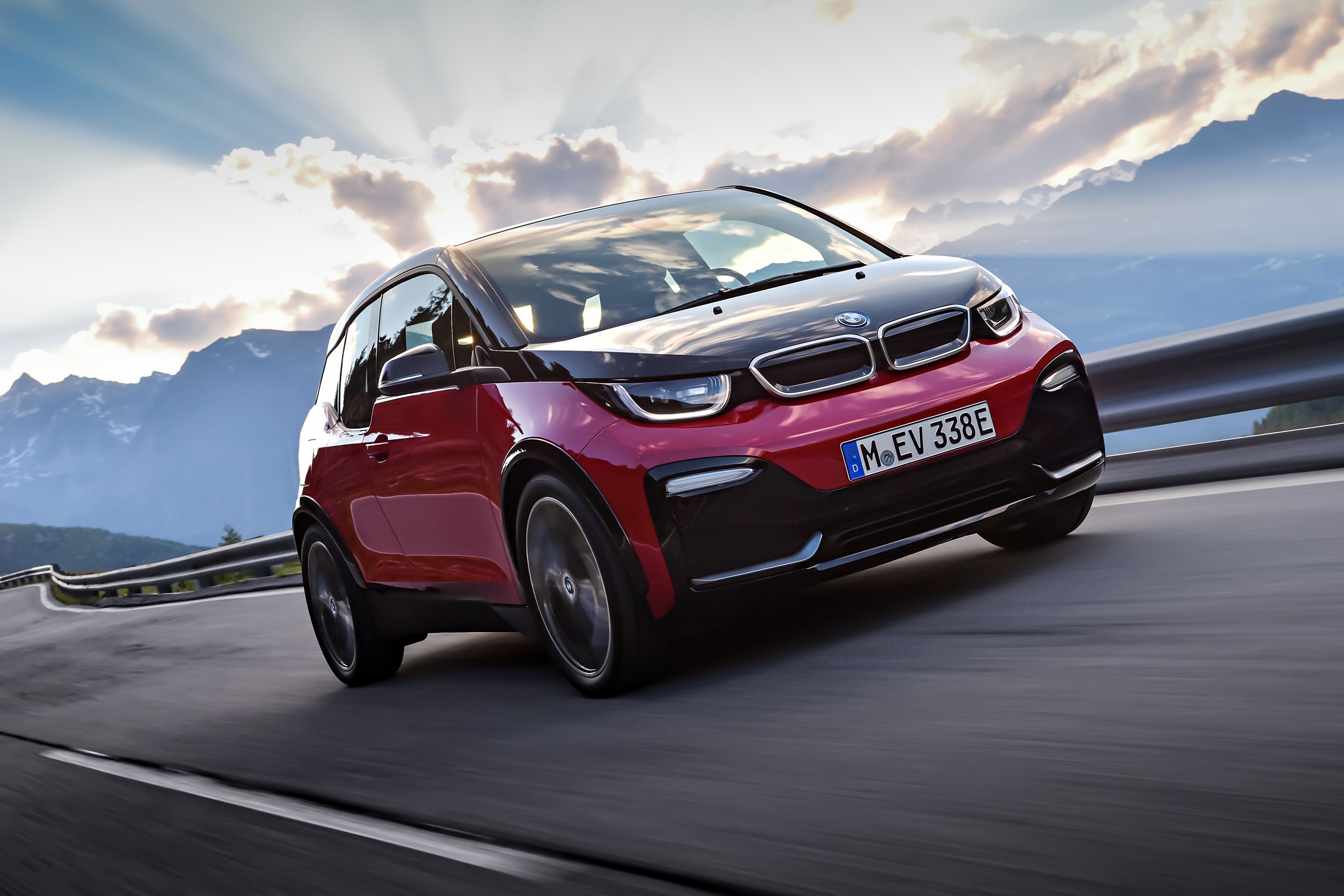
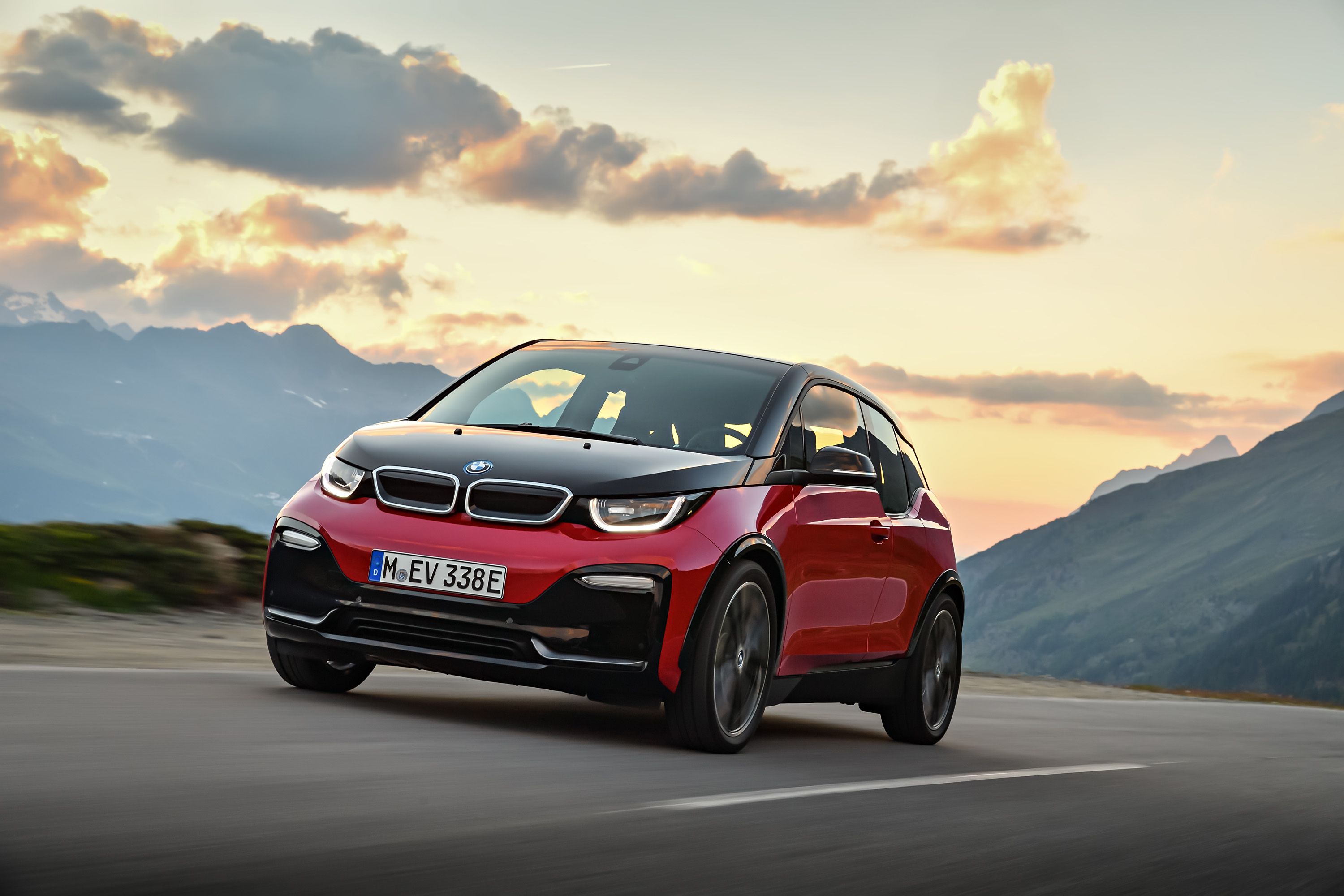
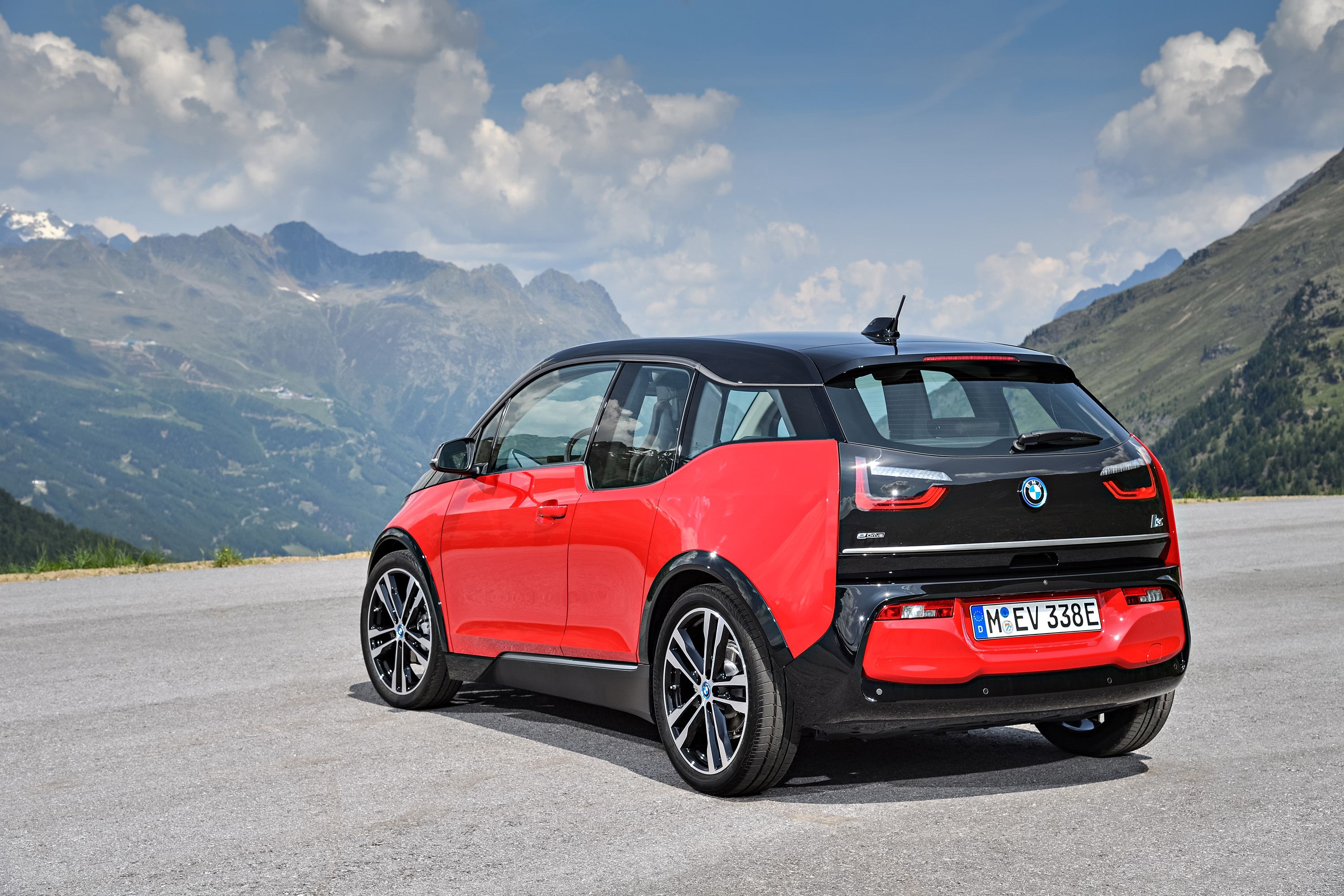
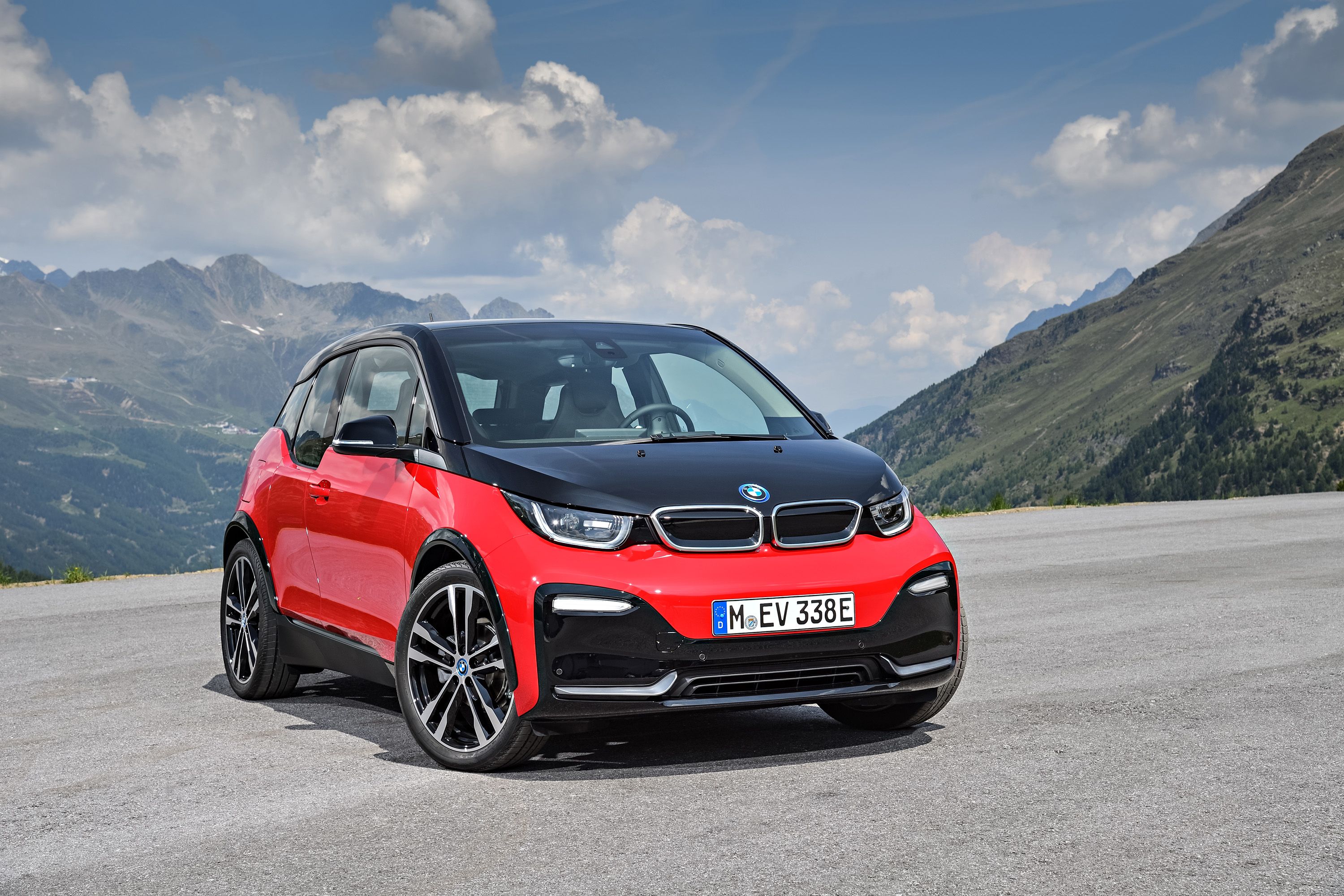
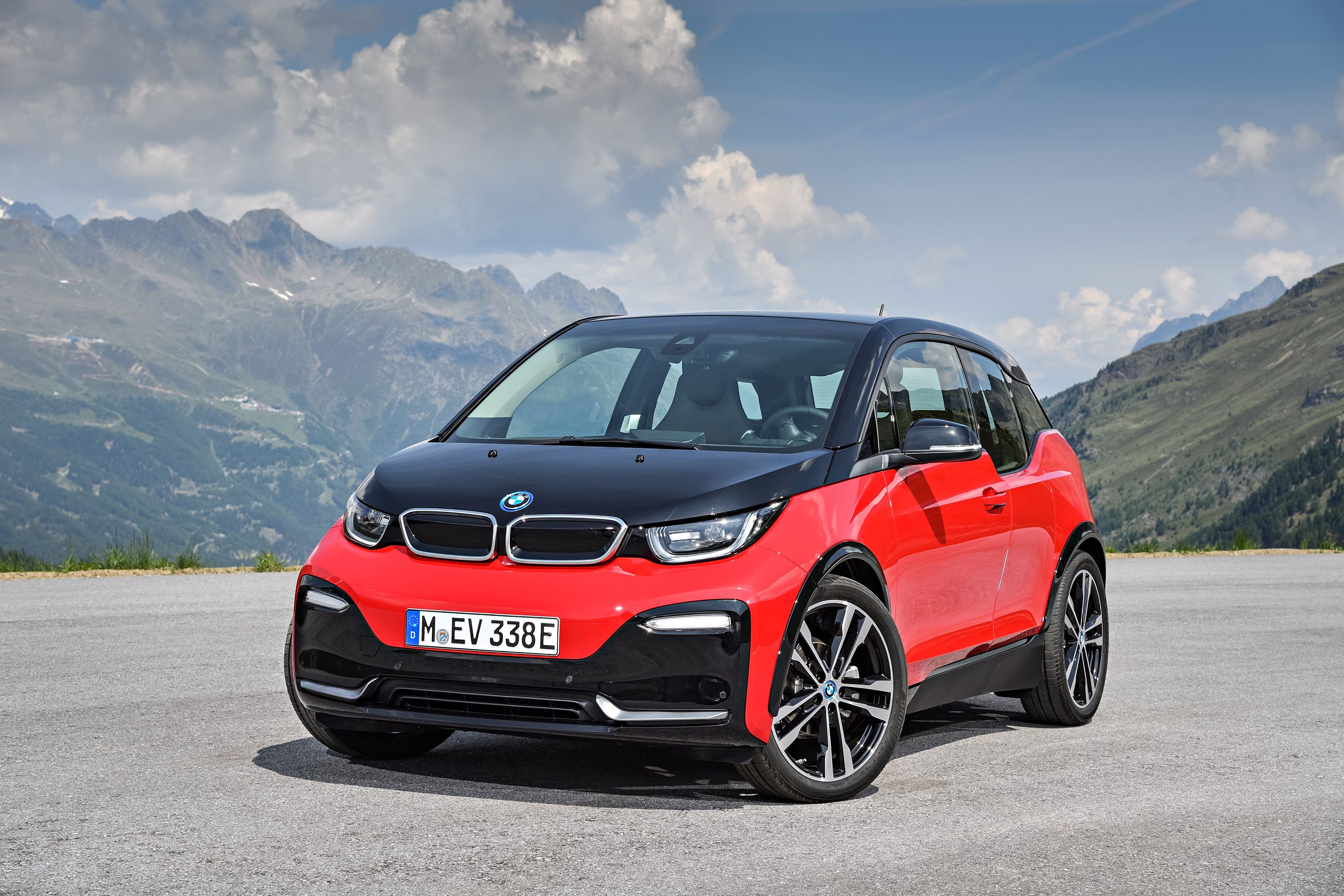
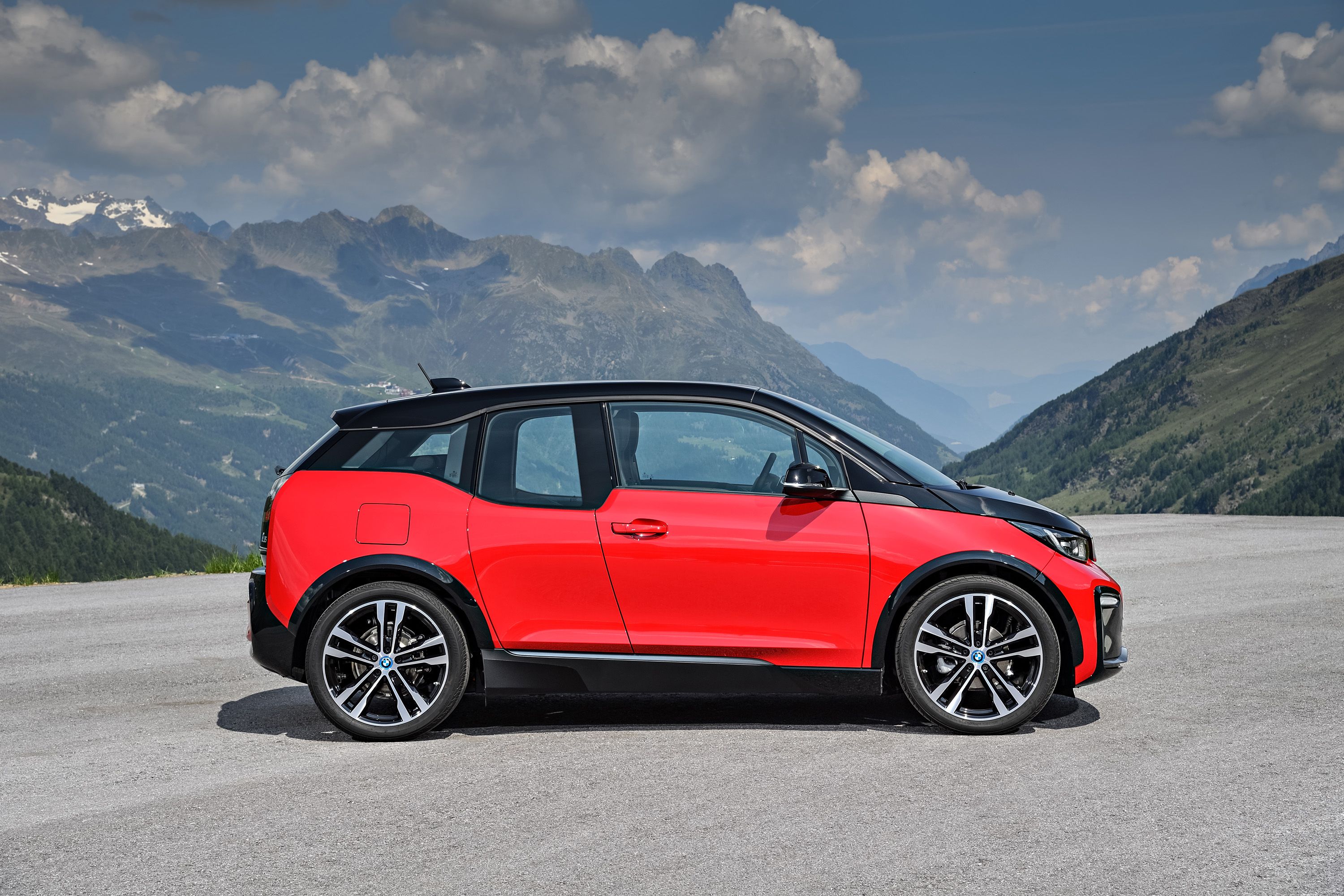
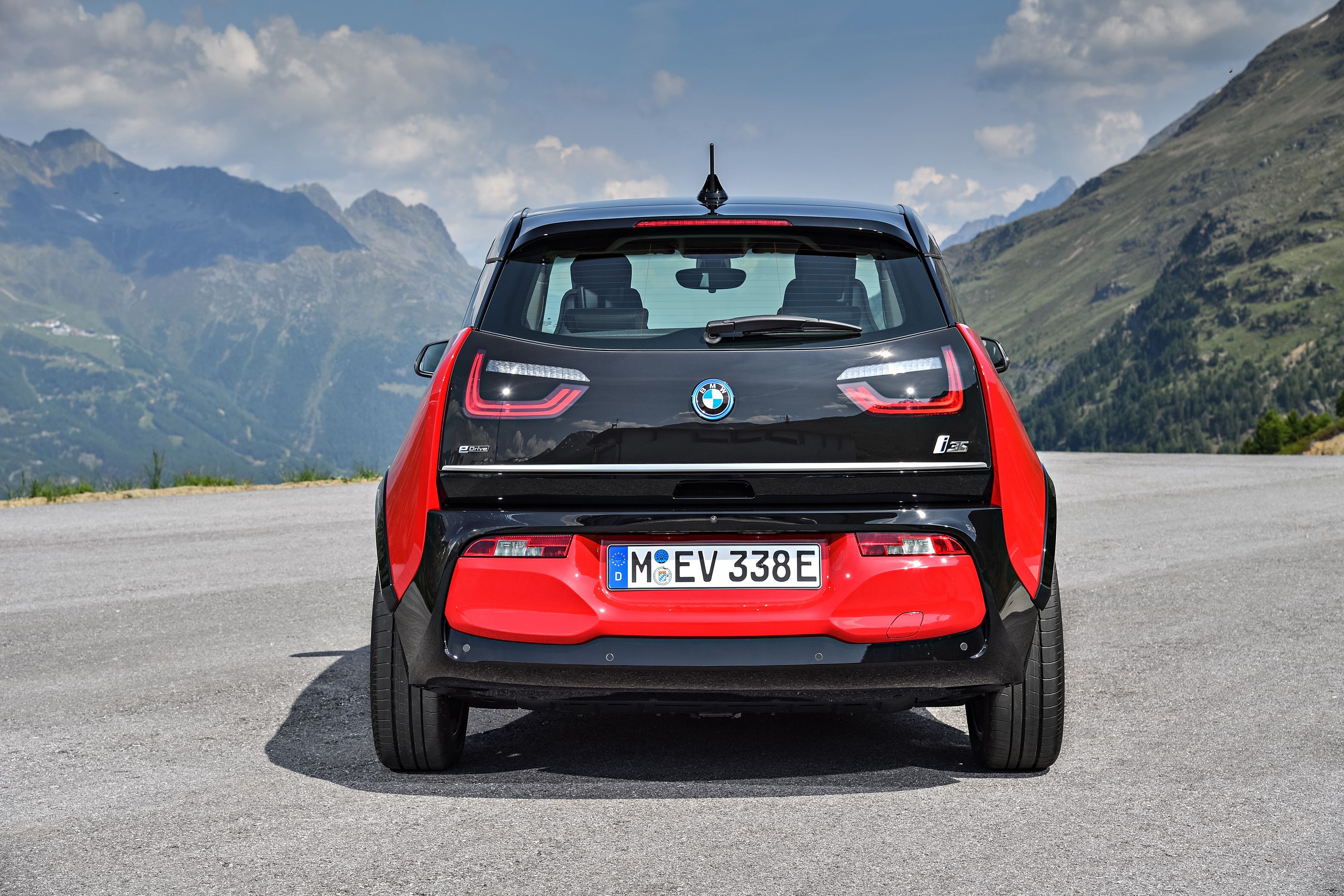
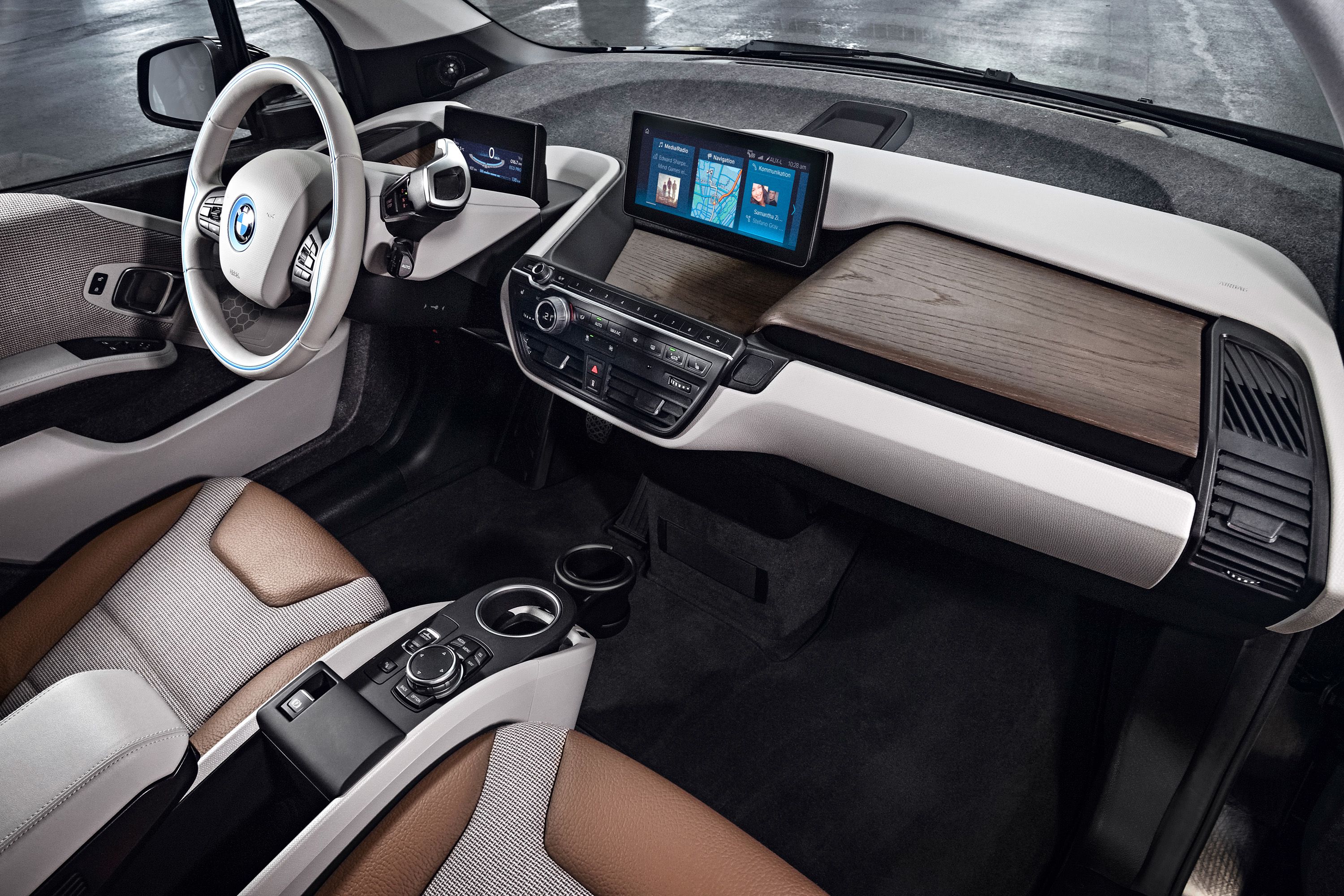
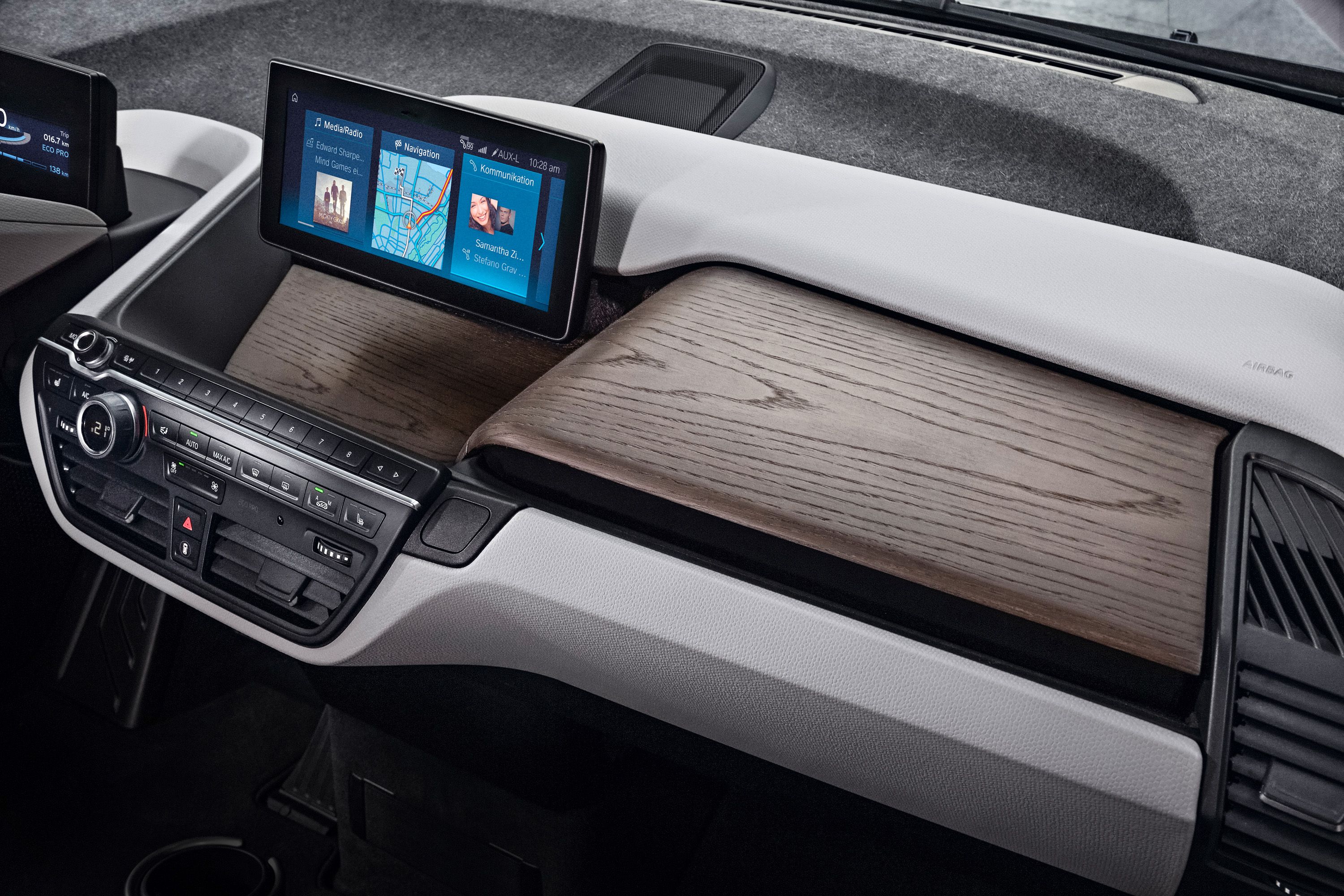
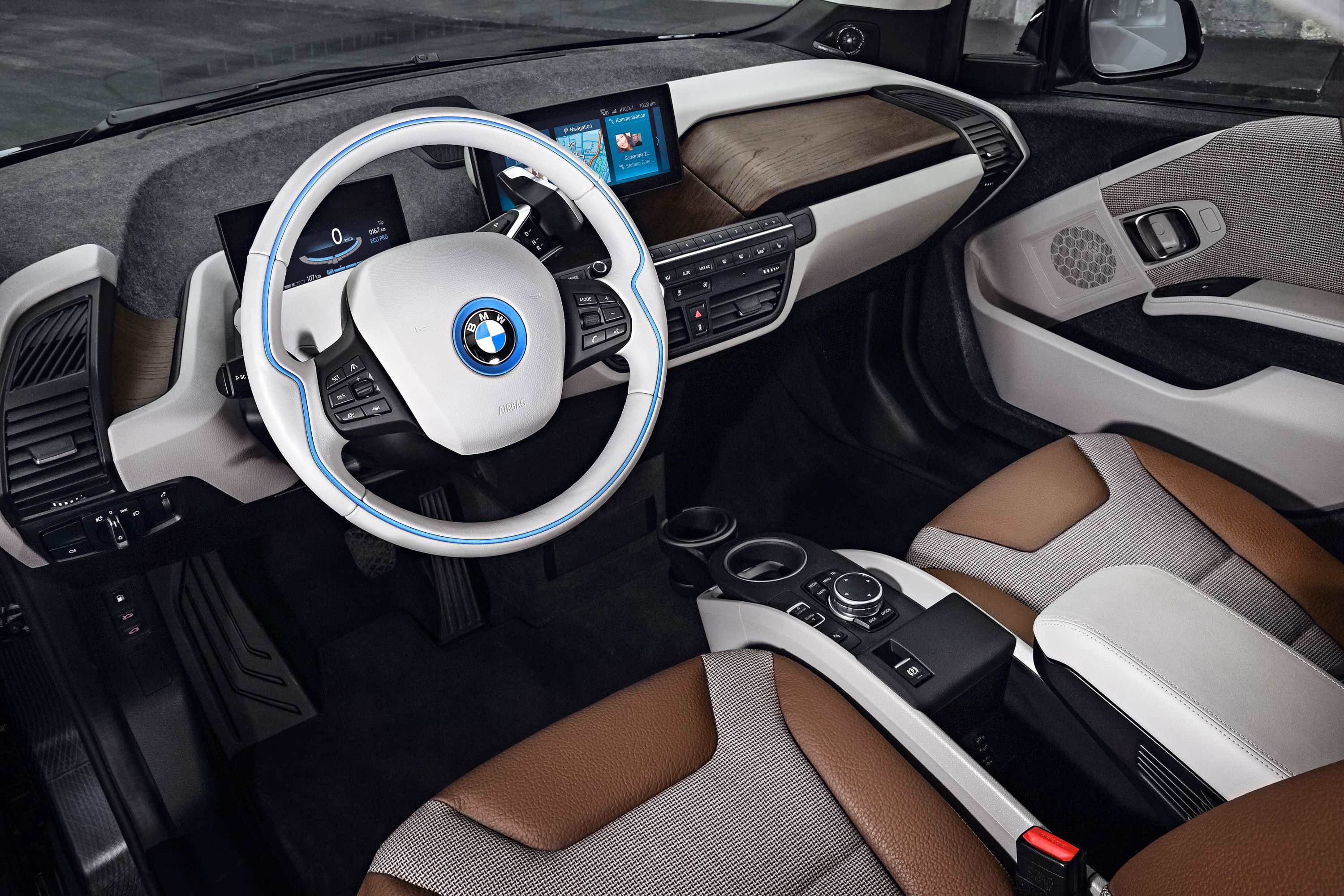
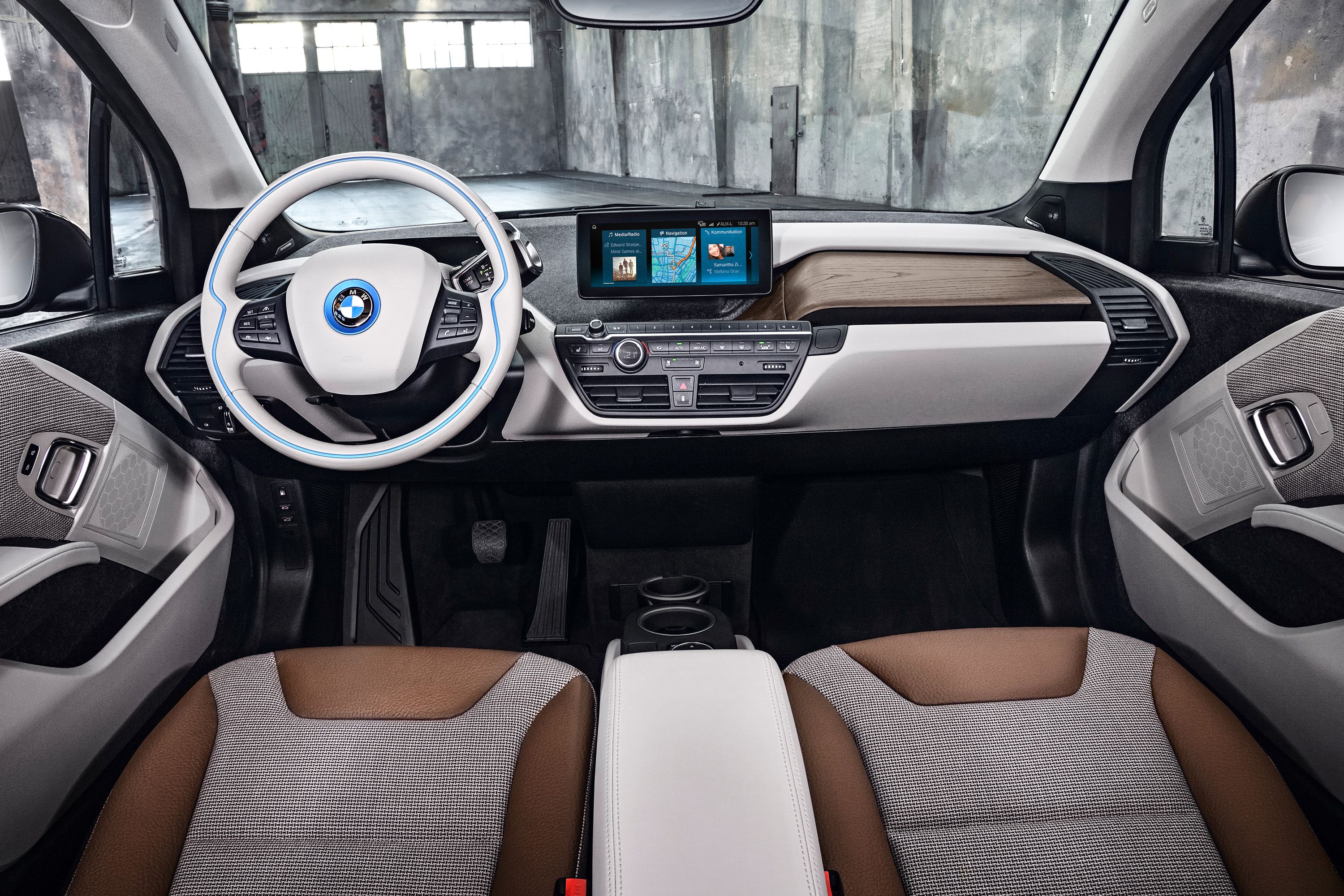
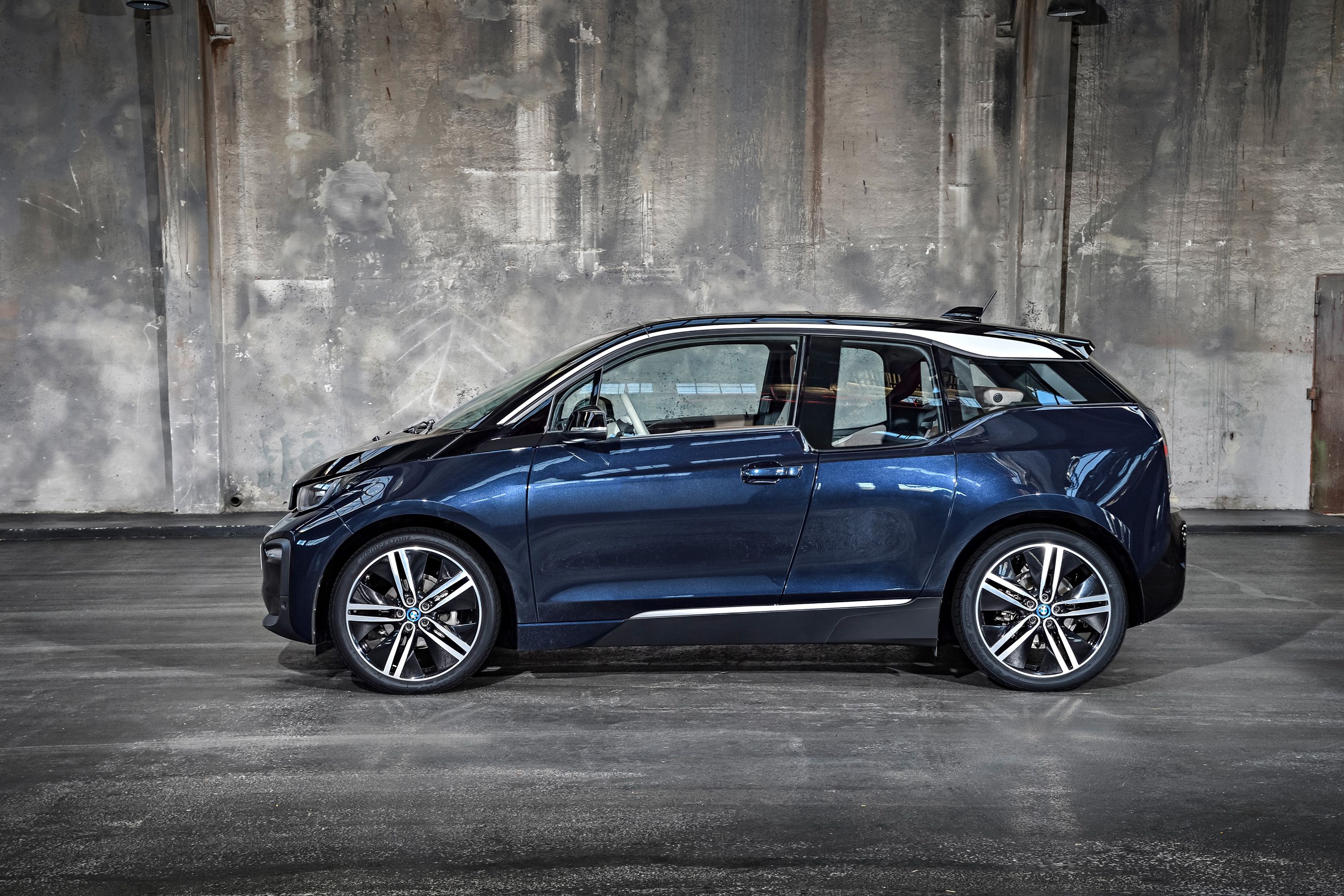
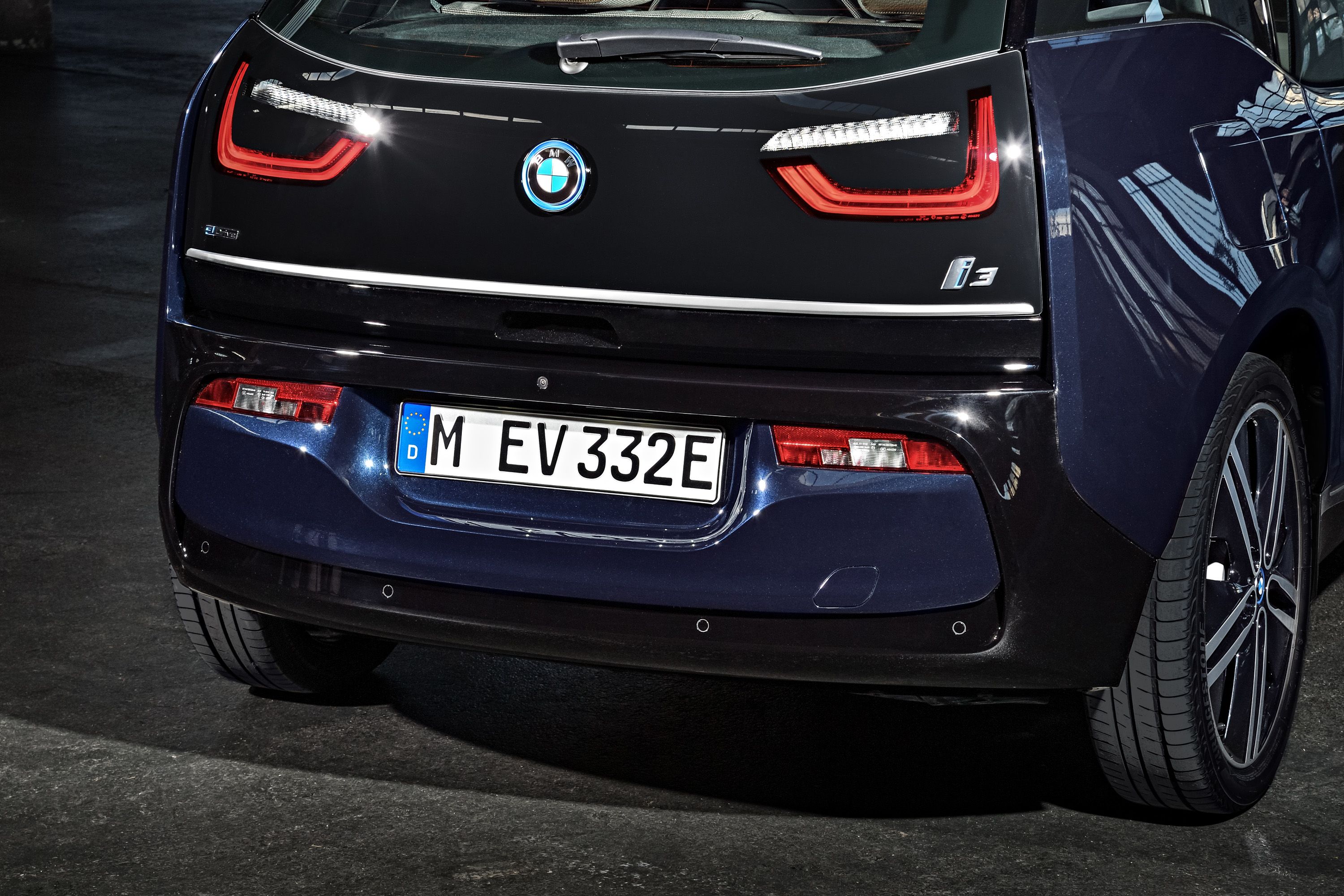
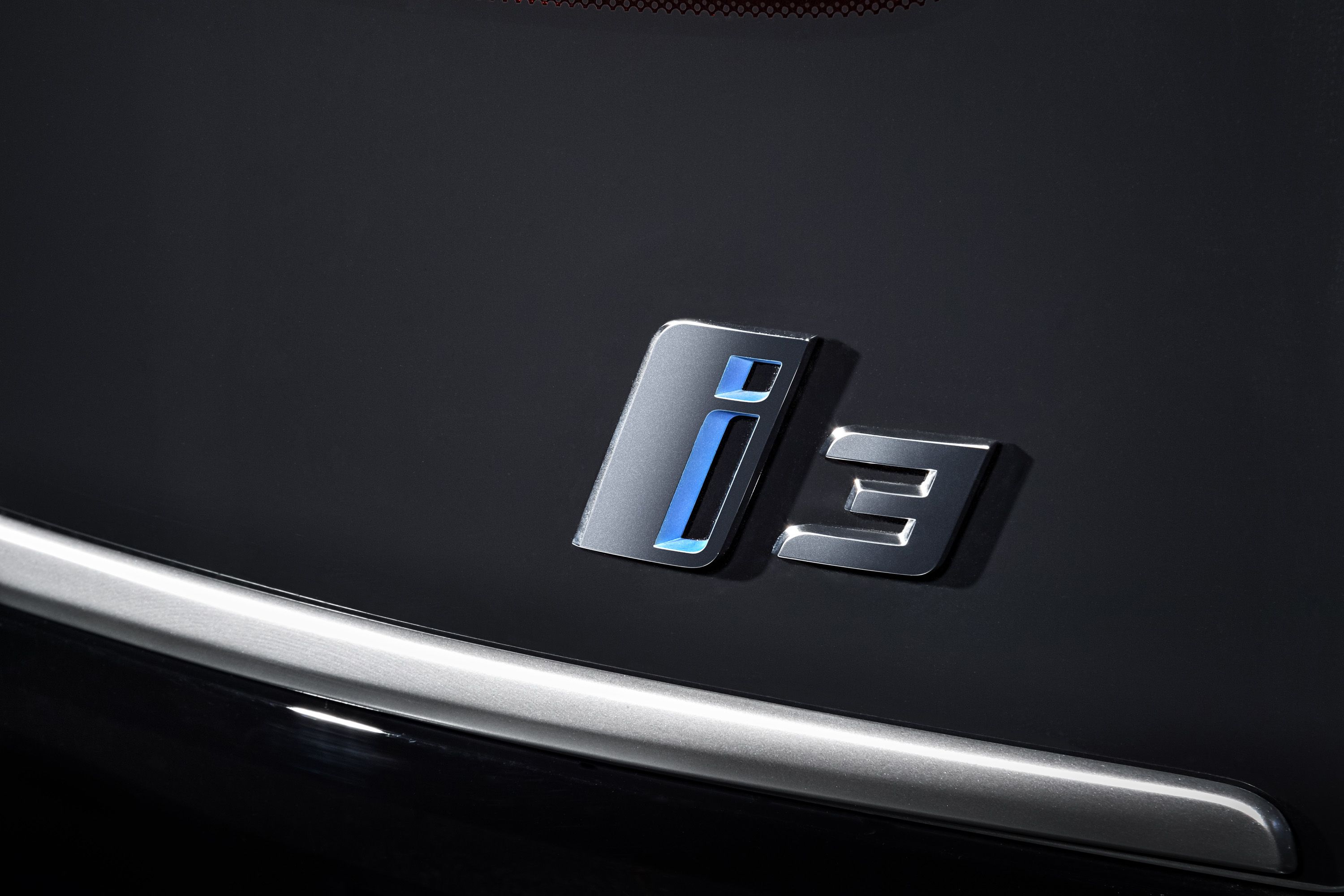
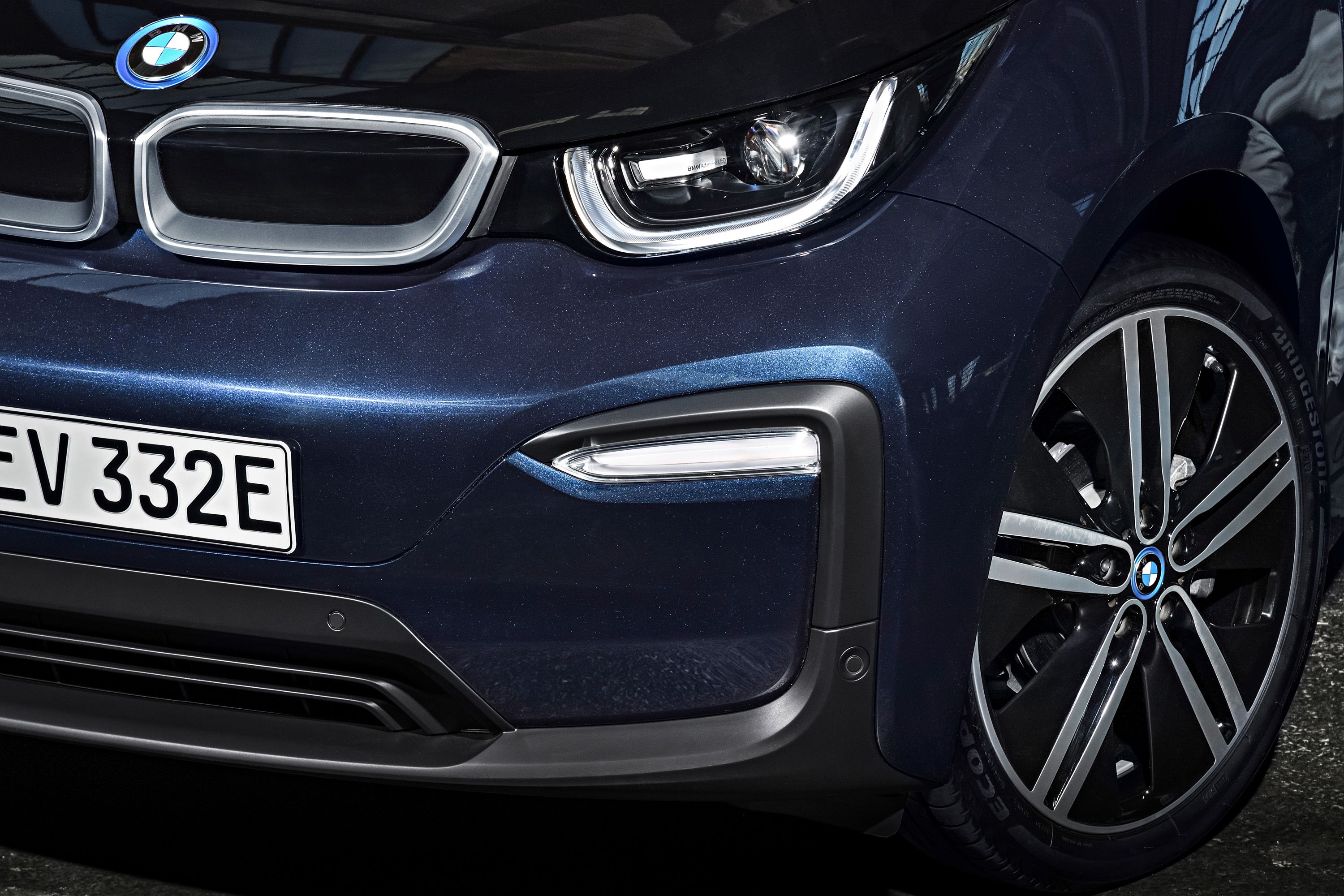
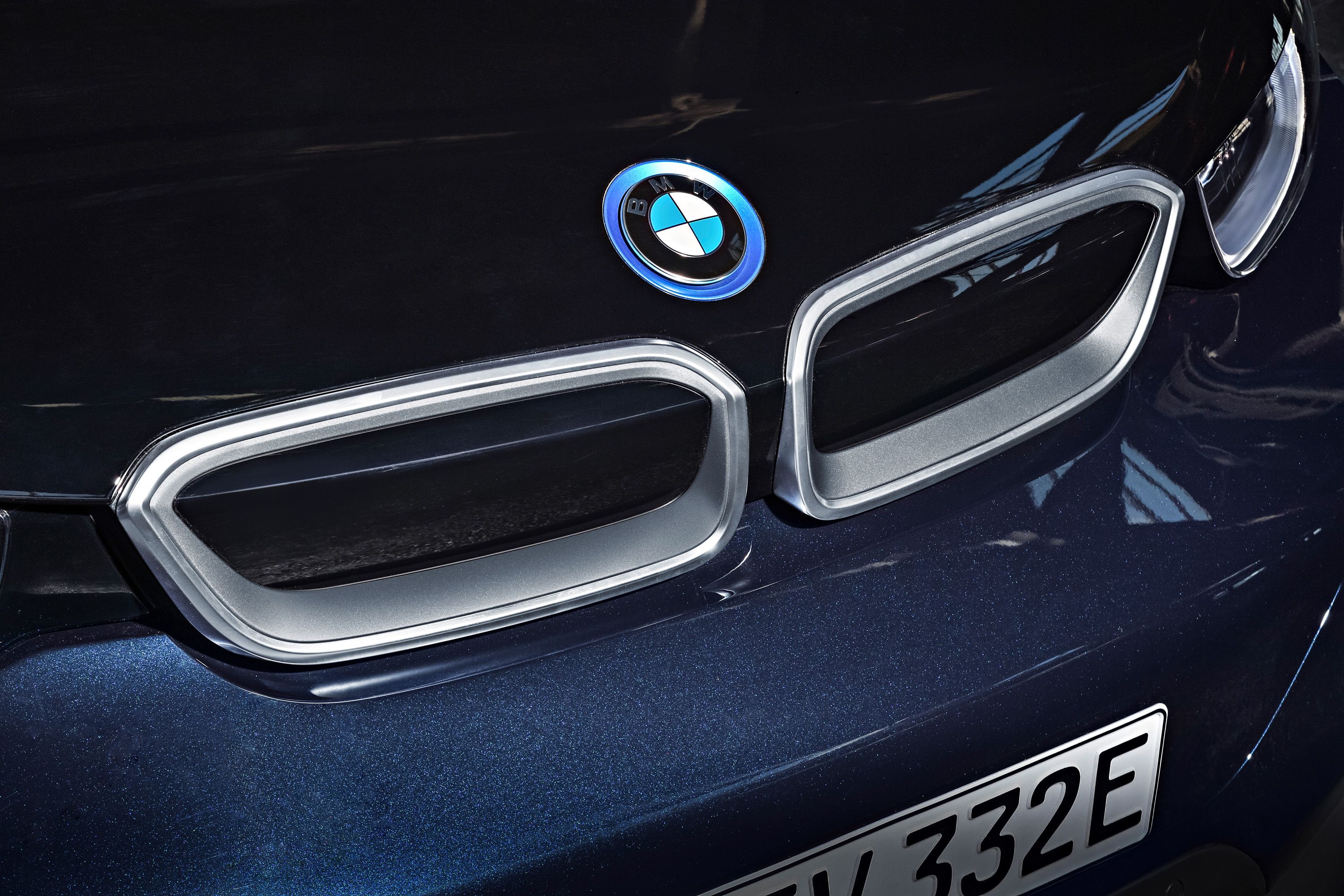
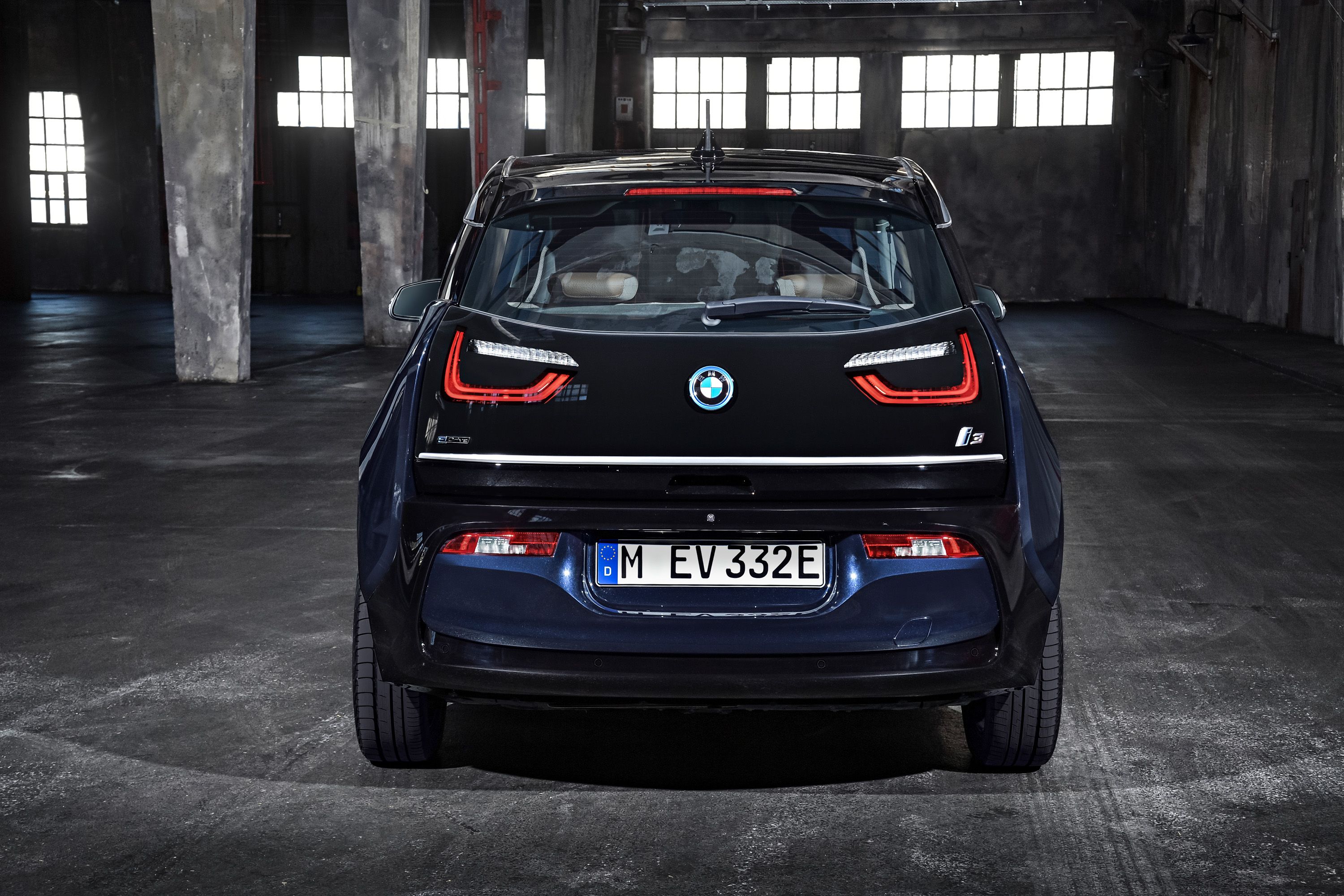
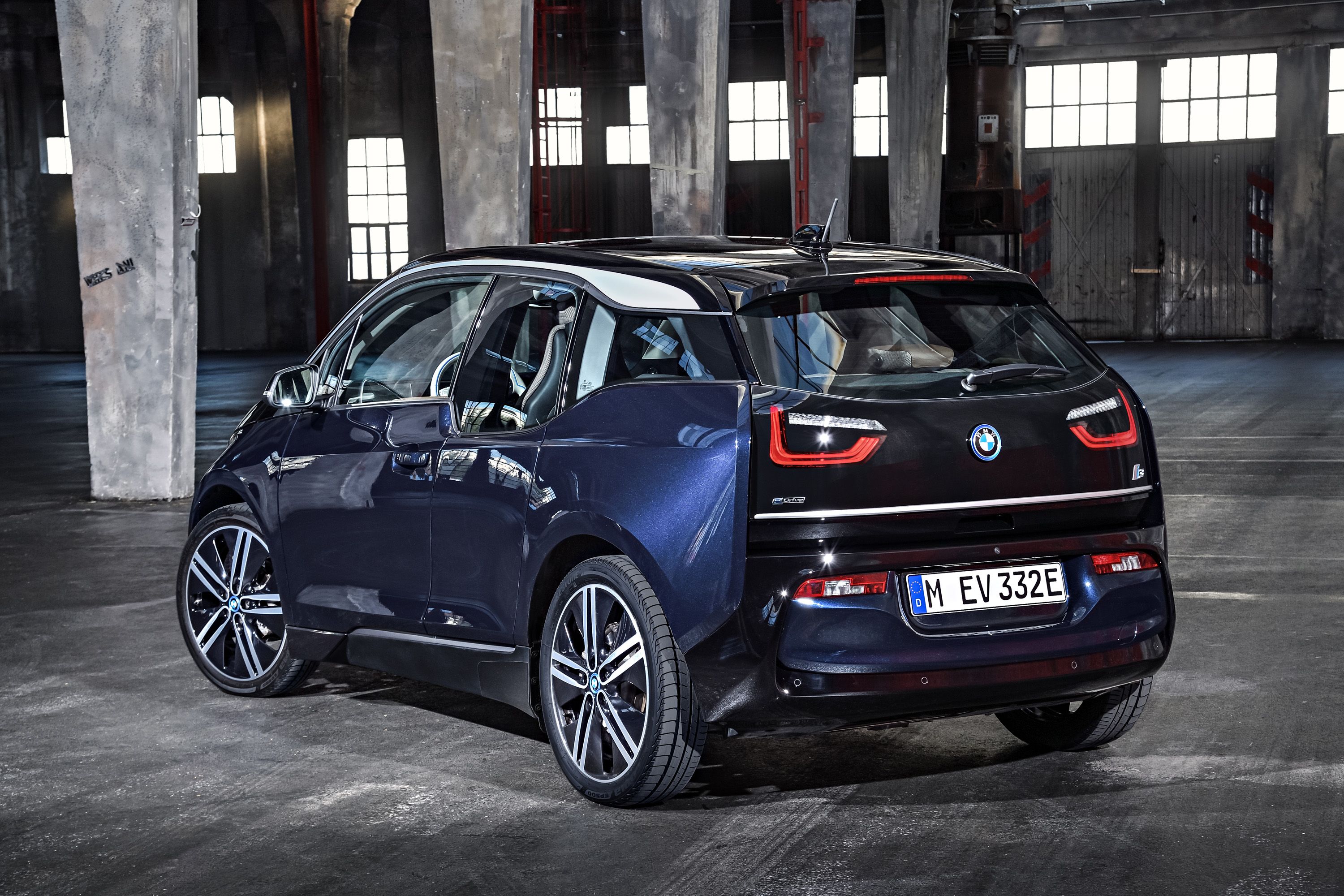
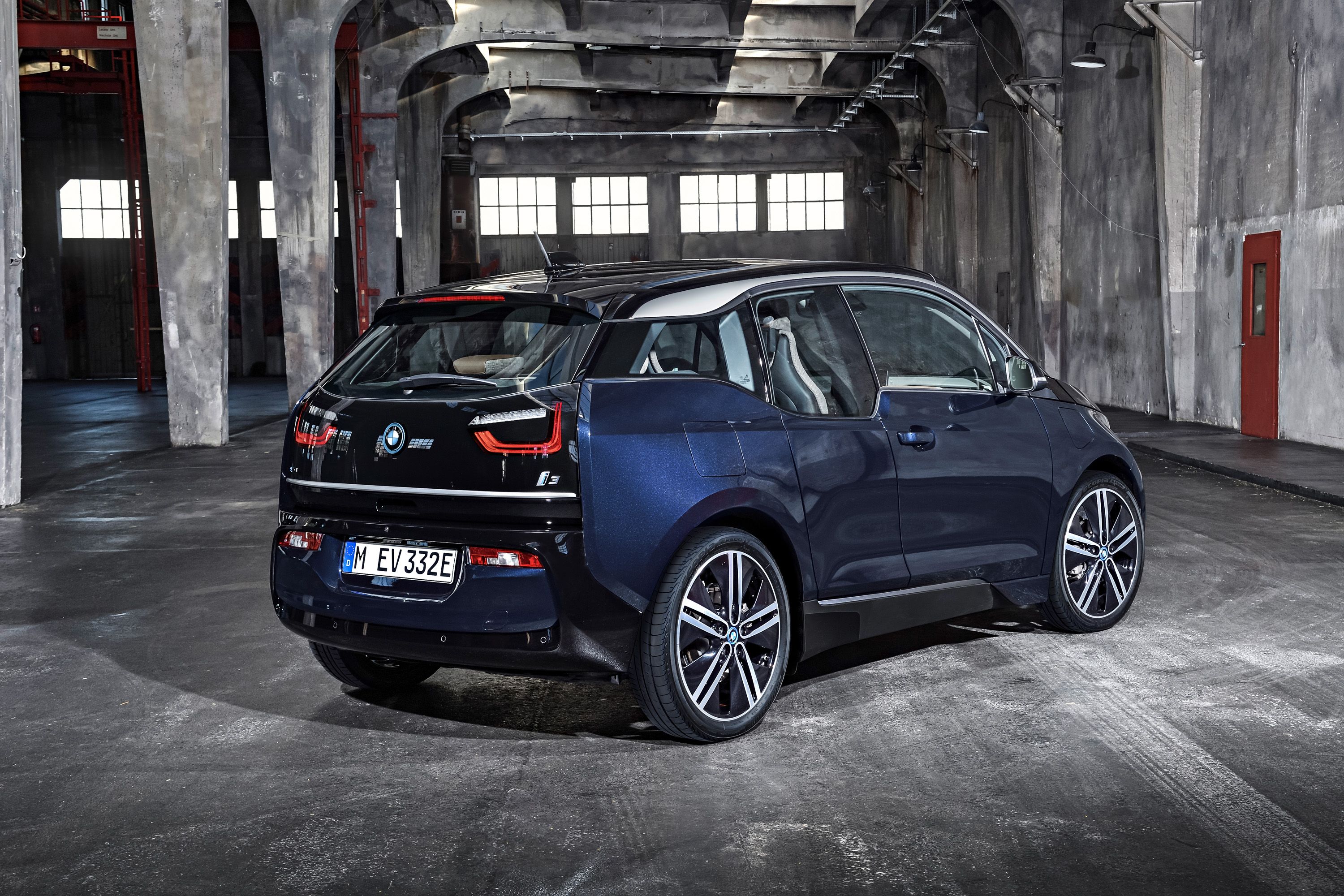
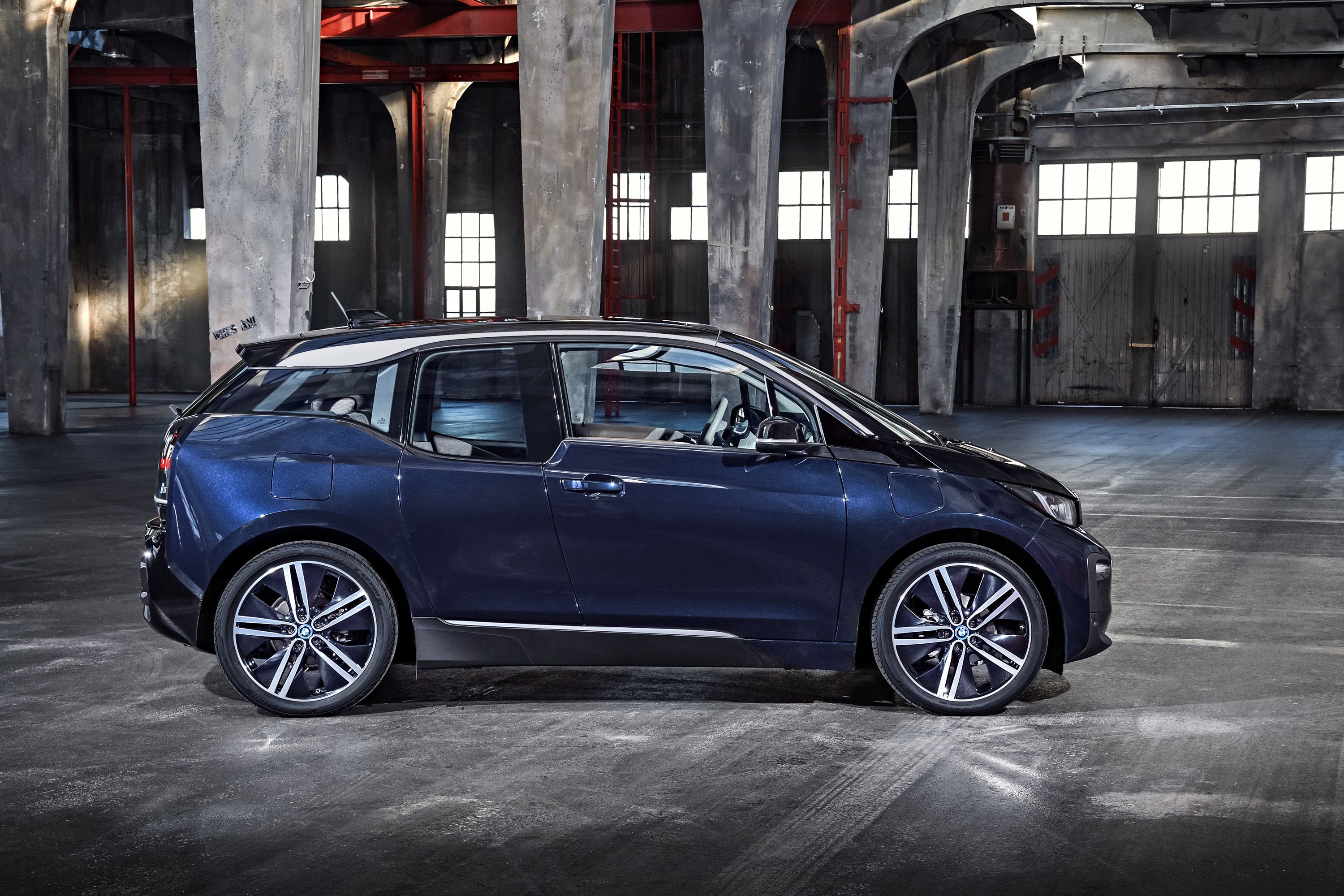
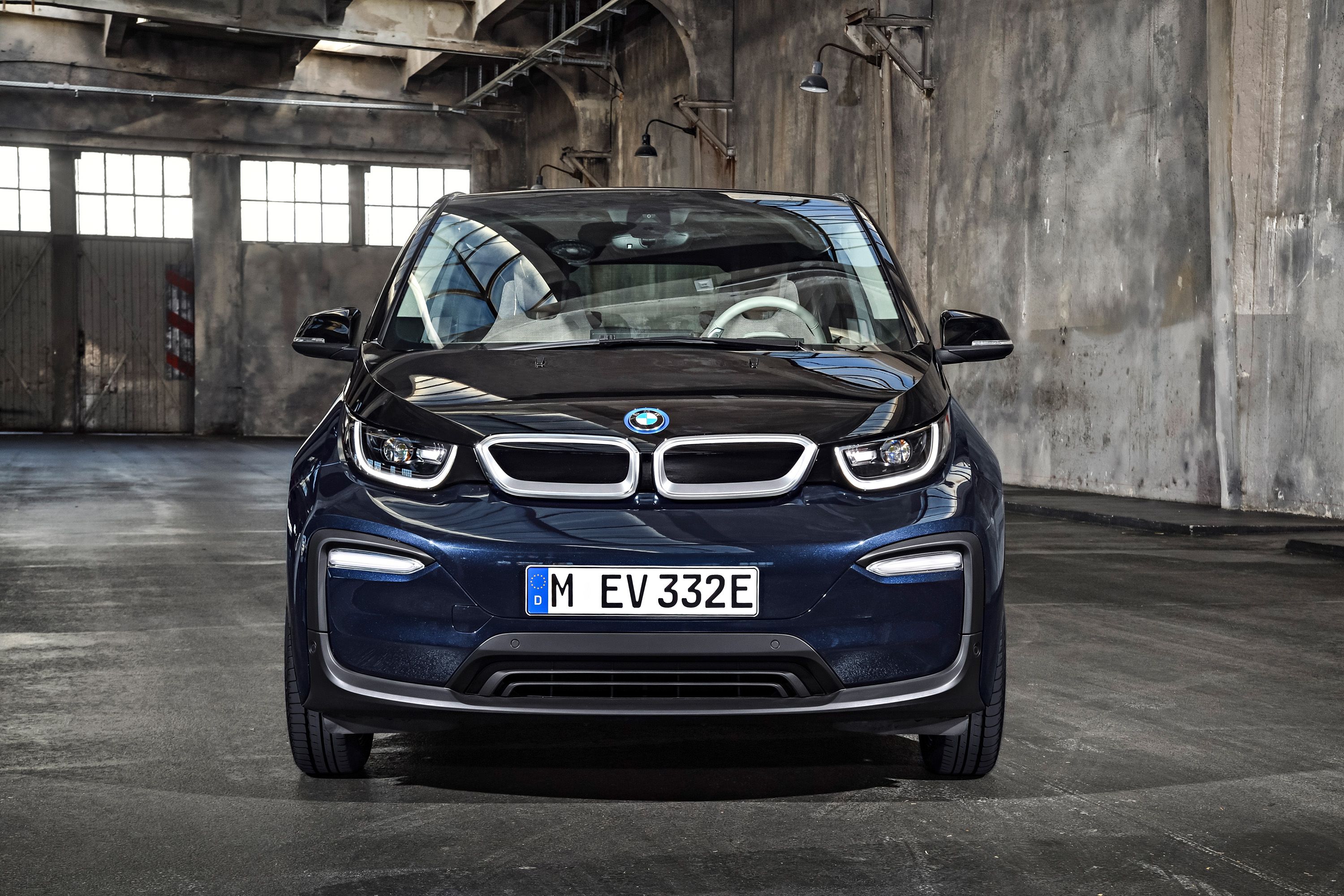
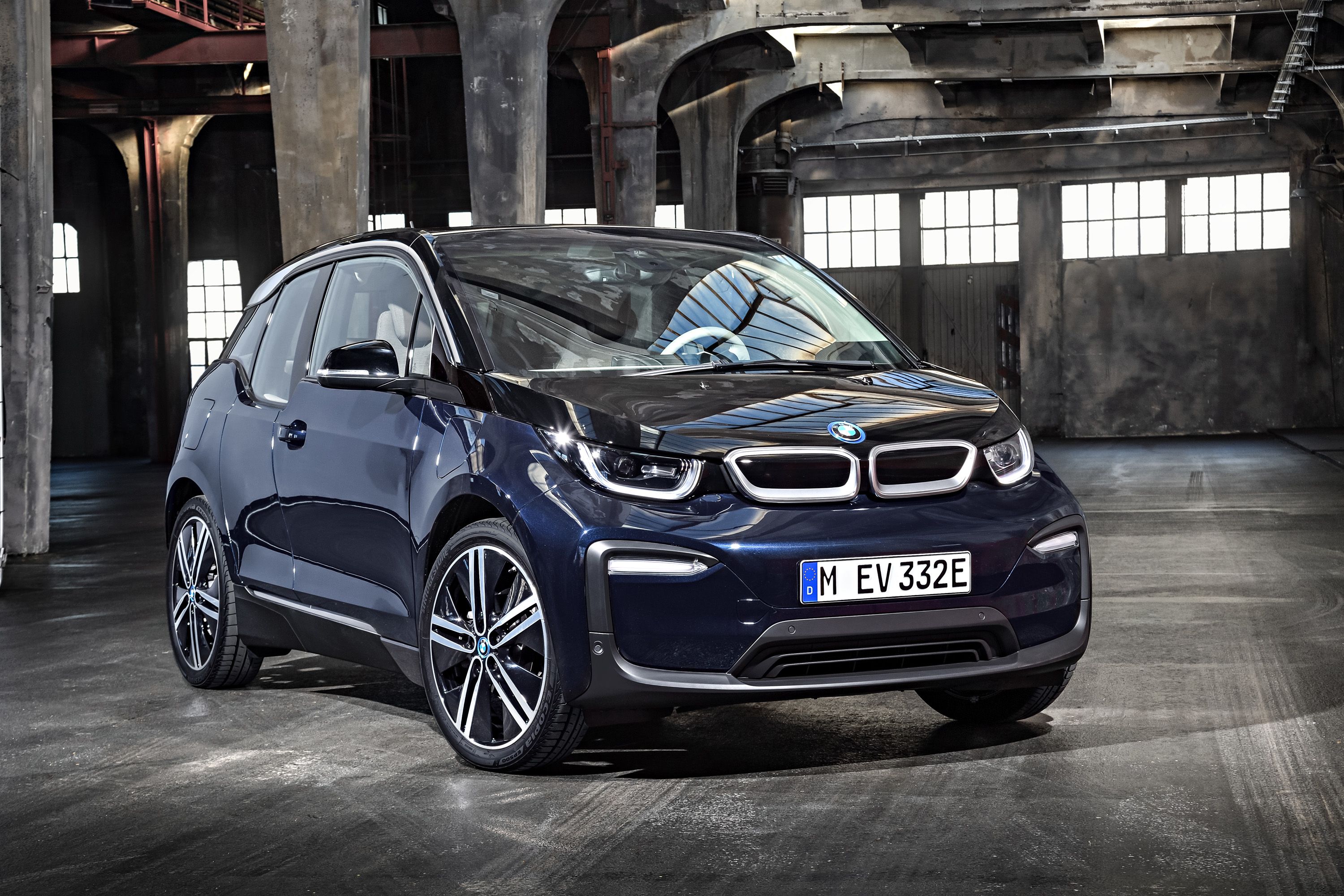
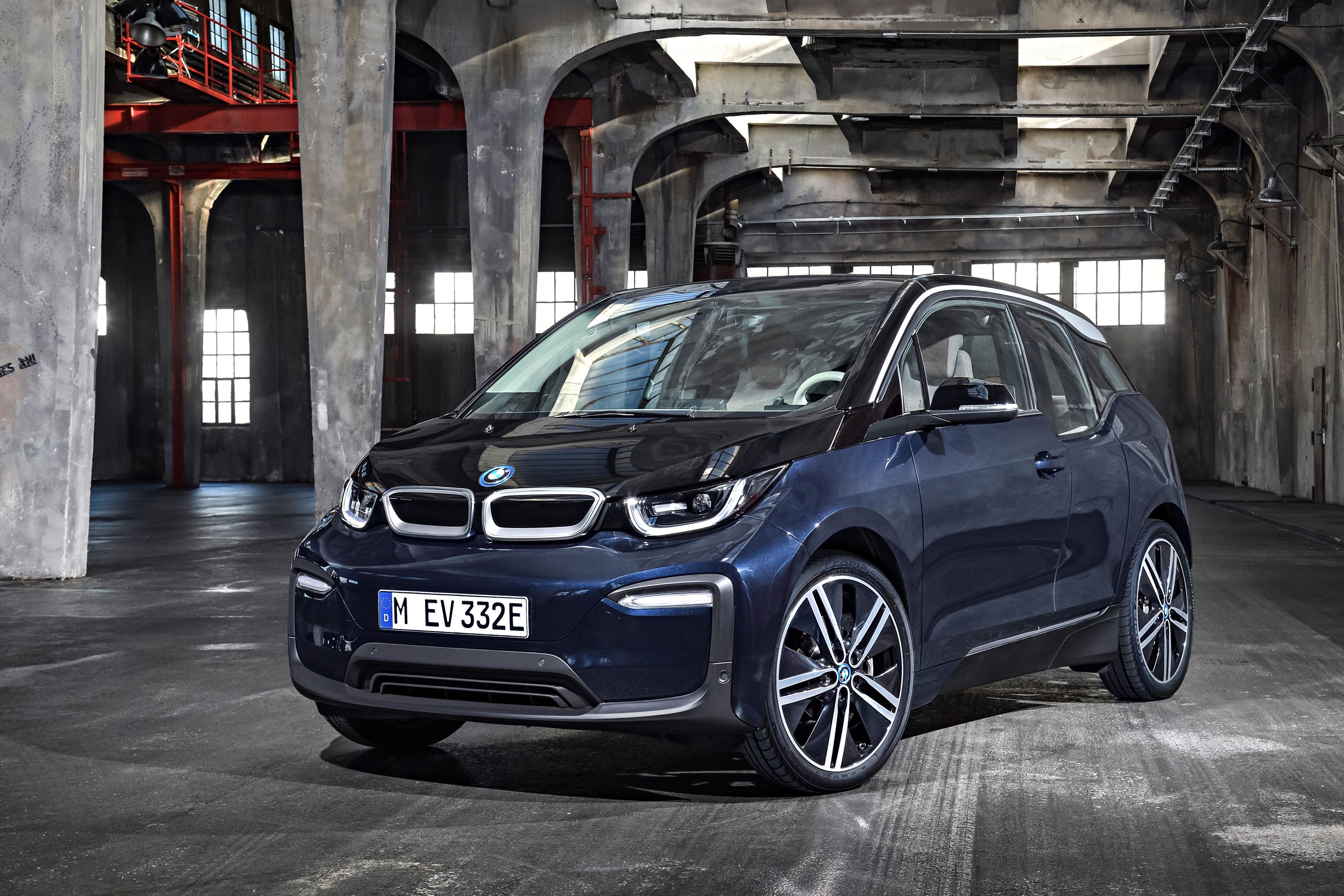
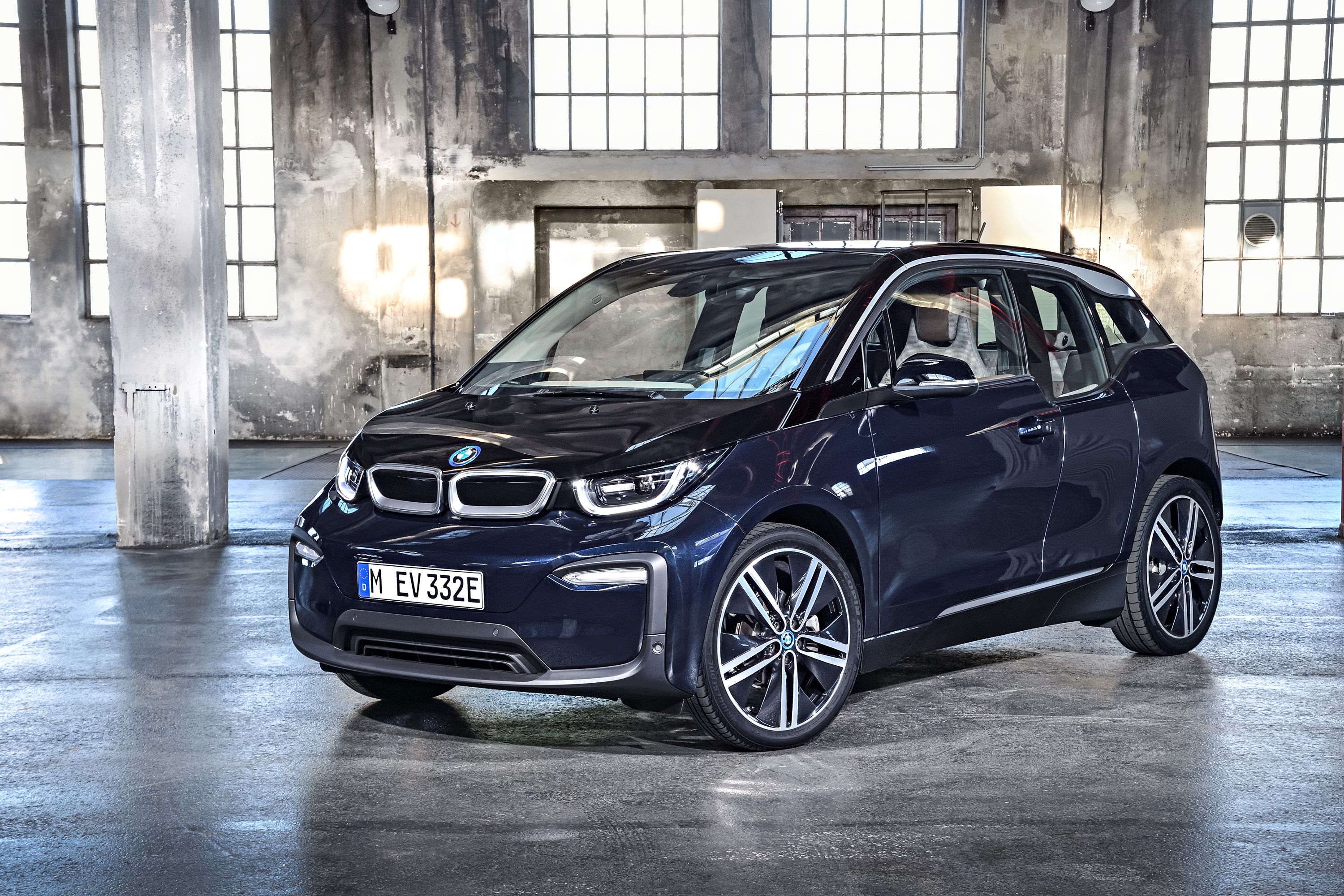
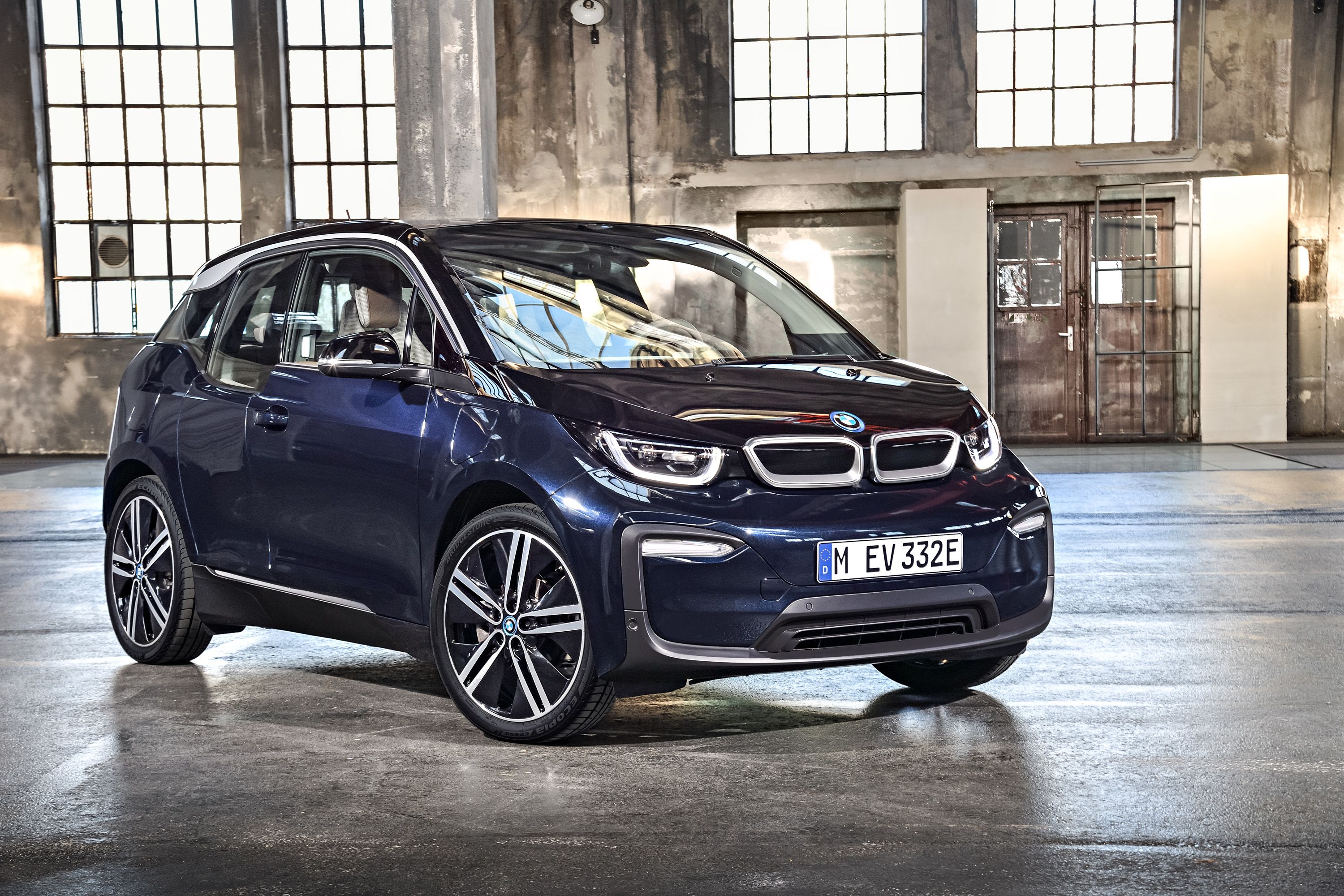
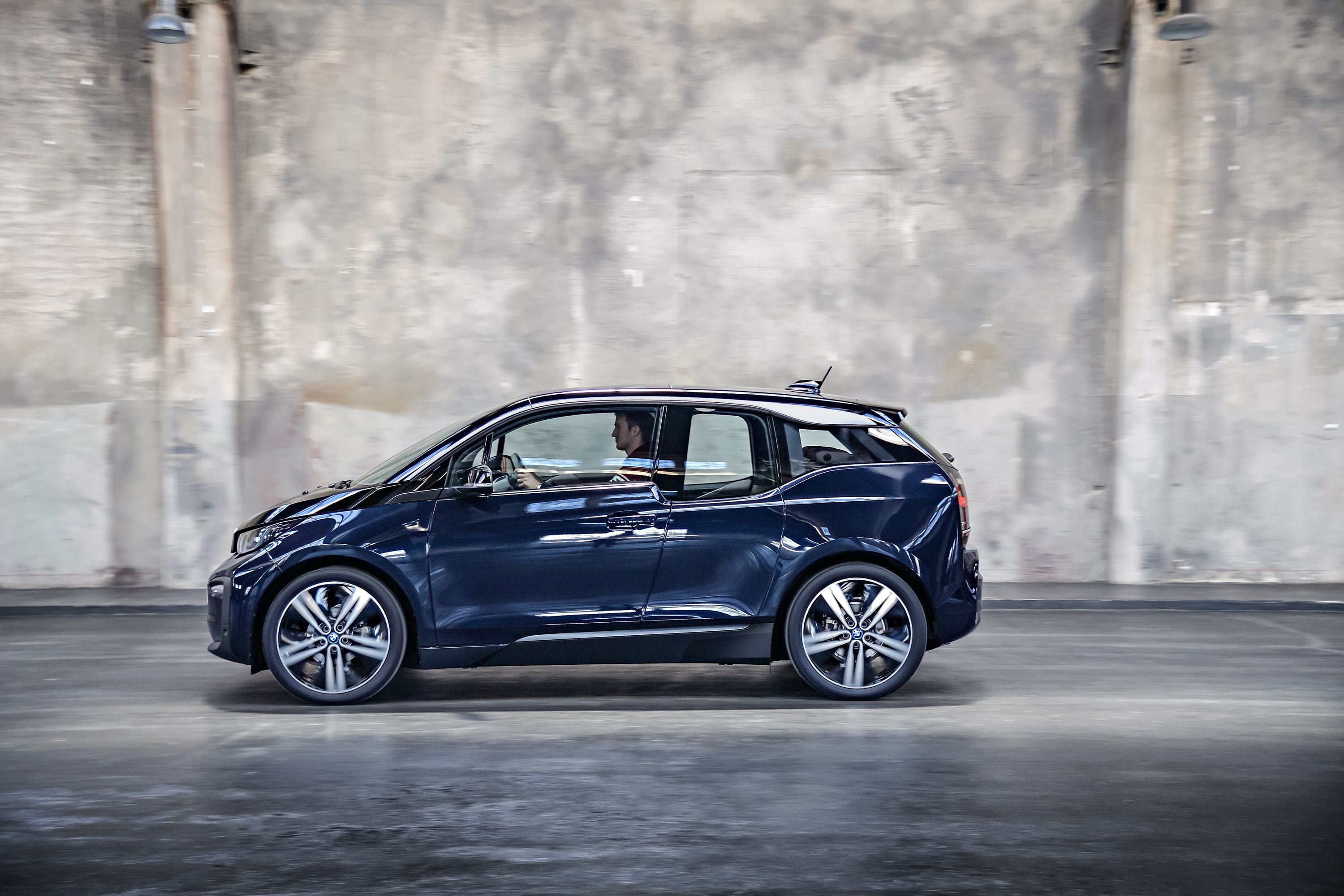
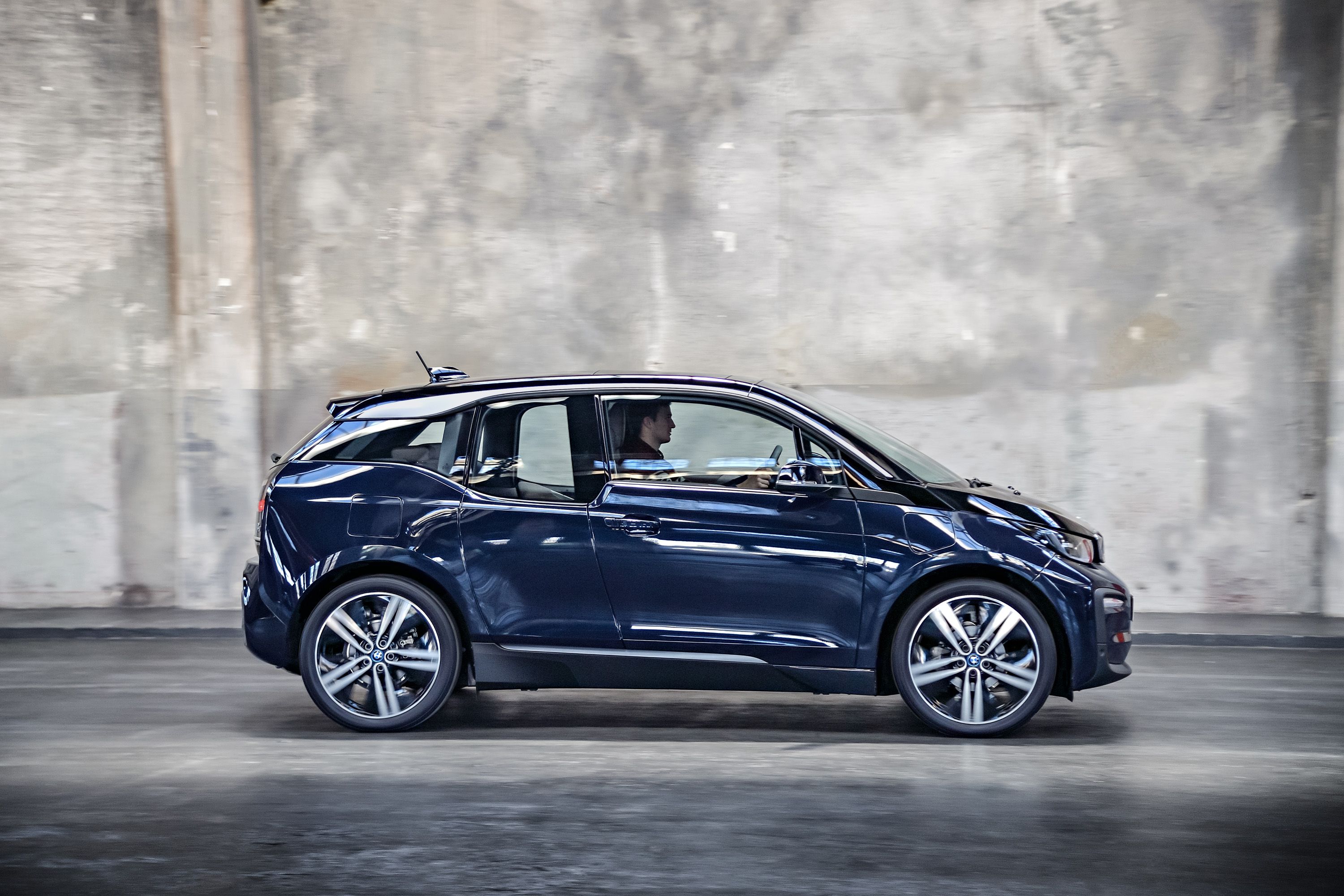
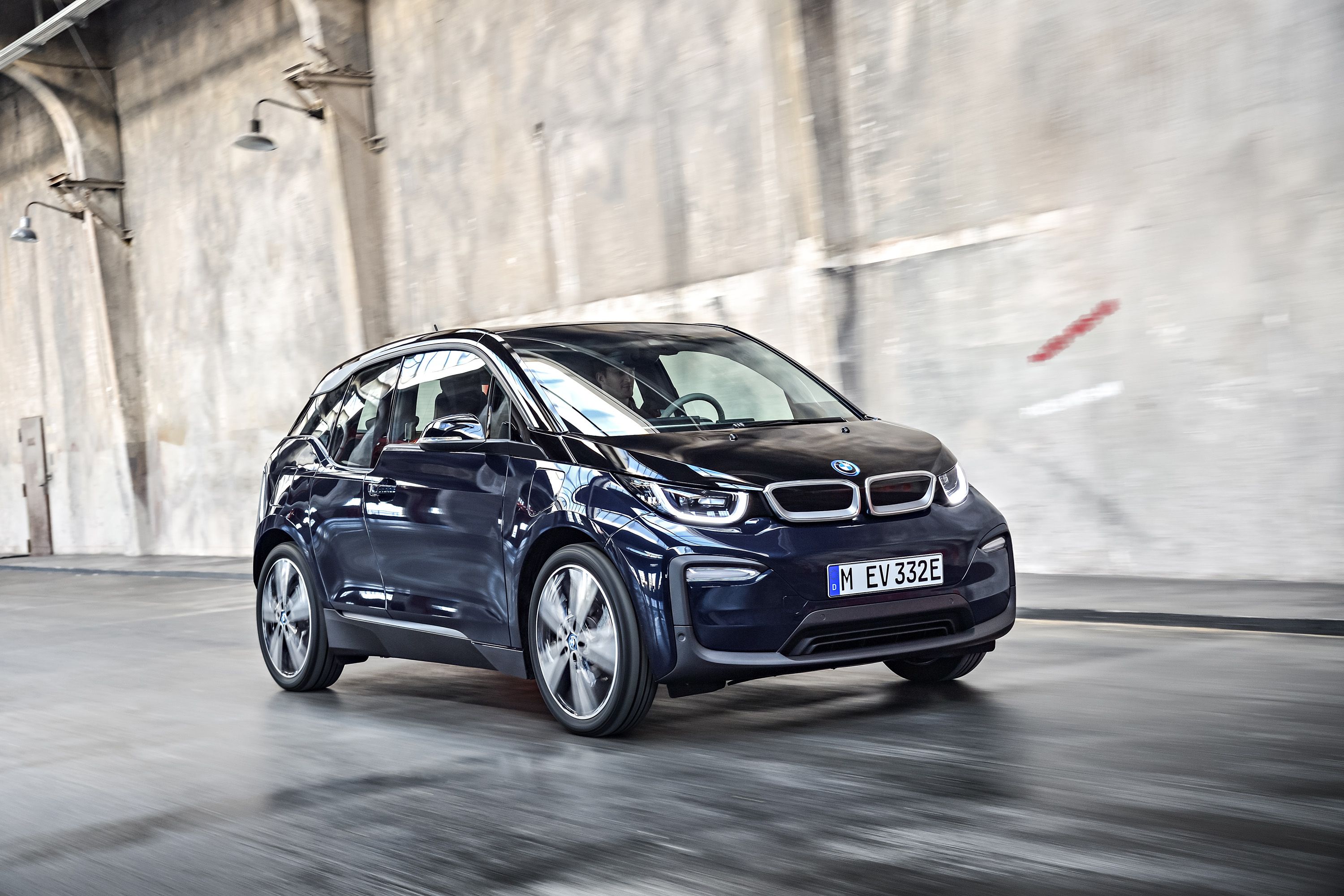
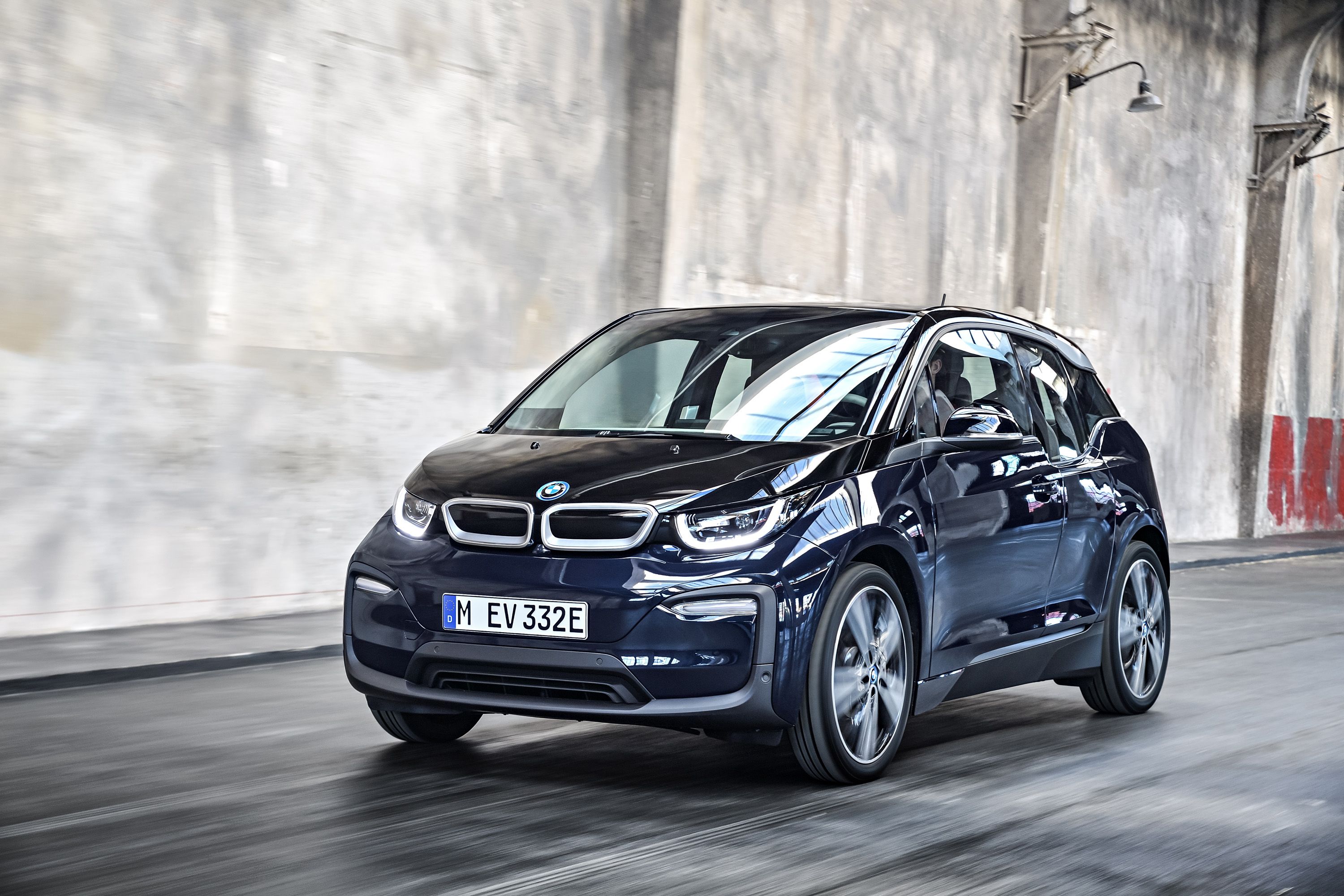
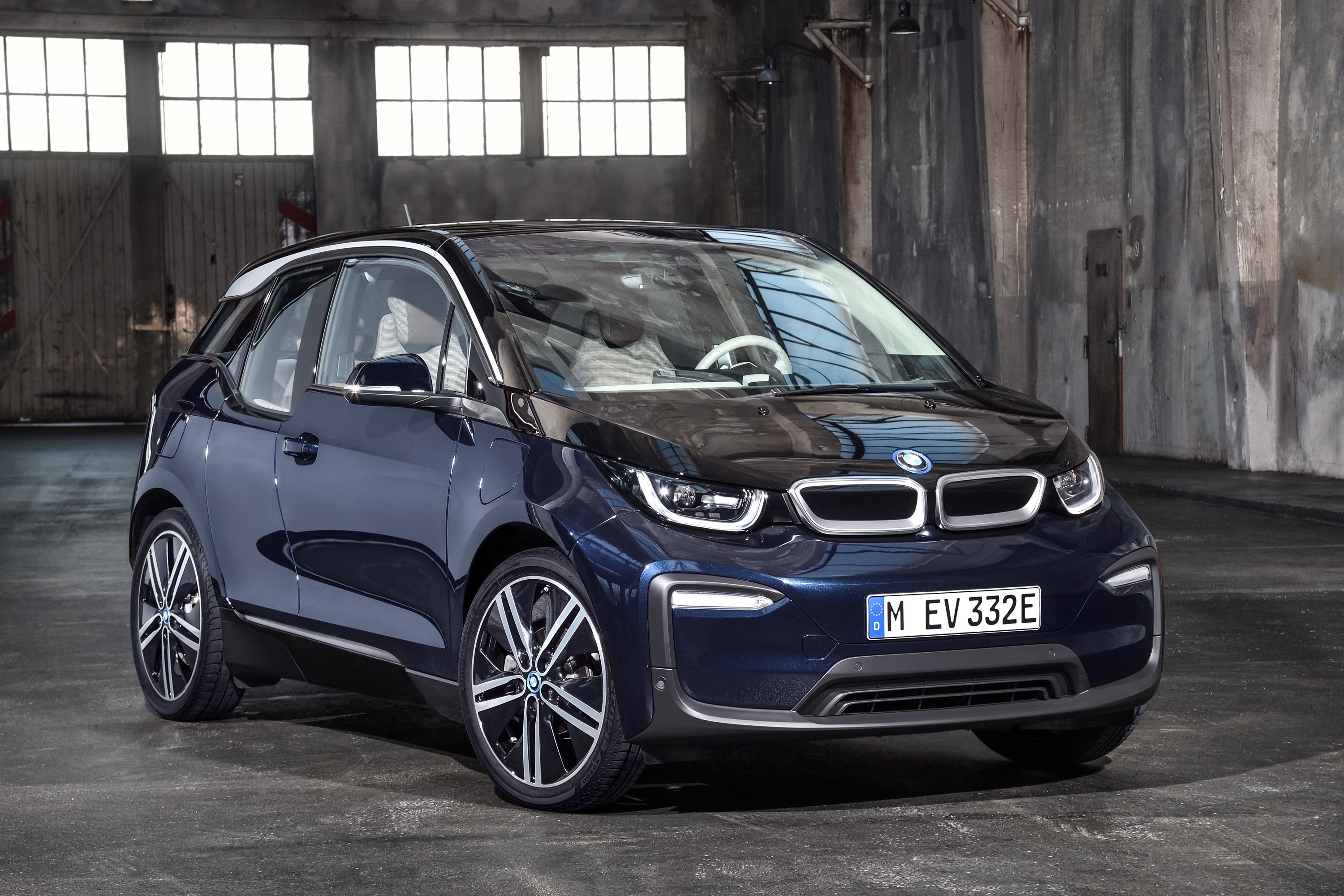
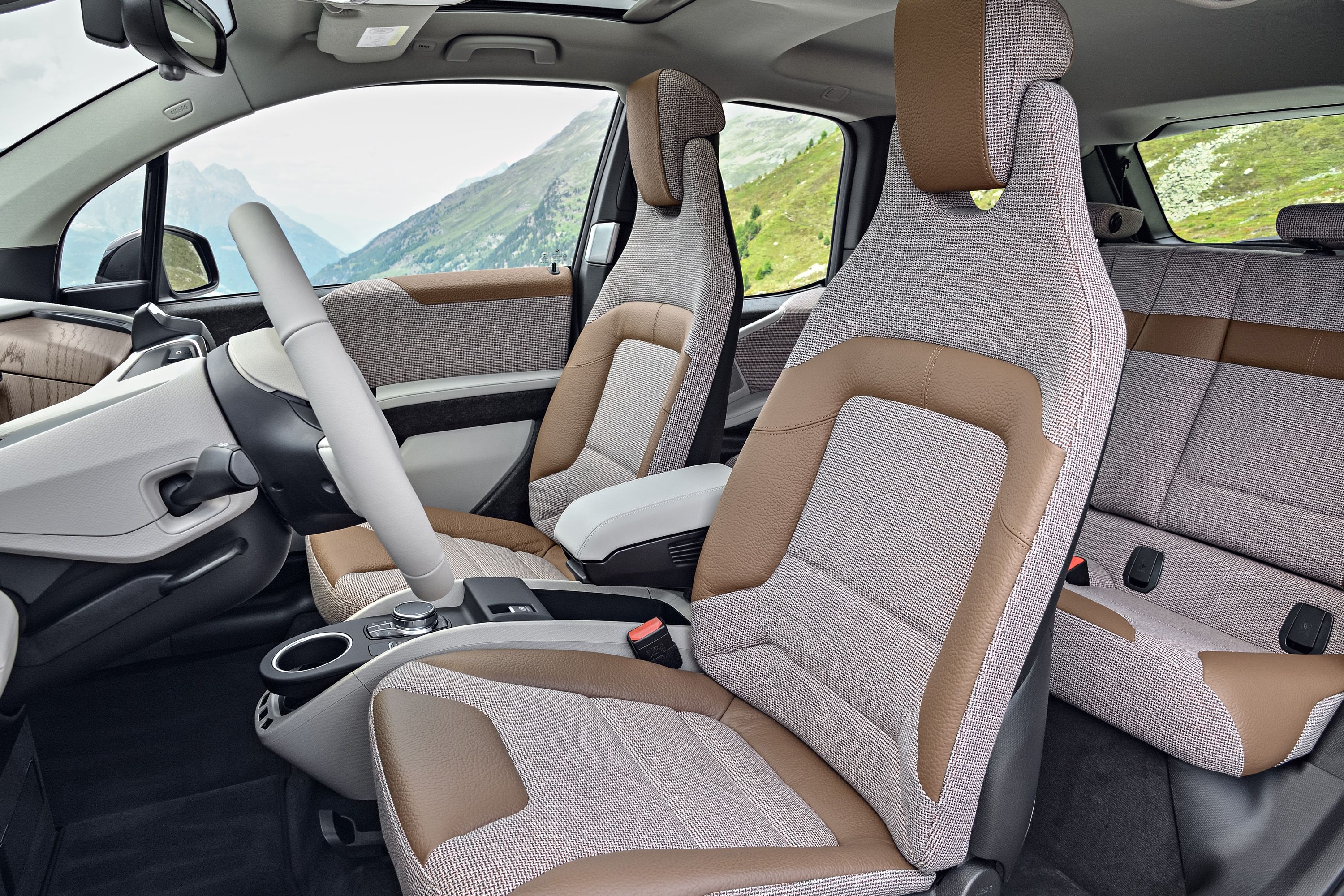
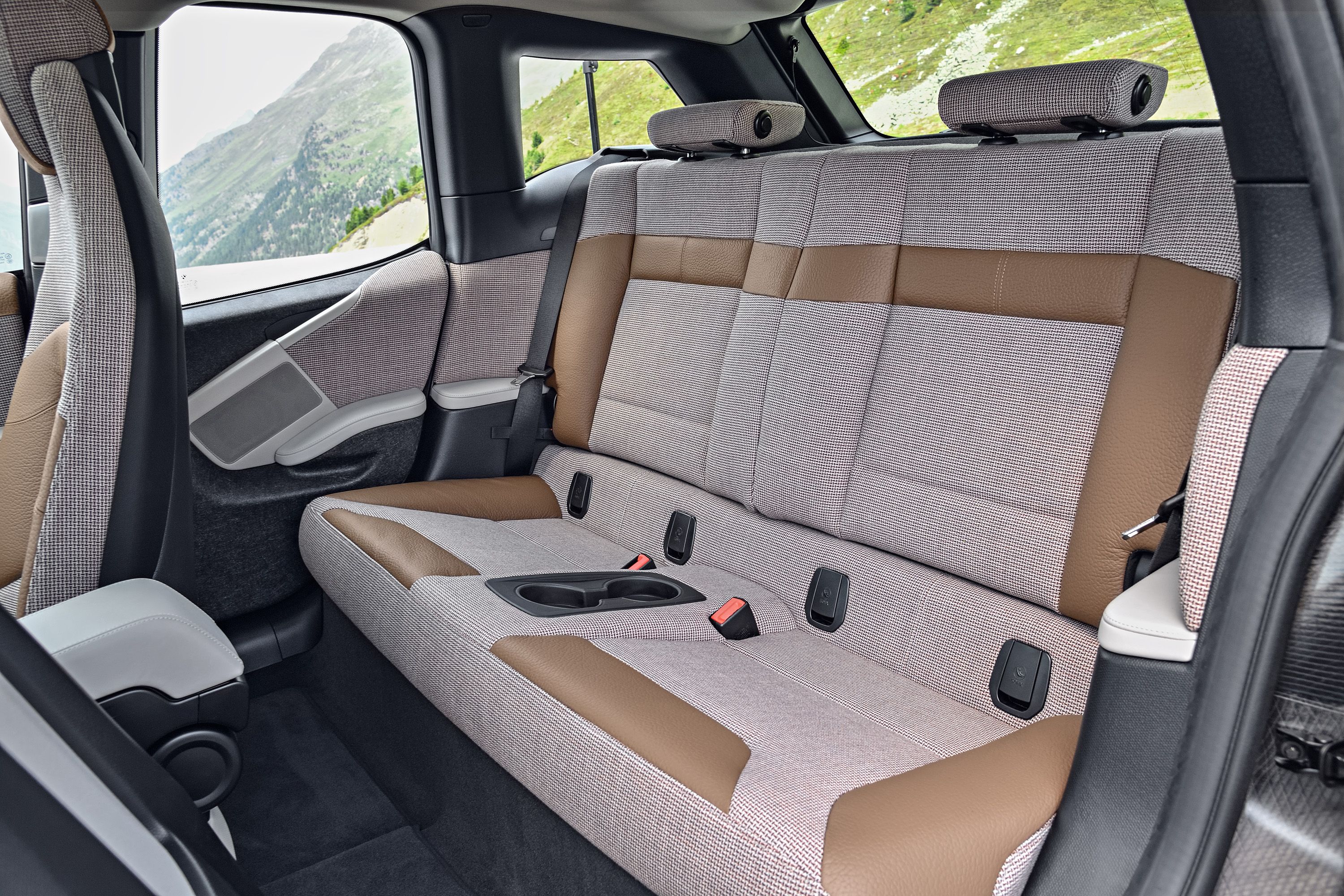
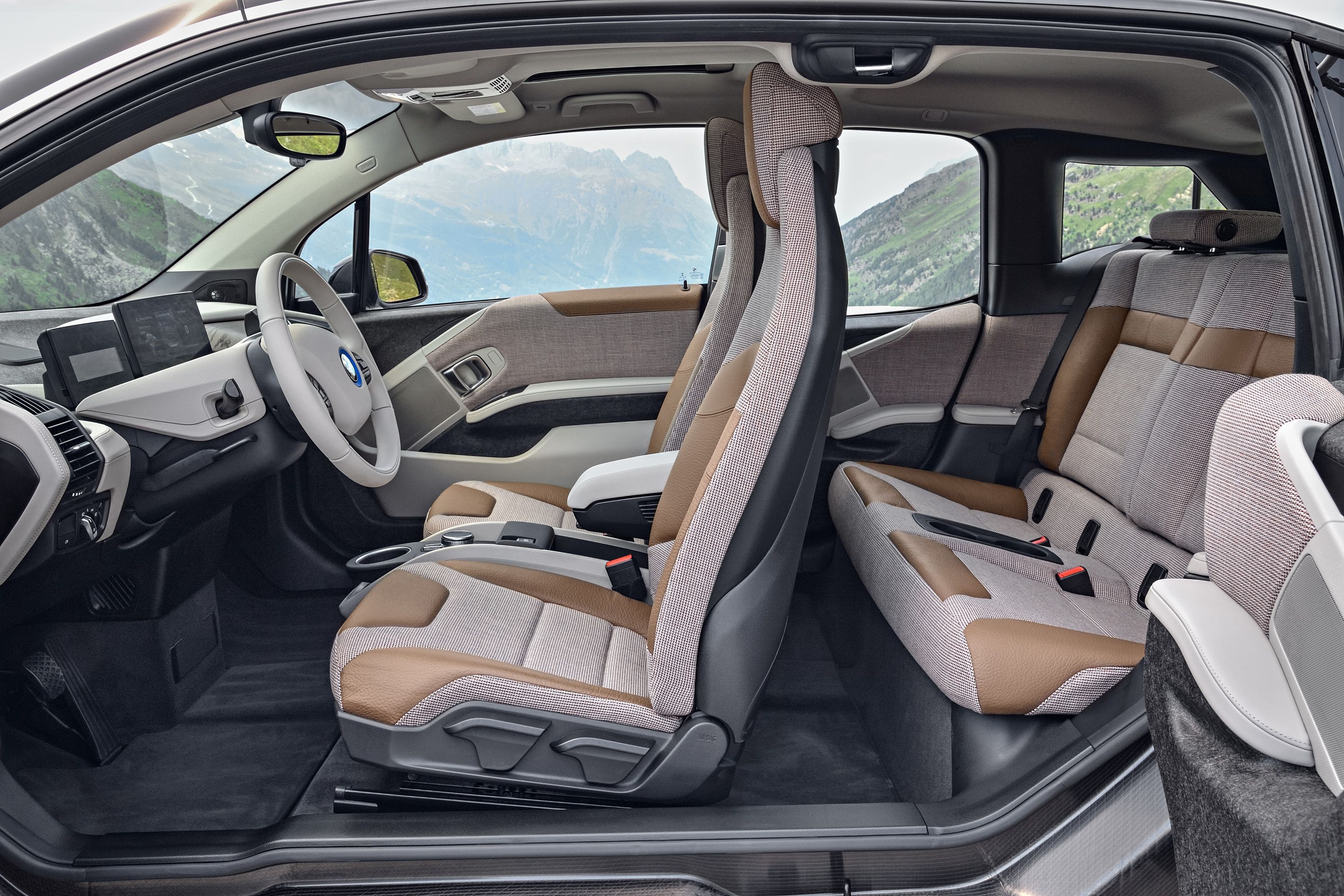
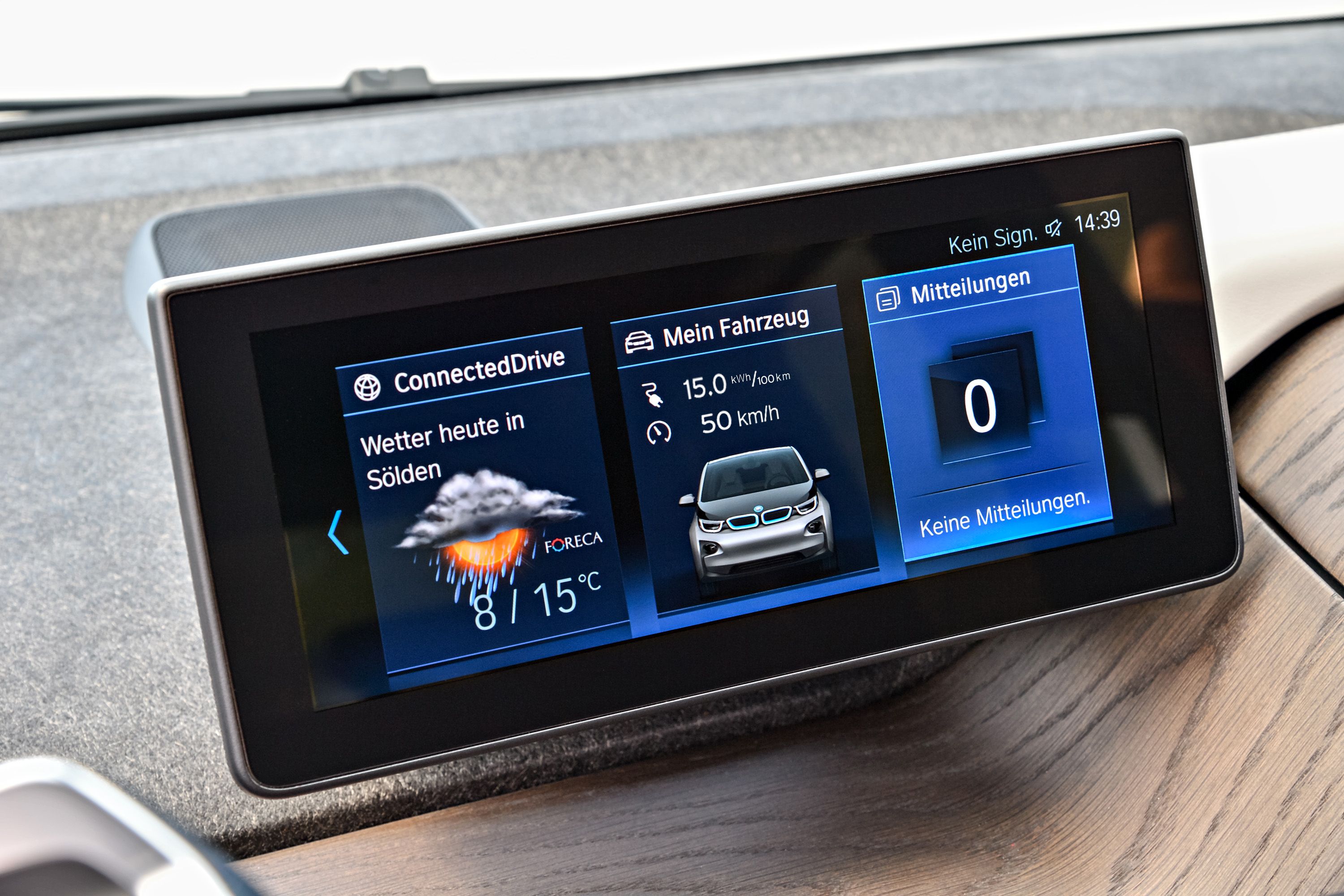
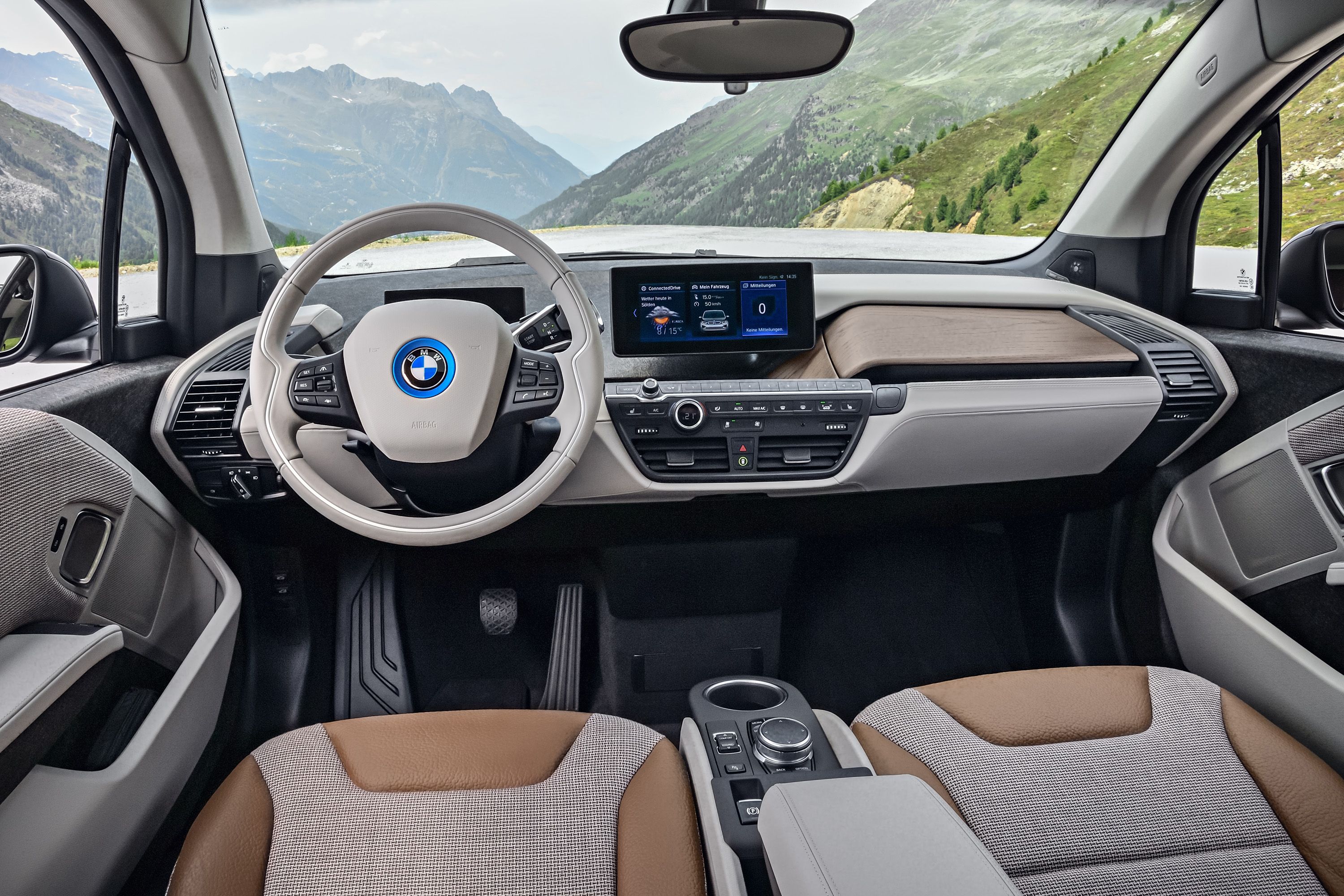
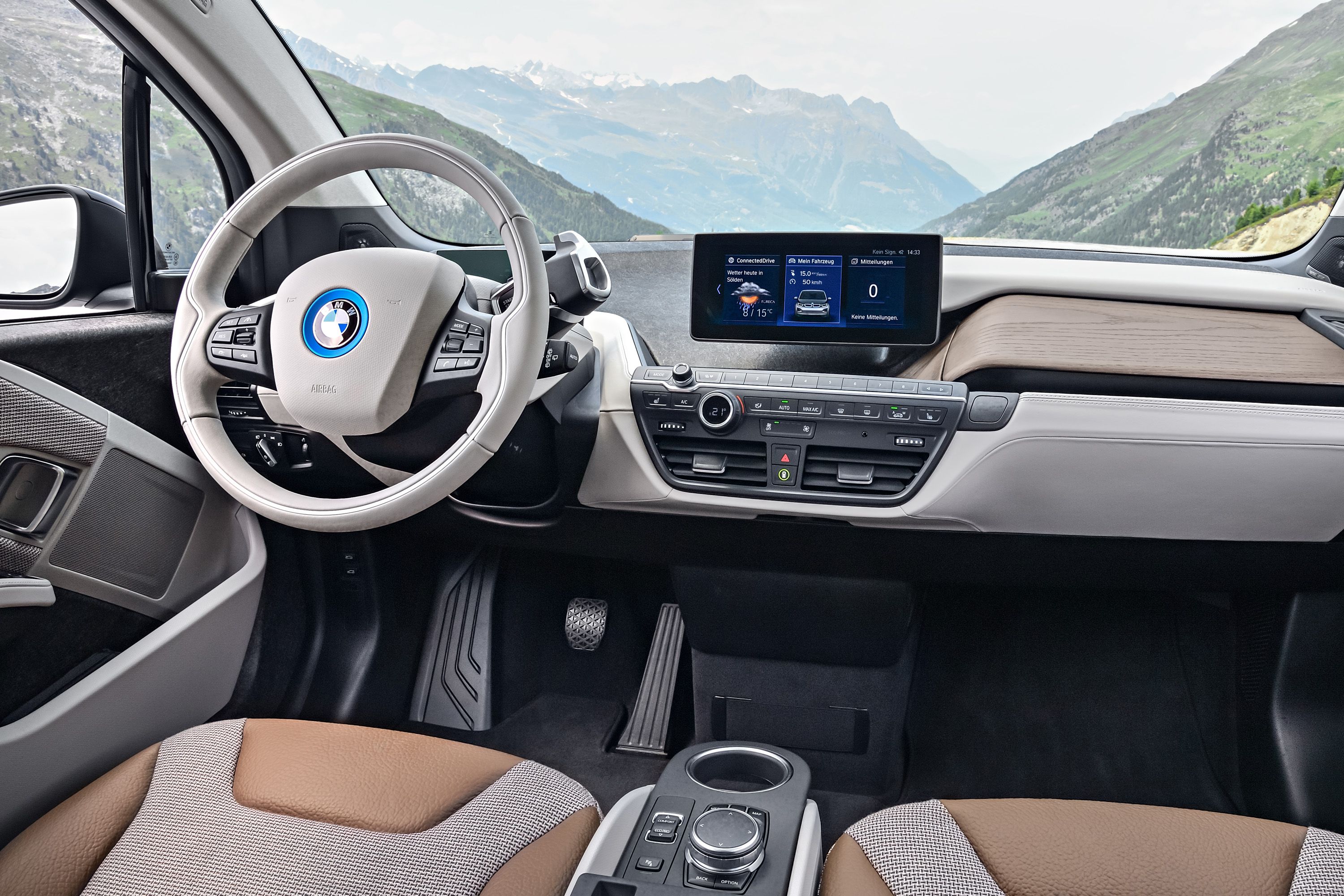
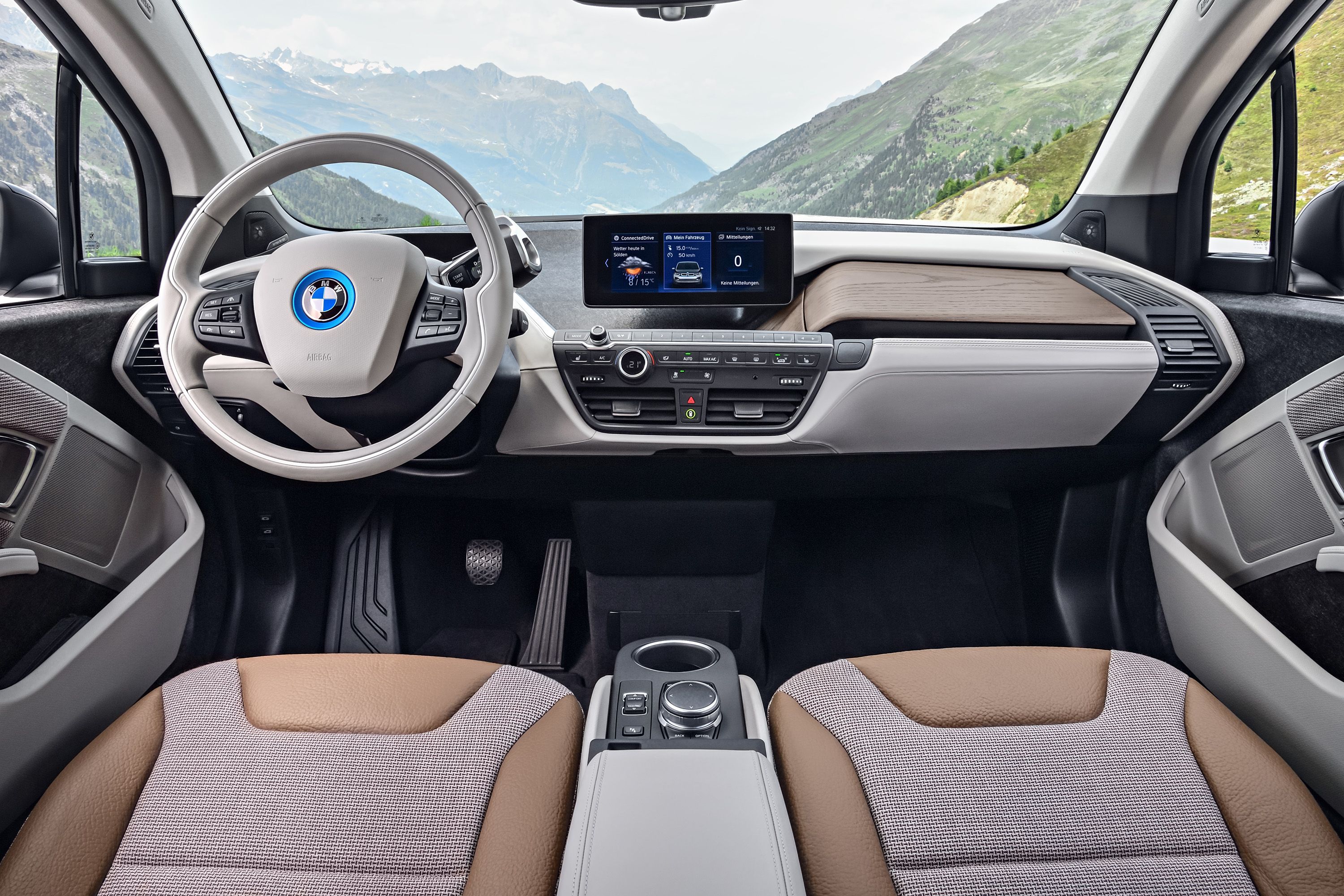
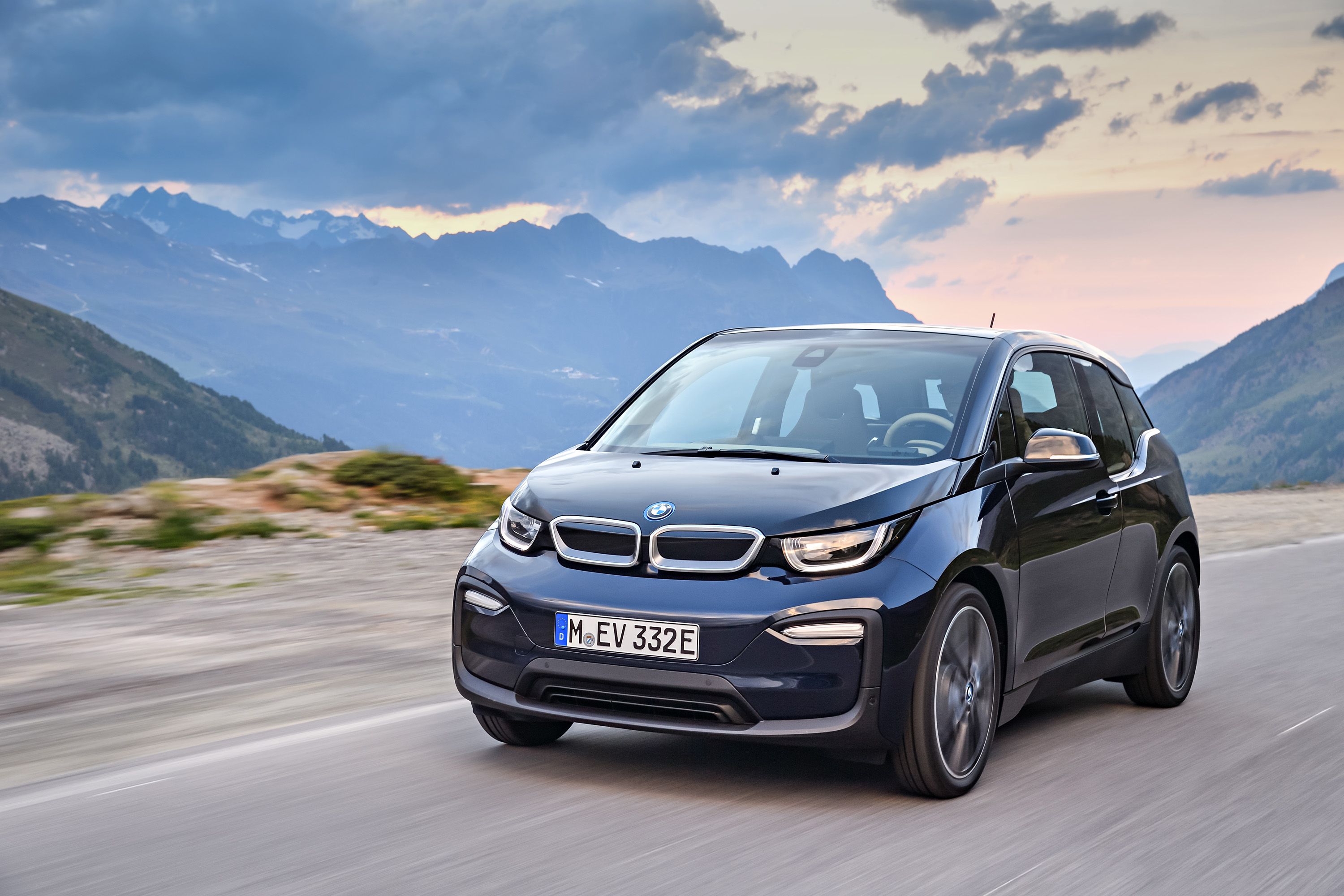
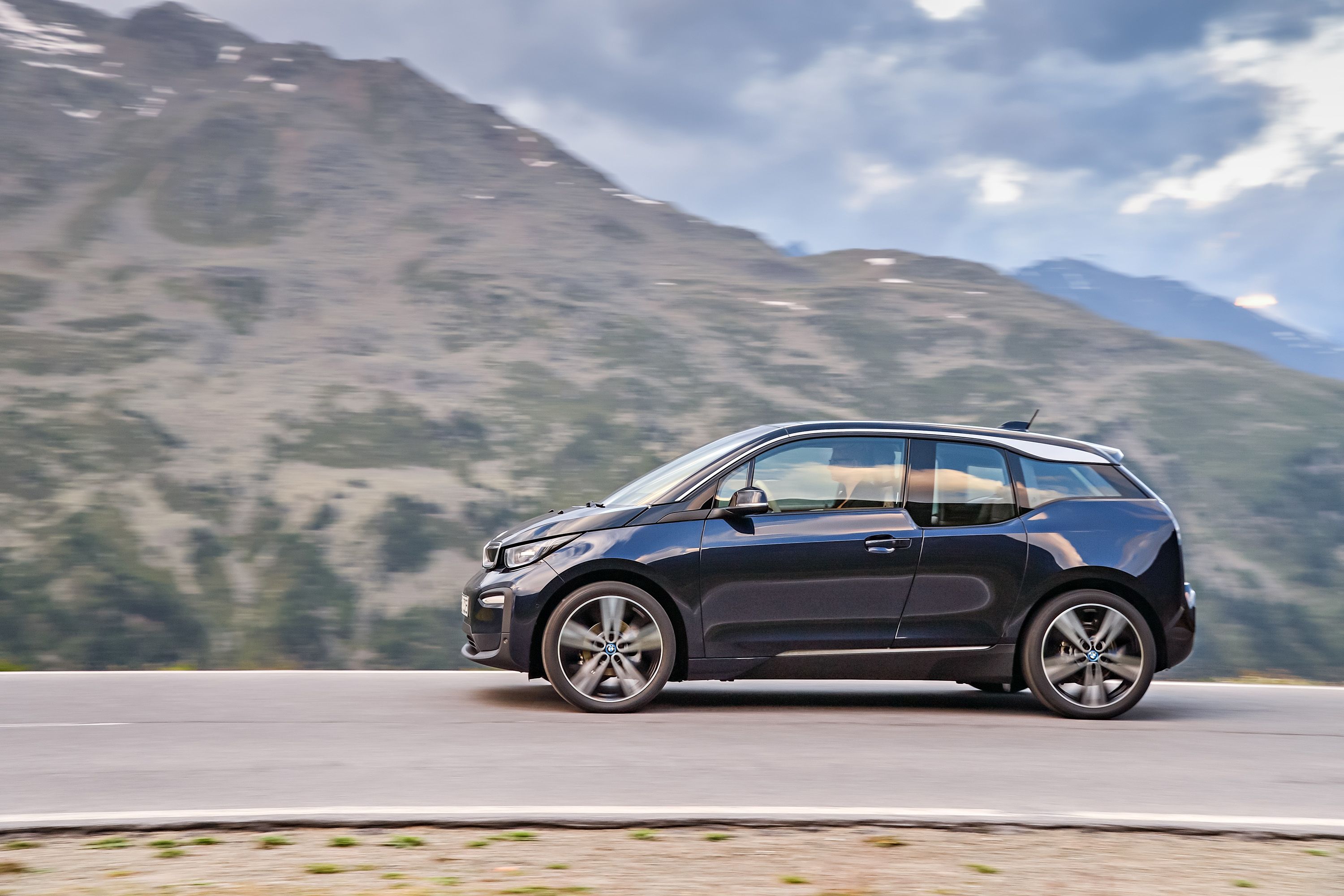
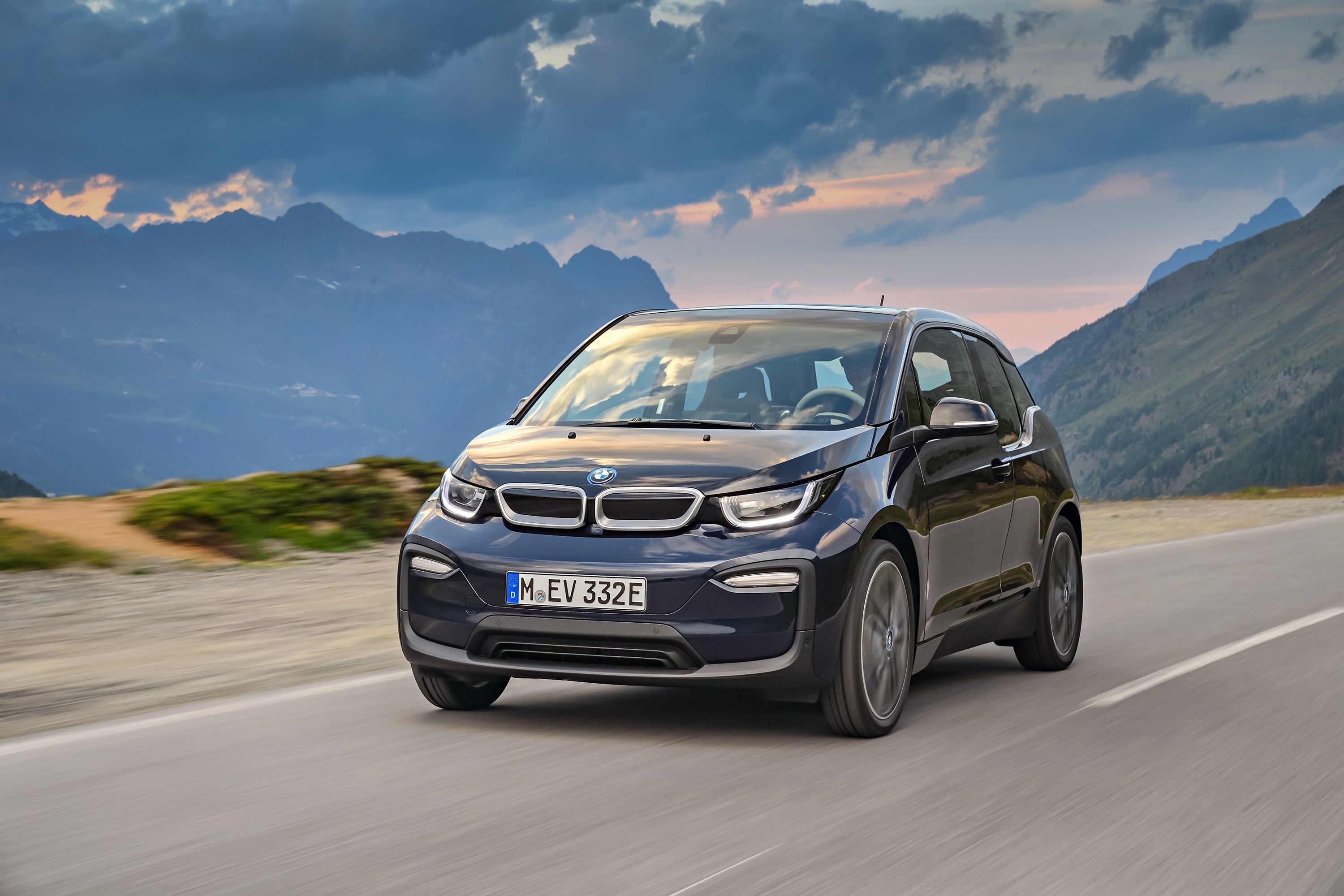
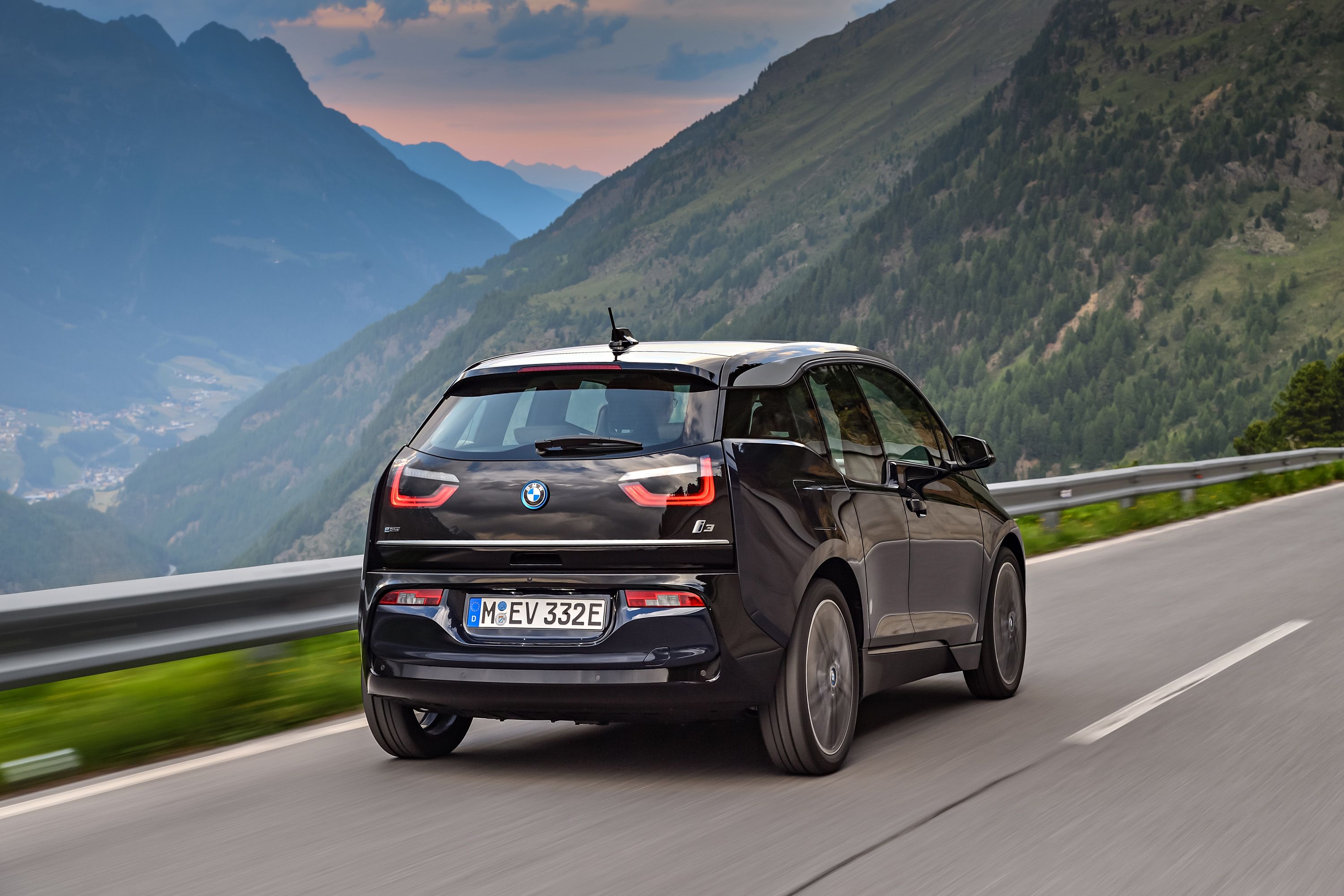
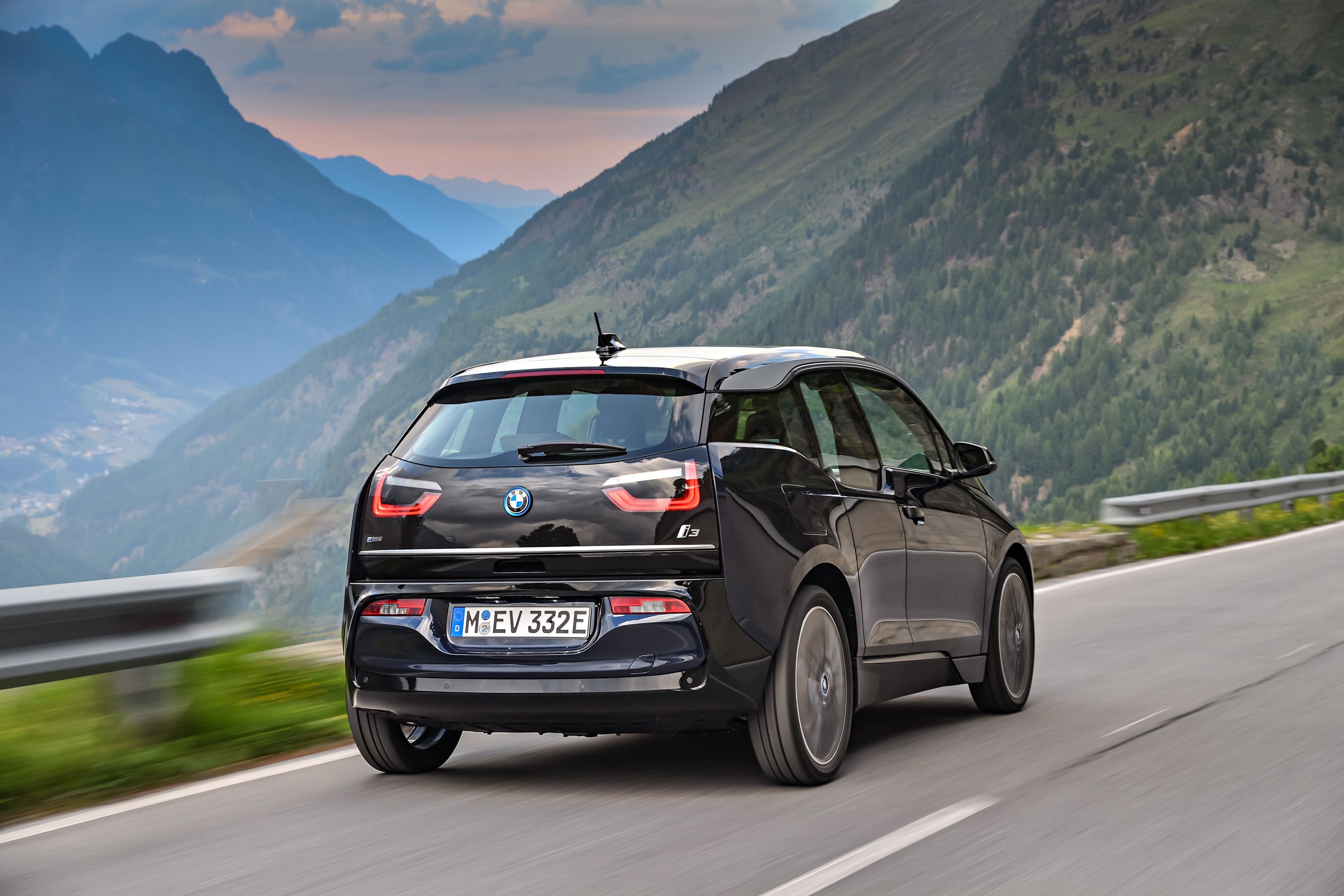
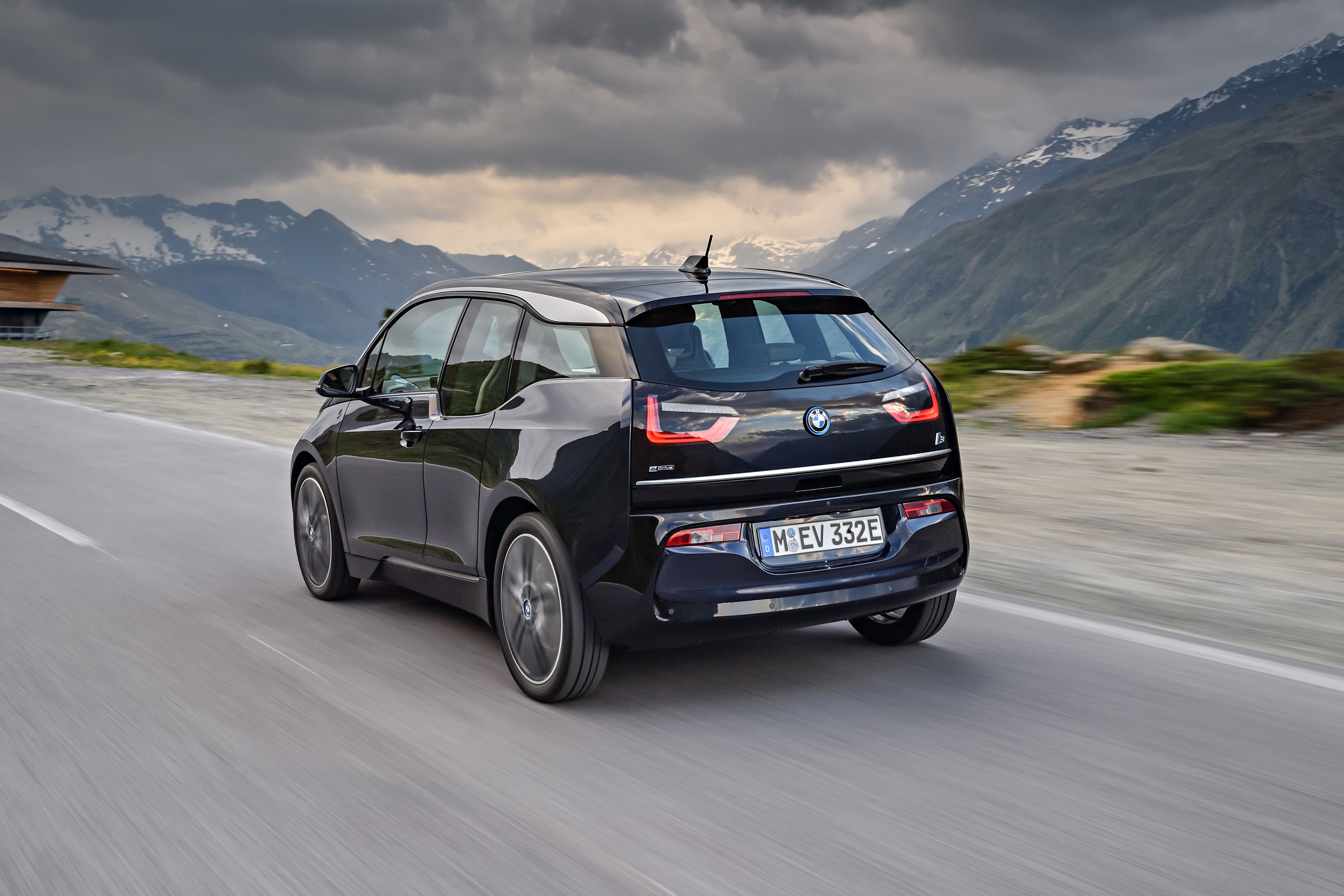
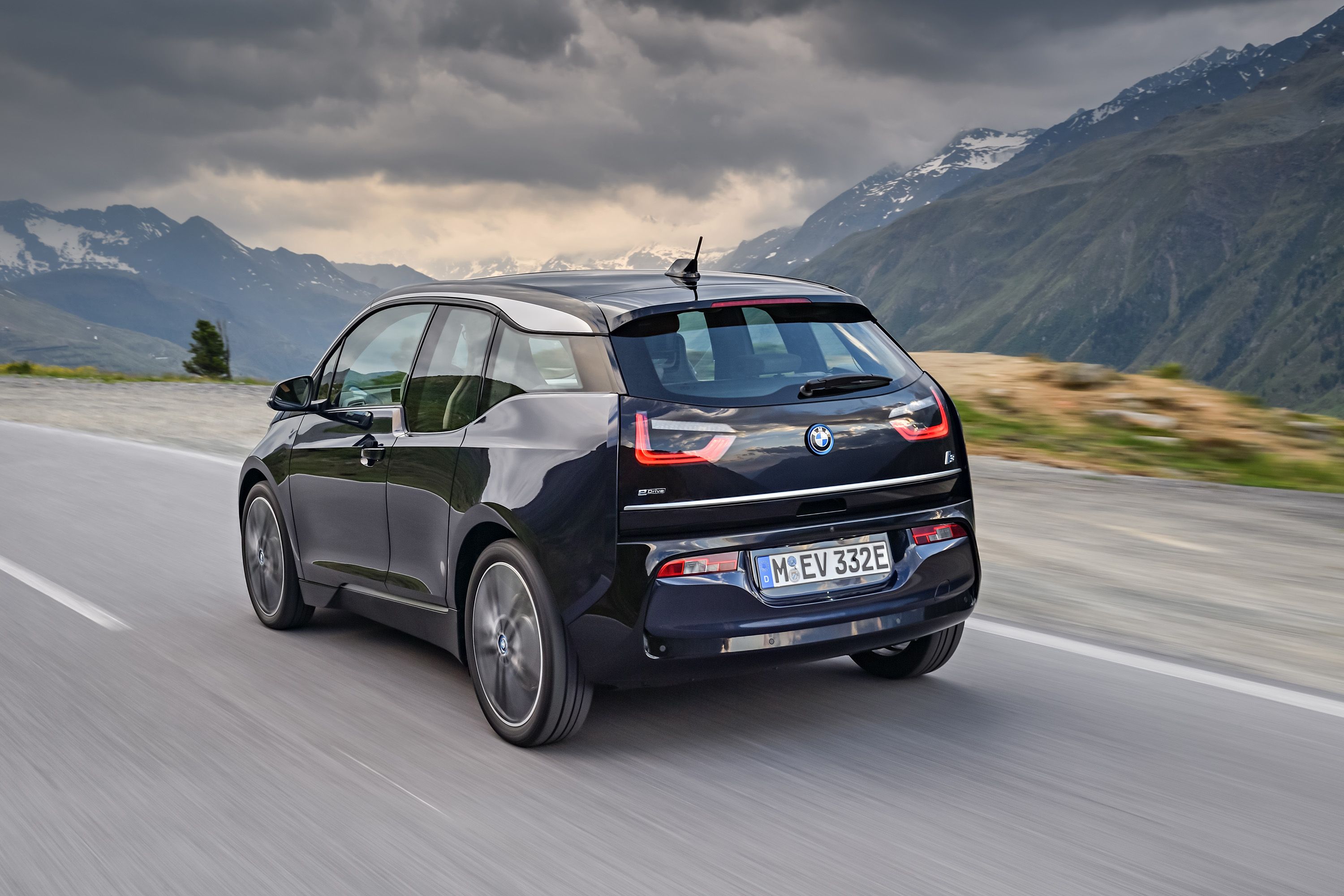
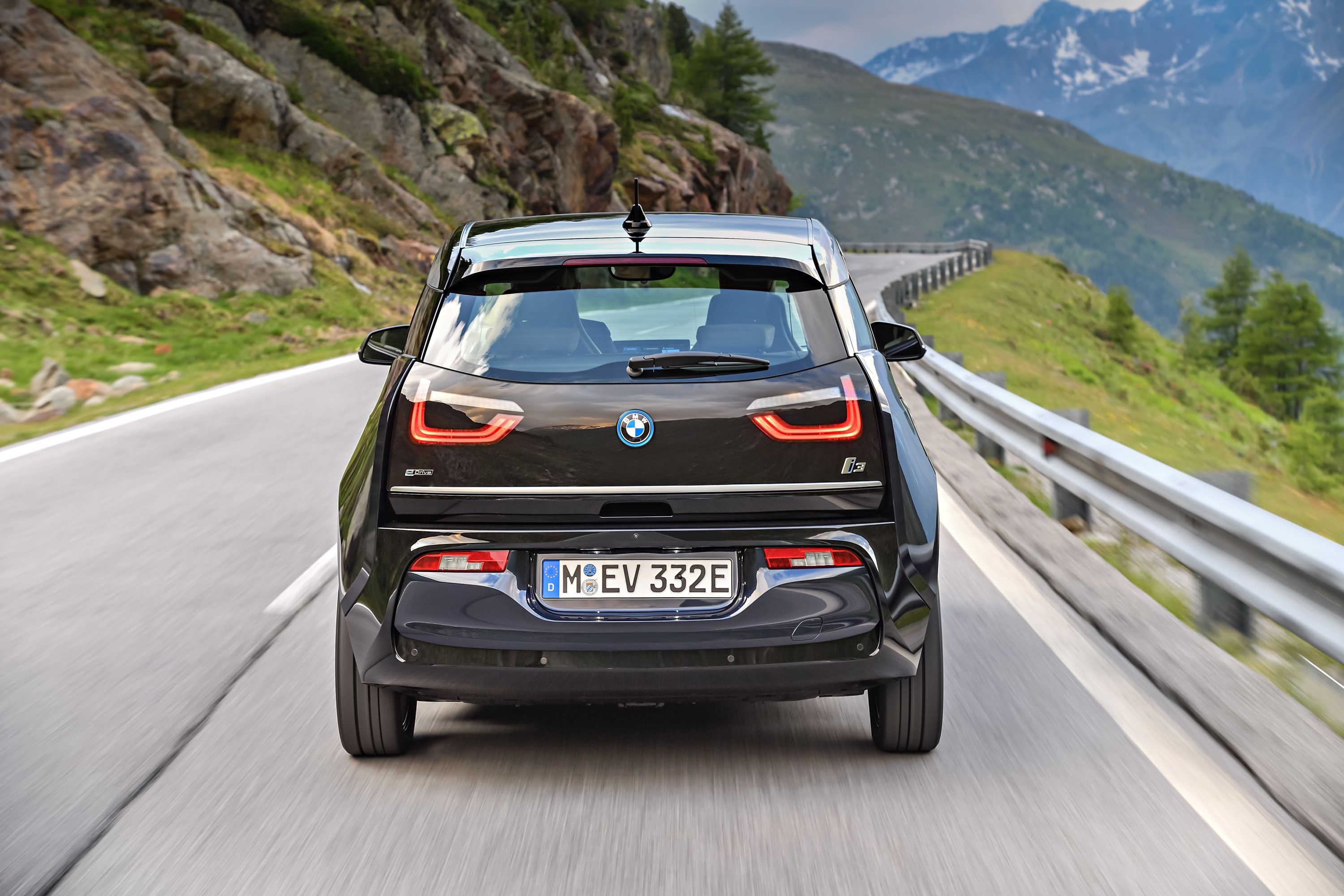
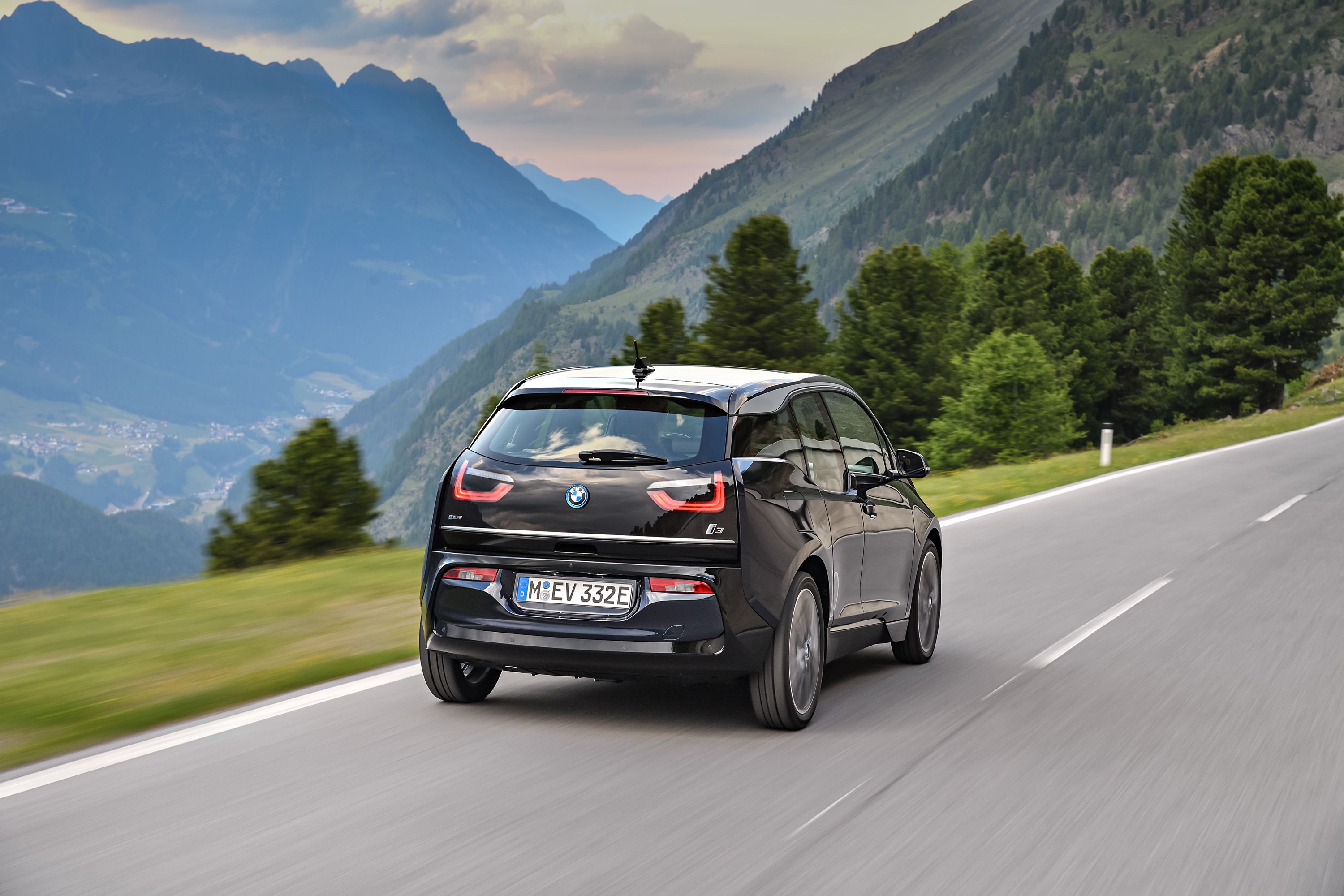
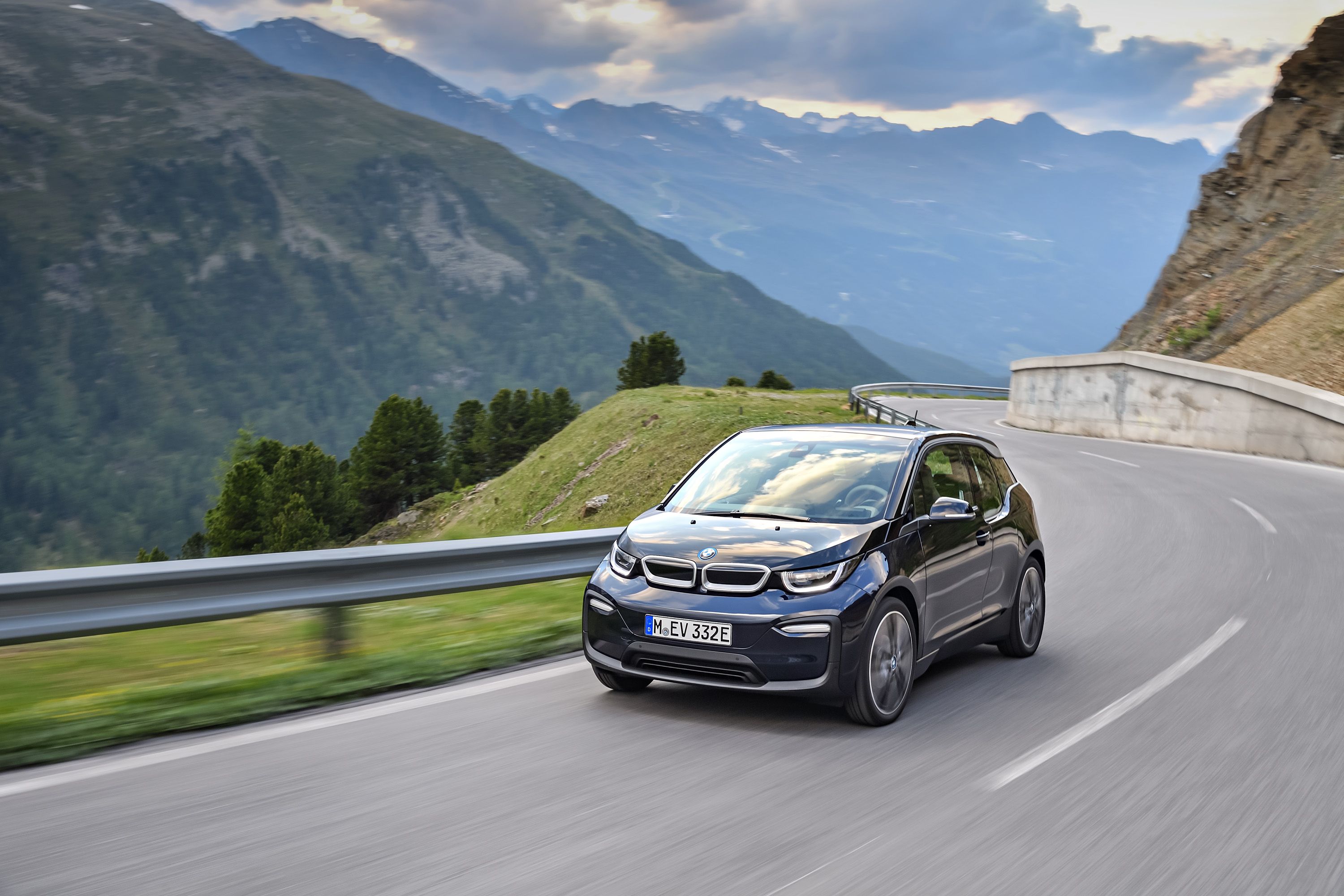
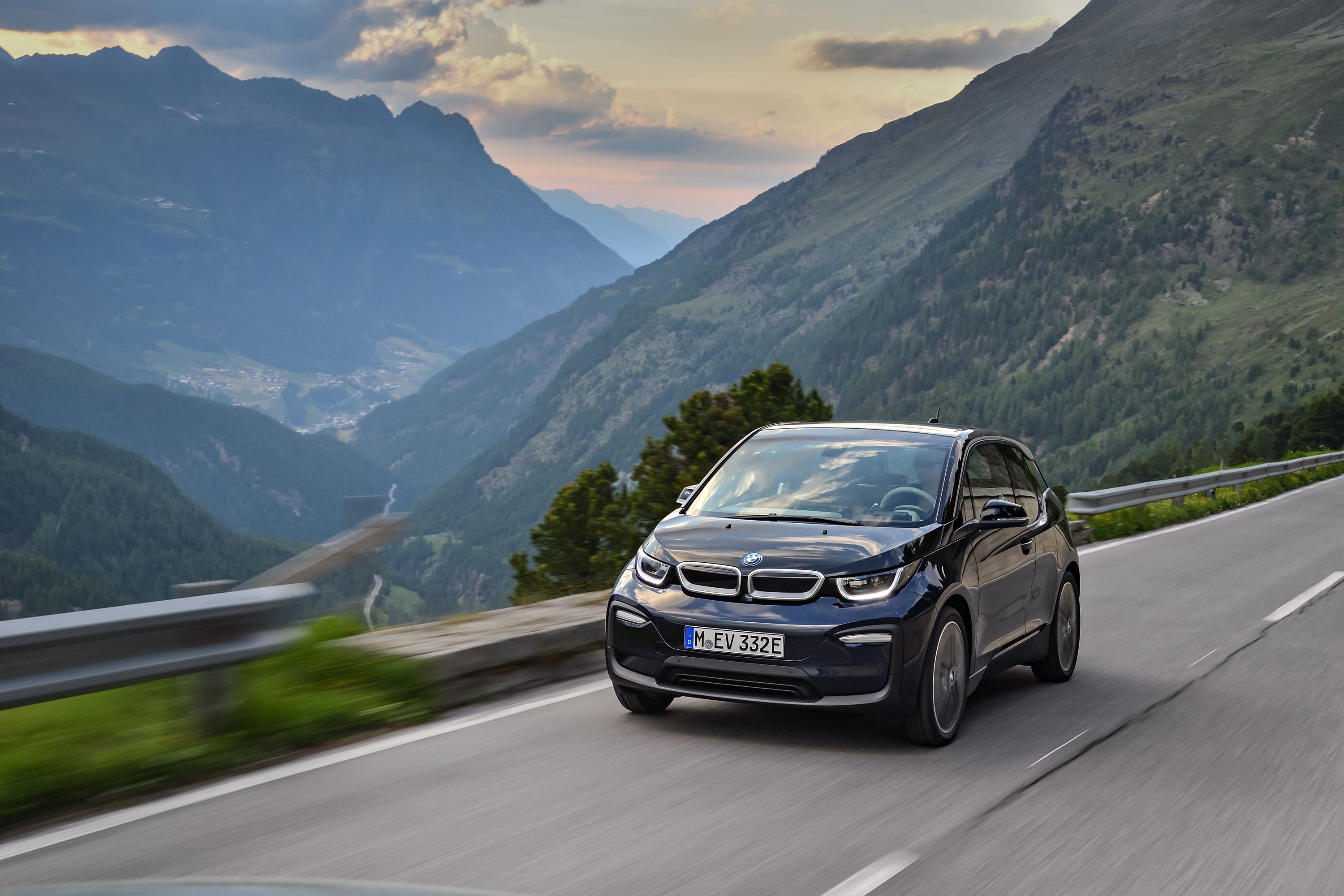
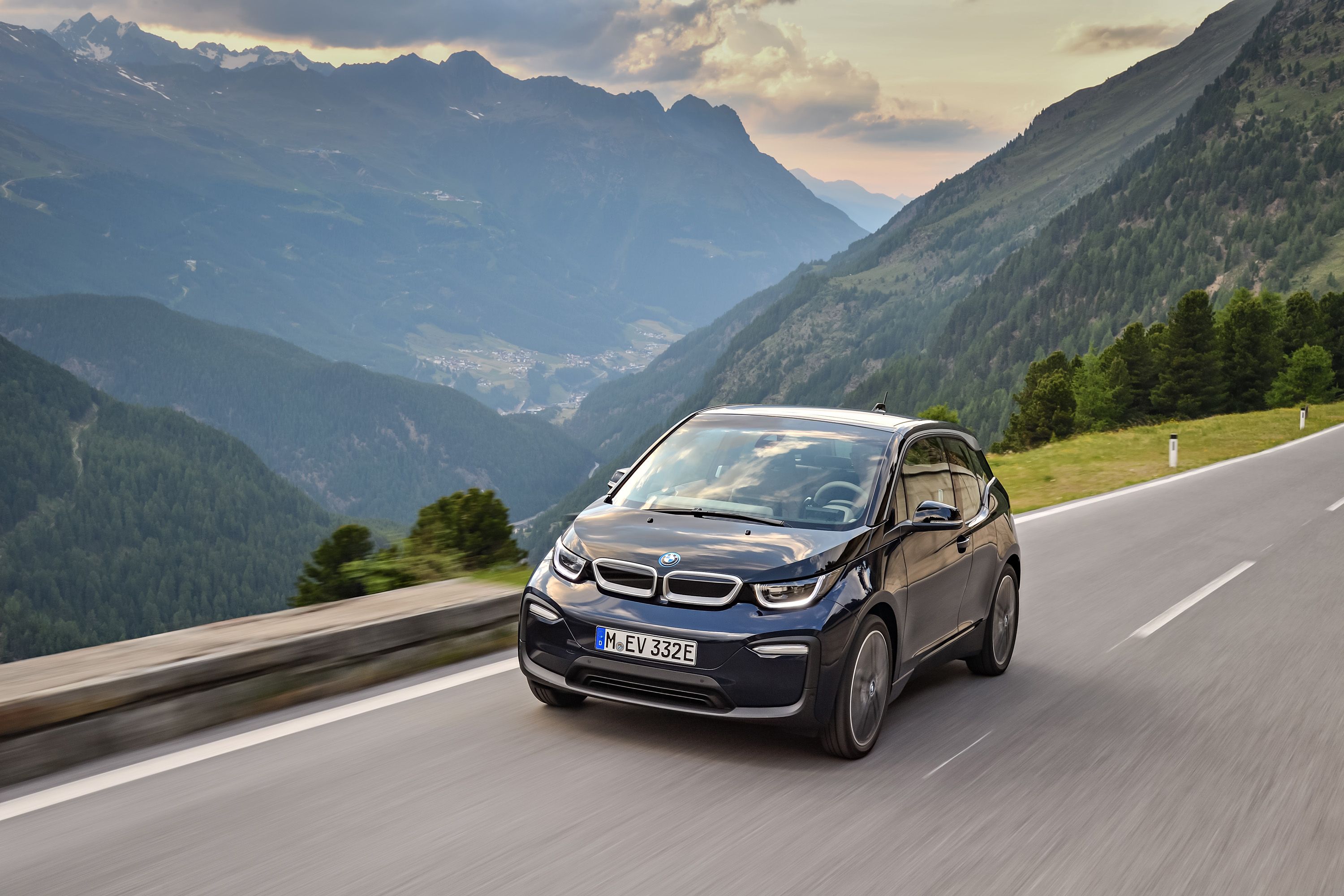
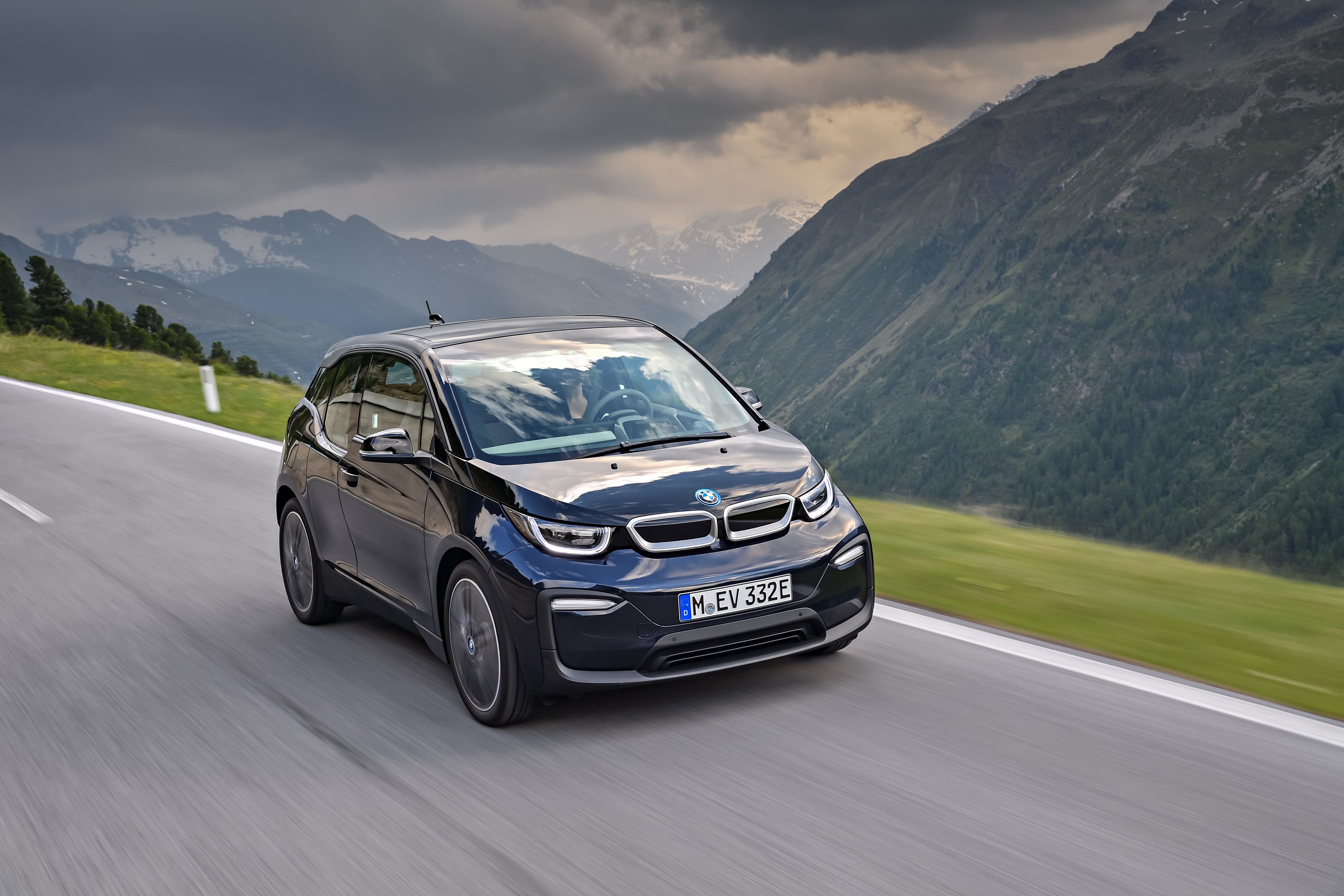
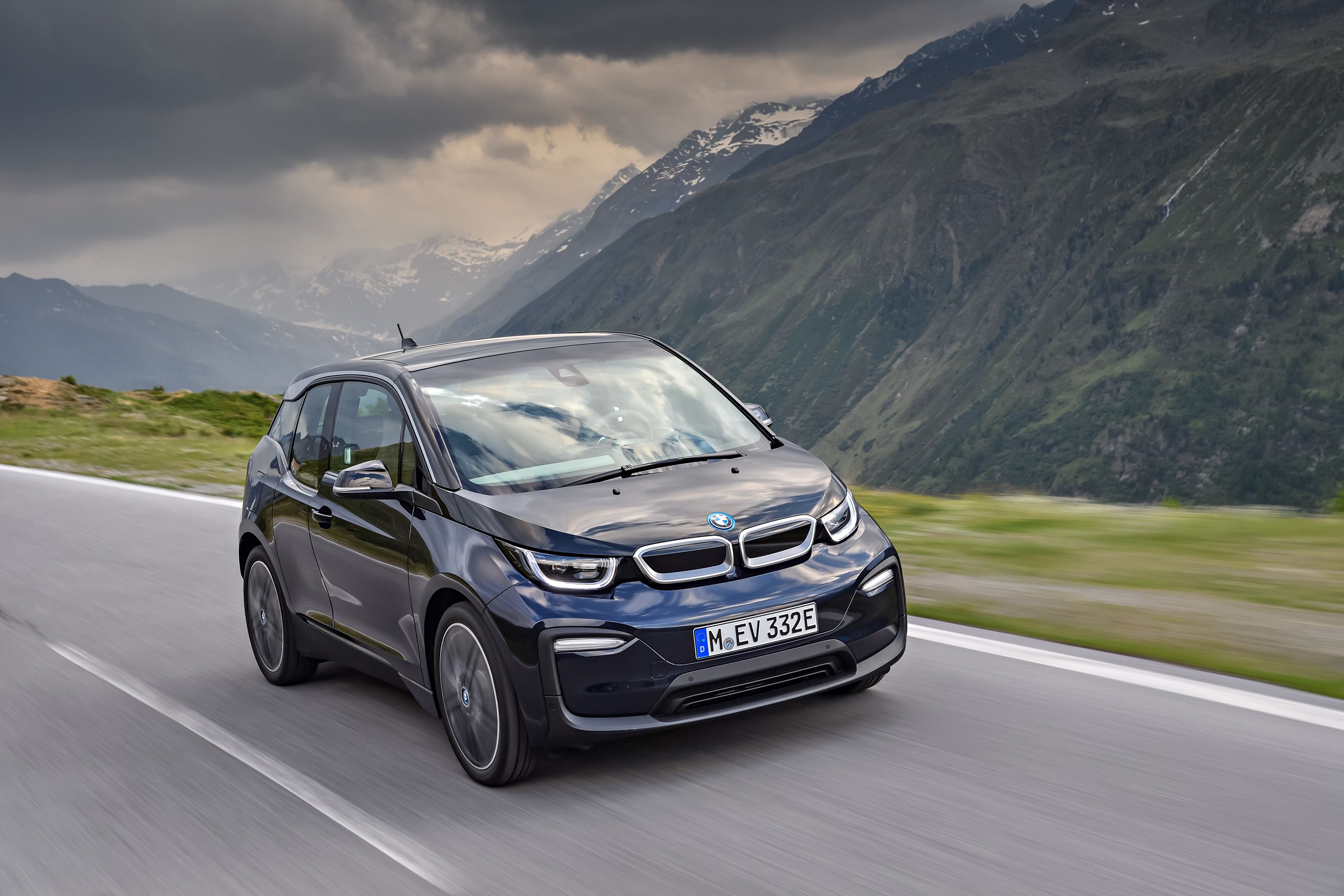
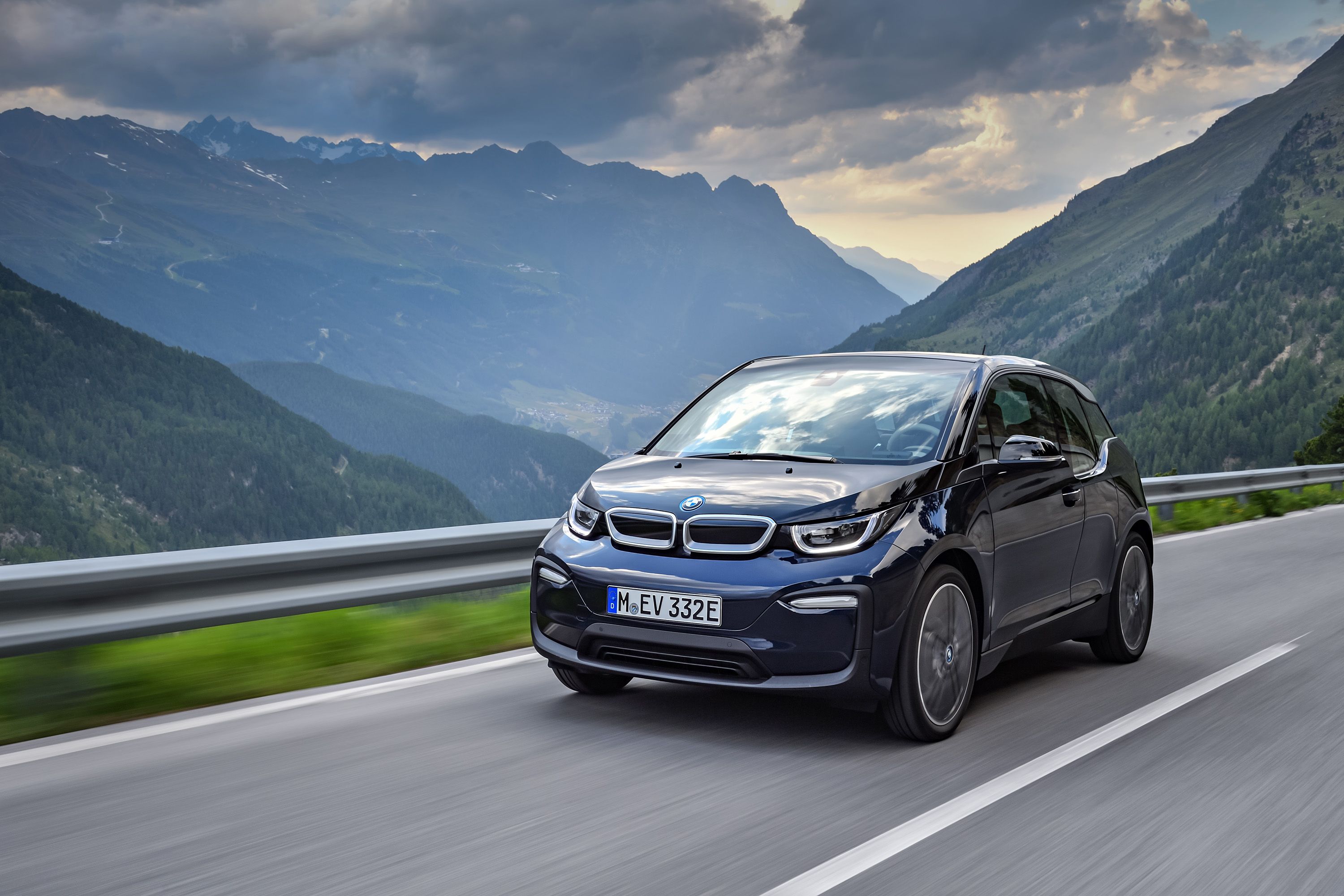
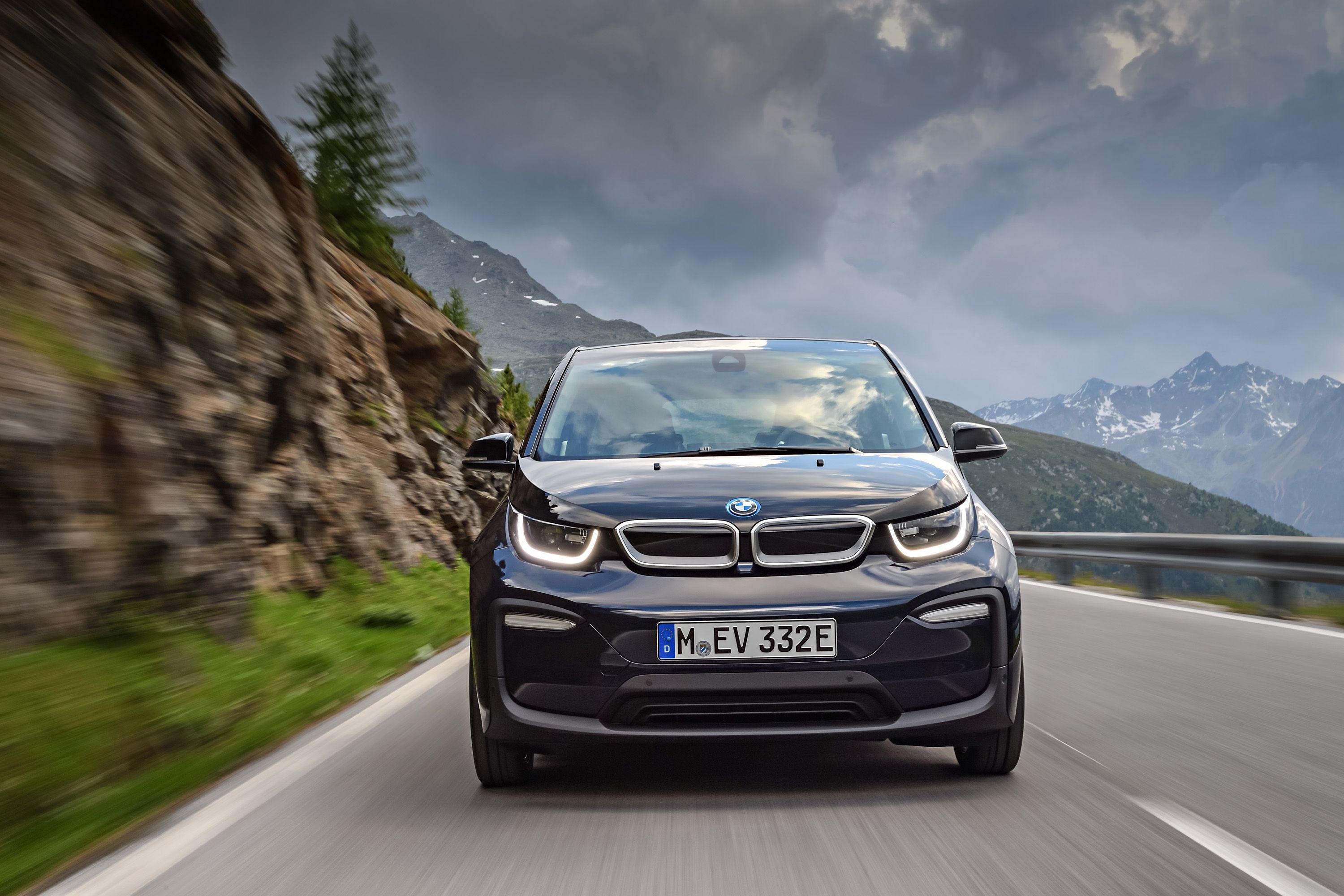
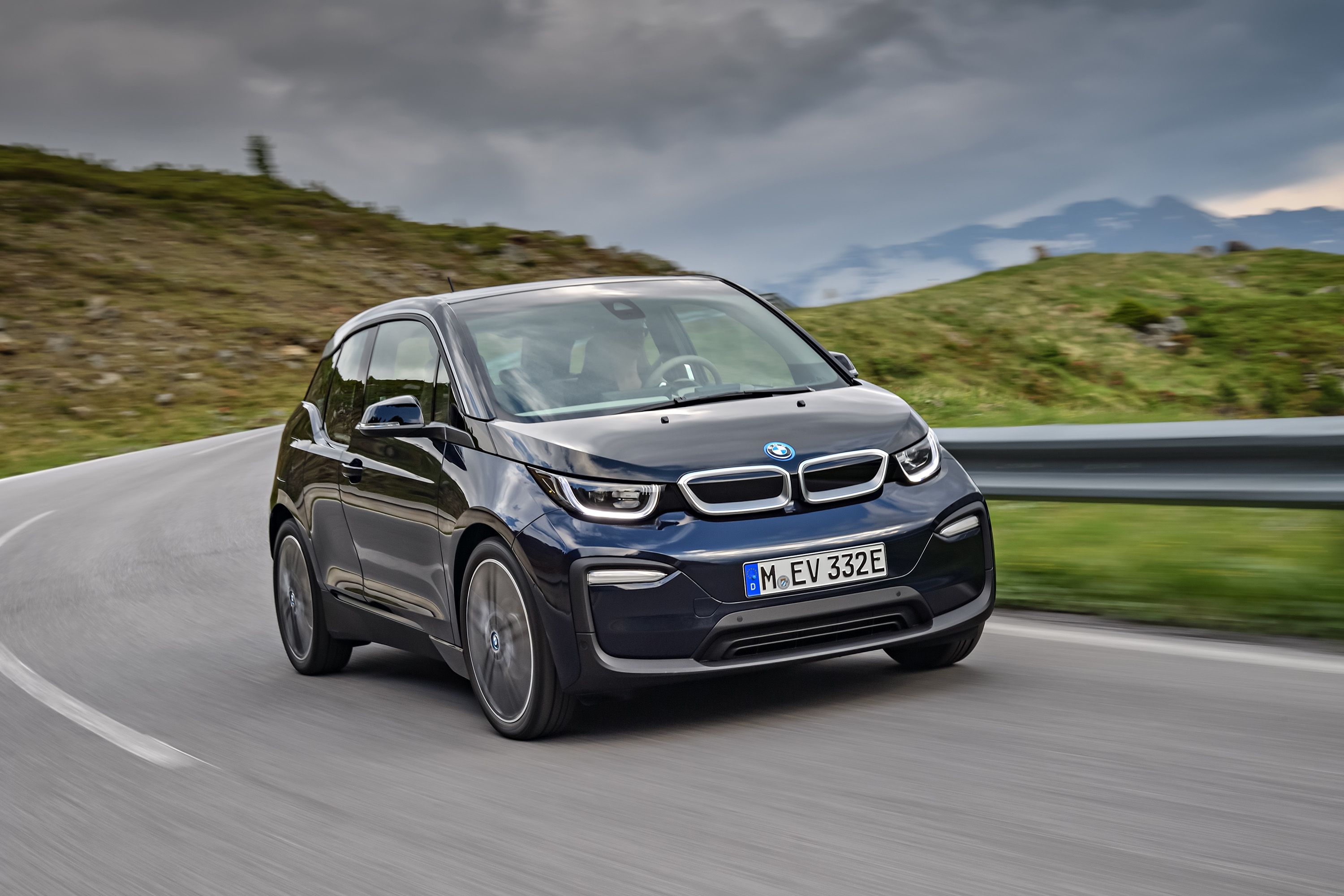
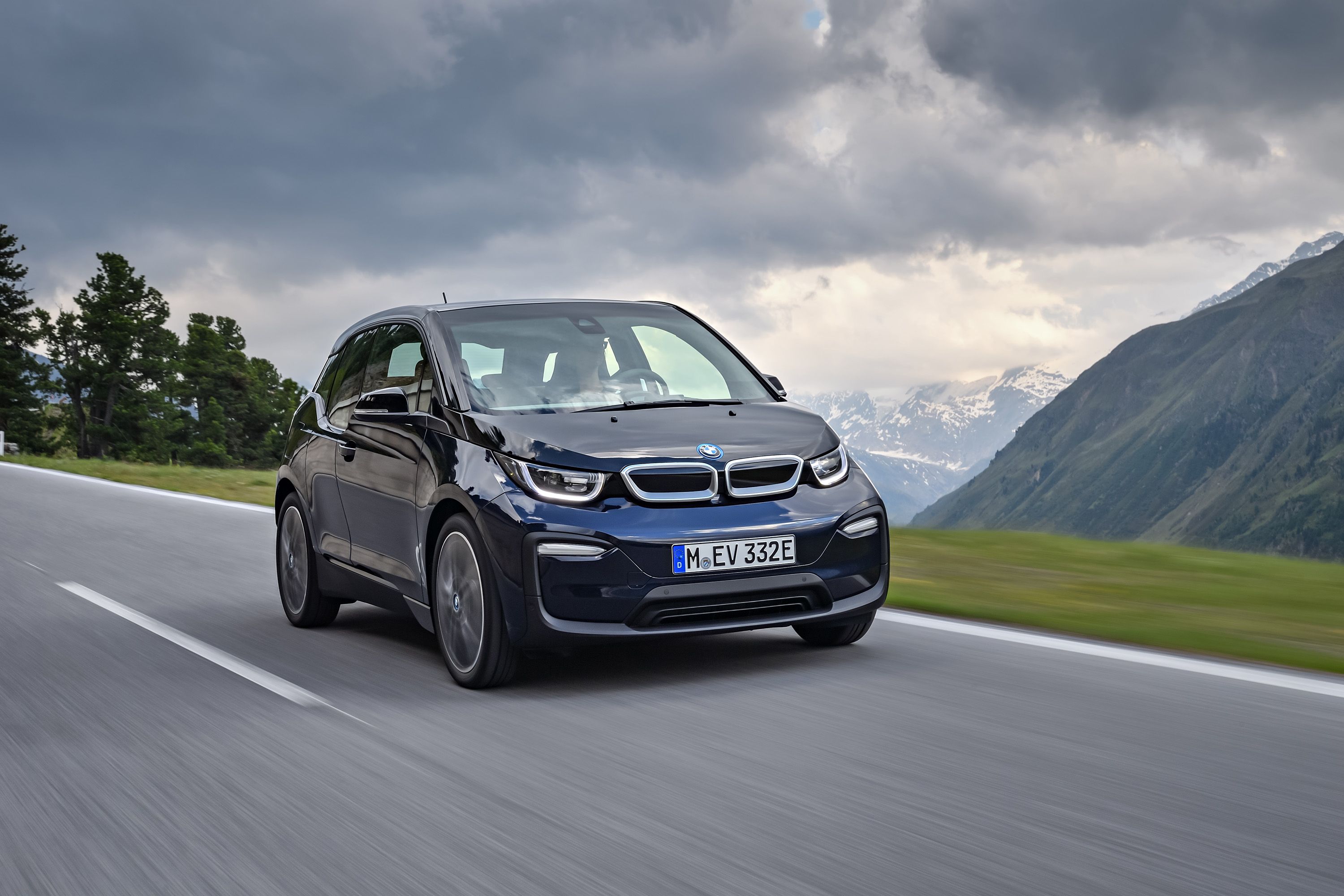
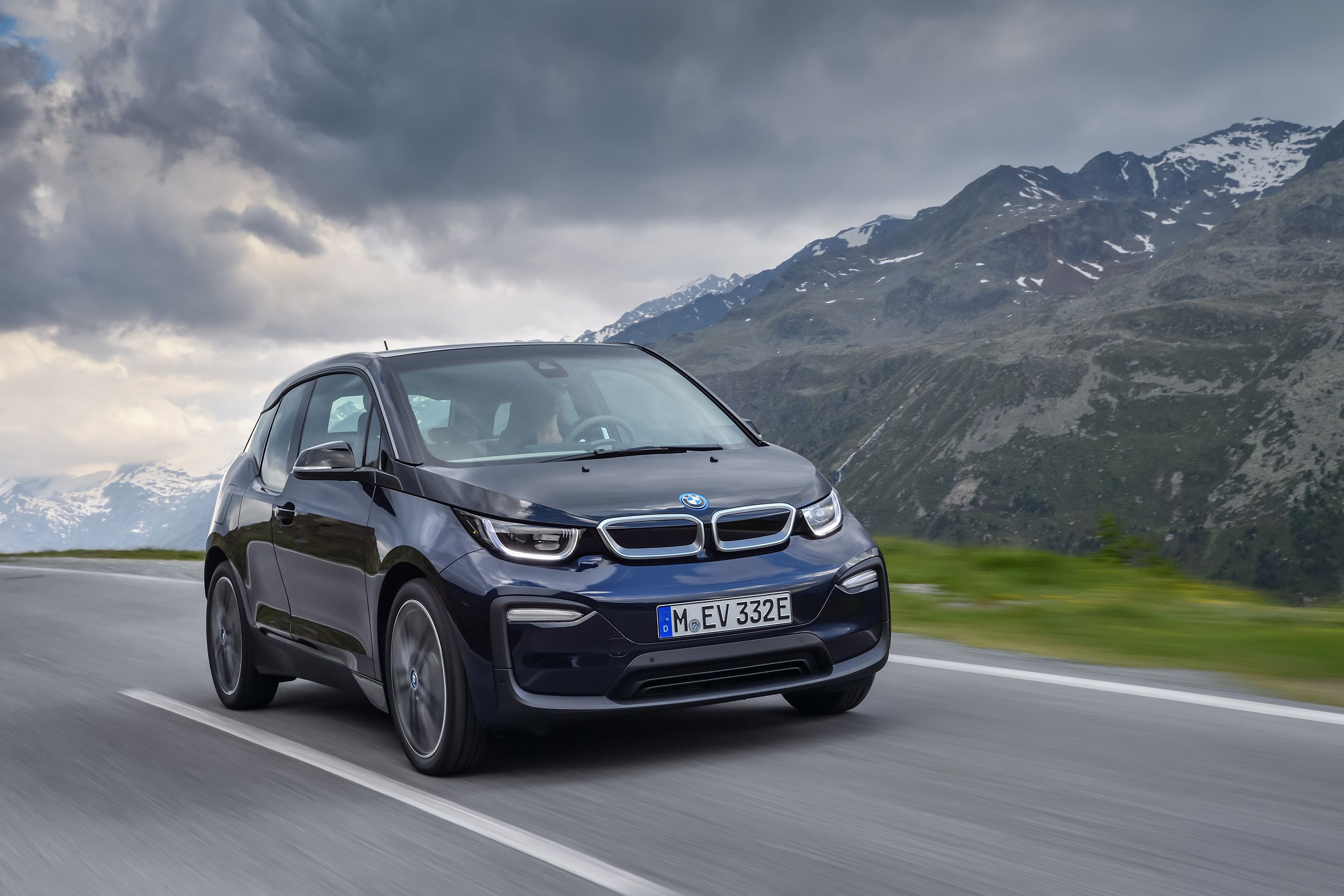
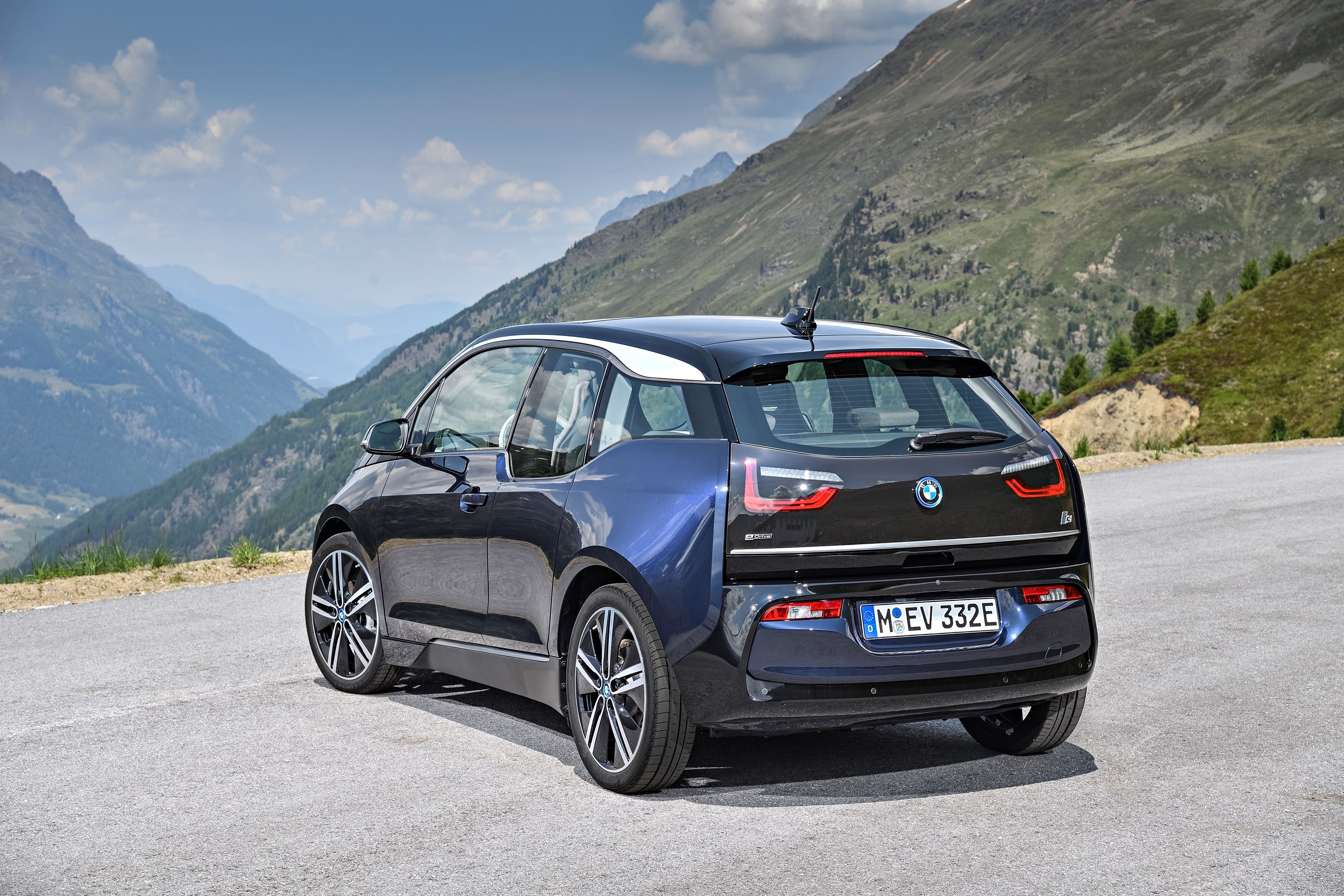
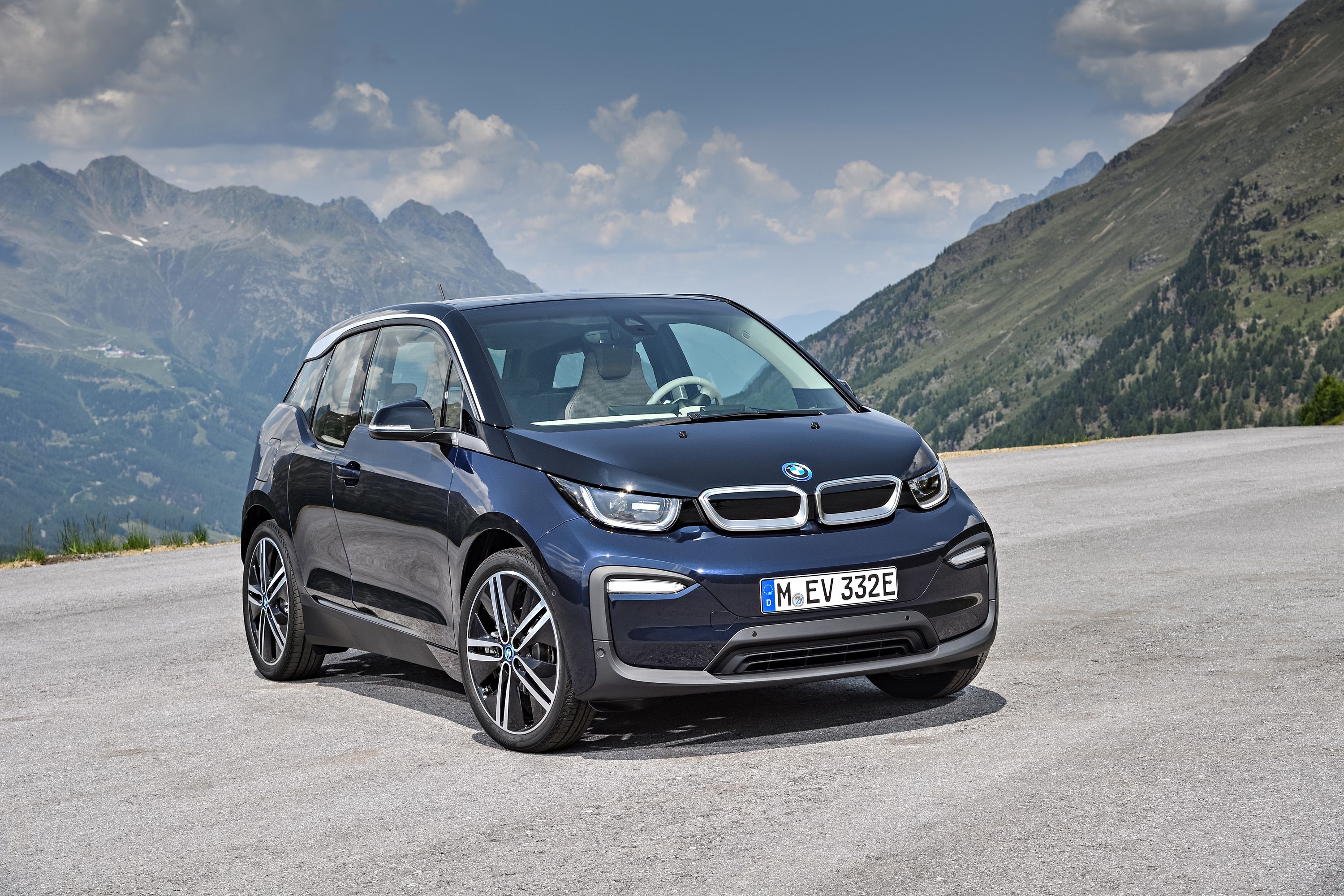
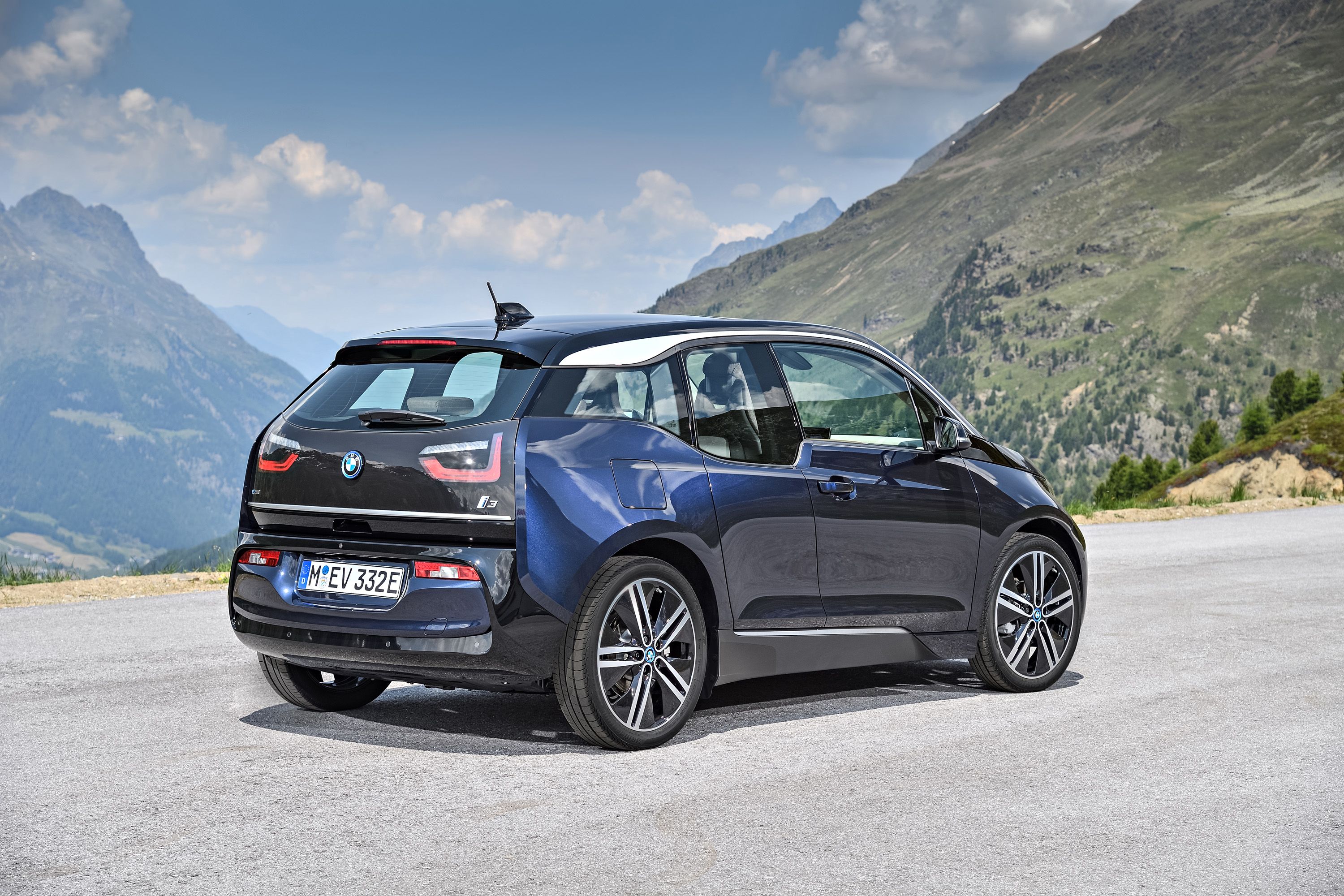
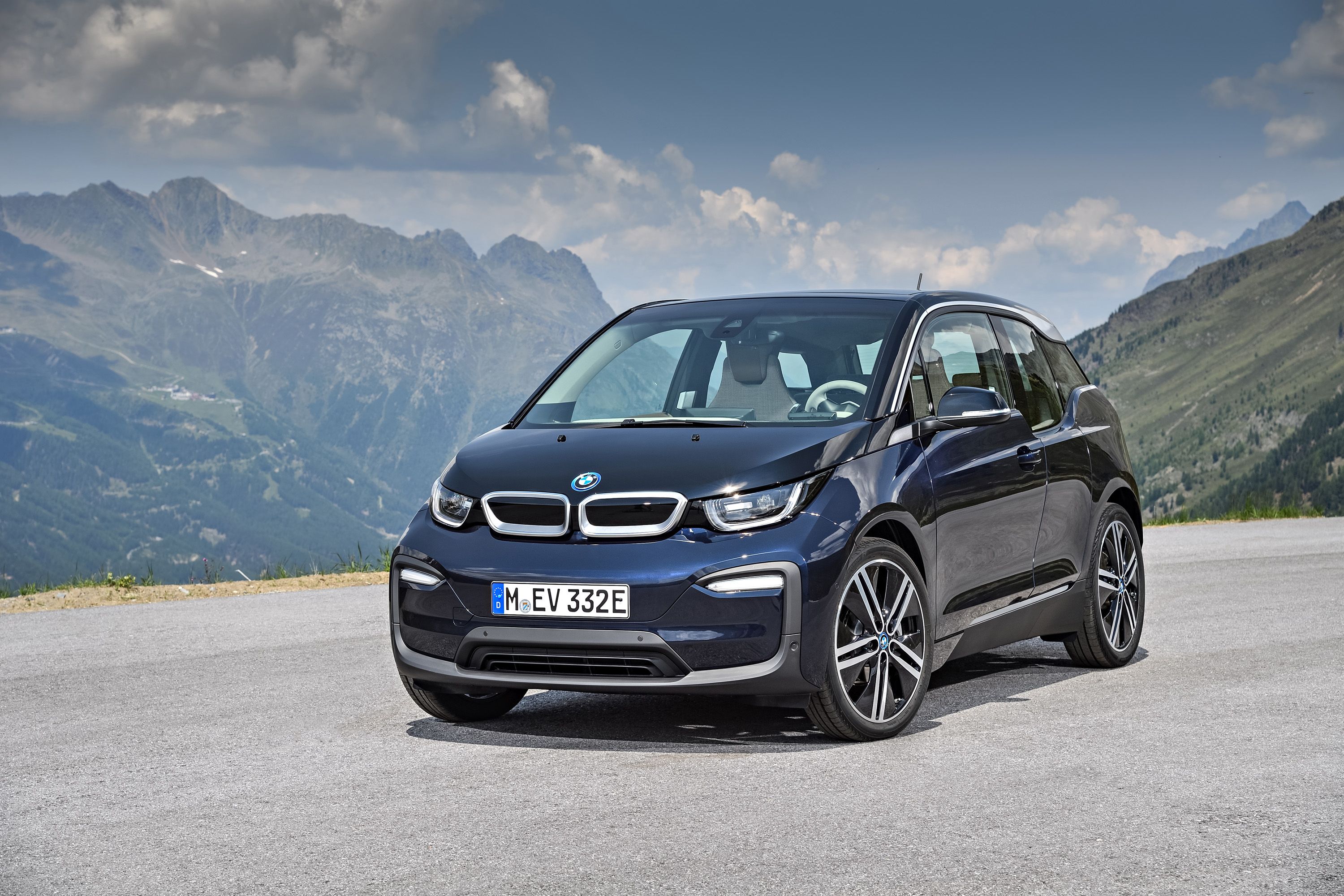
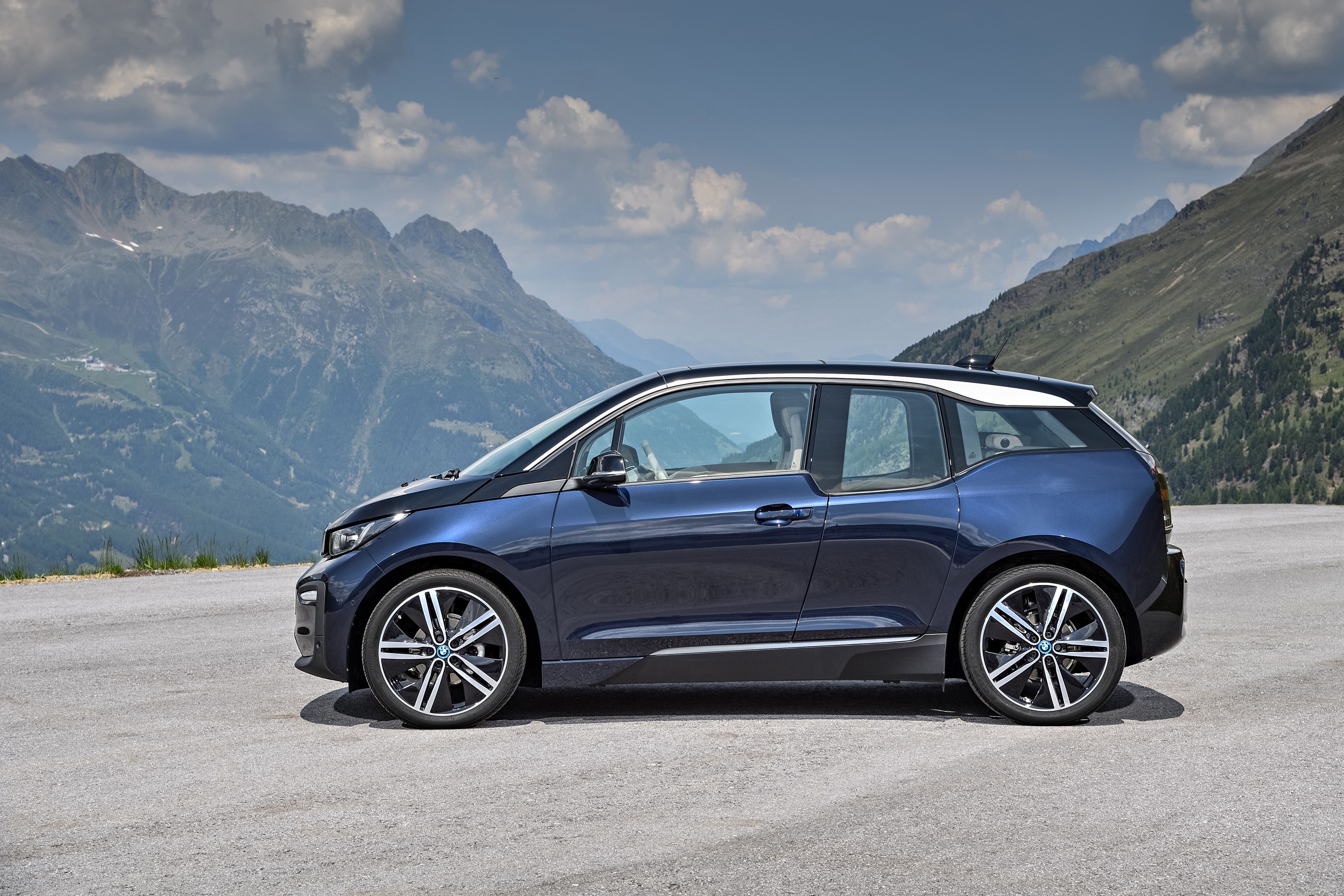
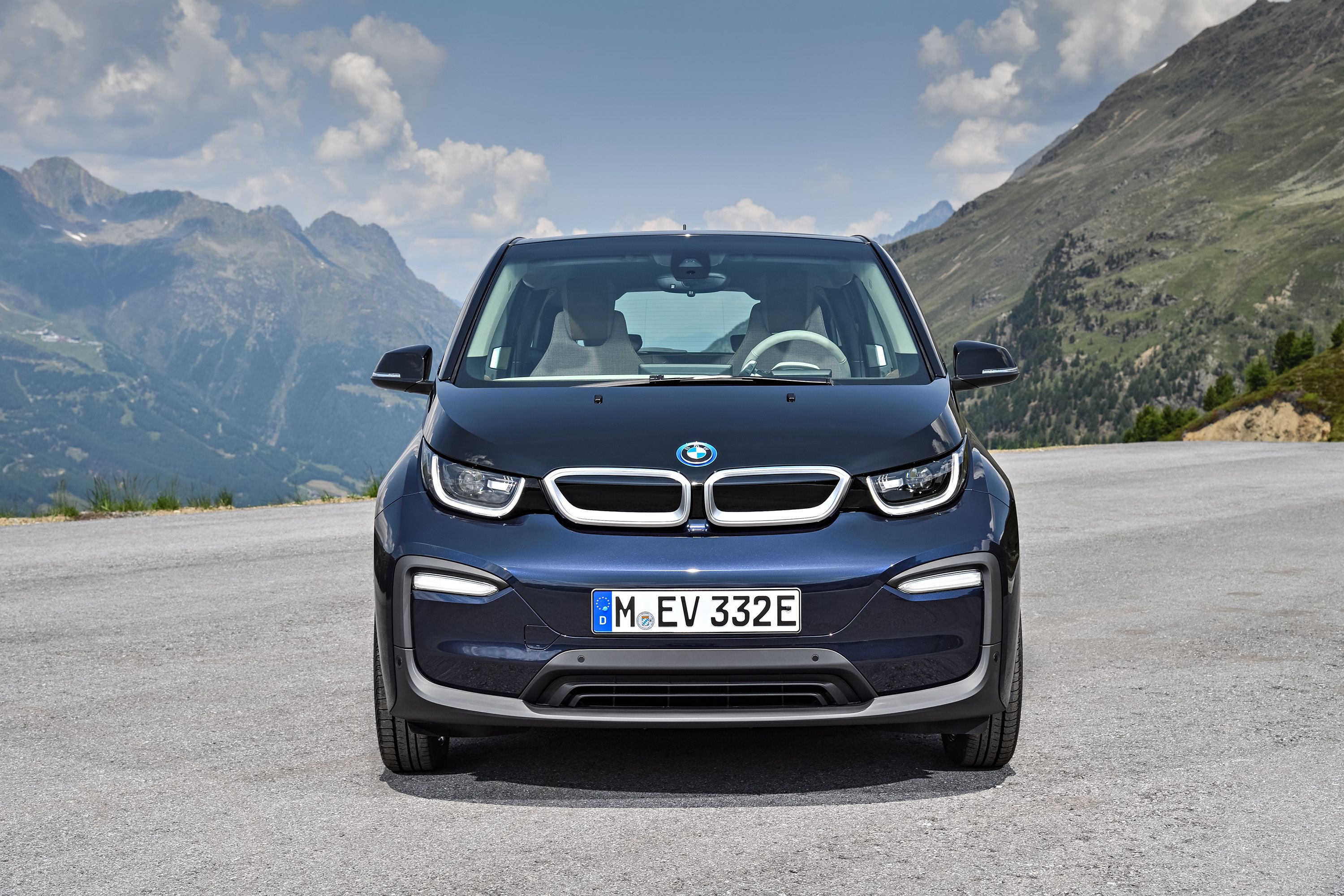
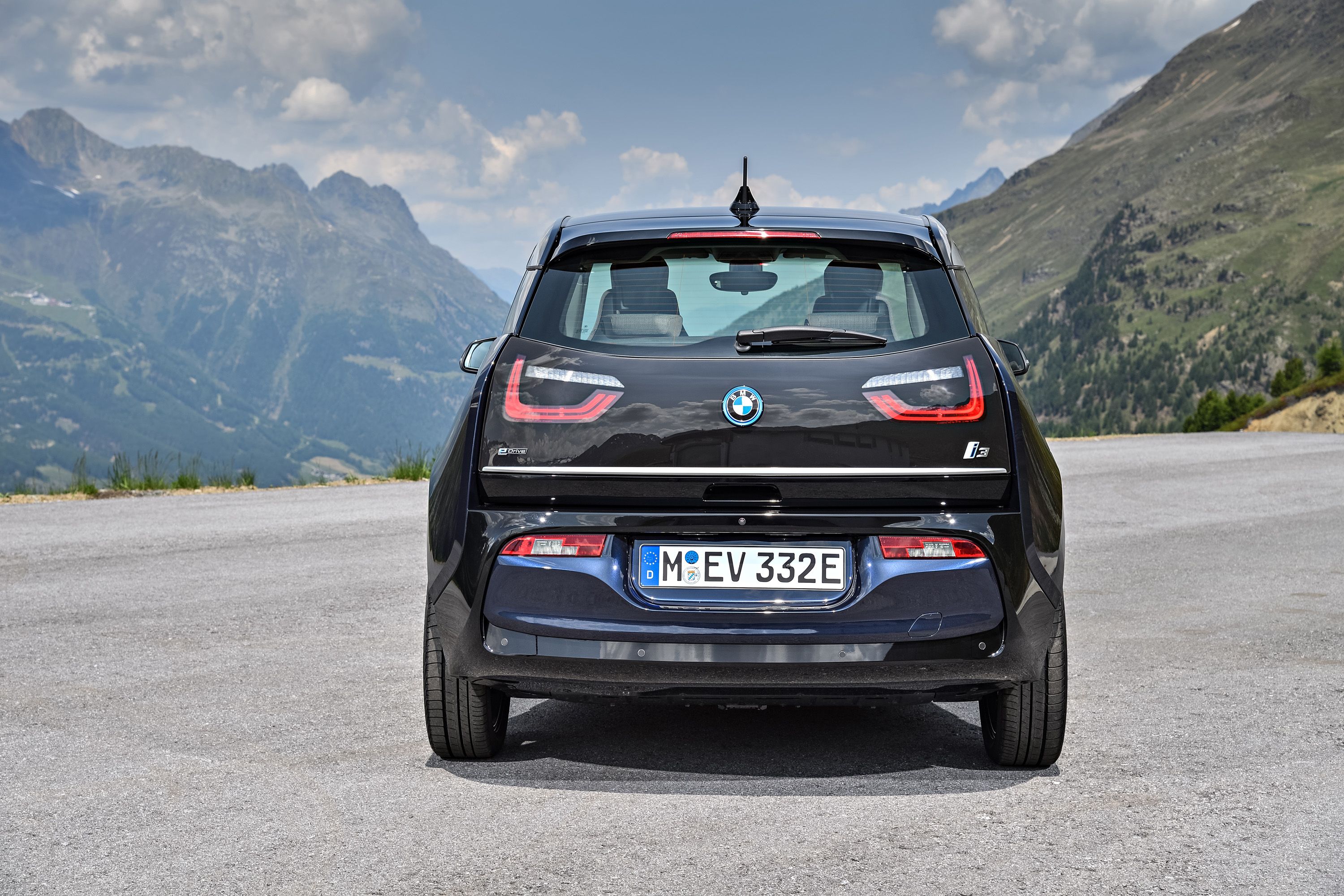
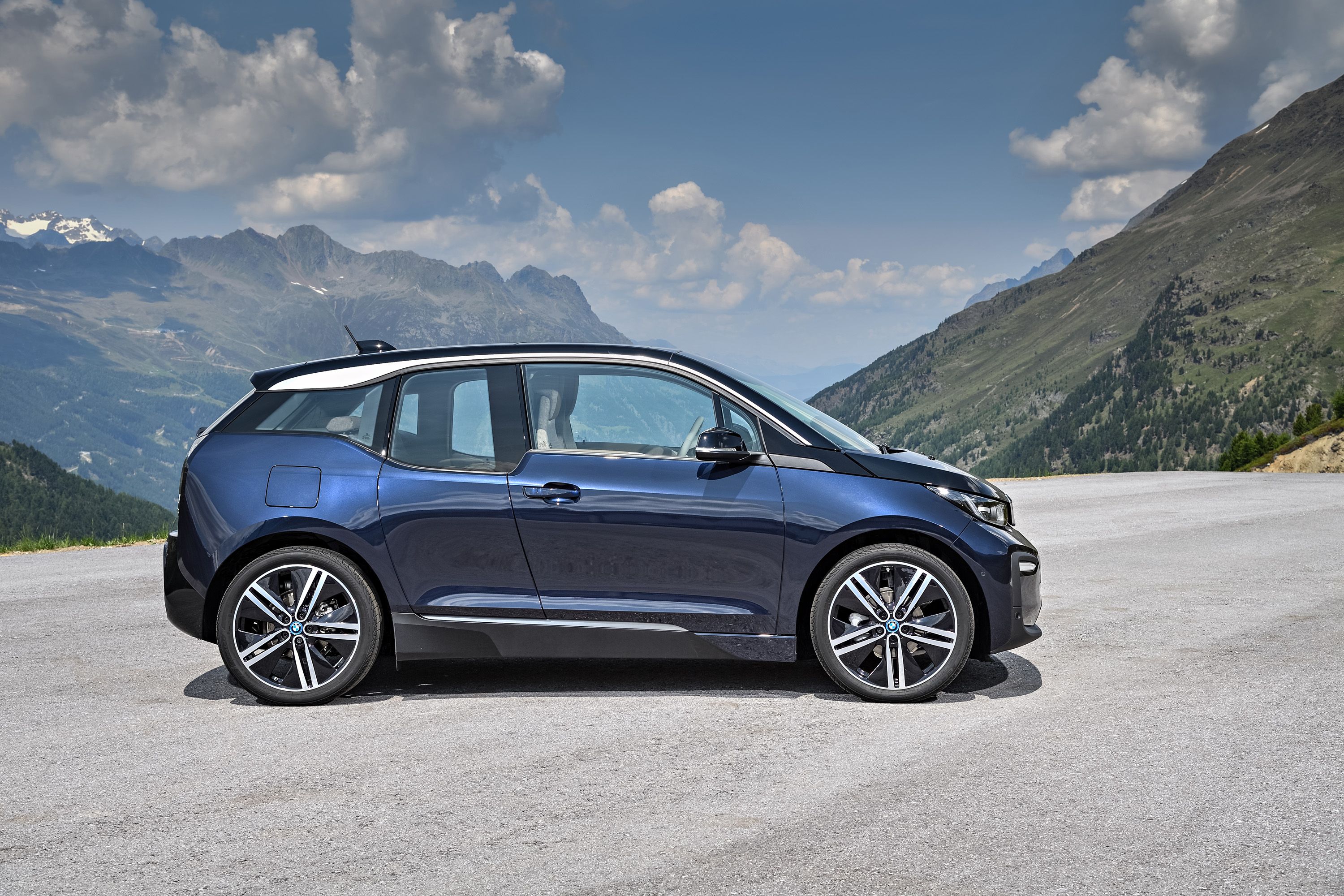
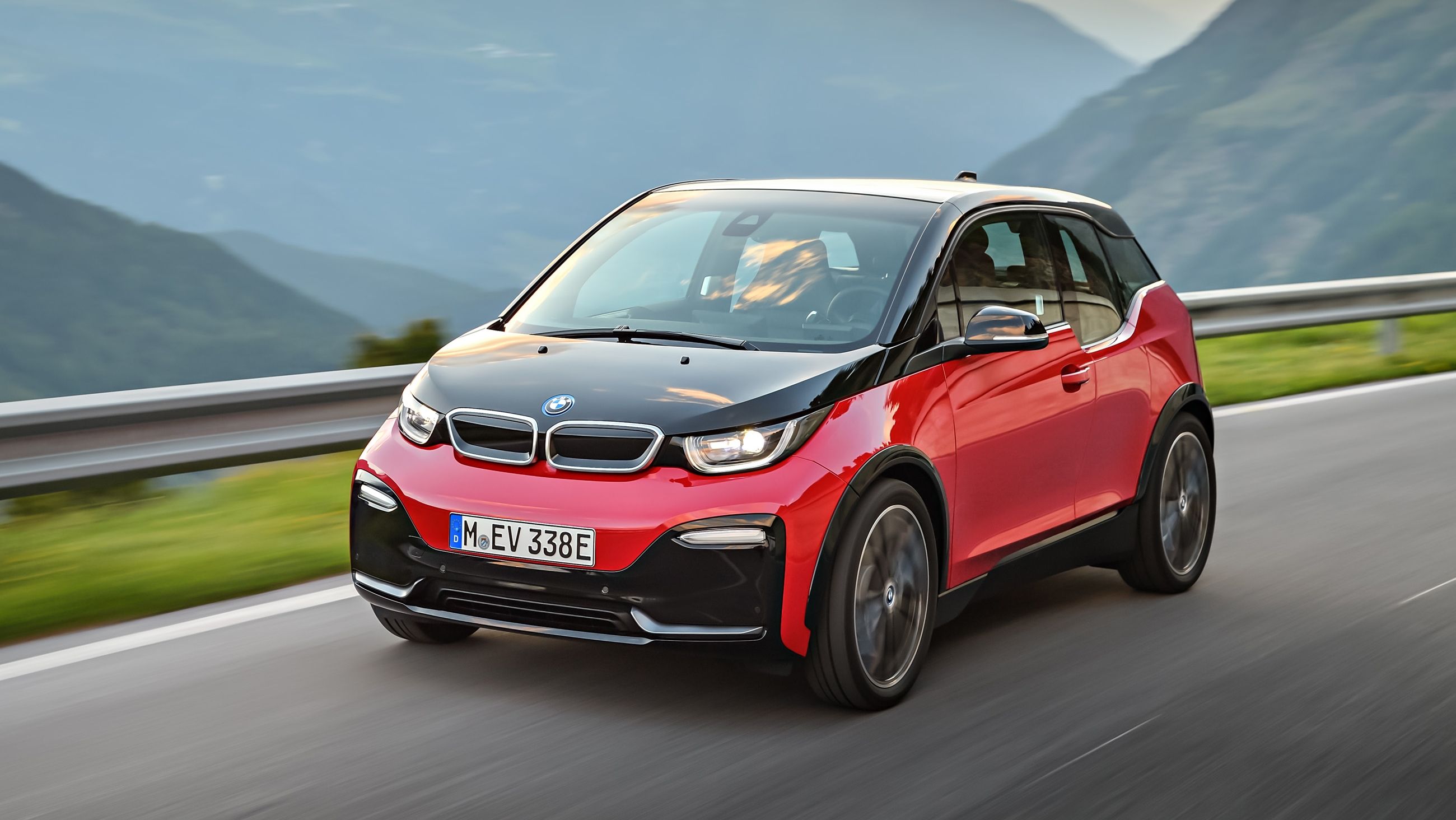
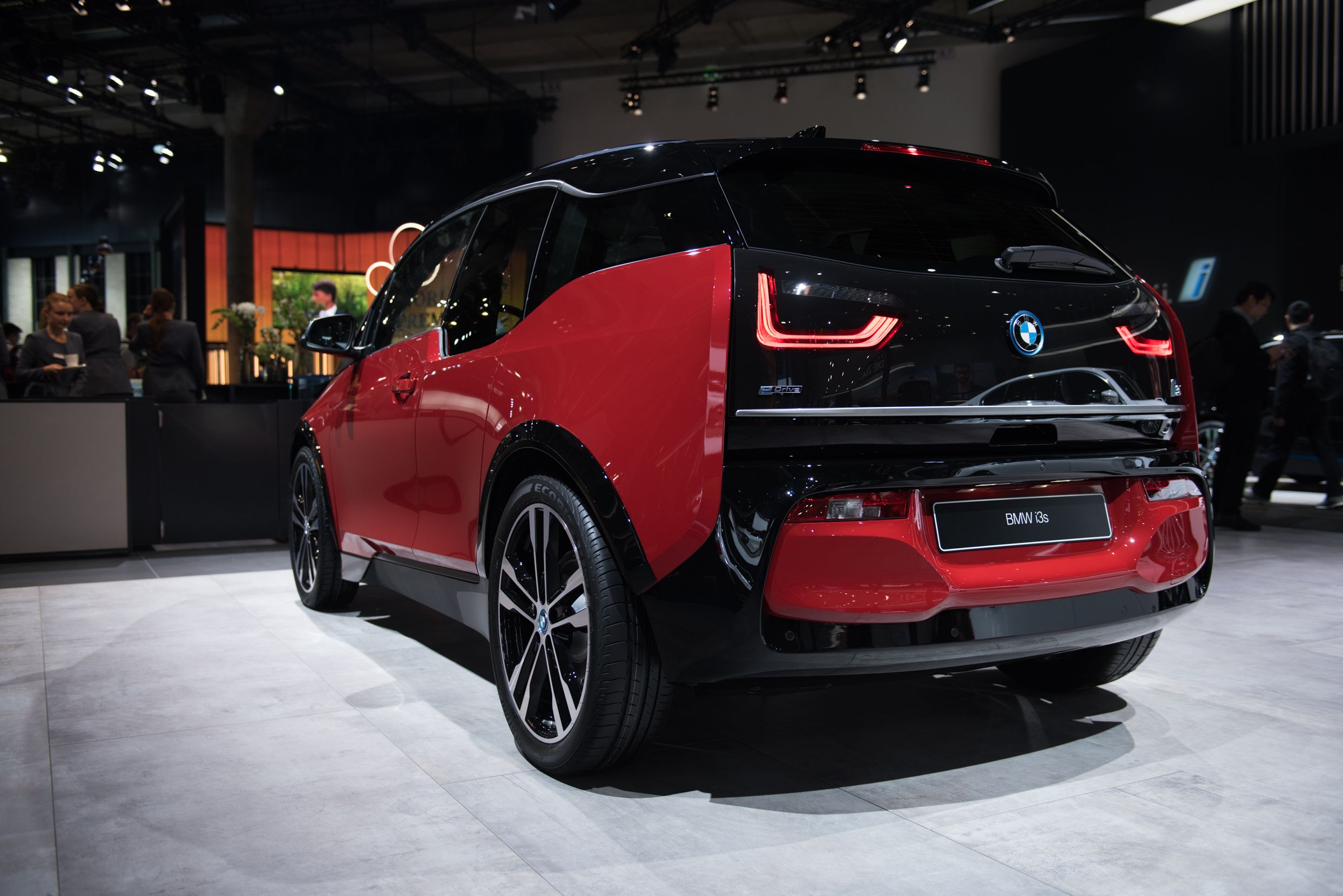
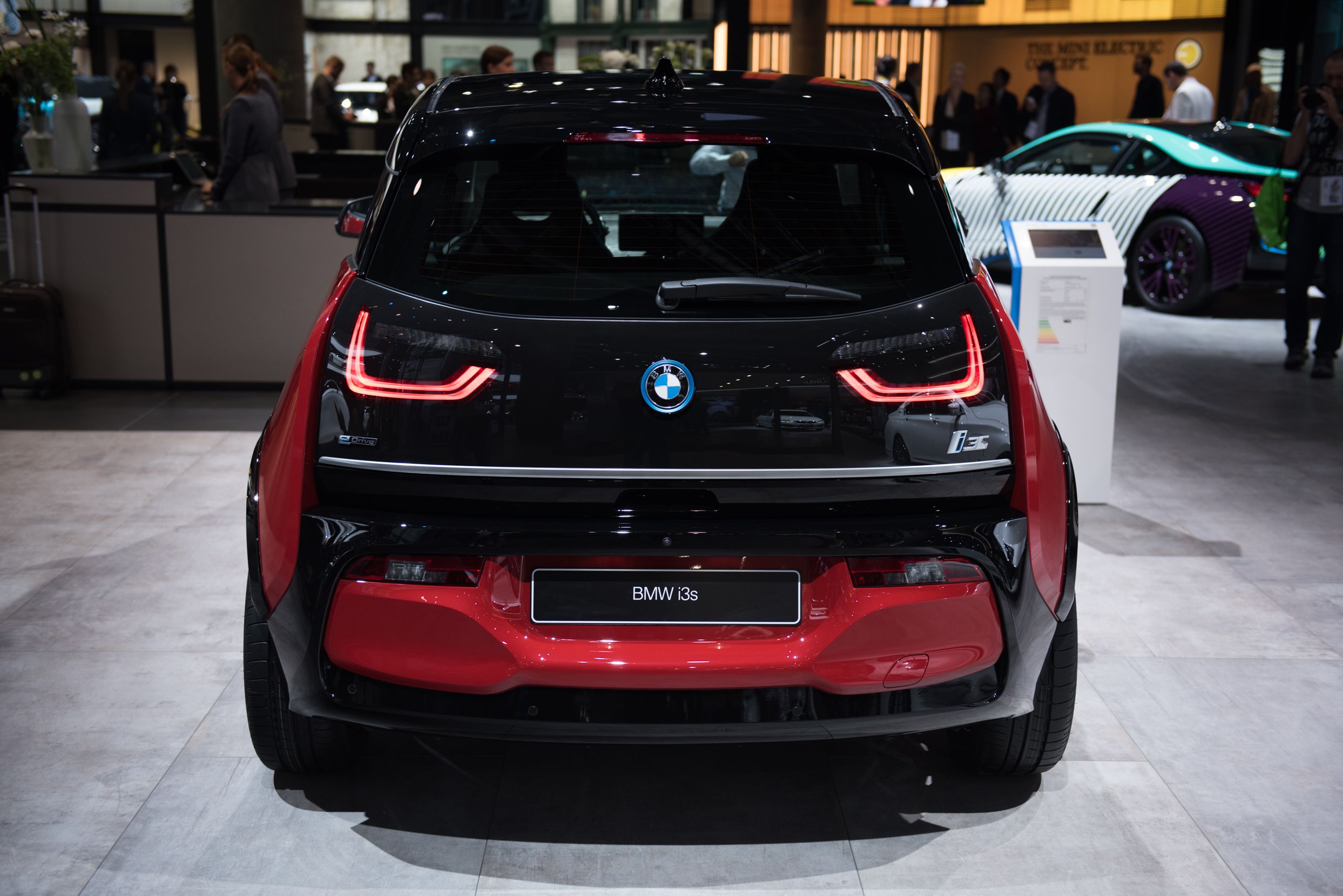
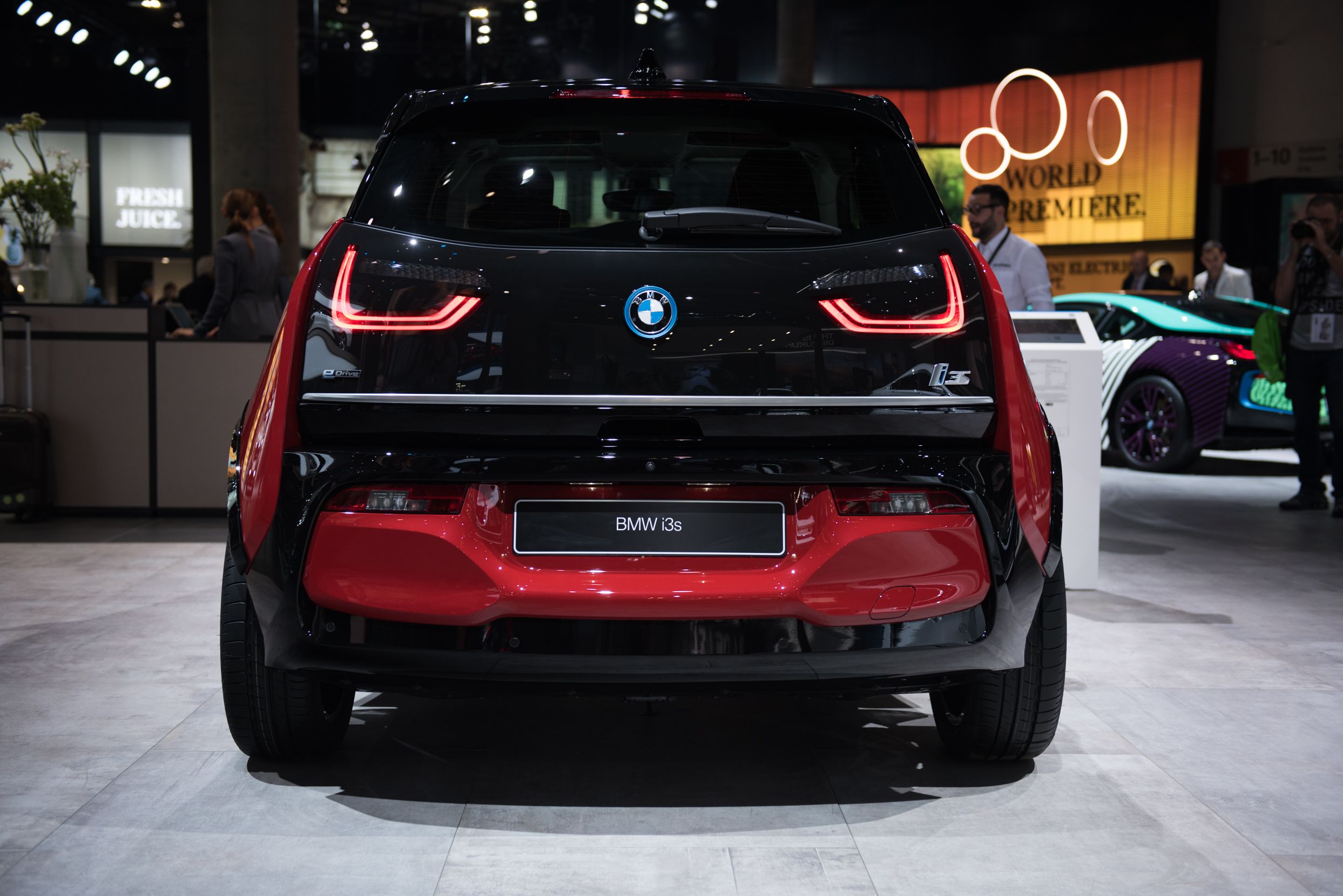
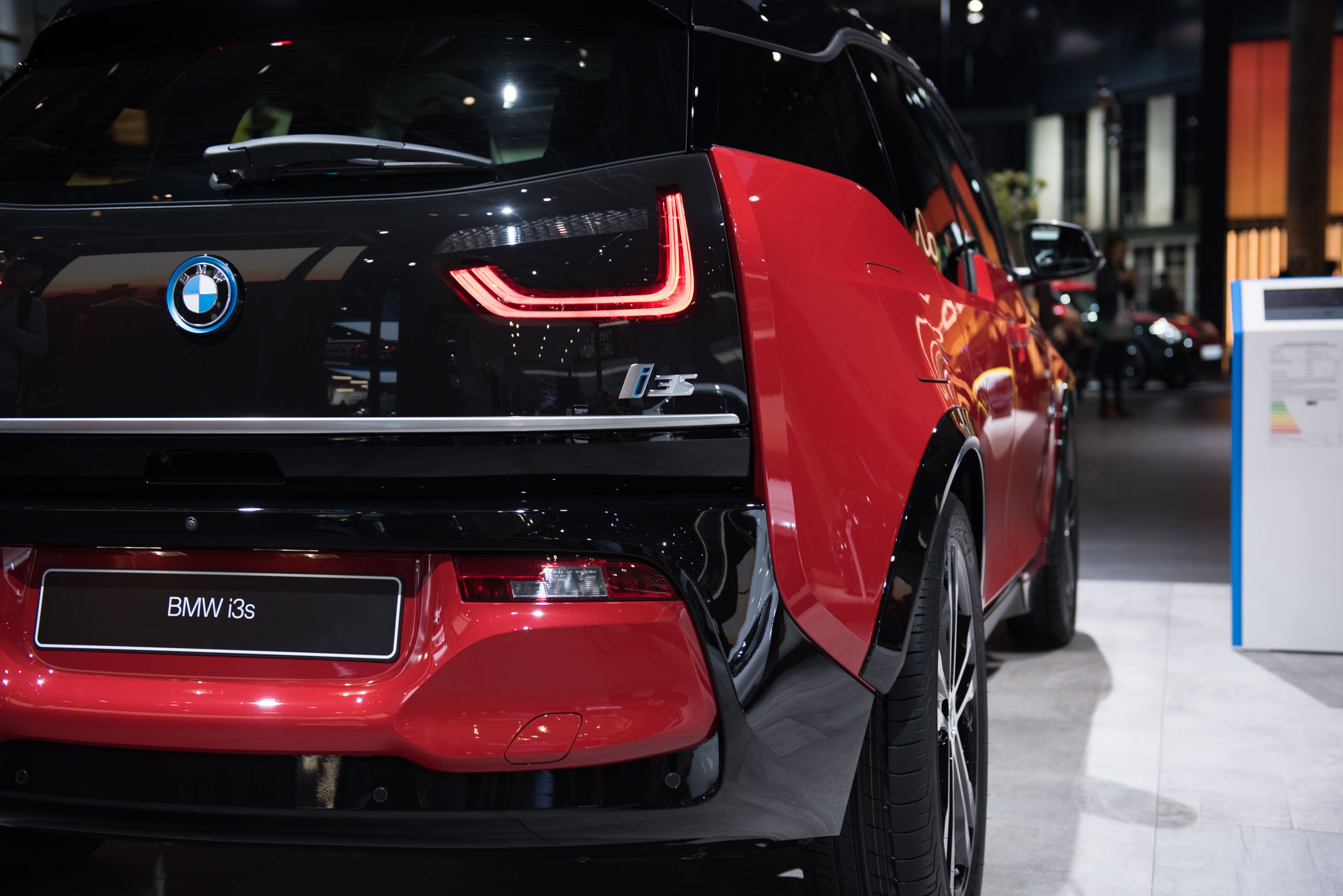
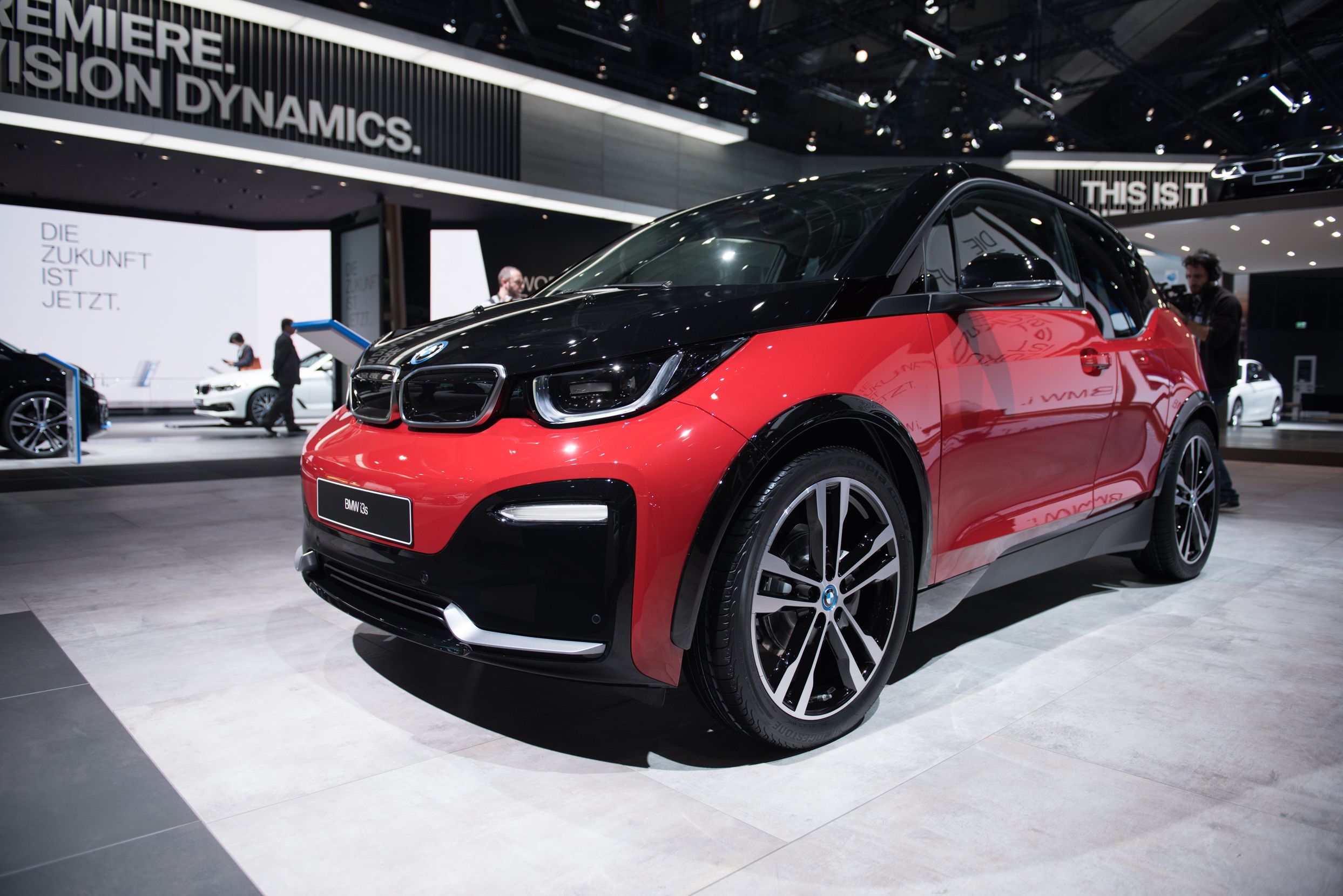
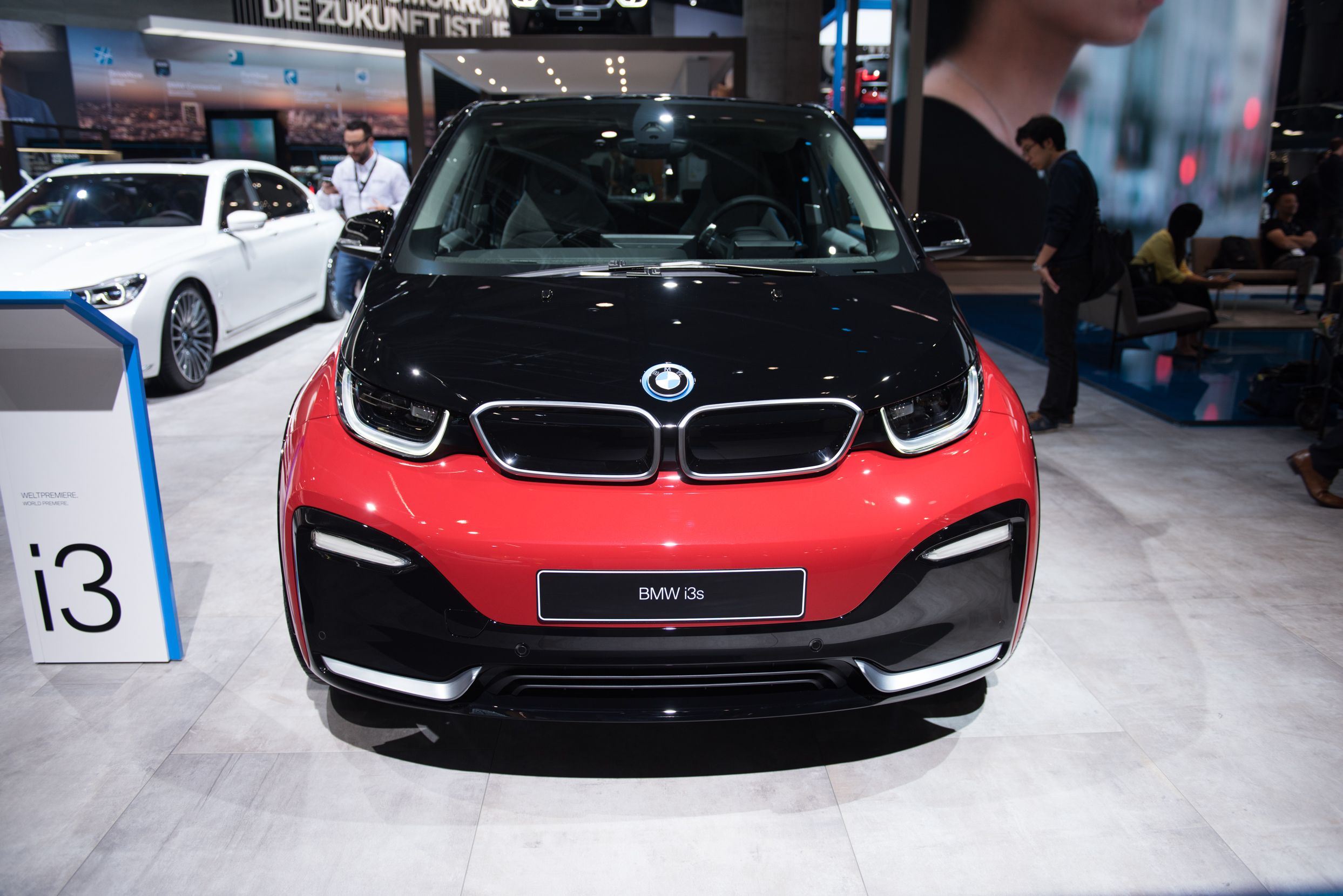
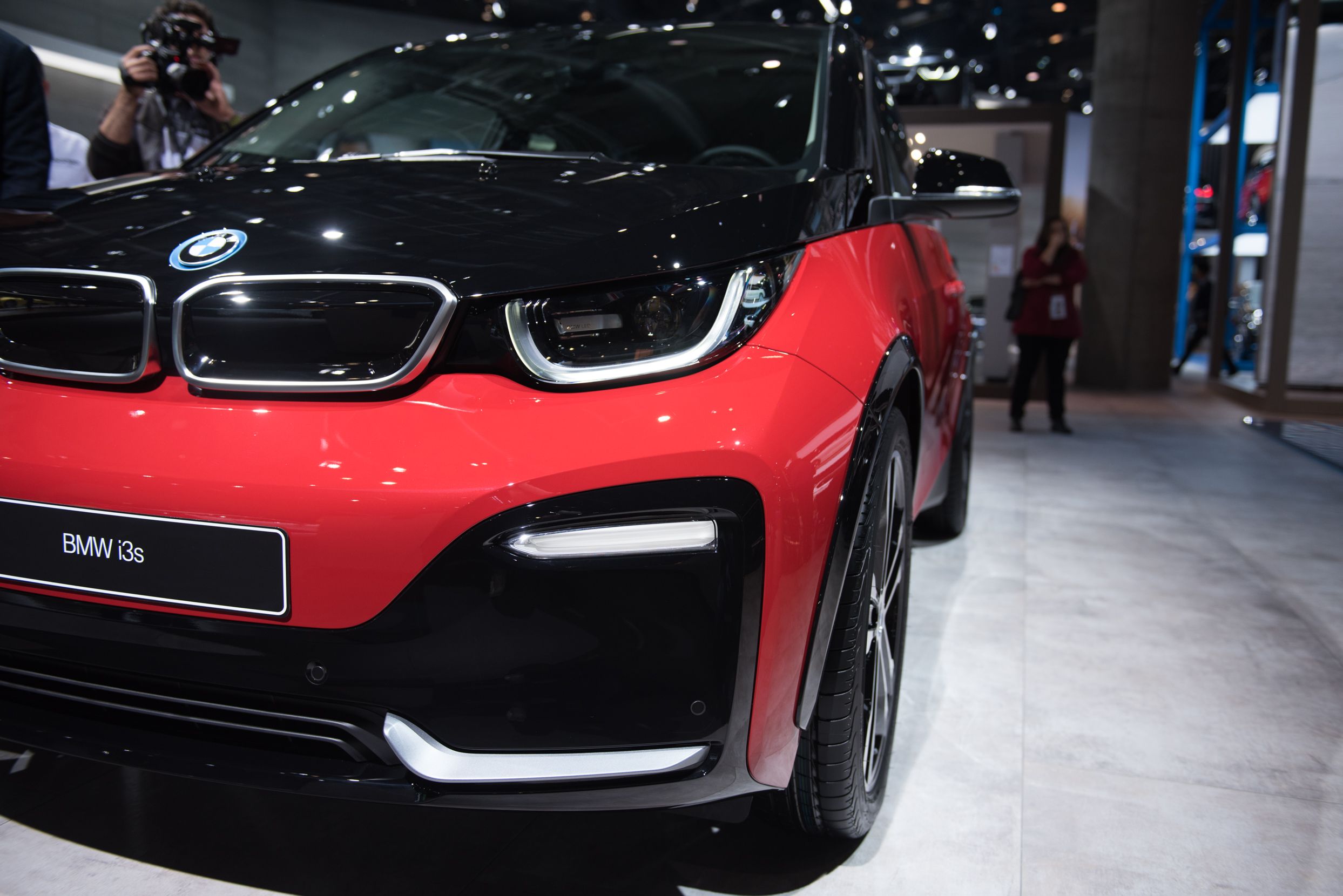
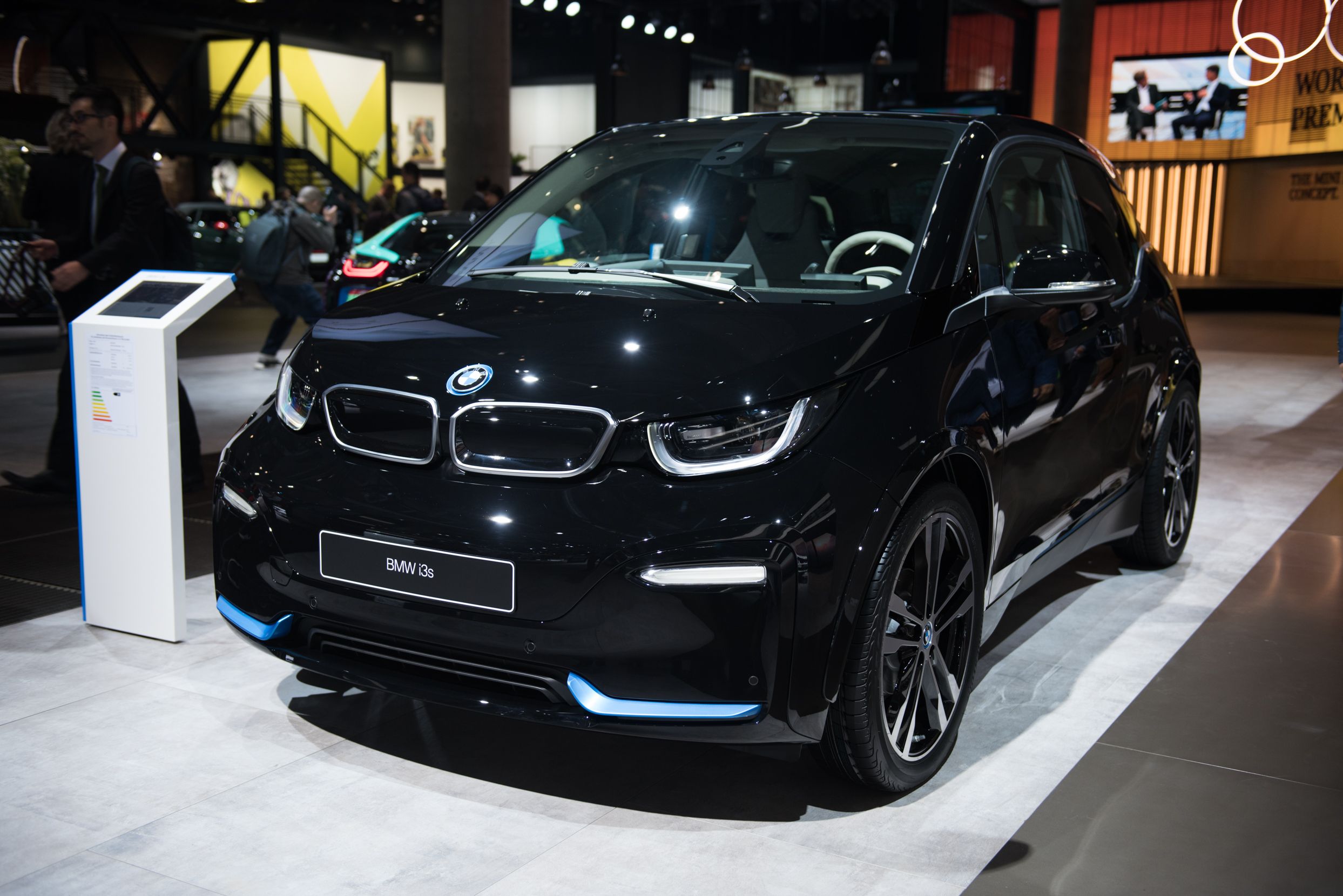
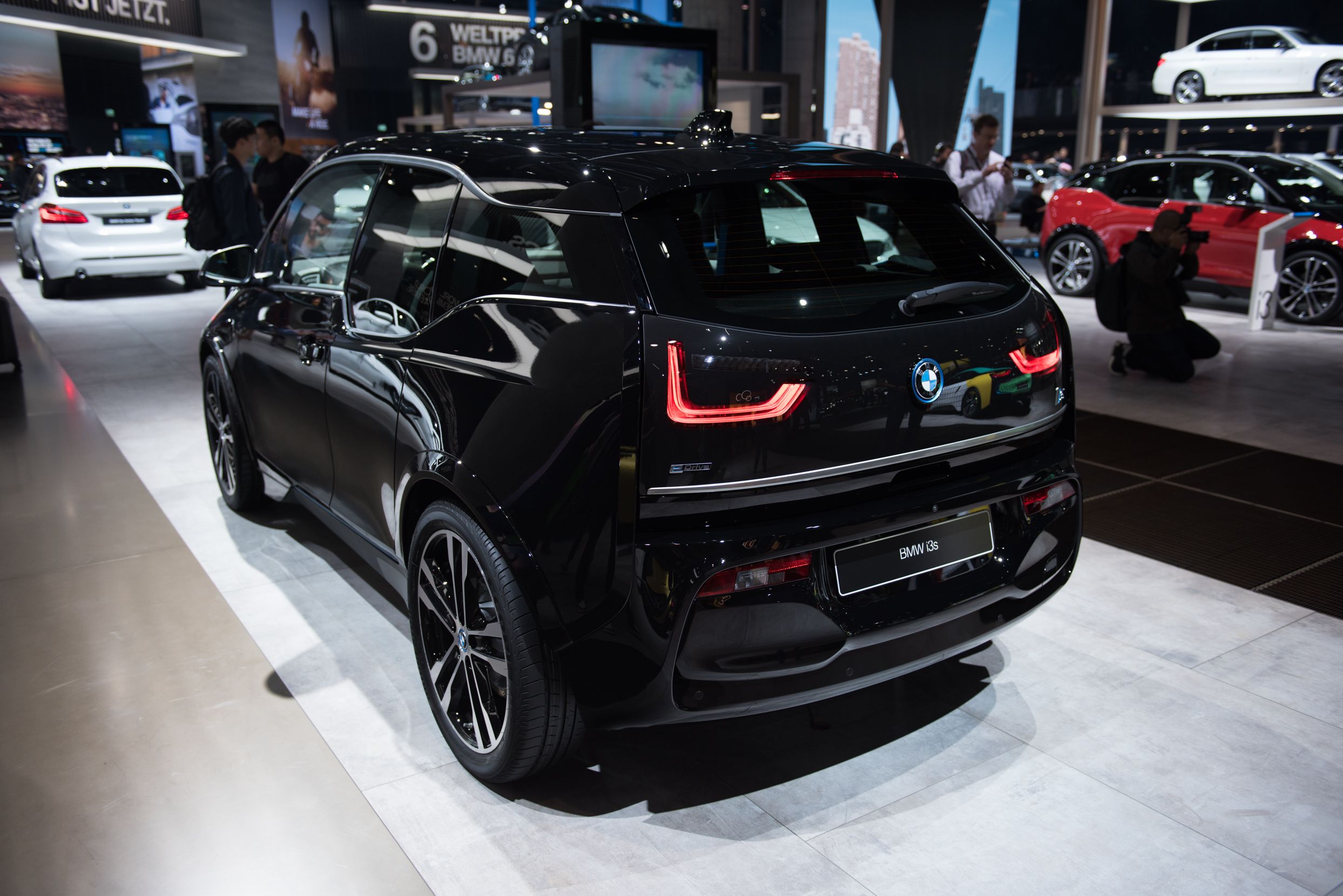
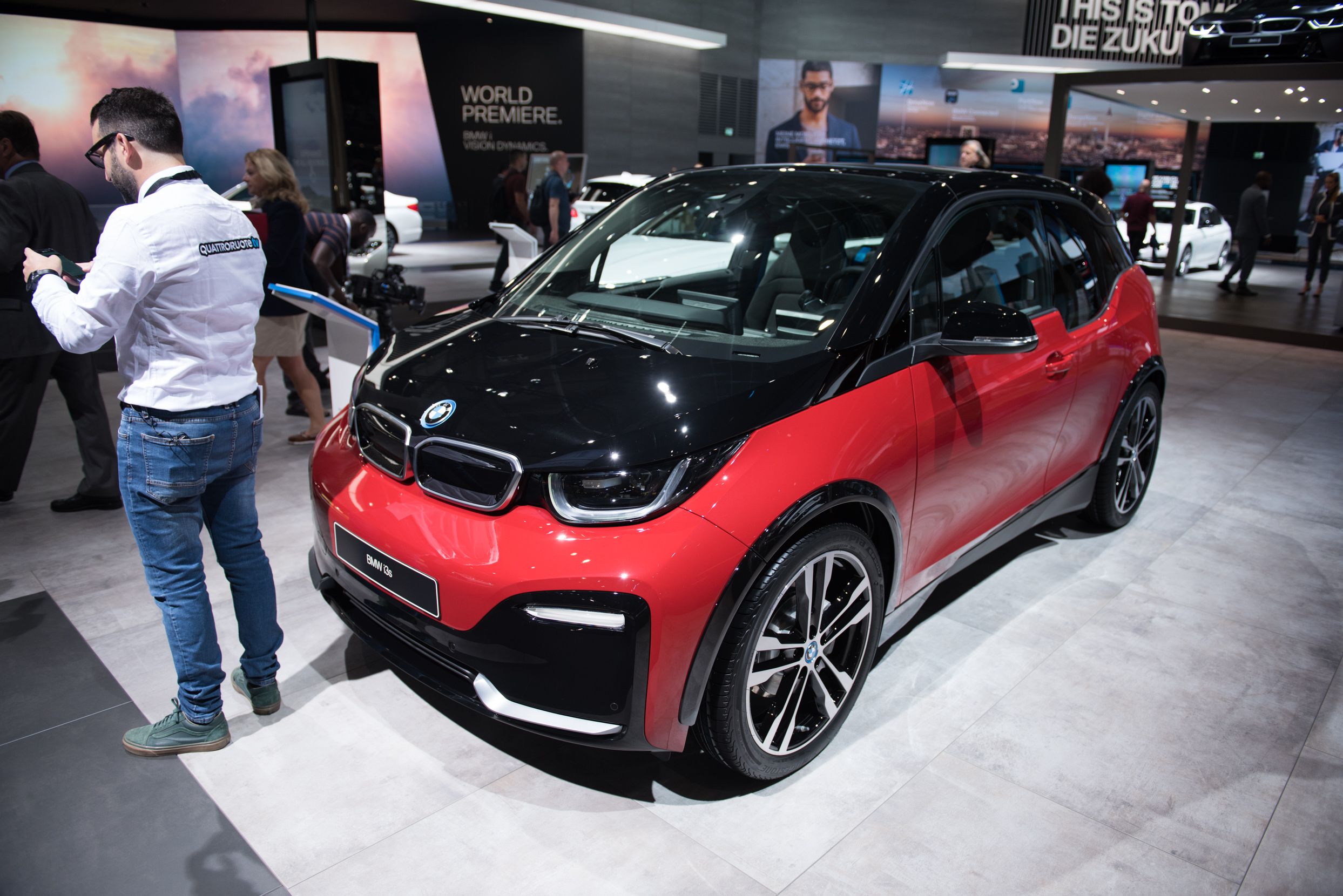
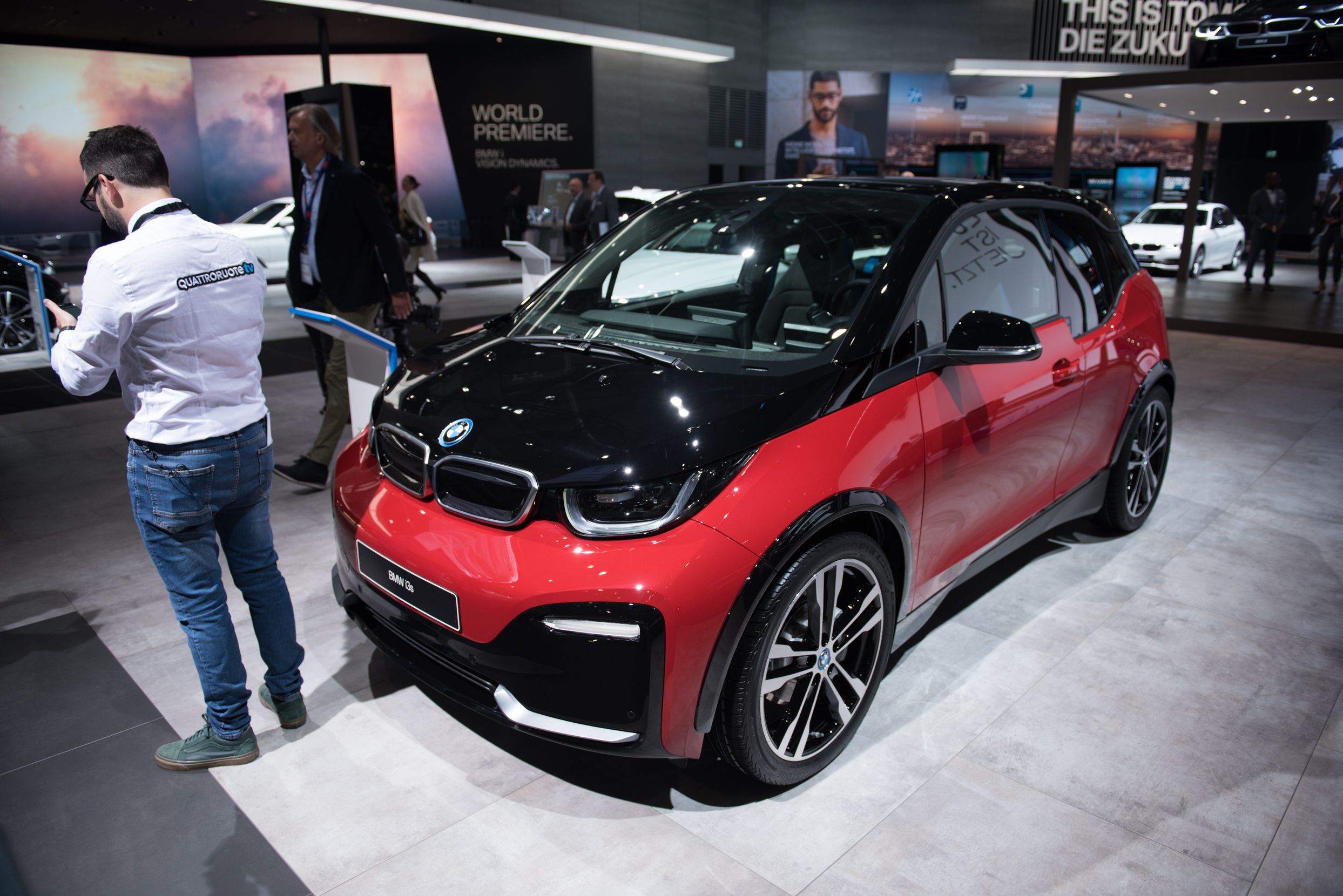
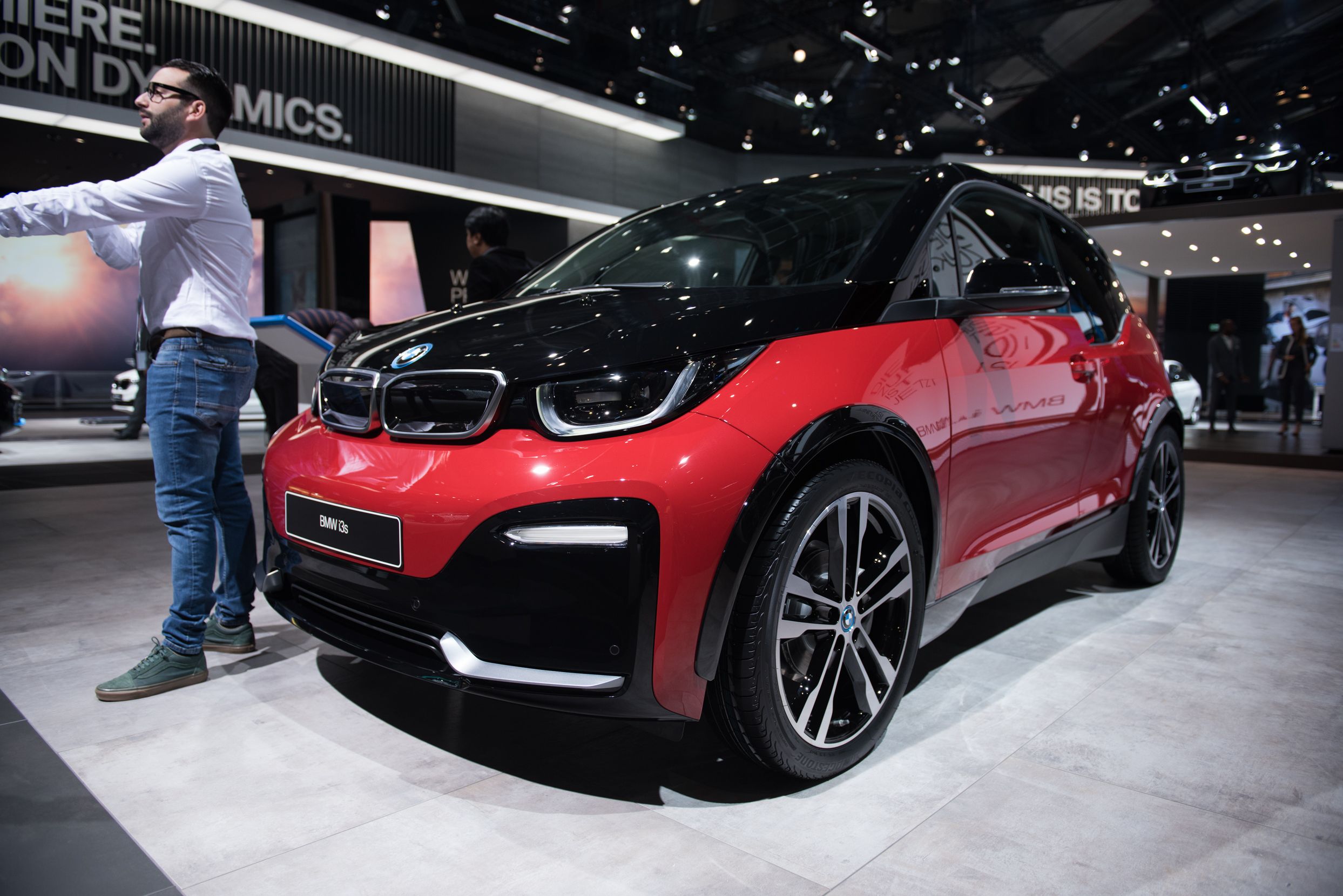
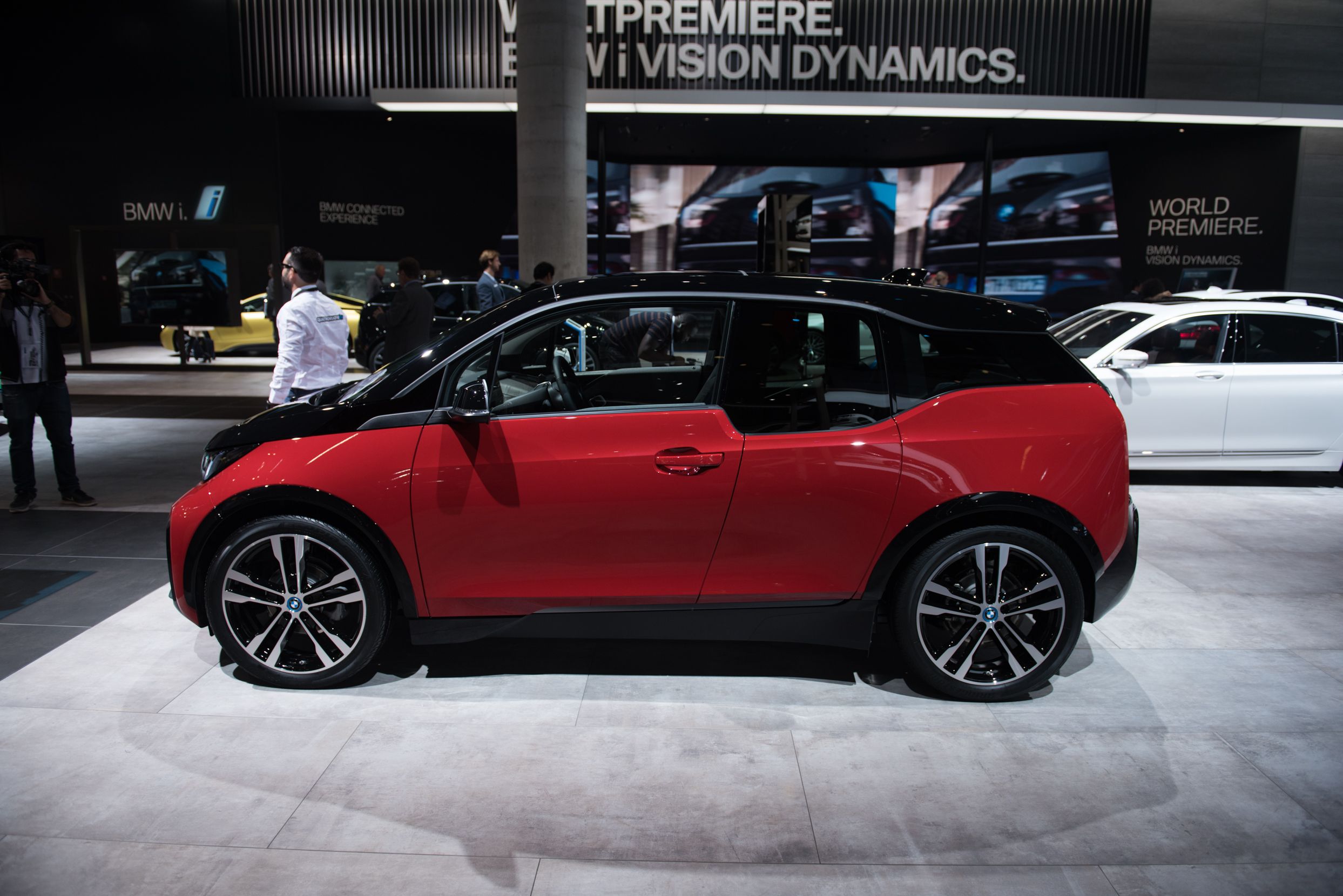
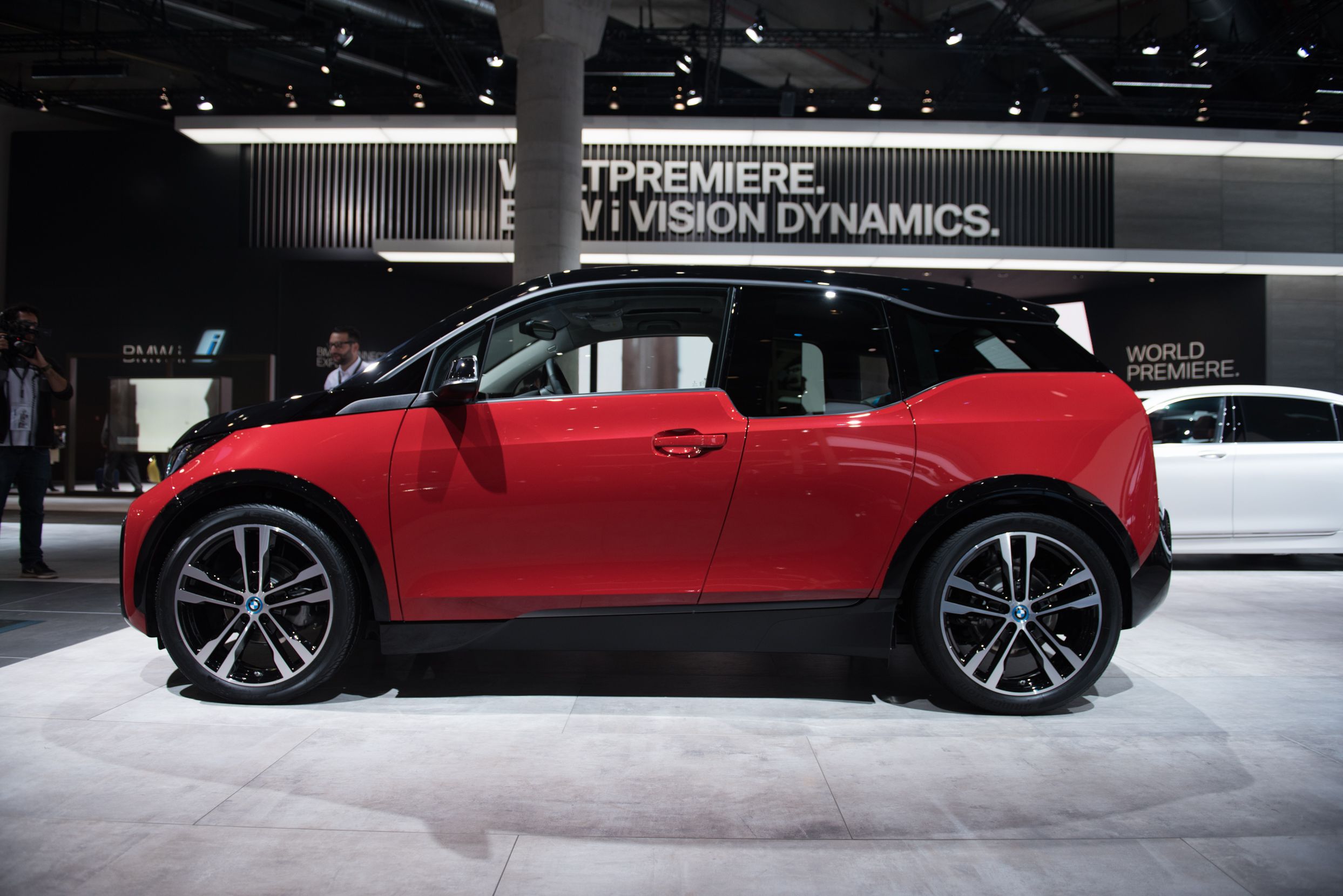
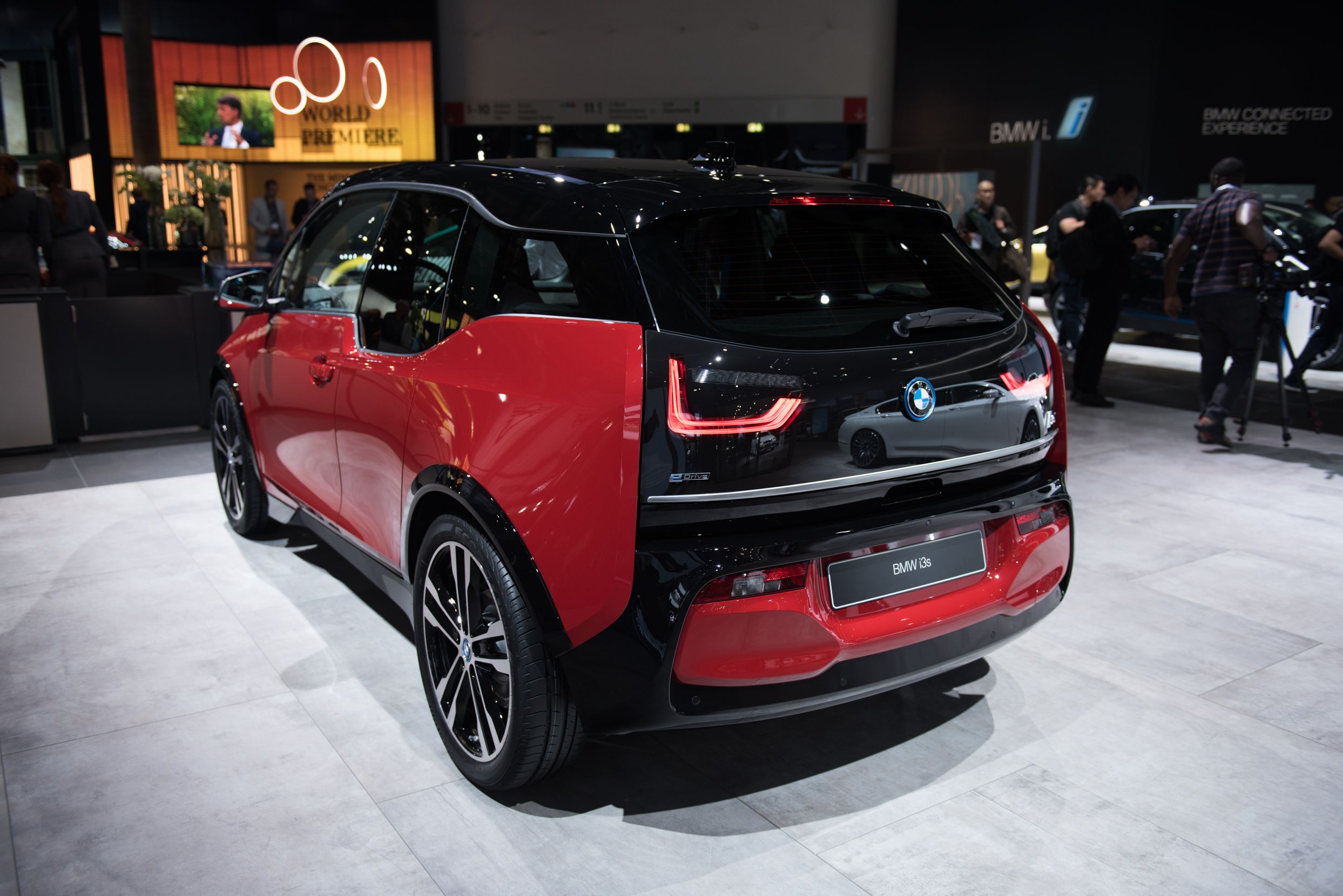
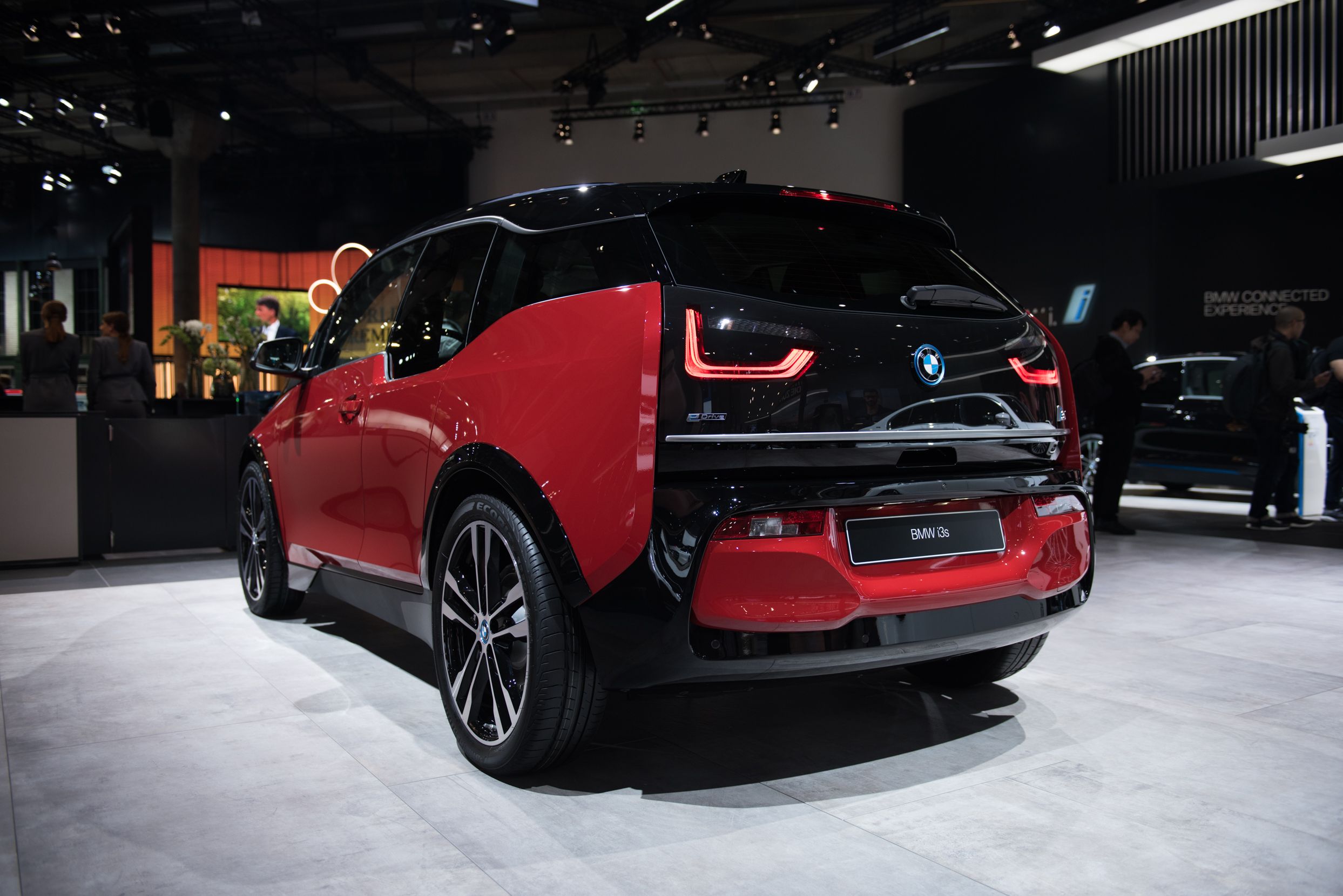
- Make: Array
- Model: 2018 BMW i3
- Horsepower: 170 @ 4800
- Torque: 184
- [do not use] Vehicle Model: Array
Exterior

As you'd expect from a facelift, the i3's design didn't change all that much. The overall shape, size, and styling remained familiar, but BMW made a few revision that set the facelifted model apart from the original i3.


|
New BMW i3 |
Up front, the bumper is the first new element that catches the eye. While the previous model had a body-colored bumper with black trim on the lower section and around the foglamps, the new bumper is almost entirely black. BMW also redesigned the foglamps, which are now thin and wide instead of round. These changes give the i3 a slightly sportier look, a feat that's further enhanced by the winglets fitted on the i3s, which is supposed to have a more aggressive stance.

Around back, there aren't many modifications to talk about, but BMW did add a chrome strip that runs on the entire width of the tailgate. Below, there are minor changes to the bumper, including two dents into the lower apron that seemingly simulate cutouts for the exhaust pipes you'd normally see on a gasoline model.

When viewed from the side, the revised i3 is mostly the same, but the black wheel arch borders add a contrasting touch when paired with bright and light body colors. BMW also lowered the ride height by 0.4 inches, but this isn't exactly noticeable. Finally, the i3 gained a new set of 20-inch light-alloy wheels in double-spoke design. Nearly an inch wider than the outgoing wheels, they can be ordered in either Jet Black or a two-tone, black and chrome finish.
Exterior Dimensions
|
BMW i3 |
BMW i3 S |
|
|
Wheelbase (Inches) |
101.18 |
101.18 |
|
Length (Inches) |
157.91 |
157.71 |
|
Width (Inches) |
69.88 |
70.51 |
|
Height (Inches) |
62.91 |
62.59 |
Interior

Not surprisingly, the interior of the updated i3 boasts no changes in terms of layout and design. This isn't an issue though, as the simple and clean configuration combined with the modern, sustainable materials provide a timeless look that should remain fresh for many years to come.
As before, BMW offers four equipment lines, which are available for both the regular i3 and the new i3s model. These trims also carry over unchanged, save for the Lodge, which includes a new covering for the seat surfaces in Solaric Brown that combines natural leather tanned using an olive leaf extract with a wool-based textile material. There's also a new blue seat belt option. The new BMW i3s gets special model lettering on the front floor mats as standard.

|
New BMW i3 |
As a reminder, the i3 is pretty hip when it comes to sustainabl materials, using recycled plastic, renewable raw materials, natural fibres and open-pored, unbleached eucalyptus wood. Over 80 percent of the surfaces visible to the passengers are made from recycled materials or renewable resources, a trend that hopefully will catch on with other automakers too.
But while the layout is identical to the first edition, BMW upgraded some features, including the iDrive operating system behind the infotainment display. What's new you ask? Well, the display now measures 10.25 inches and has an increased resolution of 1,440 x 540 pixles. The main menu was also rearranged to form horizontal tiles with a live mode, while the voice recognition system has been further optimized. Apple CarPlay has been added to the options list.
Other features include digital On-Street Parking Information, which can be used alongside Real Time Traffic Information to provide info about public charging stations, parking, and a range map. Regular, automatic updates of the navigation data are now also provided “over the air” using a mobile network connection.



A package of new services was also introduced as the BMW Connected+, which enables a highly personalized and more straightforward display of information inside the car. Digital services include intelligent route planning, with stop-offs at charging stations or petrol stations, sharing of the car’s current location via SMS and live link, personalized display of relevant in-car information, seamless transfer of route instructions to the customer’s smartphone or smartwatch, and direct syncing of contacts and addresses to the navigation system.
More news comes from the driver assistance systems department, with new options on the table. The i3 now features Parking Assistant and Traffic Jam Assistant, which not only maintains a safe distance to the car in front in heavy traffic at up to 37 mph, but also keeps the car in lane. Driving Assistant Plus, also available as an option, incorporates Collision and Pedestrian Warning with City Braking function, Speed Limit Info, Proactive Driving Assistant, and Active Cruise Control with Stop & Go function.
Drivetrain

The standard i3 gets its juice from a synchronous electric motor that generates a maximum output of 170 horsepower and 184 pound-feet of torque. Available instantly from a standstill, as is usual with electric motors, all that oomph pushes the i3 from 0 to 62 mph in 7.3 seconds. Top speed is limited to 93 mph, which might seem slow compared to gasoline and diesel cars, but it's more than enough for city duty and even highway cruising.
BMW says that the high-voltage, lithium-ion battery, which is located in the floor, provides a range of up to 186 miles on the European NEDC cycle and up to 158 miles as per the Worldwide harmonized Light vehicles Test Procedure (WLTP). However, the company says that a range of around 124 miles in everyday driving conditions is more likely.

Moving over to the new i3s, output increases to 184 horsepower and 199 pound-feet, meaning you benefit from an extra 14 horses and 15 pound-feet with this model. Where does it come from? According to BMW, the i3s has a modified motor control and taper roller bearing that further optimize power delivery at higher rpm. As a result, the i3s is almost a half-second quicker to 62 mph, needing 6.9 clicks to hit the benchmark. Top speed is significantly higher too at 99 mph. Mileage, on the other hand, drops to 174 and 152 miles on the NEDC and WLTP cycle, respectively, but the everyday driving conditions estimate remains the same at 124 miles.
Both the i3 and i3s can be upgraded with a range-extender in the form of a two-cylinder gasoline engine. Rated at 38 horsepower, it drives a generator that produces power while driving to maintain a constant level of charge in the high-voltage battery. This extends the car's range in everyday use by 93 miles, bringing it up to a maximum of 205 miles. So while the pure electric Bimmer is inferior to competitors like the Tesla Model 3 and Chevrolet Bolt, the range extender puts it on par with the best EVs available in the compact market.
On top of these gains, the new i3 also benefits from a range of products and services that help make mobility a more convenient experience. The package includes an optimized charging cable with a temperature sensor, and the BMW i Wallbox. The latter can supply 11 kW of power to charge the battery for around 112 miles of range in under three hours, which is five times quicker than the standard cable.
The new i Wallbox Connect also extends the functionality of the Digital Charging Service to provide intelligent charging for optimal cost efficiency, enabling customers to make best use of self-generated solar energy. In addition, it is also possible to control the charging process using a smartphone app and manage usage by means of an access card, which provides unrestricted access to the world’s largest network of public charging stations.
|
BMW i3 |
BMW i3 S |
|
|
Motor technology |
BMW eDrive technology: |
BMW eDrive technology: |
|
Horsepower |
170 HP @ 4,800 RPM |
184 HP @ 4,800 RPM |
|
Torque |
184 LB-FT |
199 LB-FT |
|
High-voltage battery |
||
|
Battery capacity Ah |
94 |
94 |
|
Power output (gross / net) kWh |
33.2 / 27.2 |
33.2 / 27.2 |
|
Storage technology |
Lithium-ion |
Lithium-ion |
|
Acceleration 0–100 km/h |
7.3 seconds |
6.9 seconds |
|
Top Speed |
150 km/h (93 mph) |
160 km/h (99 mph) |
|
Range in everyday driving km up to |
200 (124 miles) |
280 (174 miles) |
Prices

BMW has yet to announce U.S. pricing, but we do have U.K. stickers for comparison. The base model retails from £34,070, which accounts for a £1,720 increase (or around 5.5 percent) over the outgoing model. Opt for the Range Extender and the sticker increases to £37,220. The more powerful i3s costs £36,975 without the gas engine and £40,125 with the optional extender. These prices are obviously before government incentives, which are at around £4,500 in the U.K., decreasing the i3's base sticker to less than £30K.

Based on the premium added for the British market, it's safe to assume that U.S. pricing for the base i3 will increase from $44,450 to around $46,900. Expect the i3s to cost around $51,000 before options. Of course, the i3 will be eligible to government rebates of up to $7,500.
UK Prices
|
Model |
Price |
|
BMW i3 |
£34,070 |
|
BMW i3 Range Extender |
£37,220 |
|
BMW i3s |
£36,975 |
|
BMW i3s Range Extender |
£40,125 |
Competition
Chevrolet Bolt
Brand-new for the 2017 model year, the Bolt is essentially Chevrolet’s first mass-produced electric car. The Bolt joins the Volt in the company’s green car lineup, but whereas the Volt also uses a gas engine, the Bolt works on electricity alone. In Europe, the Bolt is sold as the Opel Ampera-e. Sporting a modern exterior design that draws cues from Chevrolet’s current design language for conventional cars, the Bolt is surprisingly fancy on the inside. While it's not made from recycled and sustainable materials, it feels modern and more upscale than you'd expect from a Chevy. The hatchback is also surprisingly high-tech on the surface, but the looks are backed by an impressive list of features, including Bluetooth connectivity, personalized settings, MyChevrolet App, 4G LTE Wi-Fi hotspot, Apple CarPlay, and Android Auto, just to name a few.
The drivetrain is downright impressive, with the 200-horsepower and 266-pound-feet electric motor boasting an estimated range of 238 miles. Granted, the Bolt is likely to deliver up to 210 miles in everyday driving conditions, but that's still impressive and significantly more than what you get from an i3 without the range extender. Charging from empty to full takes 9.5 hours. Performance-wise, the Bolt sits atop the i3 with a 0-to-60 mph time of "less than seven seconds," but top speed isn't all that great at 91 mph. Pricing starts from $37,495 before incentives. That's more than the i3, but you get more power and more mileage for the buck.
Read our full reviews of the Chevrolet Bolt and Opel Ampera-e.
Tesla Model 3
While the Model S and Model X are far from affordable for the average Joe, Tesla has always stated that the profit from them will be used toward developing cheaper, sub-$40,000 models. The Model 3 is one of them. Sure, it's not a hatchback and it's actually about as big as the BMW 3 Series, but the Model 3 is Tesla’s smallest and most affordabl car yet. And once all drivetrains are launched, it will be one of the most potent choices too. For now, we do know that the standard model has a 50 kWh battery that provides a range of up to 220 miles. Sprinting from 0 to 60 mph takes 5.6 seconds, while top speed is rated at 130 mph.
All told, the Model 3 is better than the i3 in just about any department. But wait, go with the Long Range update and the range jumps to 310 miles, while the 0-to-60 mph sprints drops to only 5.1 seconds. Top speed increases to 140 mph. Making things that much more impressive, Tesla's Supercharger needs only 30 minutes to give the standard model 130 miles of range and the Long Range version no less than 170 miles of range. Pricing starts from $35,000, just like Elon Musk promised, but only as long as you don't want any other options or a color that's not black. Opt for the longer range battery, a few fancy options, and the Autopilot function, and the Model 3 costs more than $50K.
Read our full review of the Tesla Model 3.
Conclusion

It's safe to say that the i3's mid-cycle facelift is quite comprehensive. Granted, BMW didn't change much styling-wise, but this is what you usually get with a facelfit. Automakers rarely go wild in this department and I really think that BMW made just enough changes inside and out. Of course, the big news is all about technology and drivetrain. The i3 is now the most connected electric car you can buy and the number of convenience features you have access to is quite impressive. But only as long as you're willing to pay for the options. The i3s is also a great addition, but to be honest, this Bimmer still lags behind the competition in terms of output, performance, and mileage. And given that it's just as expensive as its rivals, it wouldn't be my first choice. And that premium BMW brags about isn't as fancy as the German firm wants us to believe. But hey, if you're crazy about Bimmer, the i3 is a unique car that gets the job done.

